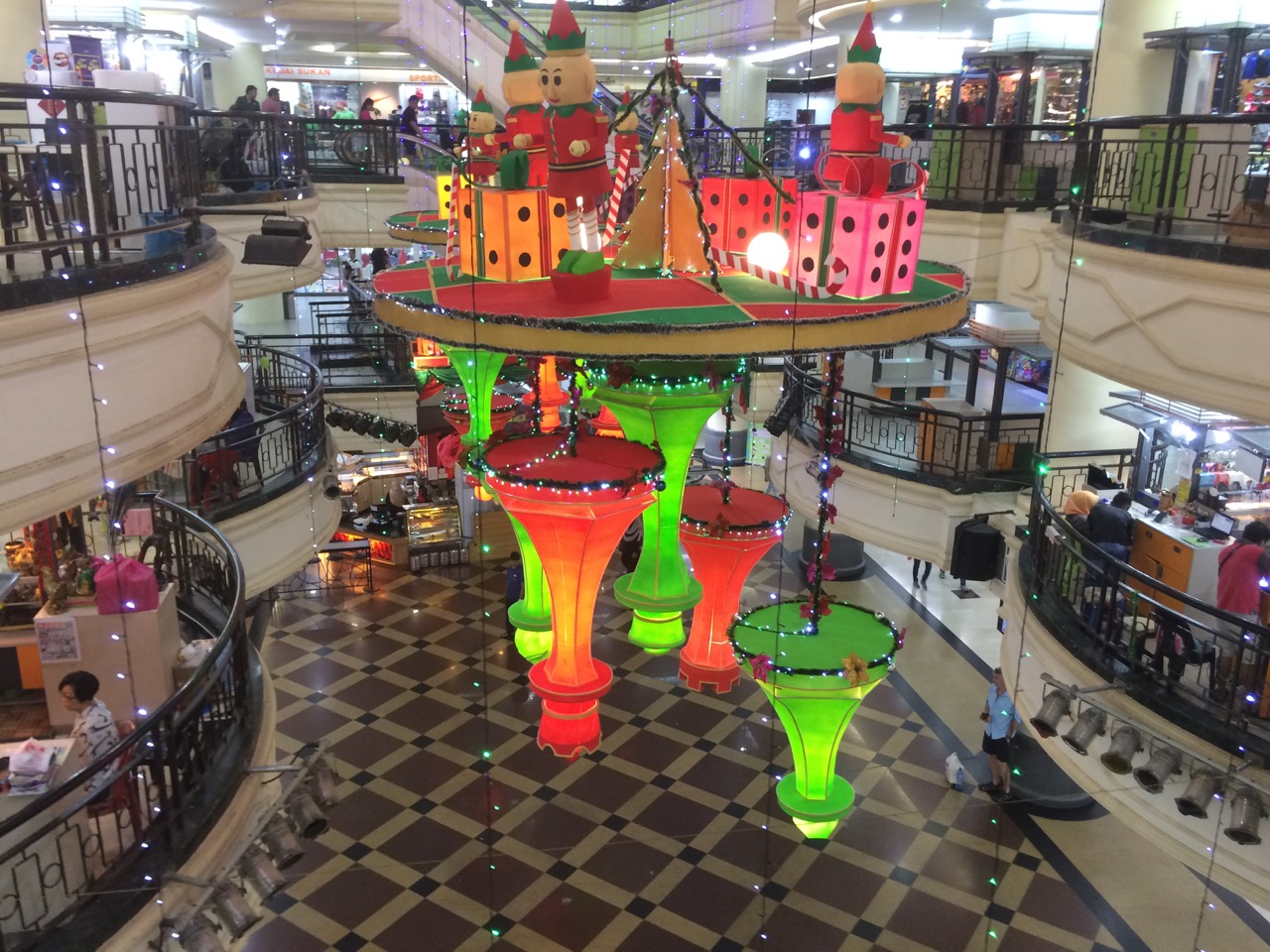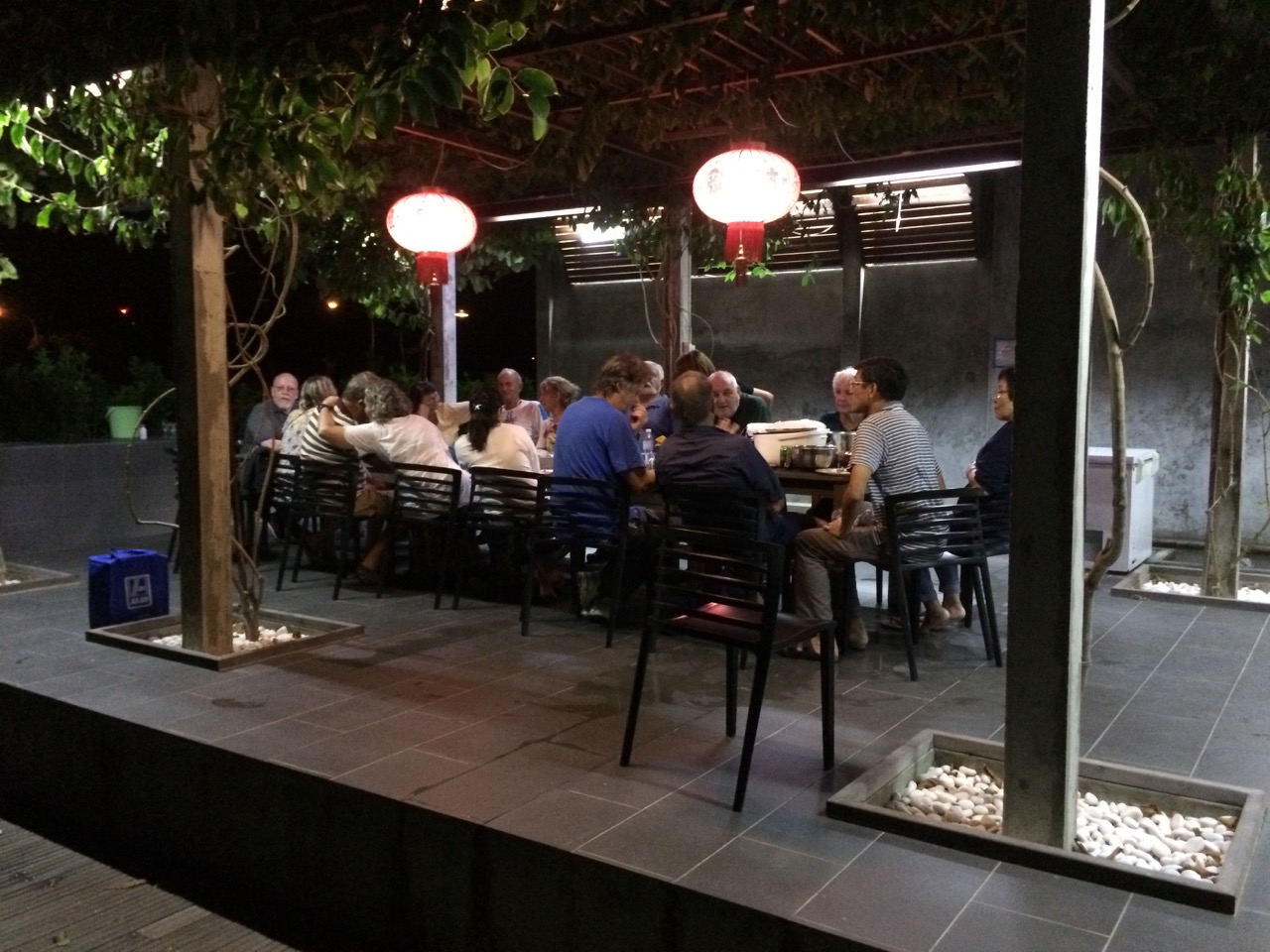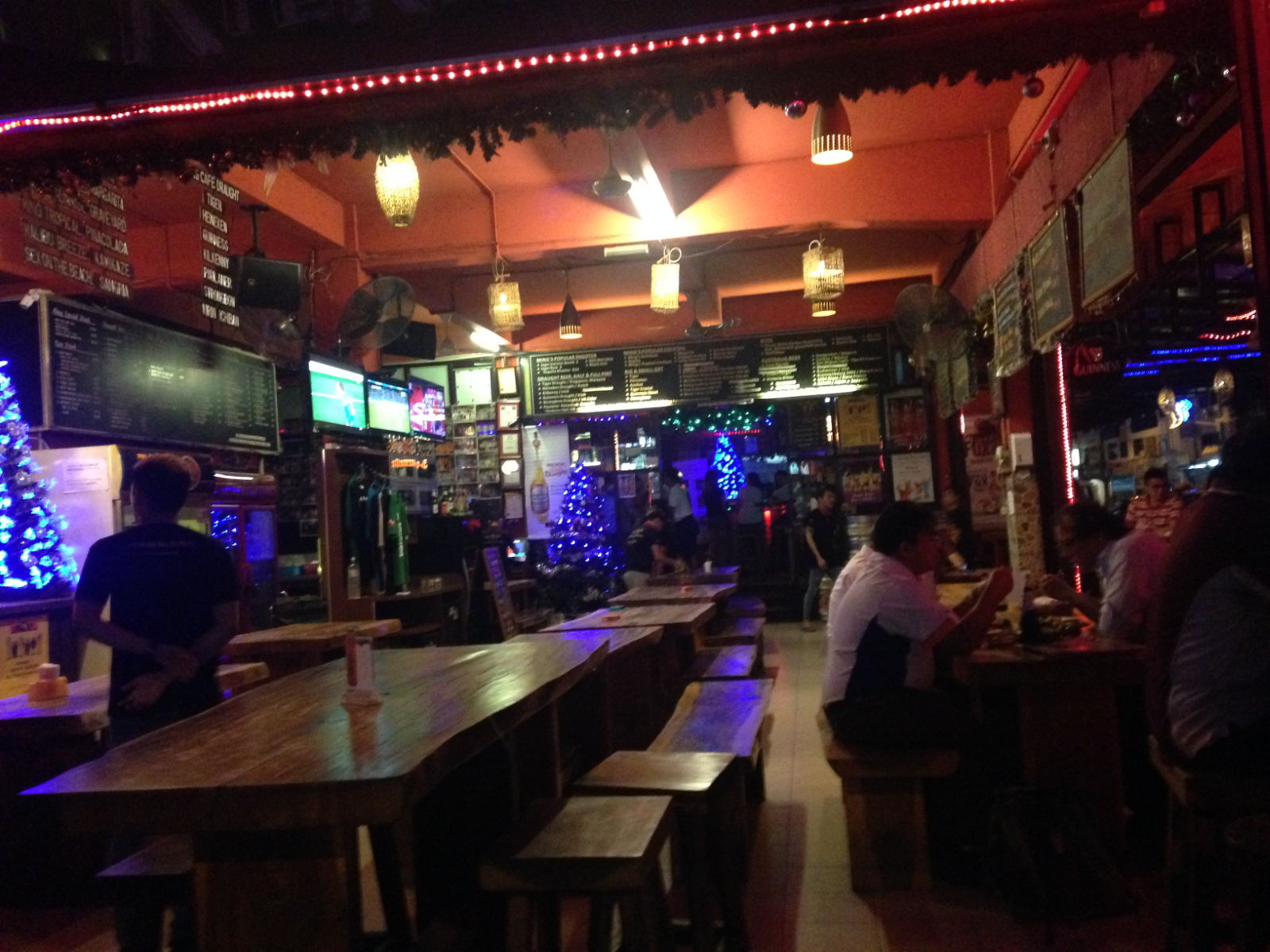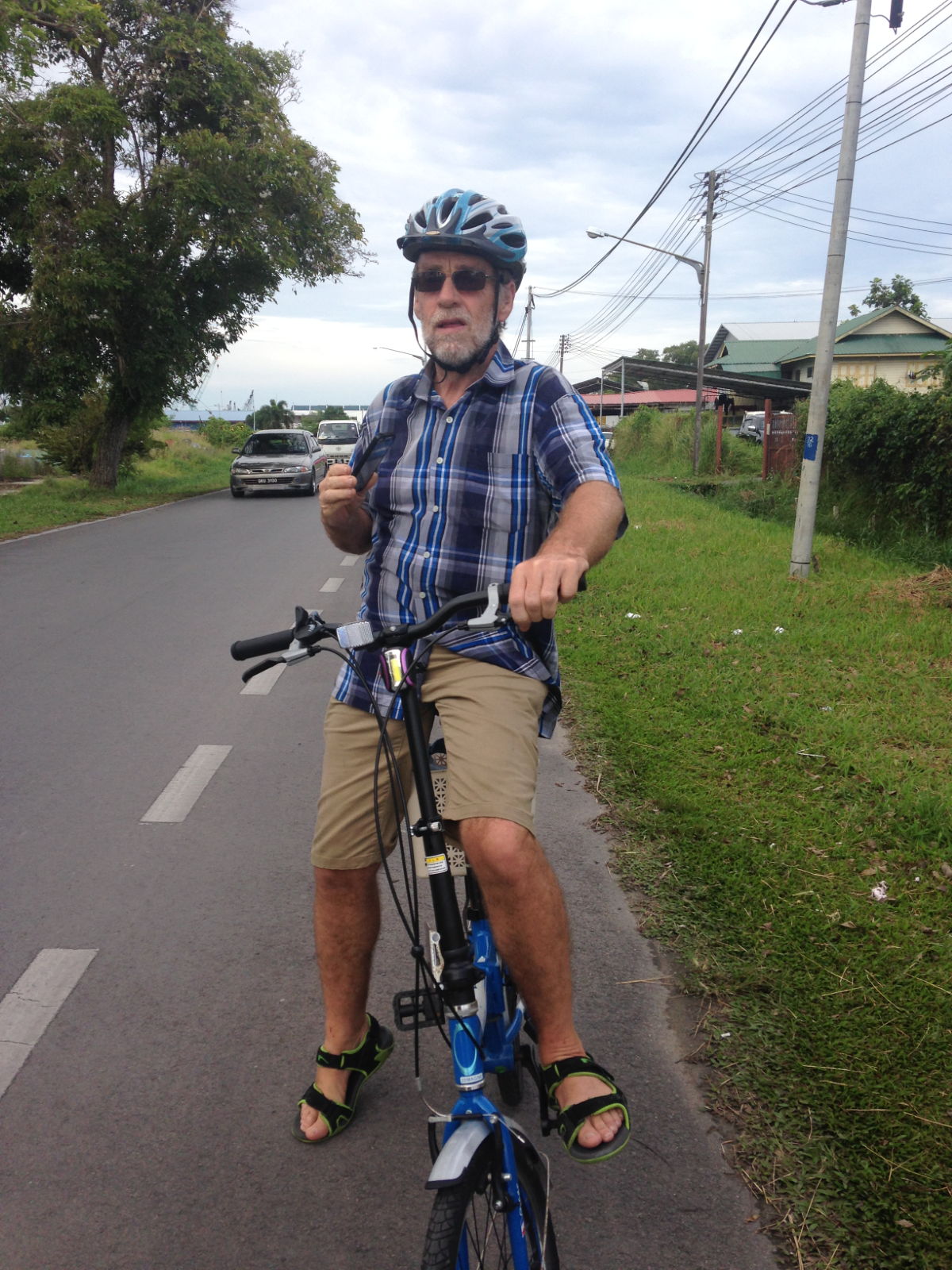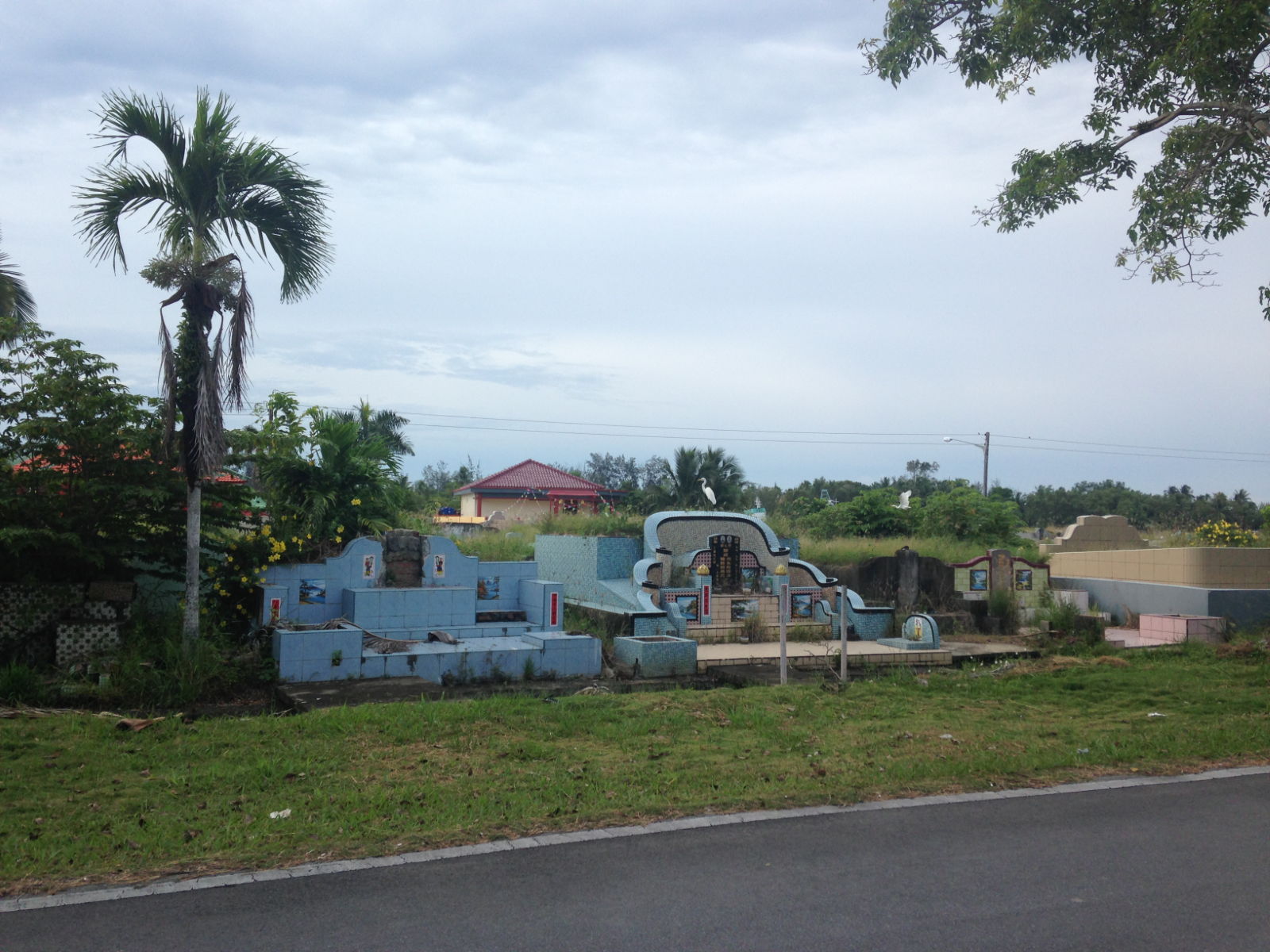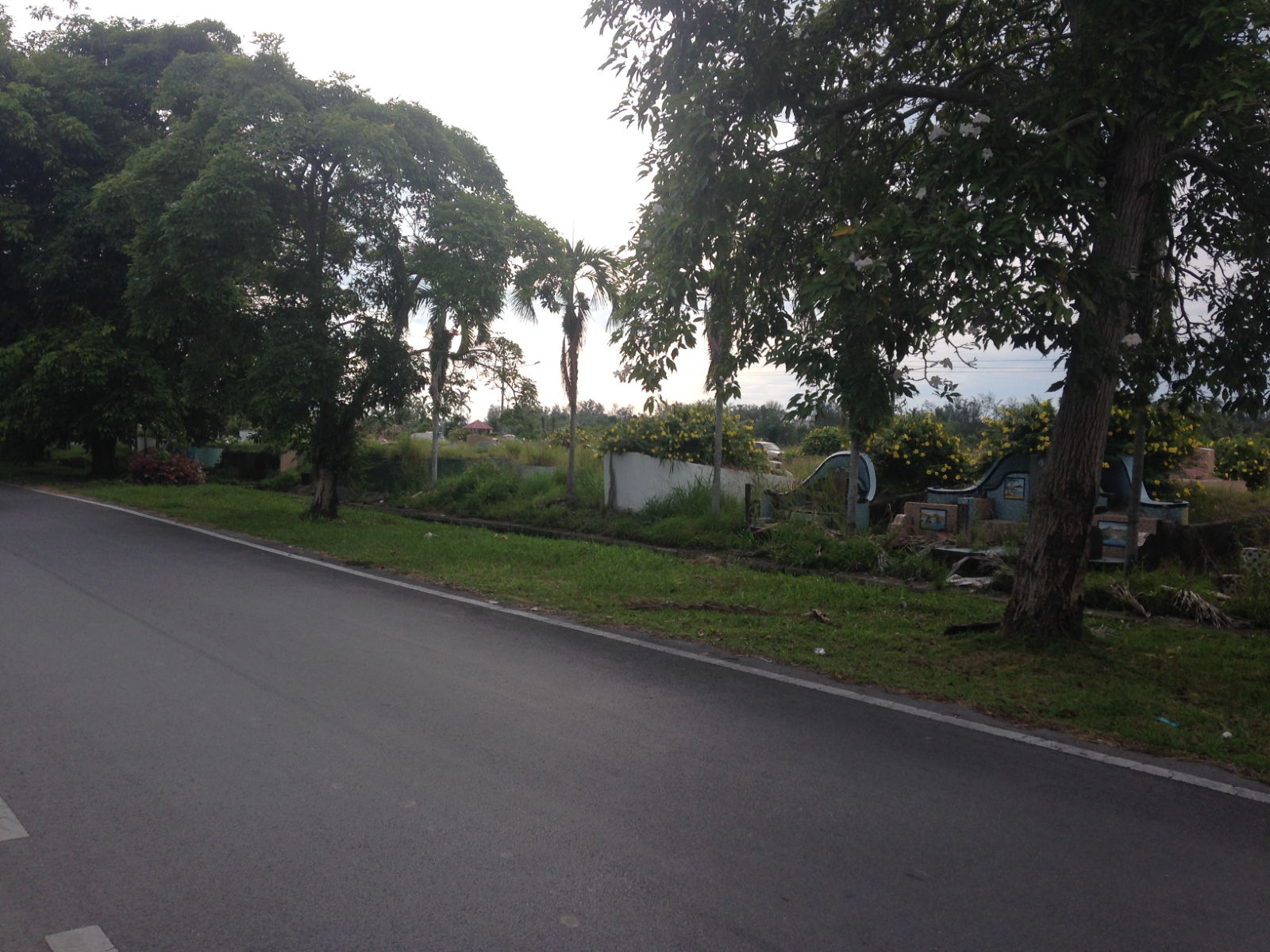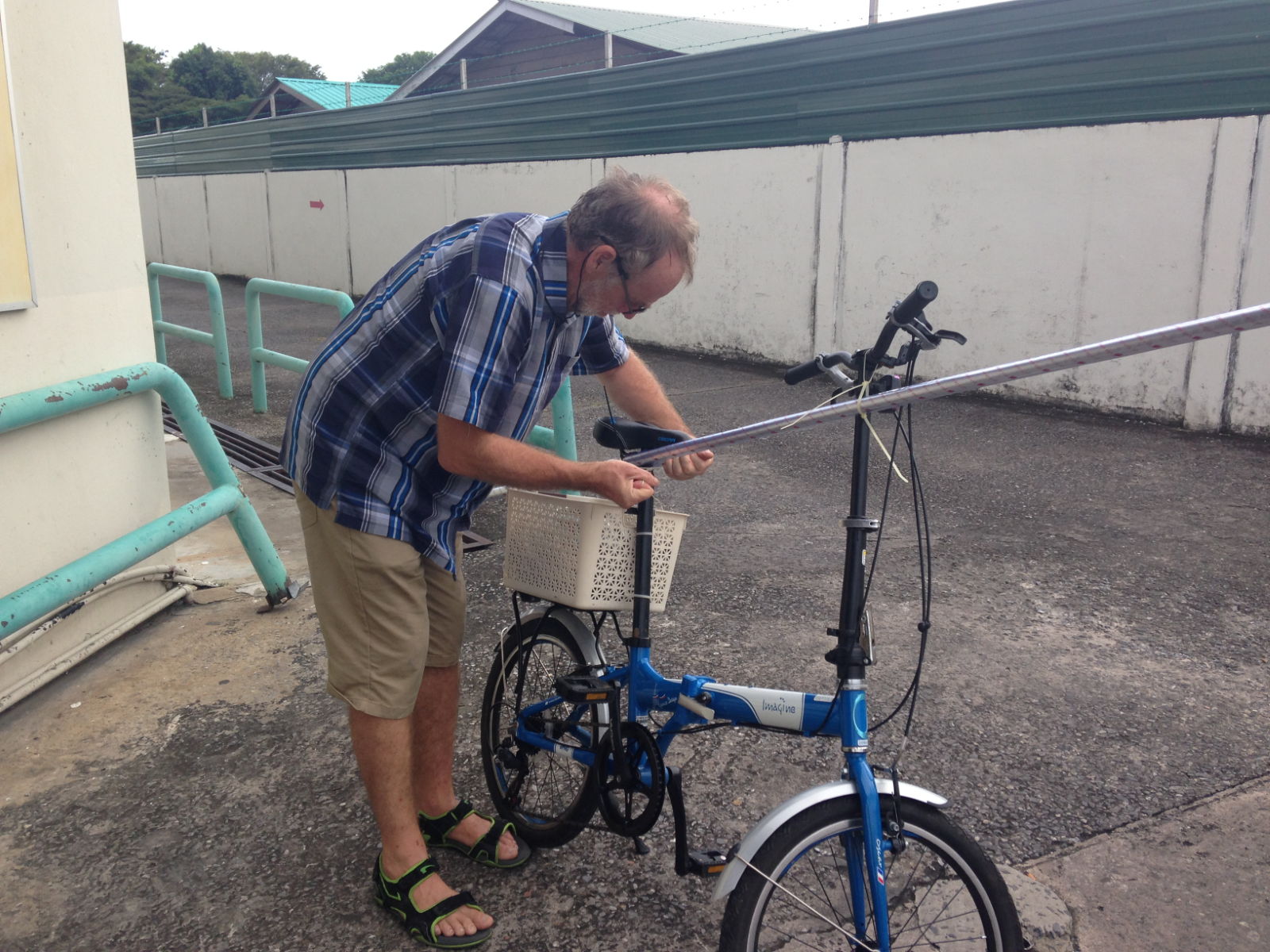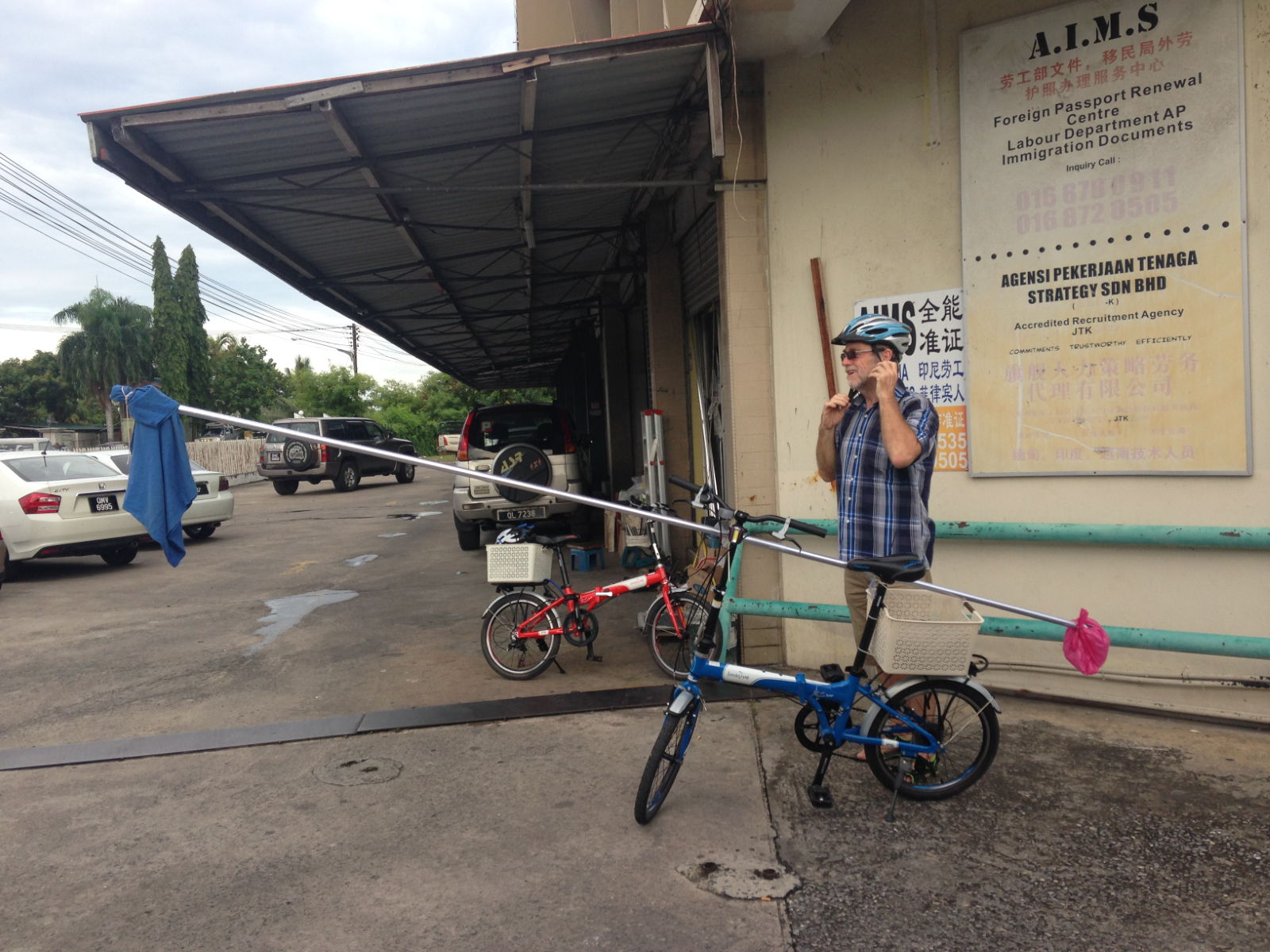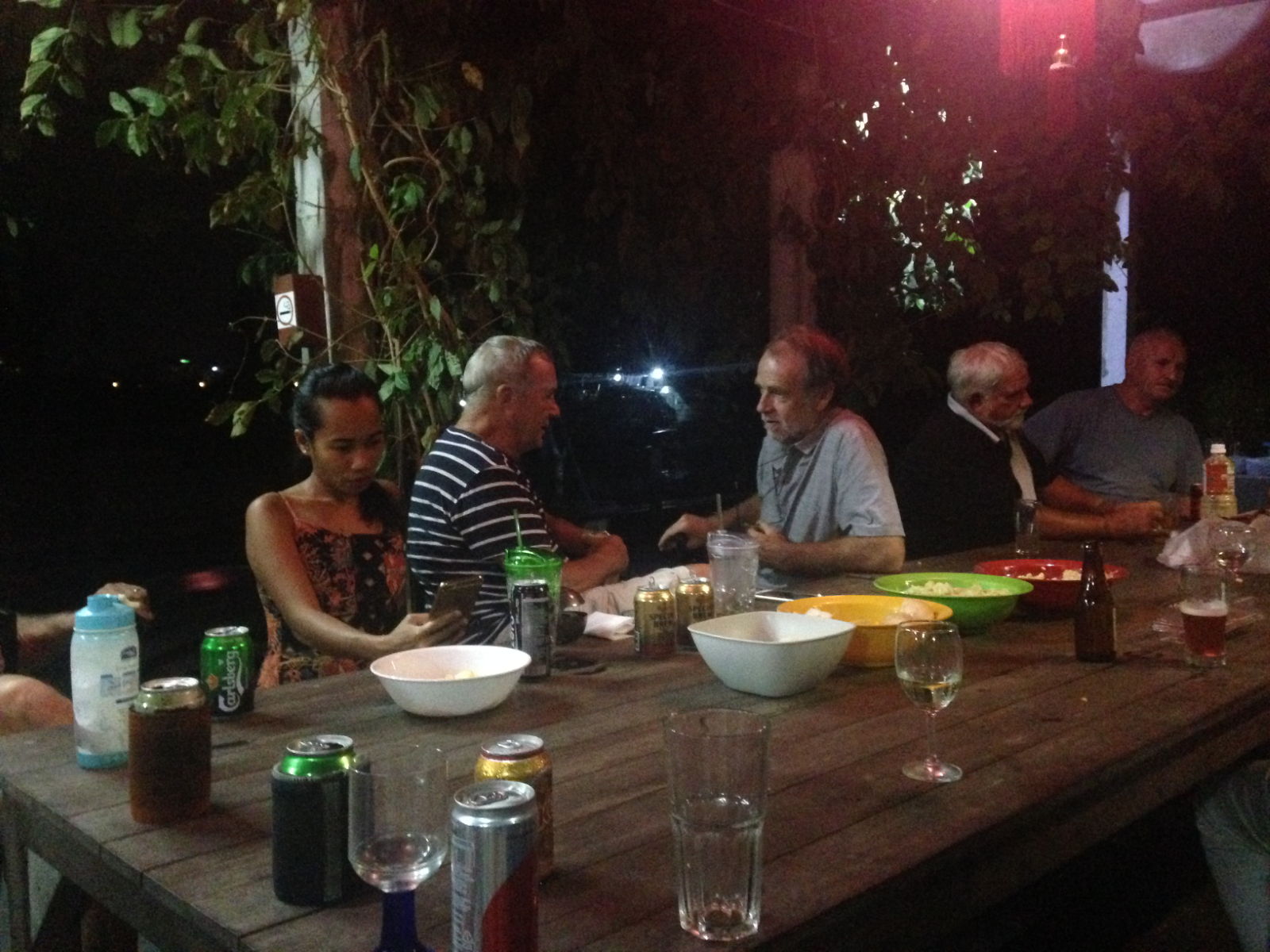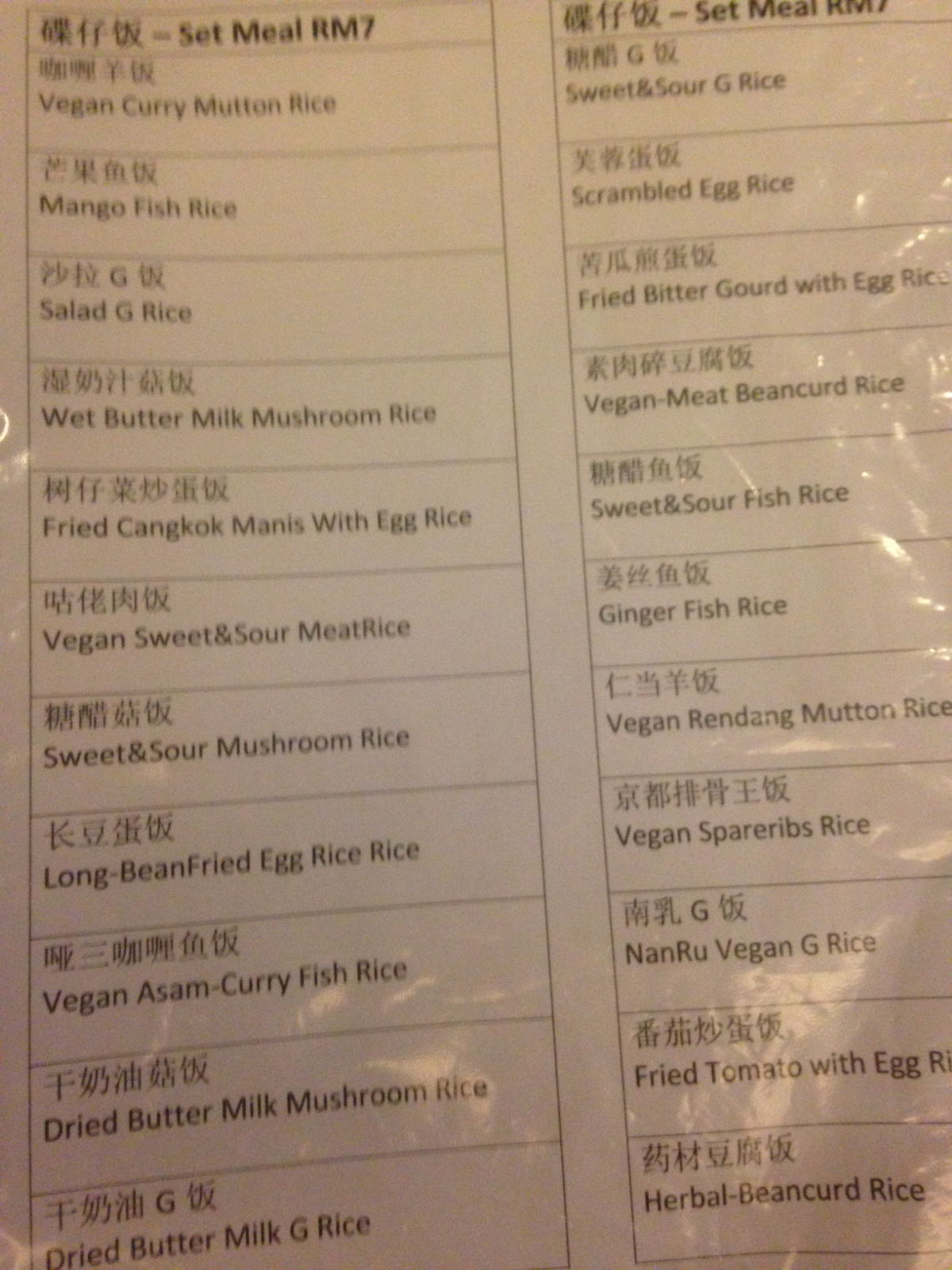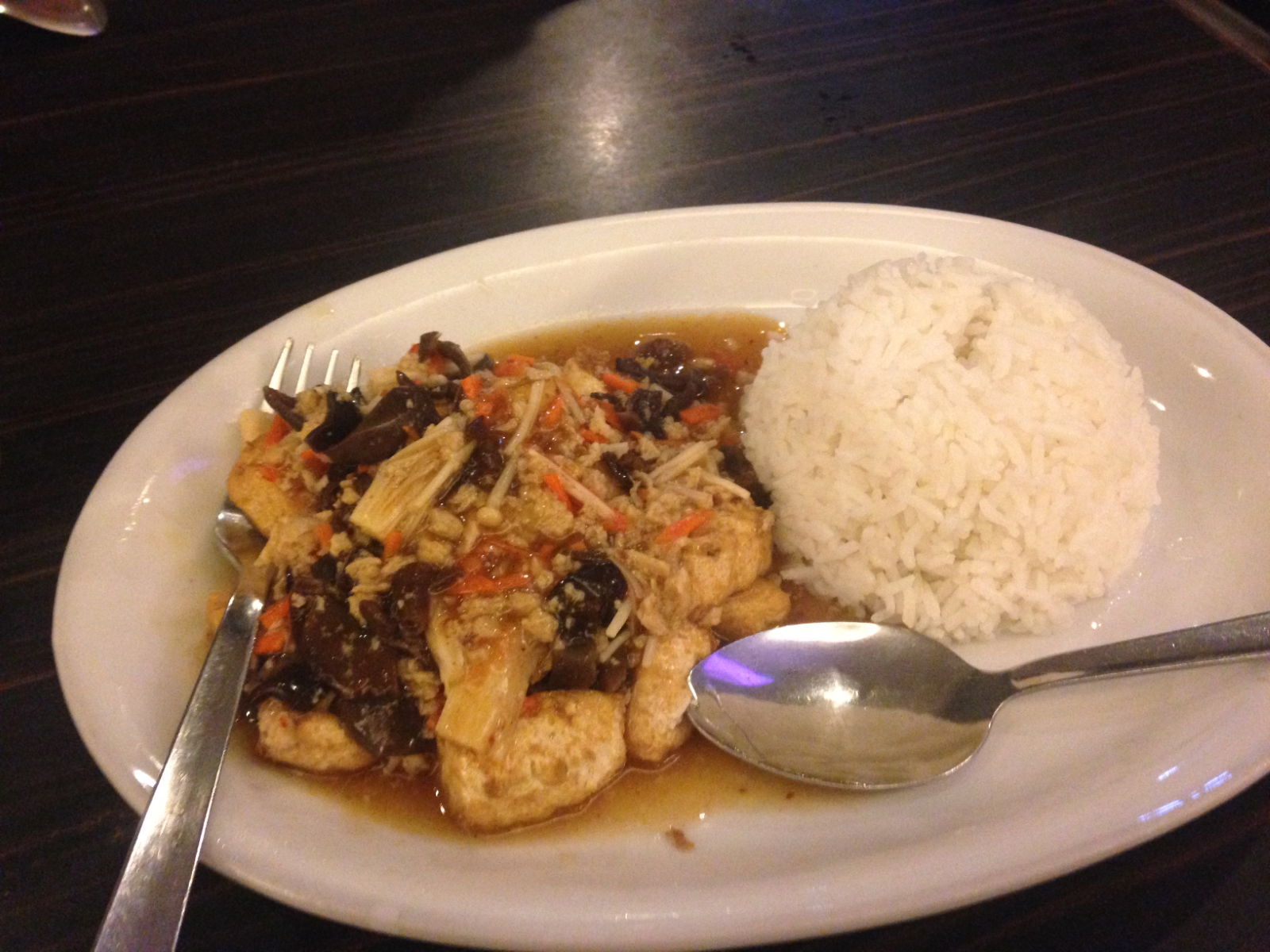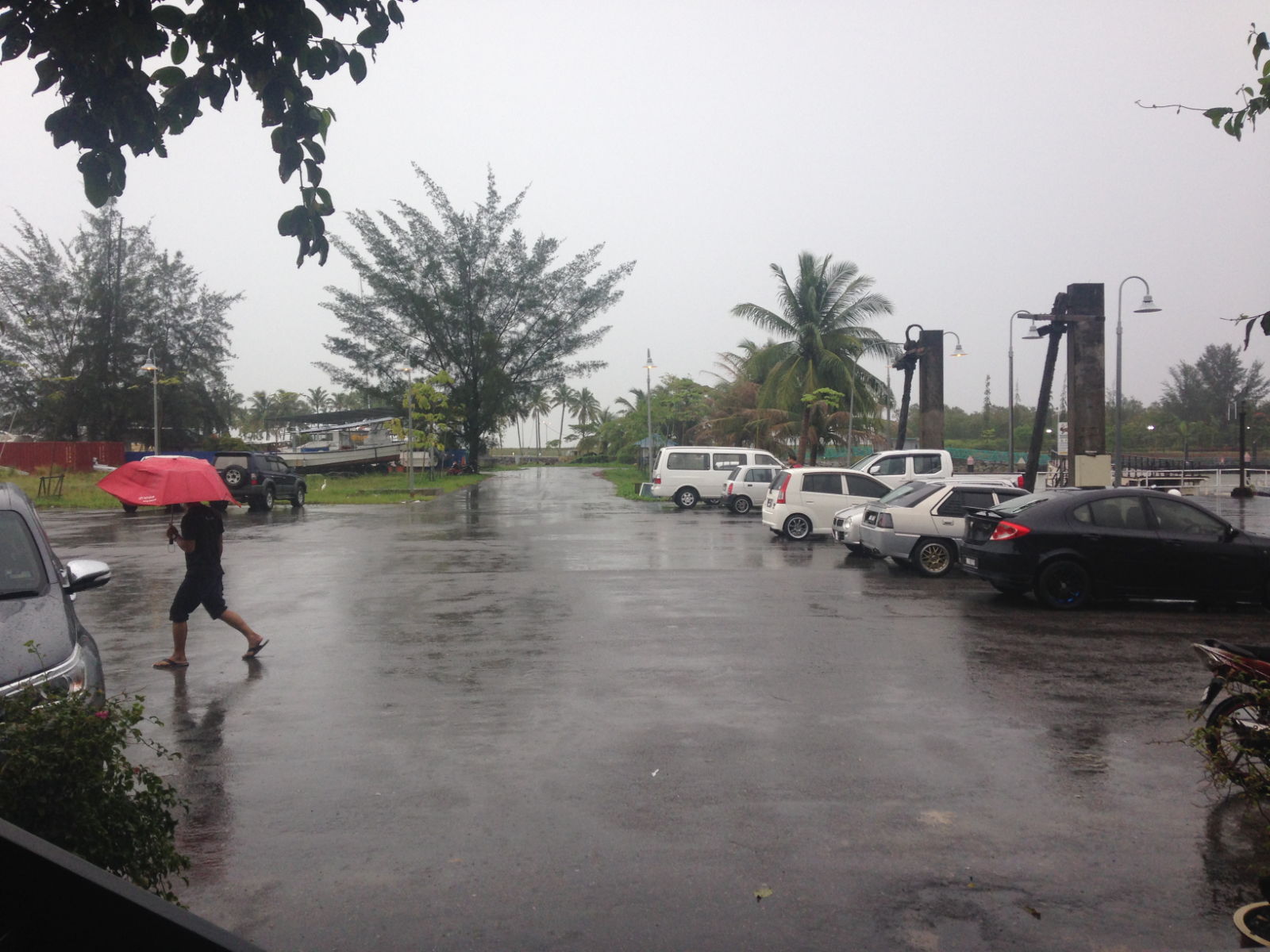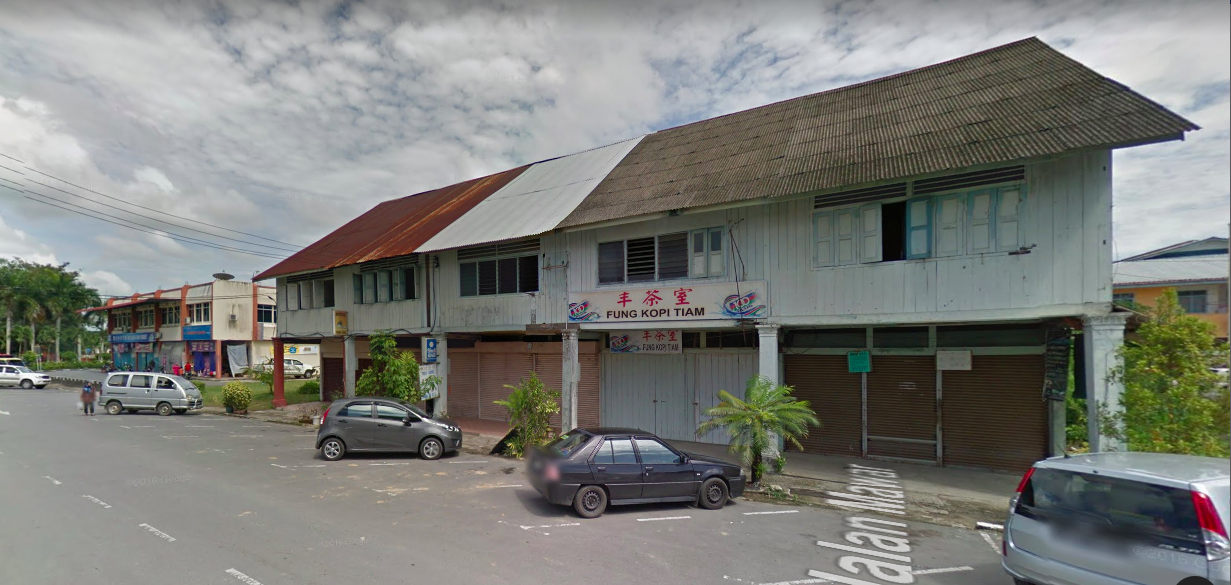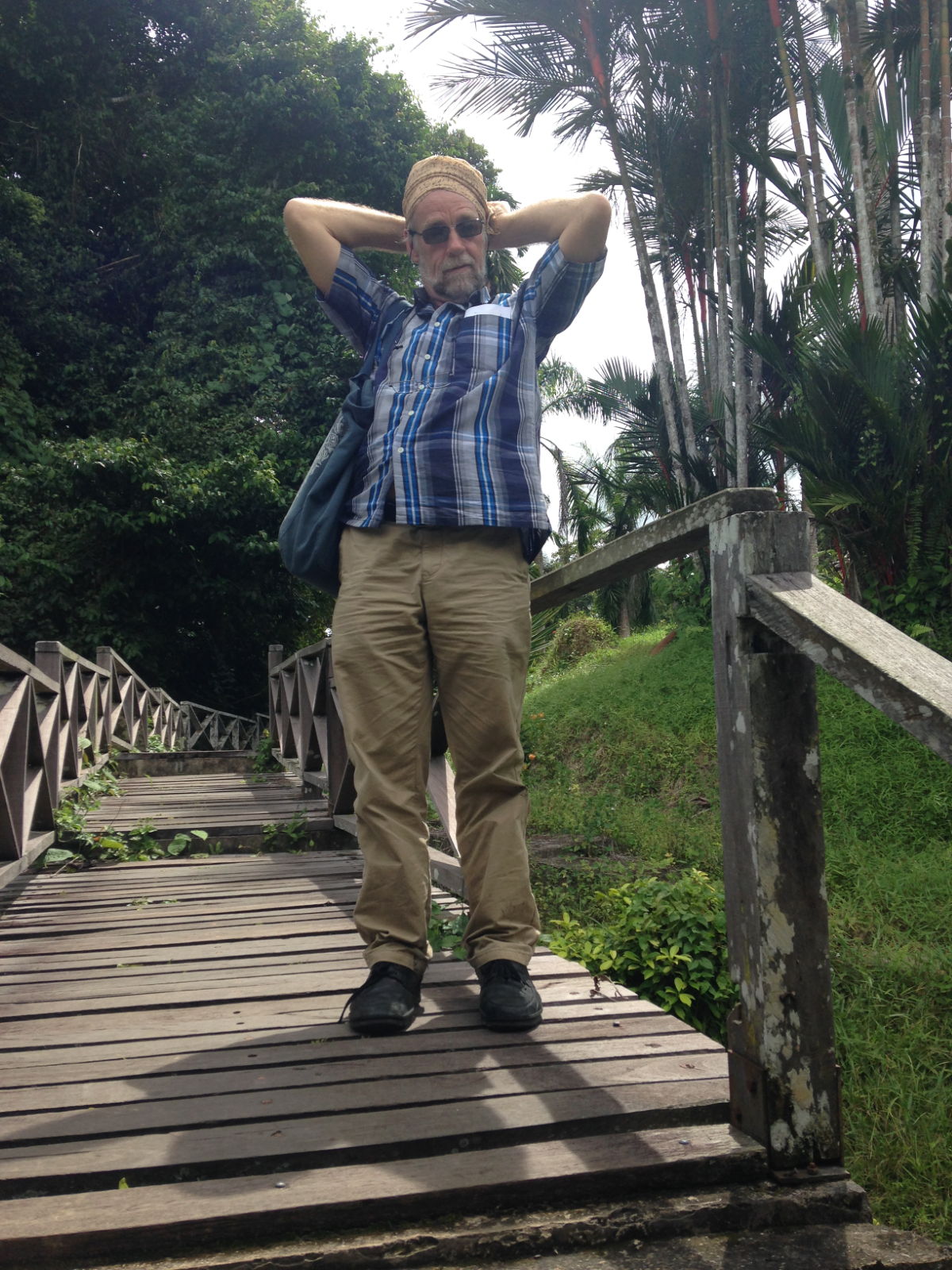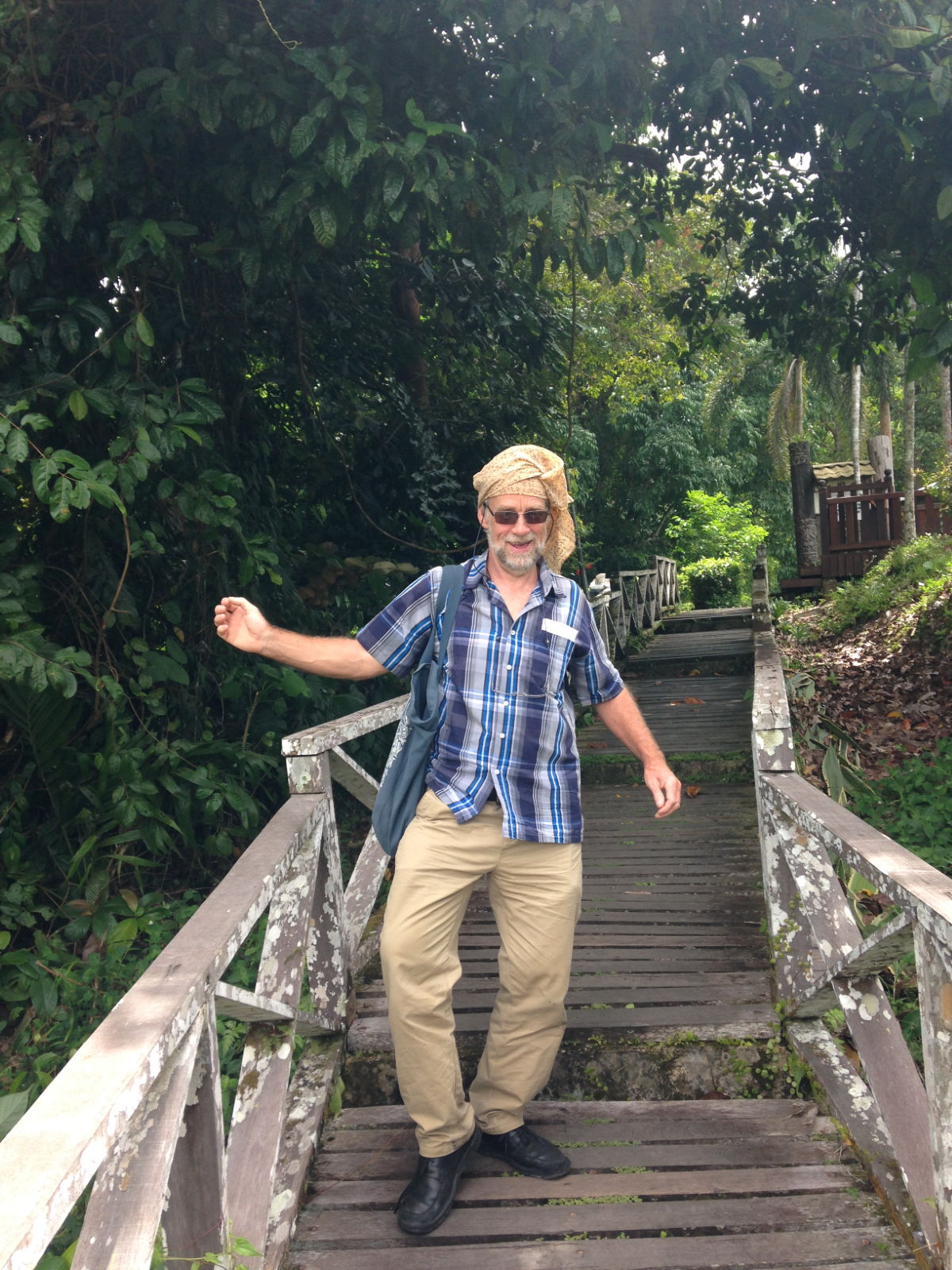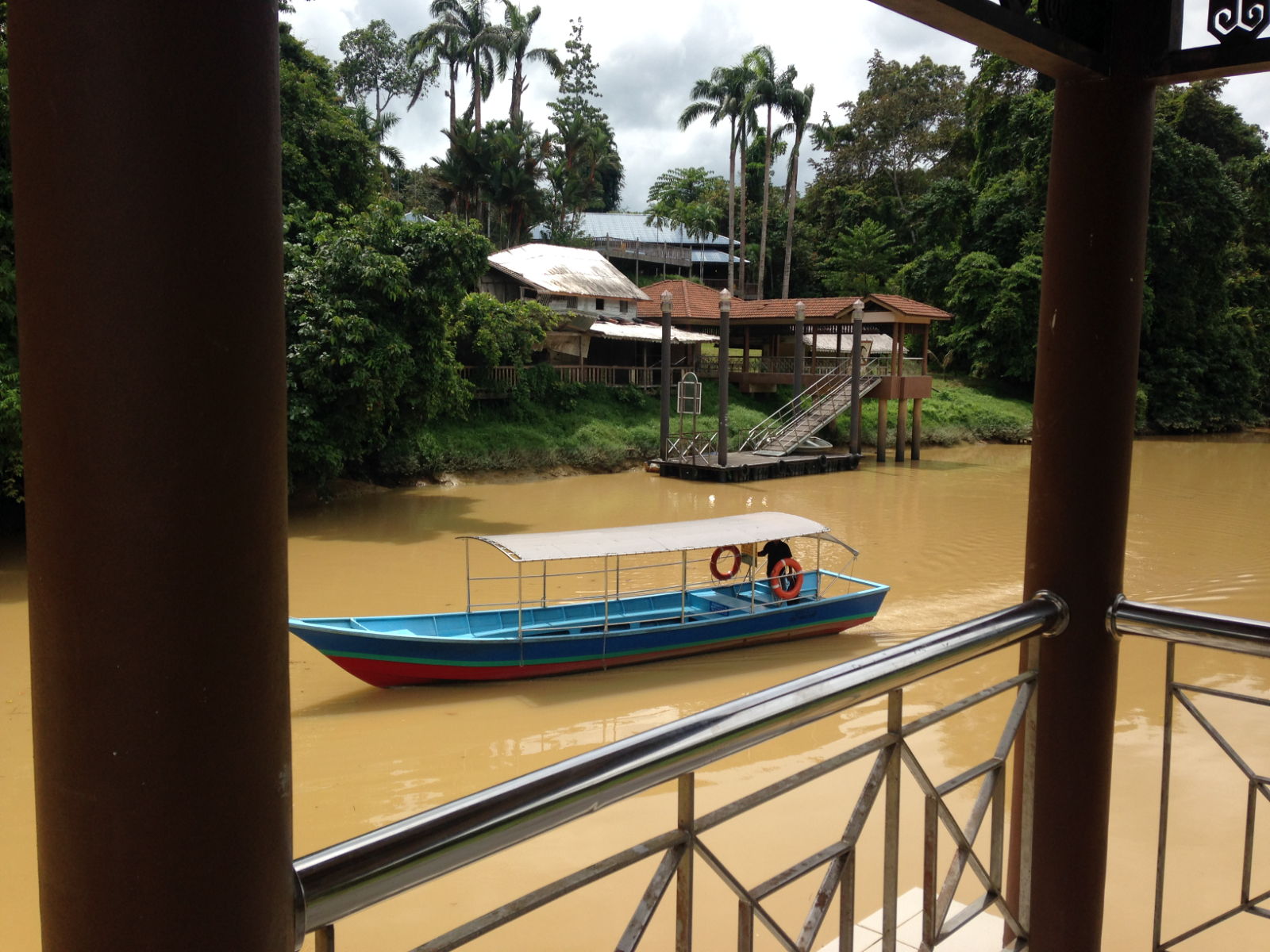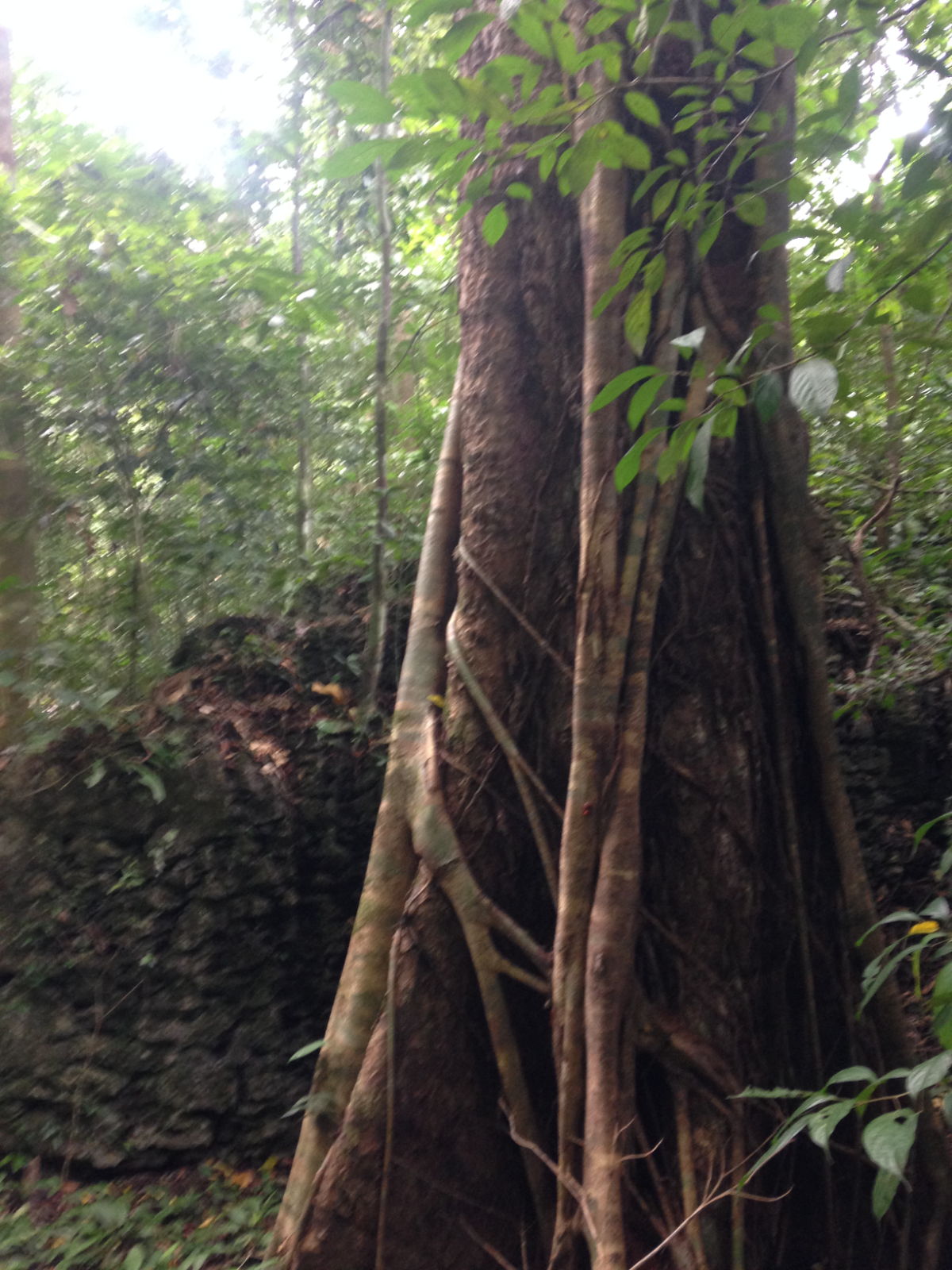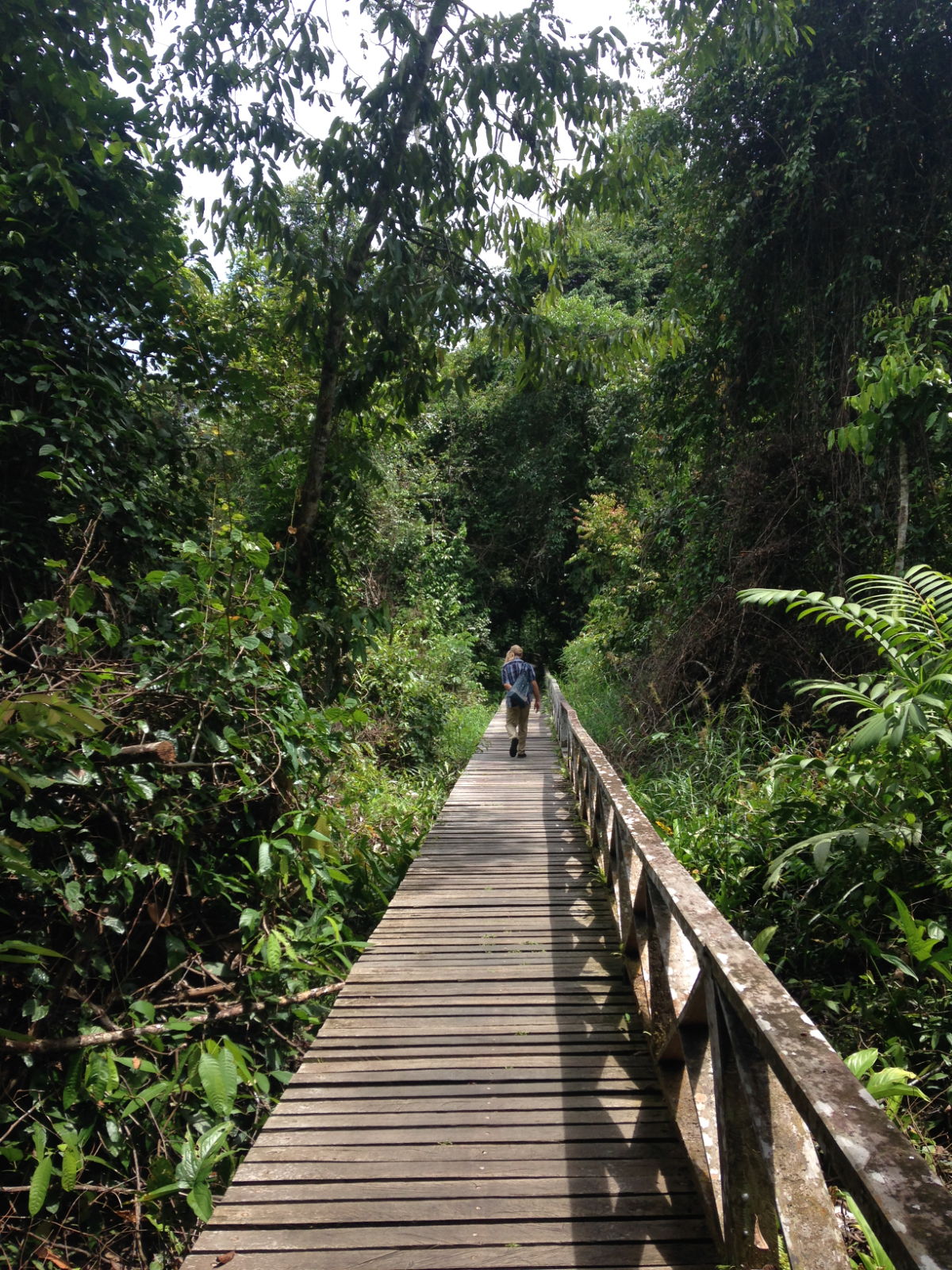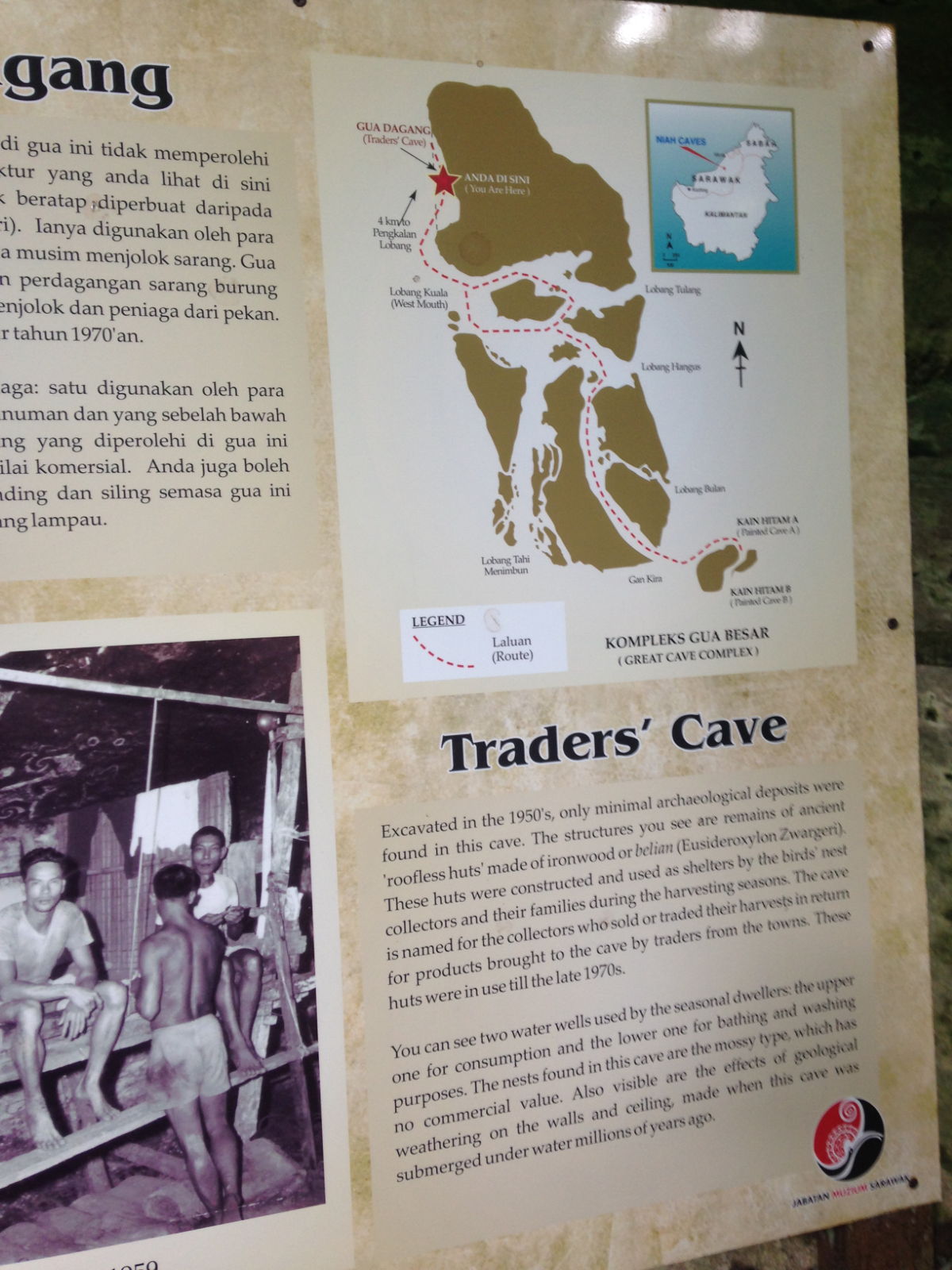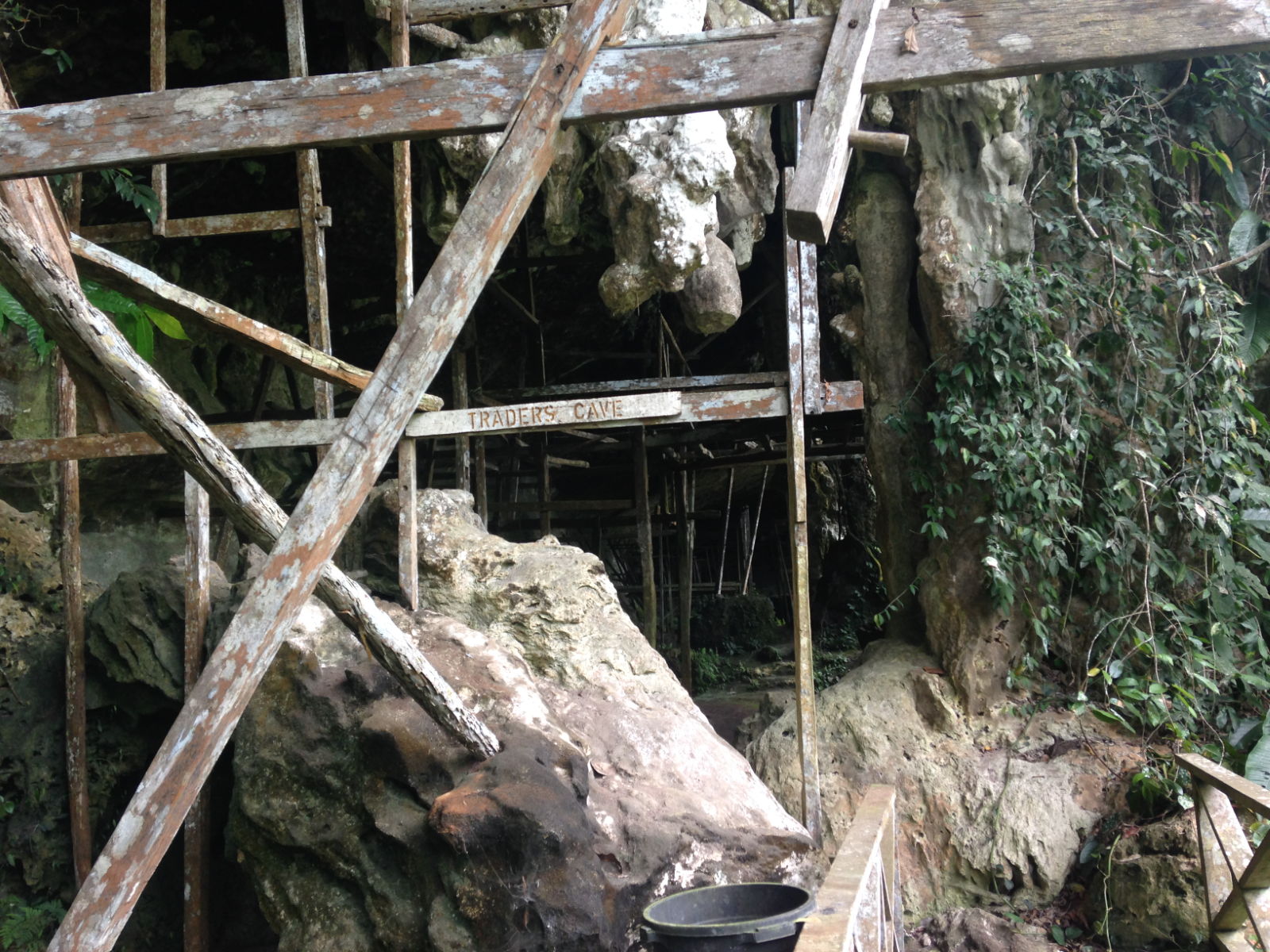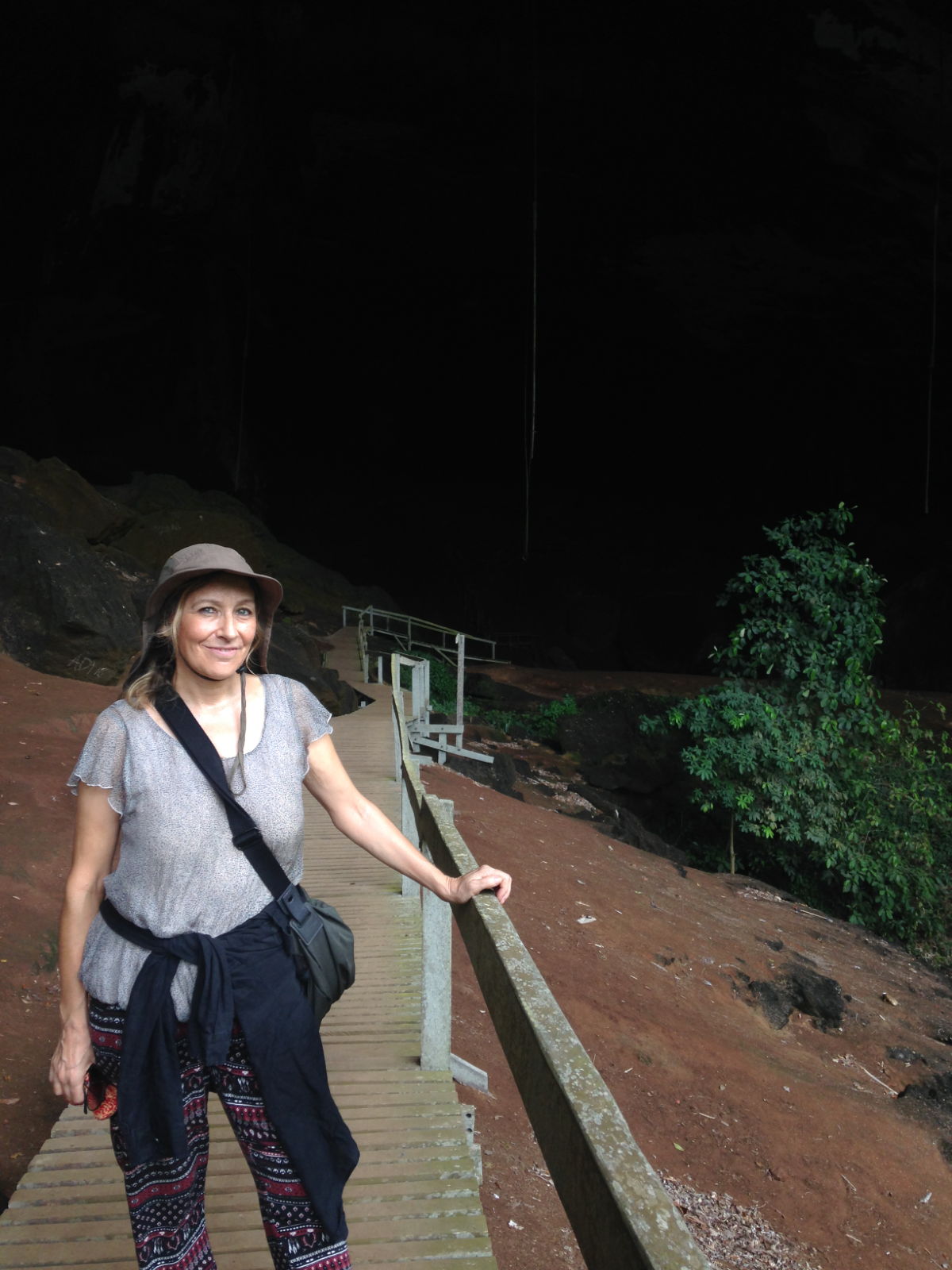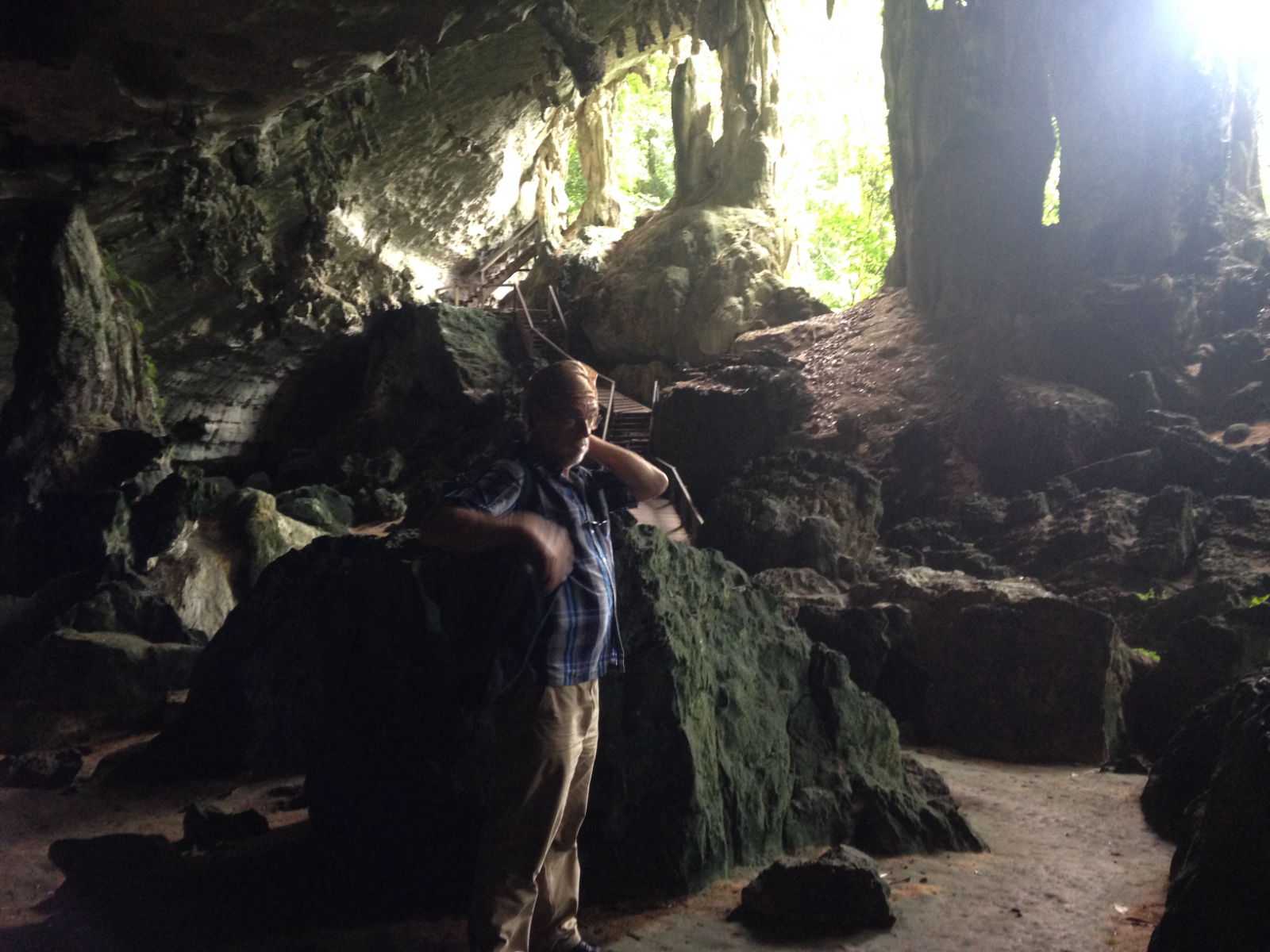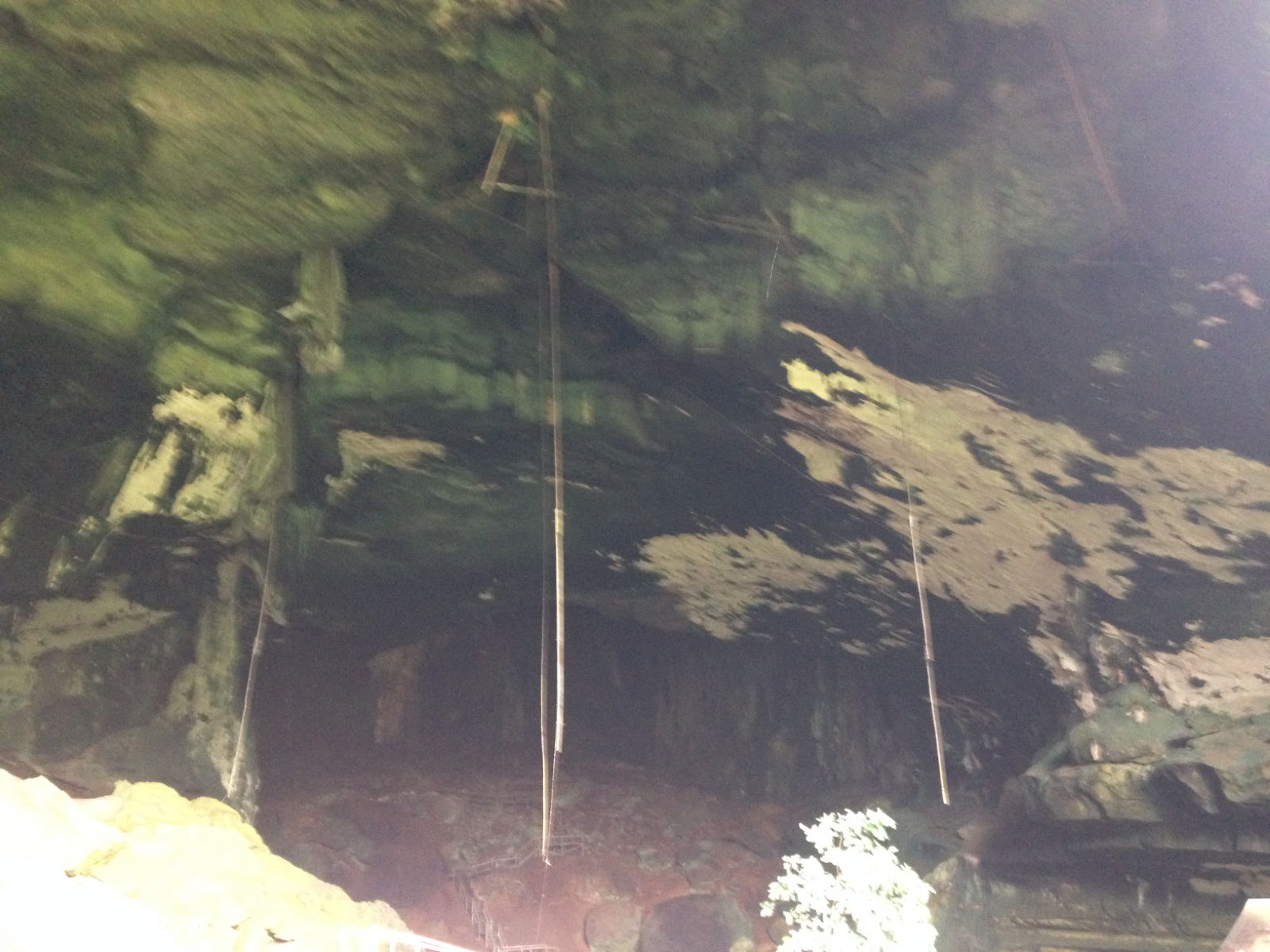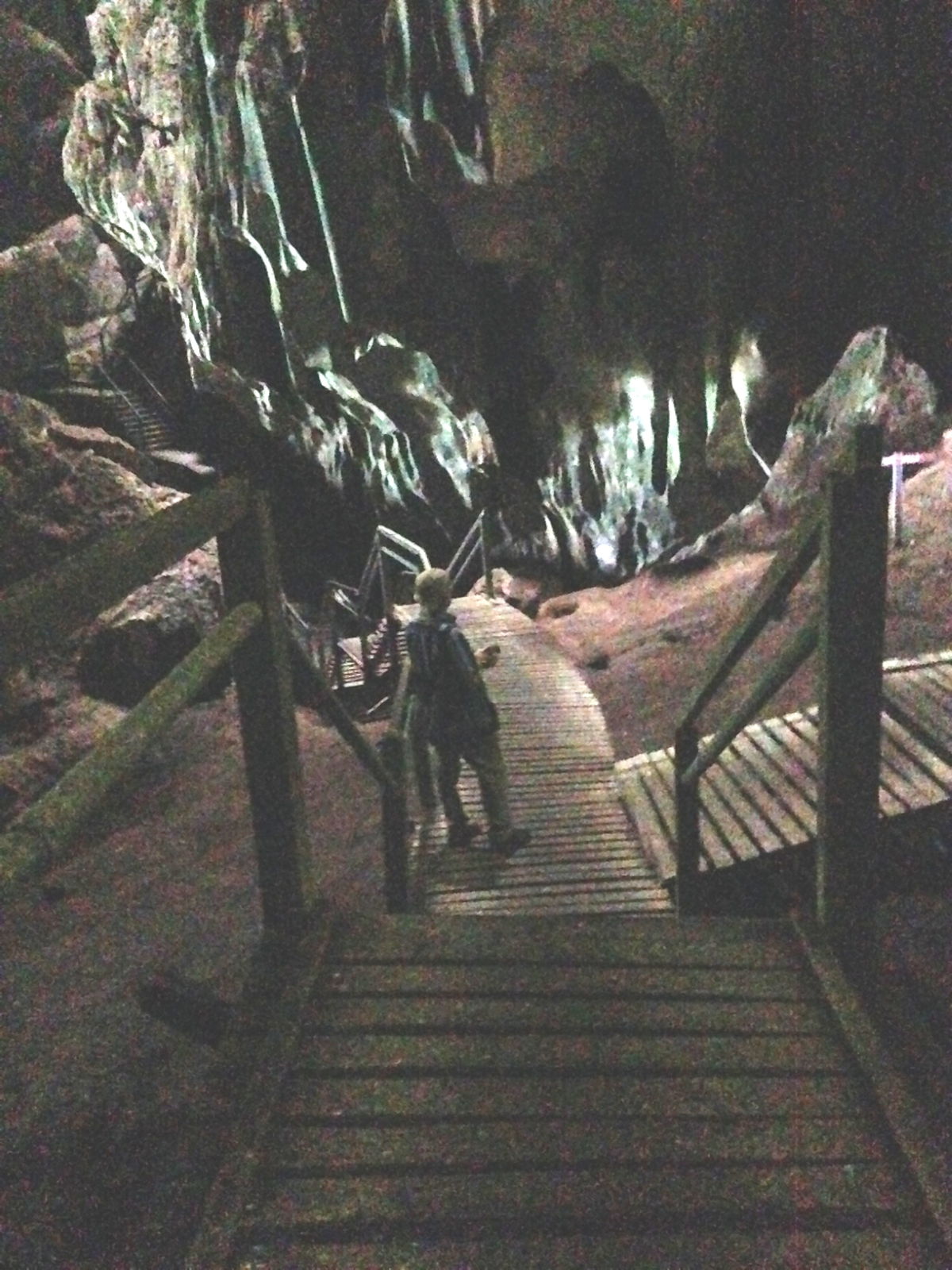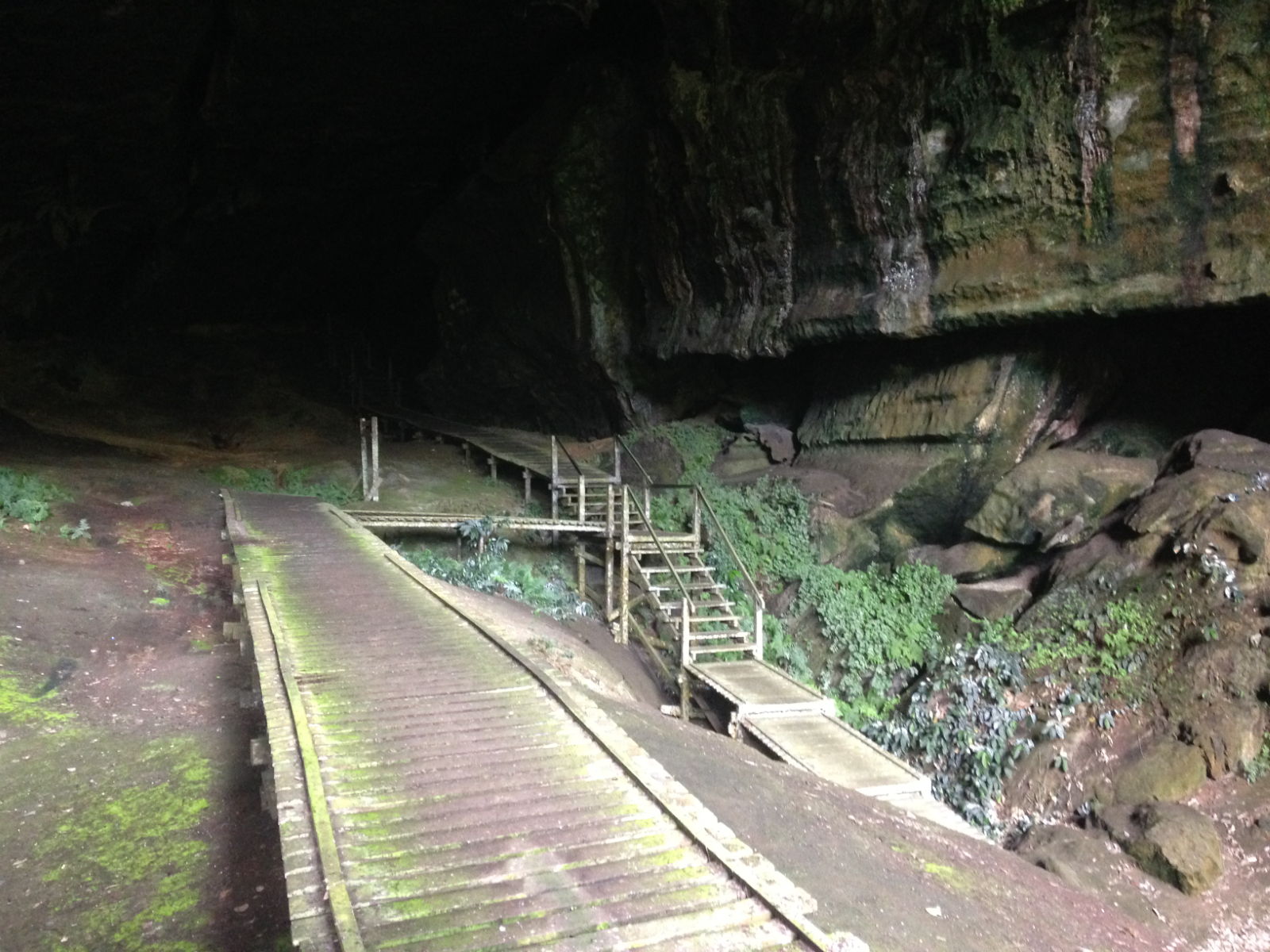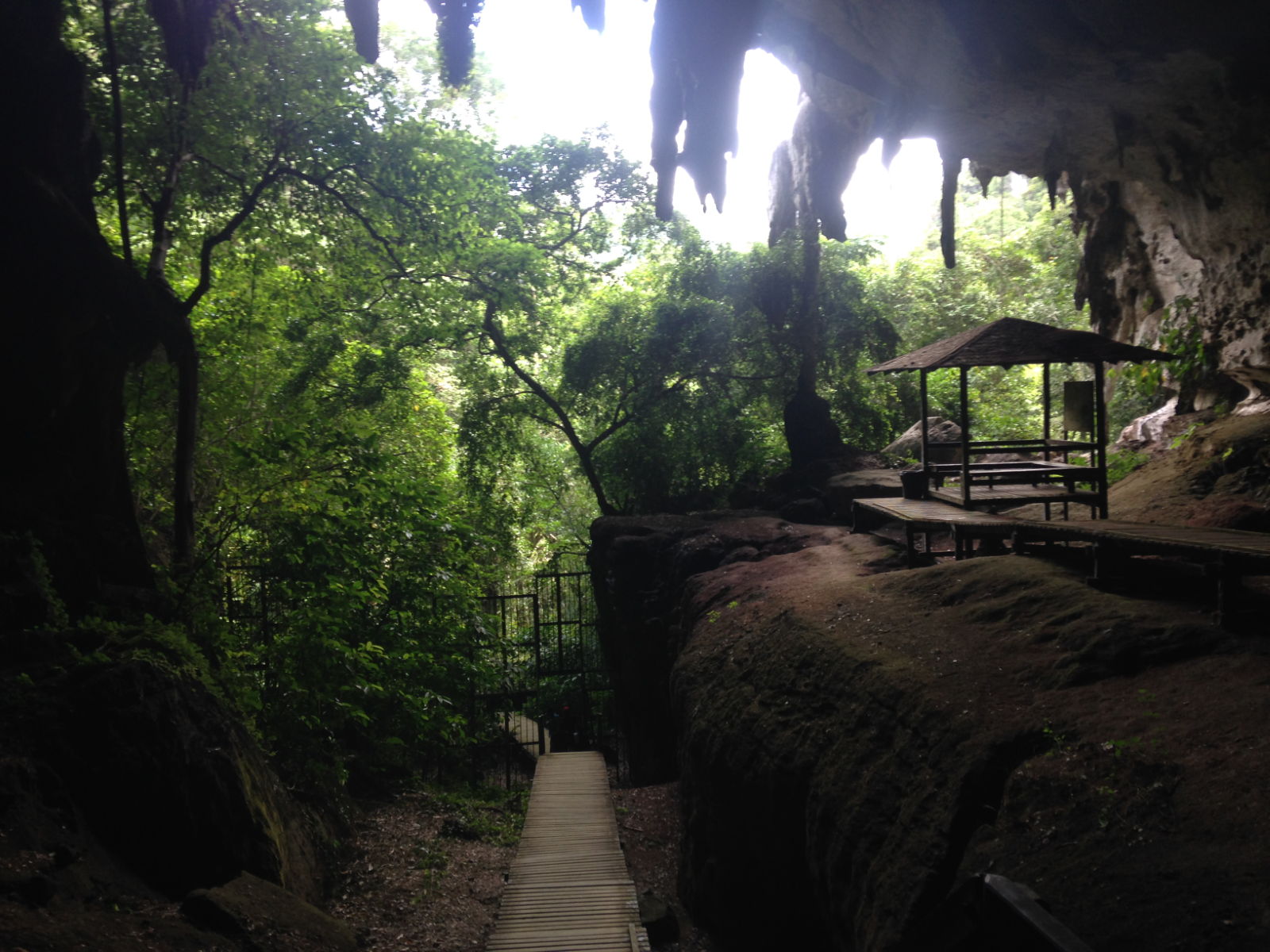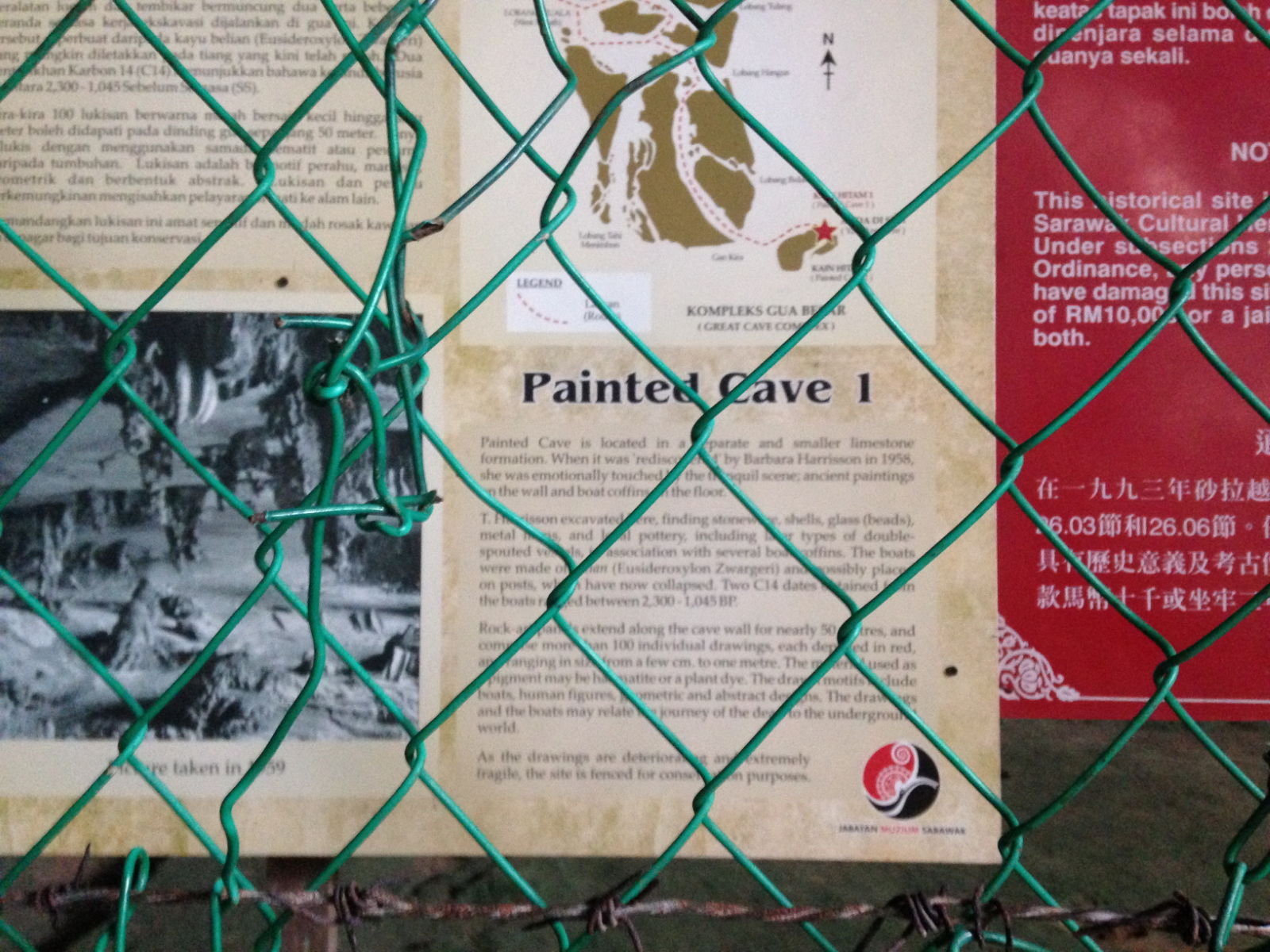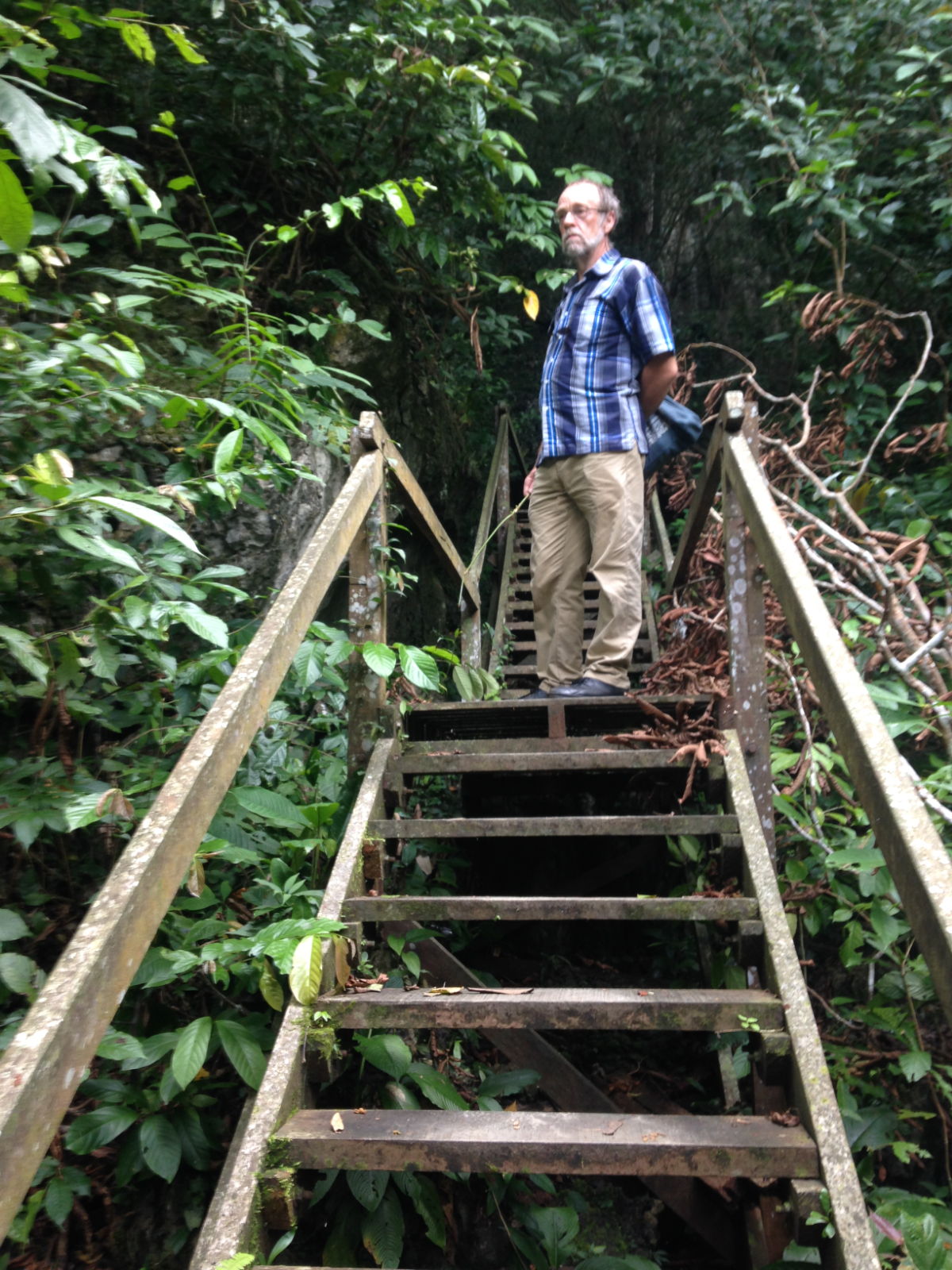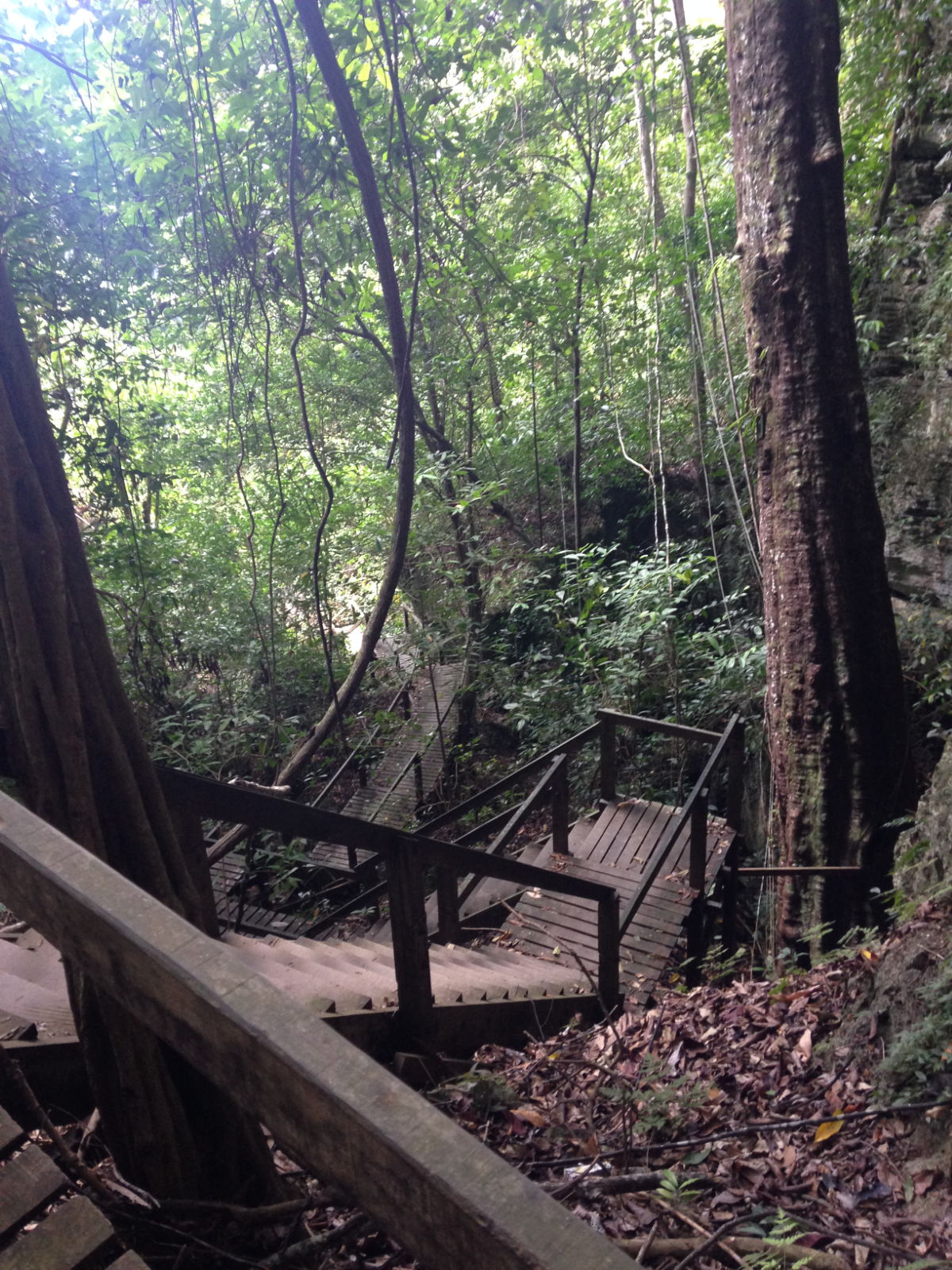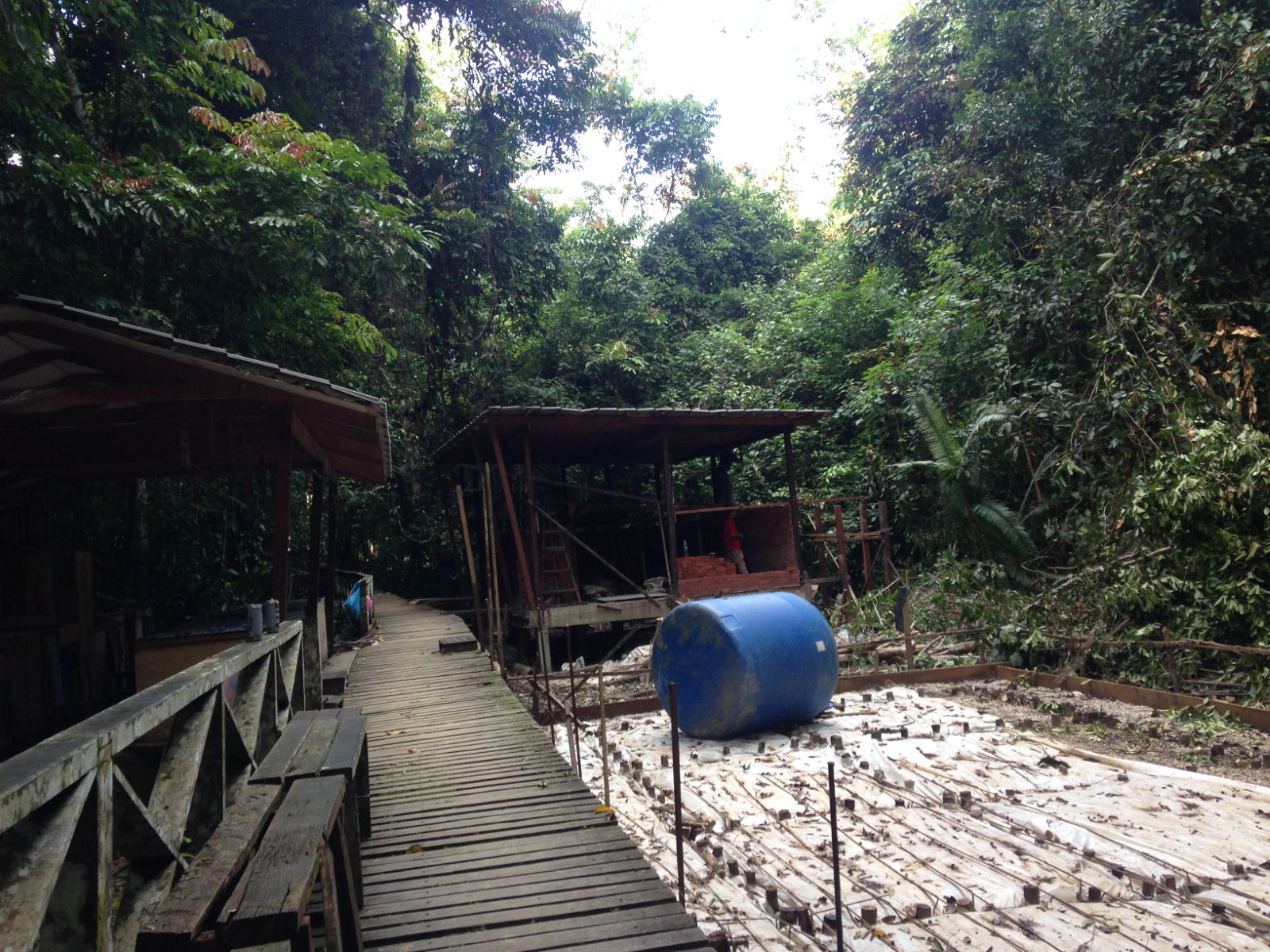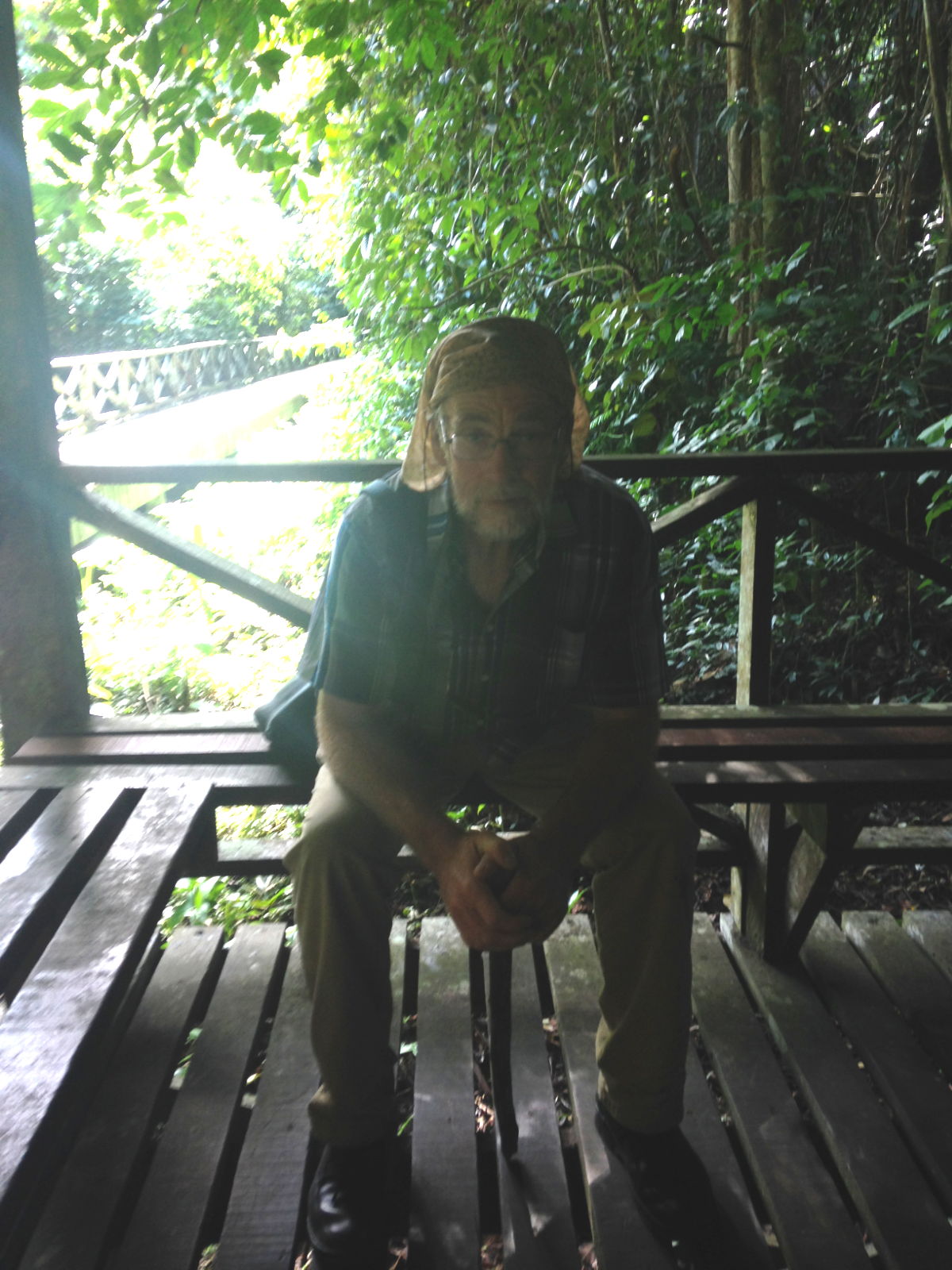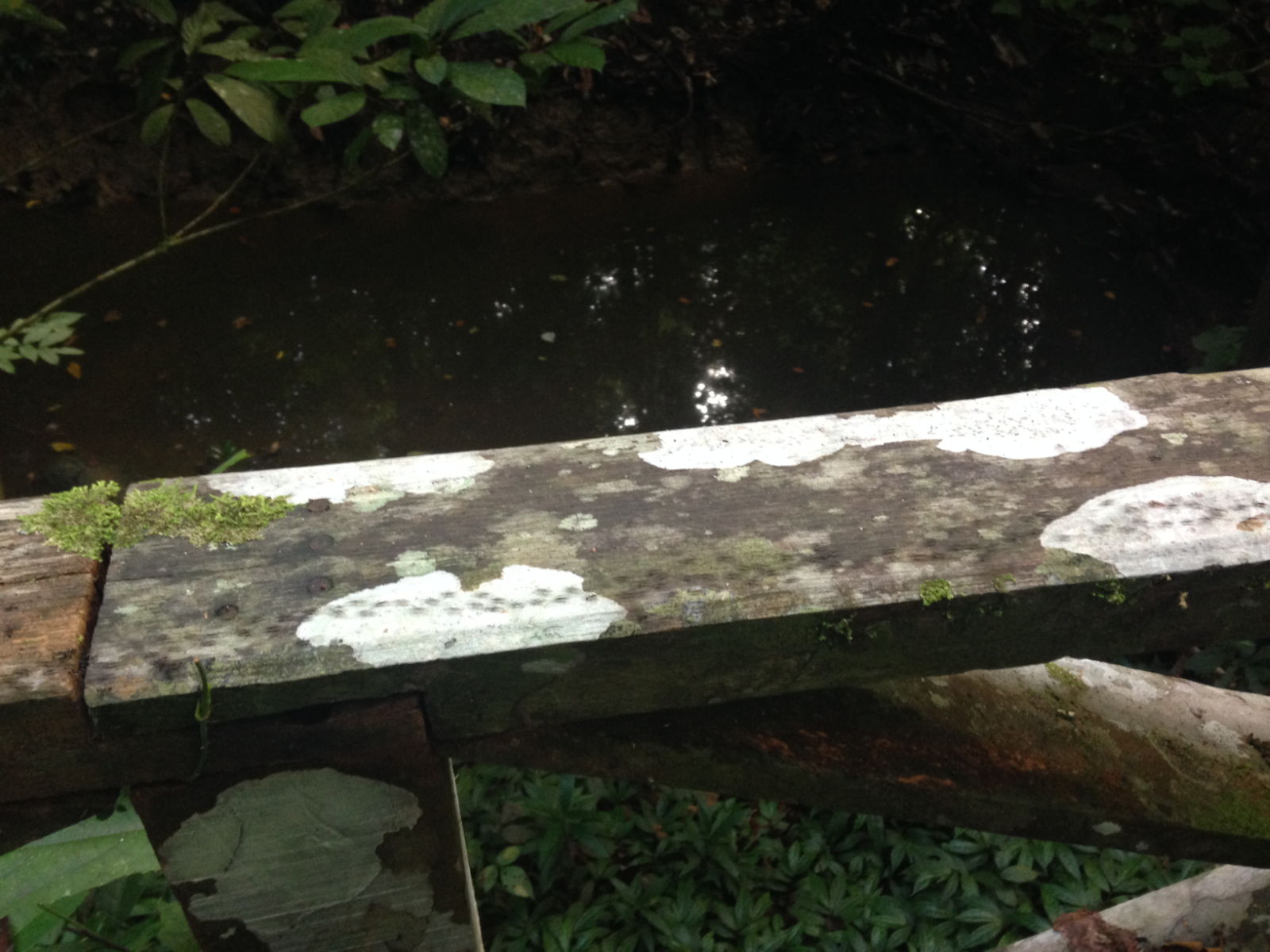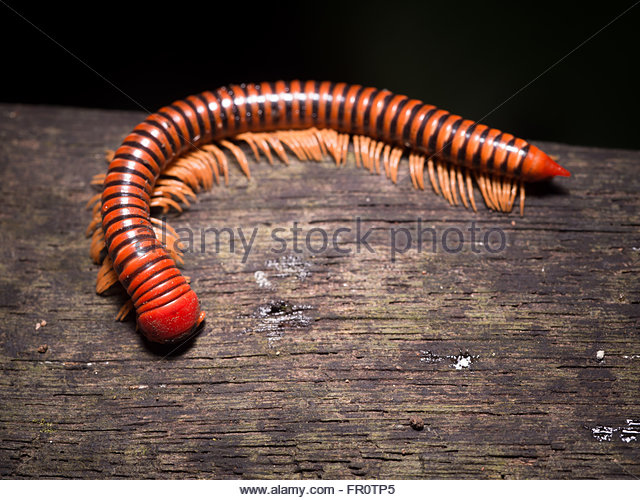We arrived in Menumbok not long before sunset on Wednesday 13th Dec 2017 , we anchored in about 8 metres of water off the main village there, next to a small island. The route we took meant that we almost went back to Labuan, then continued north East past Labuan before we went east over the top of a large sandbank, then south on the other side of the bank, we were down to about 3 metres of water at one point, but all was well. I was optimistic we could have done a more direct route, but the electronic charts I have said it was too shallow. Later I saw a car ferry taking the direct route, through water the chart says is 0.5 – 1.0 metres deep. I was grateful to a contributor to the sailors web site noonsite.com for leaving detailed waypoints that allowed me to safely get into the river. I am now feeling guilty at how little I have contributed to the shared knowledge base of sailing, especially around here were knowledge is scant online, or even in print.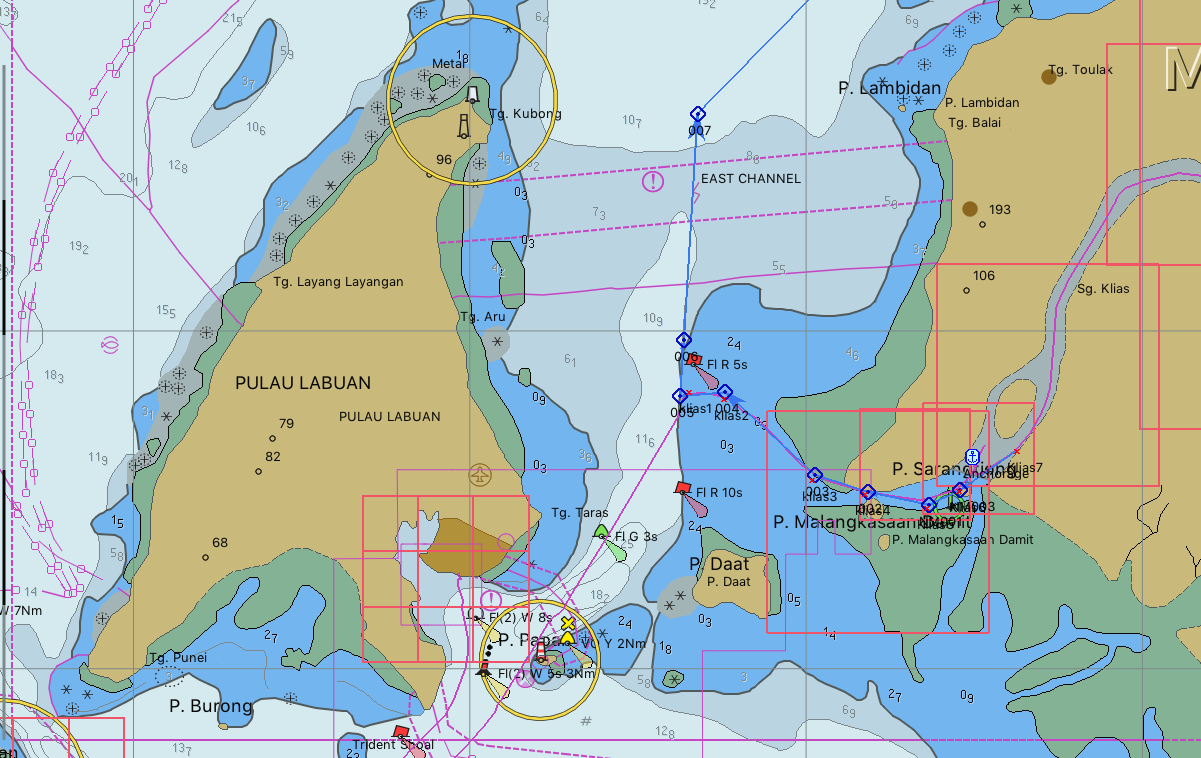 After two days of early starts, we had a lie in on Thursday before making the 5 hour passage up the river, to the furthest point we can reach with a yacht. This is due to high voltage lines crossing the river. I had got my head around that ok, but had forgotten that overhanging trees are a problem two, I’m so used to motoring along the river banks taking in the shade of the overhead trees when in the dinghy, I had to remind myself that I have a 15mtr mast that would easily hit some of the giant trees leaning into the river.
After two days of early starts, we had a lie in on Thursday before making the 5 hour passage up the river, to the furthest point we can reach with a yacht. This is due to high voltage lines crossing the river. I had got my head around that ok, but had forgotten that overhanging trees are a problem two, I’m so used to motoring along the river banks taking in the shade of the overhead trees when in the dinghy, I had to remind myself that I have a 15mtr mast that would easily hit some of the giant trees leaning into the river.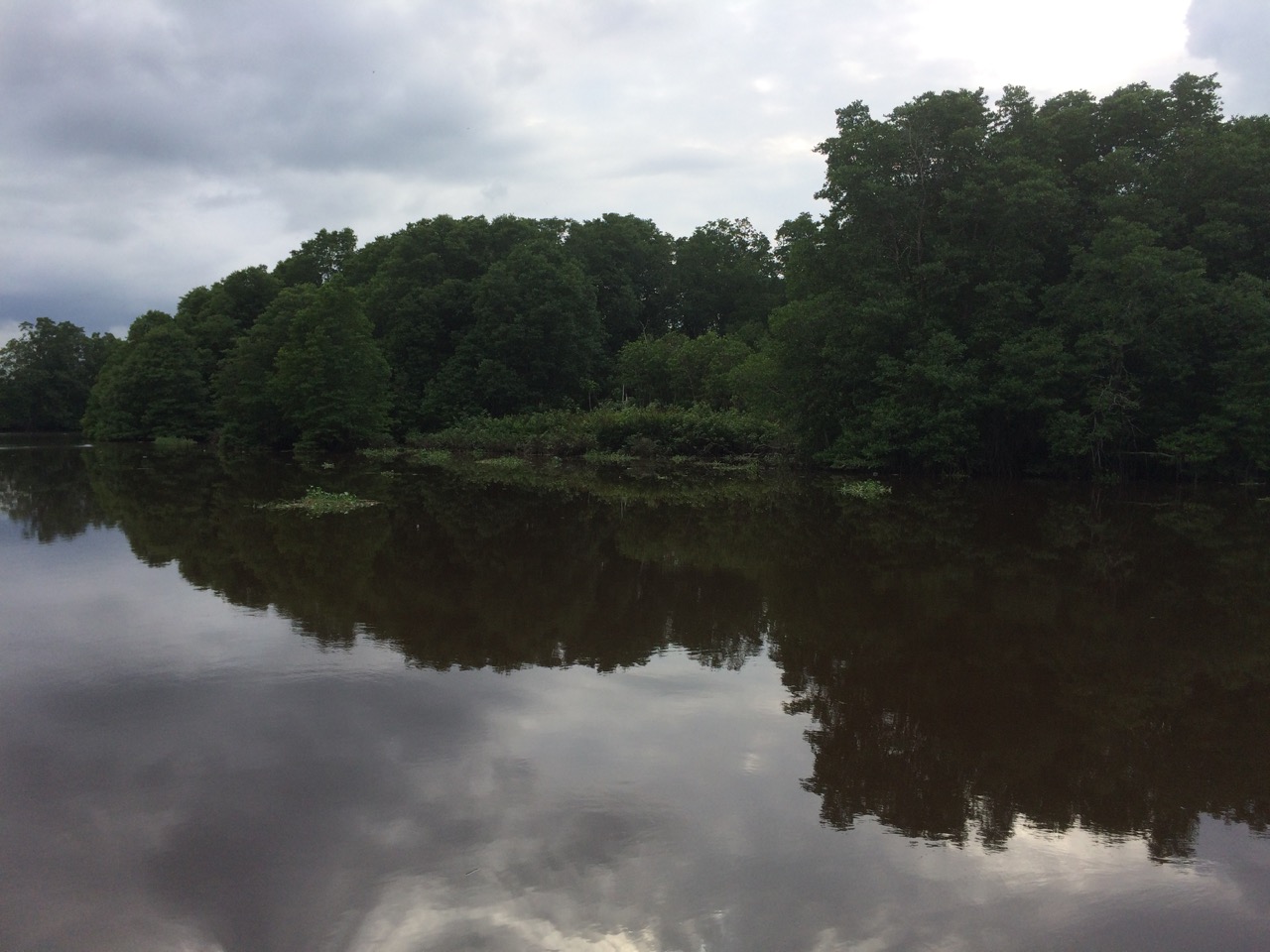
Fairly early on the passage we saw a couple of monkeys in the trees, these were Proboscis monkeys, very rare, however they seem to be very shy and don’t hang around. A little later we saw a whole gang of them in a giant tree. However as soon as we slowed down, each time we had a sighting, they all buggered off.
For the first 18 or so miles of the trip up river we only saw one other person, a fisherman in a small boat. However as we approached the last few miles, we saw boat after boat crammed with Chinese tourists, there for the ‘monkey safari trips’. It was now getting late and we needed to get anchored, the river had narrowed from being several hundred feet wide at the start to now being about 150ft wide, maybe 3 or 4 boat lengths at best, the river was still quite deep, 10 metres at the last section before the pylon. If I had anchored in the middle of the river, I might be swinging so much I would hit one or both of the river banks, which were mostly overgrown jungle mangrove. I was quite pleased to have this challenge, but not so happy the light was going, no moonlight, so it would be very dark soon. So I anchored about two thirds of the way across in the river, leaving room for boats to pass, and reversed back on the anchor to set it in. Unfortunately it didn’t set quickly, and we had almost reversed into the turning behind us when the chain went tight. I didn’t really have room to dig it in deep,, but it seemed good and there was only a gentle current flowing. Also there was no wind around, we were surrounded by high trees.
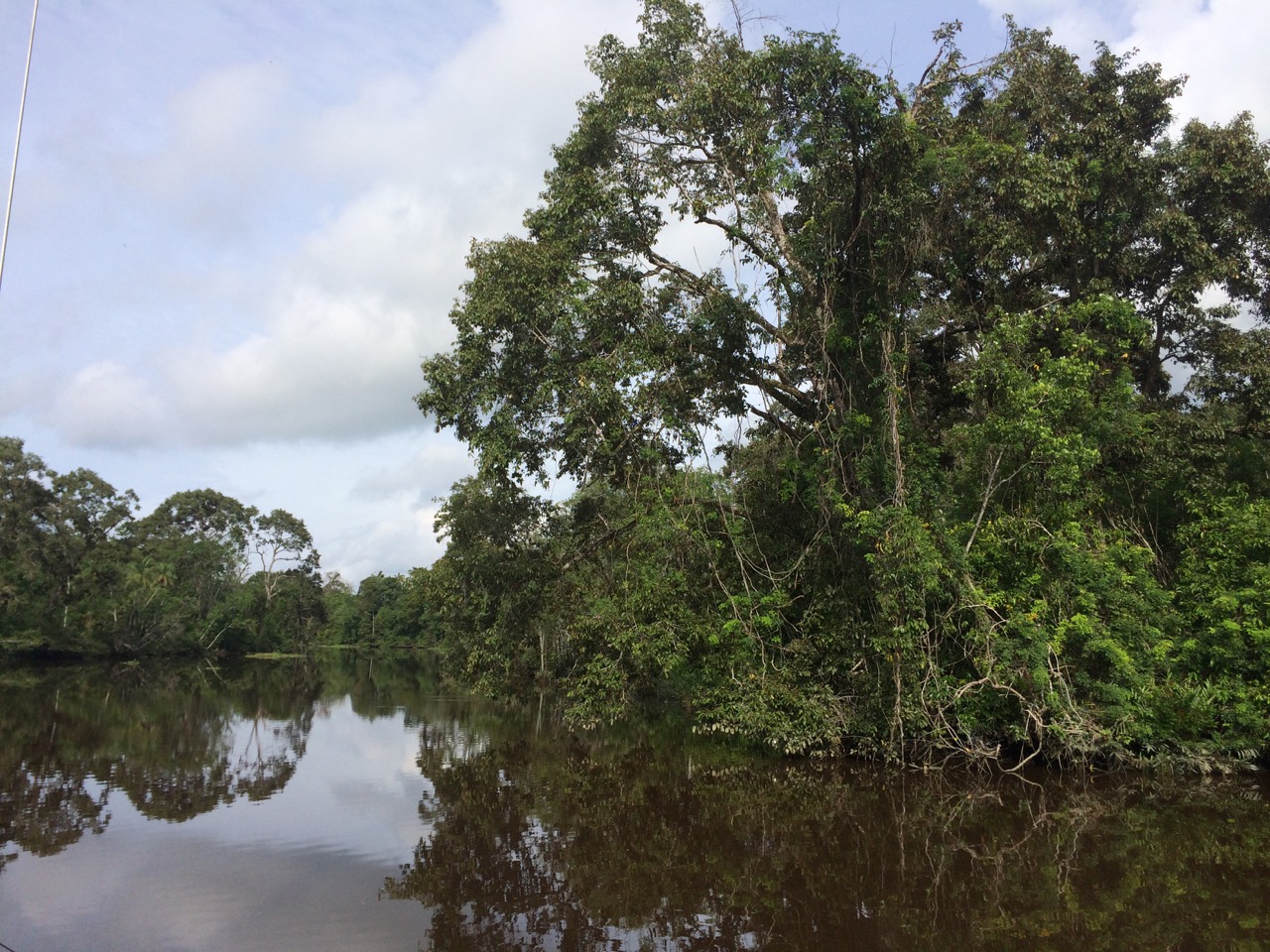
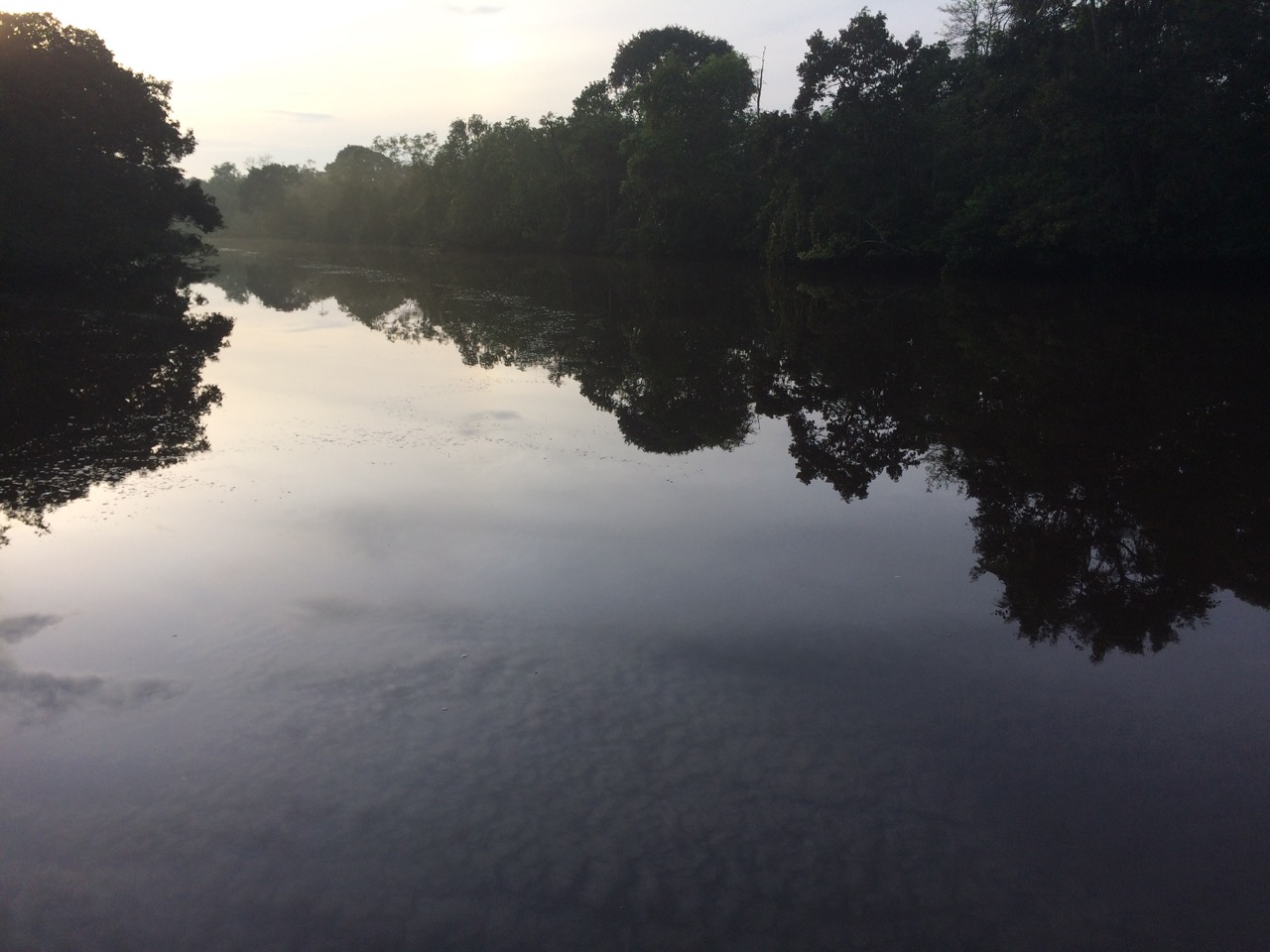
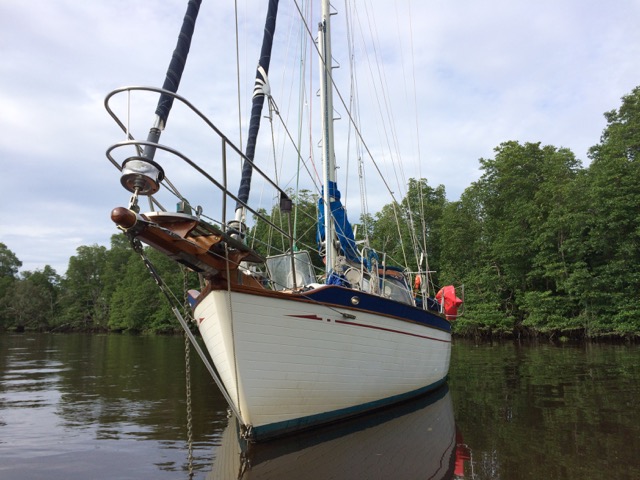
Next I took a long line from the stern to a strong trunk in the mangroves, using the dinghy. That was a messy job, creepers falling all around me as I worked my way towards the slimy trunk. Back on the boat I tightened this line and the boat lay snug, parallel to the mangrove river edge. 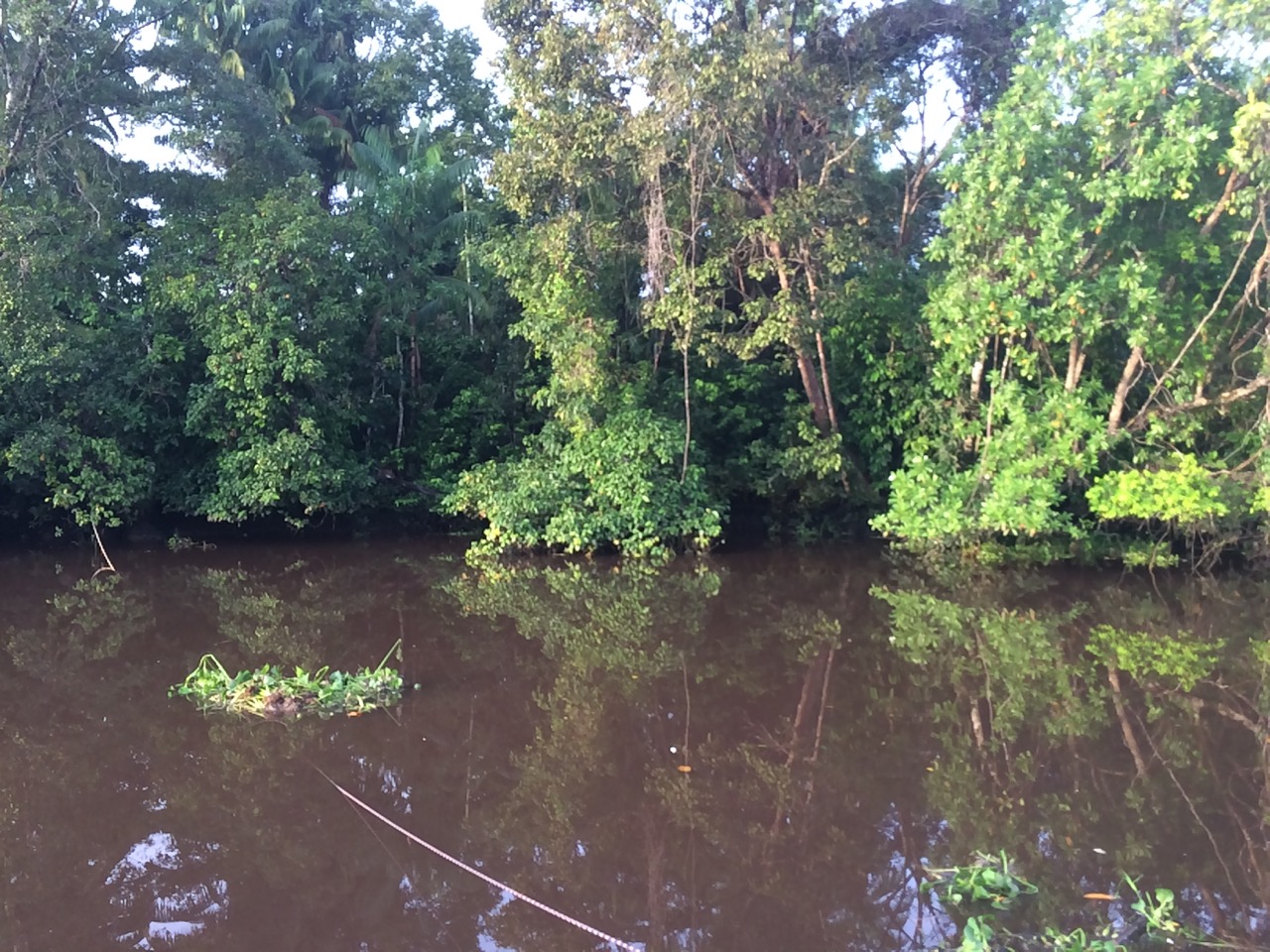 More monkeys and egrets were spotted, then we retired for dinner as the sun set. A little later I was in the cockpit watching the show put on by the fireflies that had come out, very pretty. At the same time the tour boats were still whizzing past, sometimes stopping to shine bright spotlights up into the trees, presumably showing sleeping monkeys, poor things.
More monkeys and egrets were spotted, then we retired for dinner as the sun set. A little later I was in the cockpit watching the show put on by the fireflies that had come out, very pretty. At the same time the tour boats were still whizzing past, sometimes stopping to shine bright spotlights up into the trees, presumably showing sleeping monkeys, poor things.
It was about 11pm that Kathy asked what all the noise was on the hull, I was fast asleep, I went up to look and it was obvious the boat had moved, the stern was almost in the mangroves, just about 6ft to go. I didn’t want this, who knows, the monkeys might have got onboard and started making tea (UK only joke I think?) I went to the bow and took up a lot of slack on the anchor chain, that pulled us forward, but I stopped before the chain went tight as I was sure the anchor wasn’t set properly. However the boat came back away from the shore and I retired, not before noticing the dinghy was engulfed in an island of weed and growth, the size of our boat. I hoisted the dinghy out of the water and went back to bed to plan my next move.
At midnight I got up to look what was happening, it had been raining for a few hours now and the river was flowing quite strong. Large amounts ( Islands in fact) of bamboo and weed were moving down the river and wrapping themselves around the anchor chain. We had now moved a long way out passed the centre of the river and were straddling it, if I didn’t fix this we would be swept into the mangroves.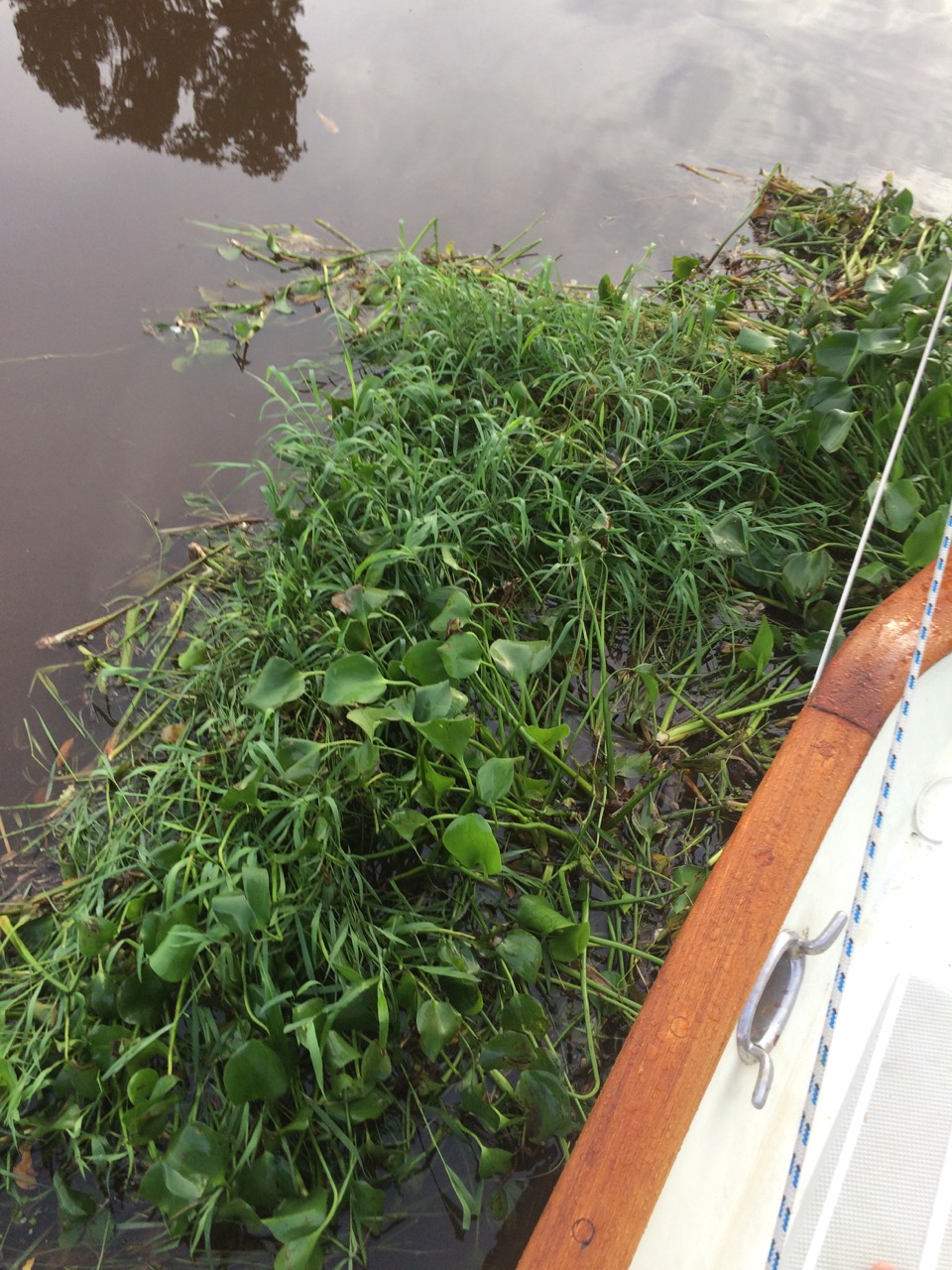
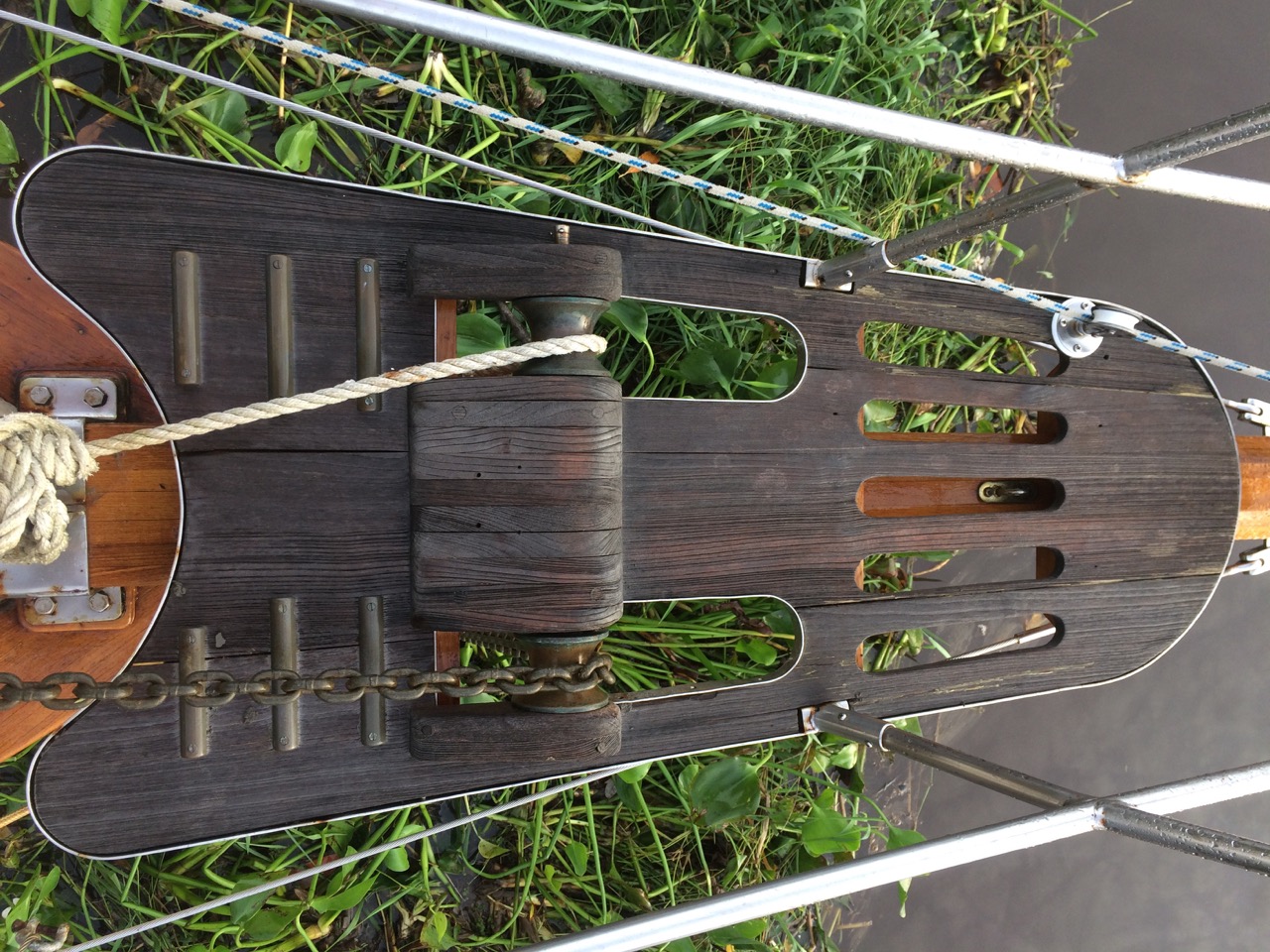
I should have lost the stern line, and reset the anchor, but it was pitch black, I didn’t want to row into the mangroves at this late hour, I’d be eaten alive by the bugs, also I didn’t want to just throw the stern line overboard for later retrieval, as I was worried about it getting wrapped on the prop, especially as I wouldn’t be able to see it, or even see where I was. There was no moon, and we were surrounded by forest. I settled on a new plan of action, take the kedge anchor from the stern, row it out to well upriver, and bring the rope back to the bow, then pull myself back up to the correct position.
This worked well, the kedge seemed to set, and I got the boat back in position and went back to bed, setting the alarm for an hour later. An hour later and we are heading back to the mangroves, and I’m getting just a little fed up. I yank on the kedge line and it’s not holding at all, I keep pulling and eventually it seems to catch, so I pull the boat back into position, aware that the anchor is less likely to hold now it has less scope. Back to bed for another hour of dreams about mangroves and ropes. Up again, and the kedge has slipped again, there’s a huge island of weed wrapped around the bow, chain, and kedge rode, and we are at 45 degrees from where we should be, however we don’t seem to be moving, so I make a note of where we are, and back to bed for an hour, an hour later we haven’t moved, and the sun is coming up soon, so I have a little sleep, then we are up for the day around 7am. We held well then, and had a lovely breakfast while watching the monkeys cavorting in the tree opposite us. All in all, despite a very bothersome night, I’m glad we did that, and I have learnt a lot in the process.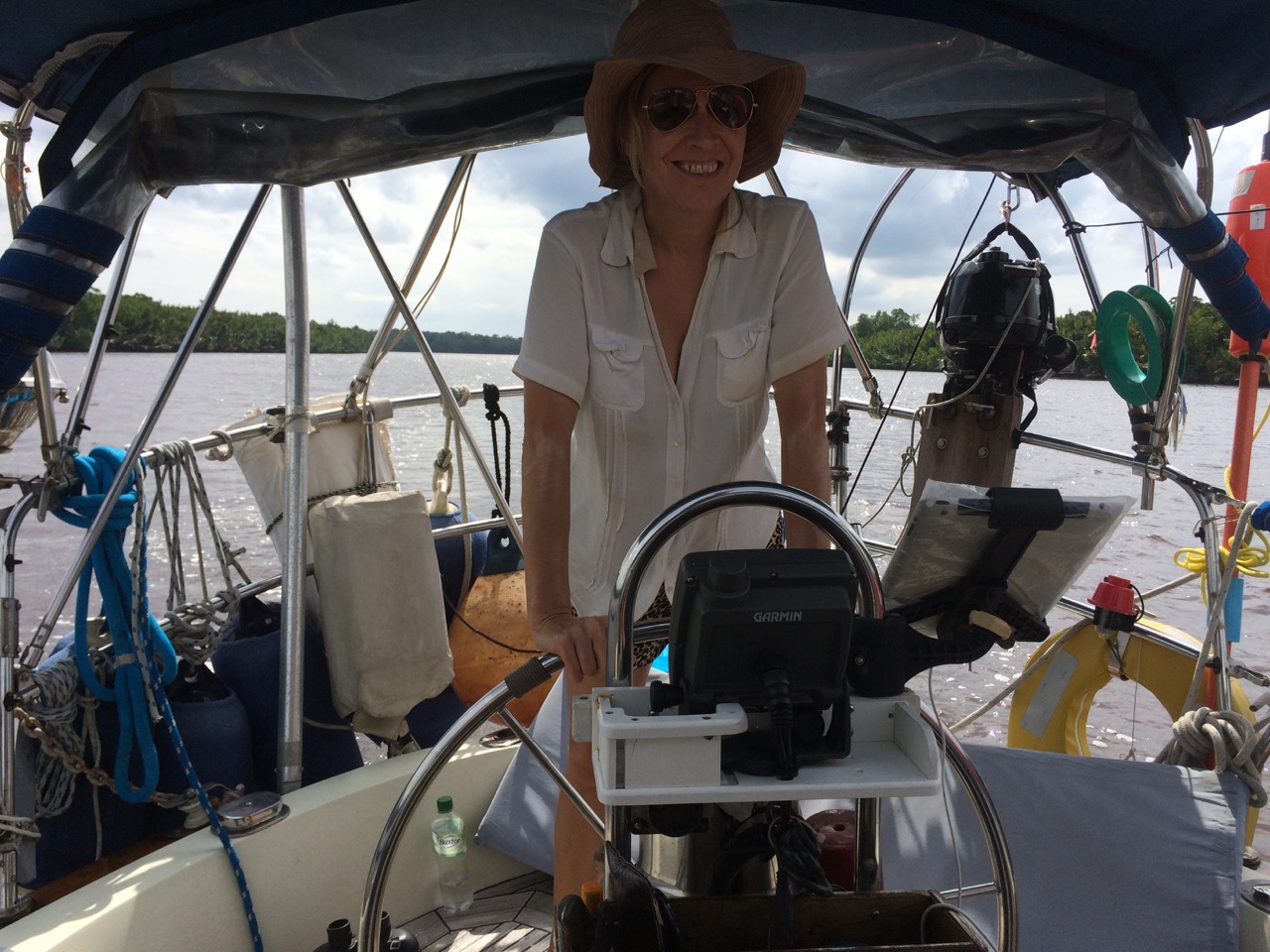
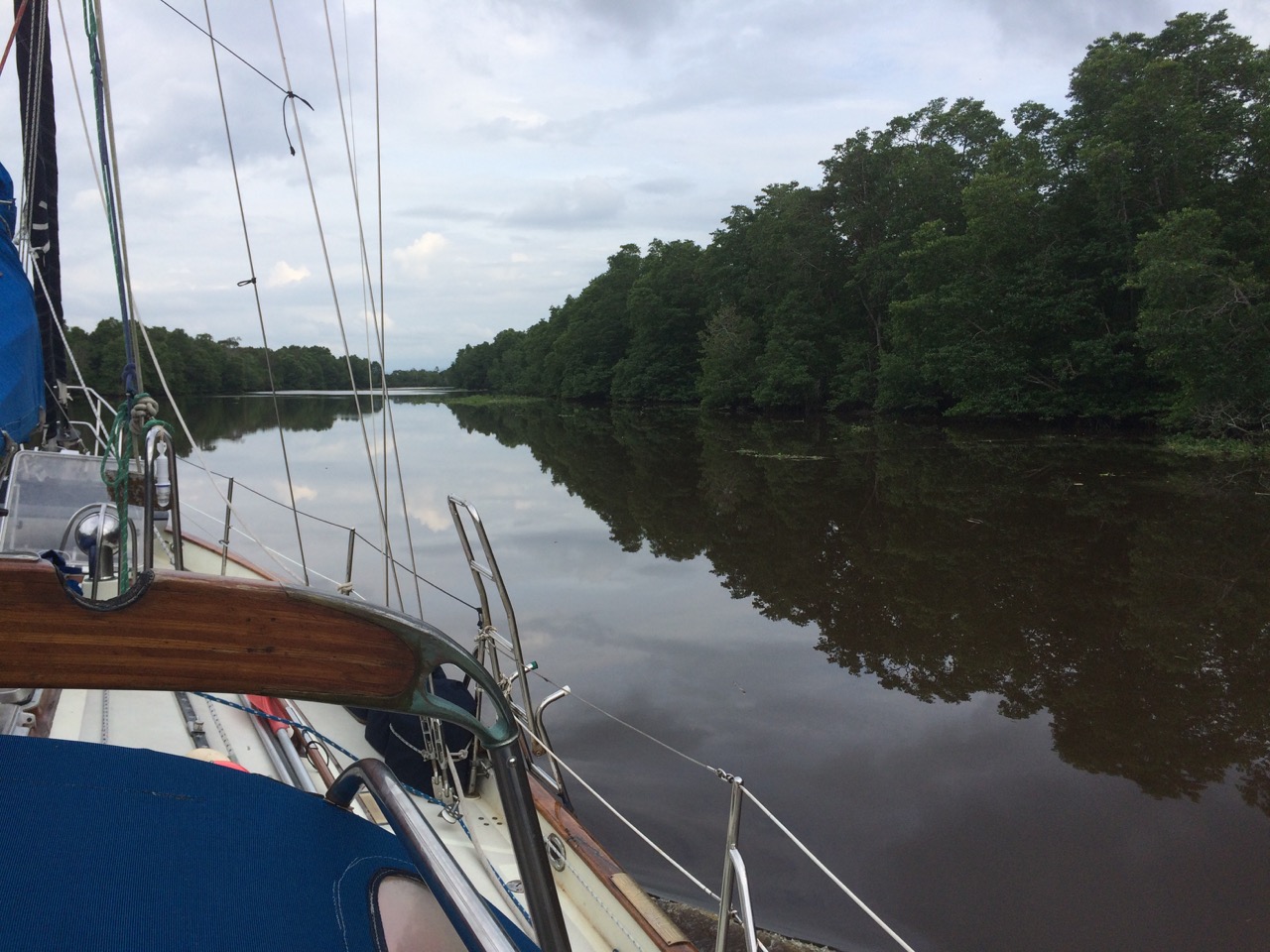
As I write this, we are again at anchor in the river, however this time Kathy and I went to great lengths to make sure we got the anchor set properly, there’s more space here and the rivers wider so we took the exact middle. We are lit up, rather appropriately, like a christmas tree, yet there are no boats on this stretch of the river.
One thing I noticed at 3am and 4am was the sound of chainsaws revving away. This saddened me, as the only reason I can imagine for this would be illegal logging. So much of this wonderful forest and wetlands has been handed over to palm oil plantations, that the monkeys and other wildlife are squeezed into quite a small area. looking on google I can see the bank we are anchored off has a manmade river / culvert joining it near us, and there’s another 200 metres further along. These waterways, about 10m wide lead to plantations just a little back from the river bank. I don’t think the monkeys can cross these man made rivers and that may explain why we haven’t seen any in this stretch.
I can happily report that the insects, flying insect, flying caterpillar like things, flying ants etc are doing just fine, as a few hundred joined us in the cabin for dinner tonight. Well when I say they are doing well, there numbers are down a little after I took my electric tennis racquet to them. 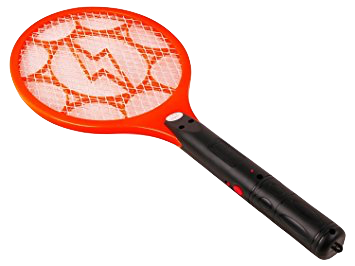
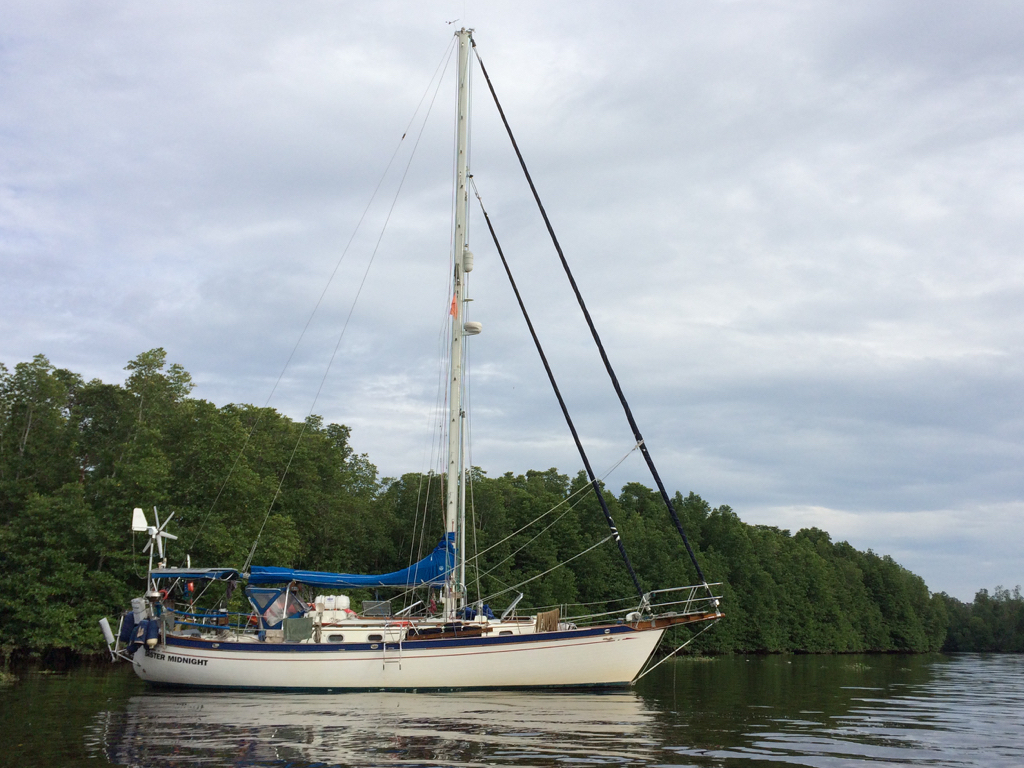
We both loved our trip on the river, we spent 3 days returning back to the mouth, and often the engine was off as we drifted with the current down the river, scanning the trees for monkeys, which we often heard, but saw less frequently. I had a great time kayaking up some creeks and listening to the strange noises from the trees/palm plants as the gusts of wind pushed their way through.
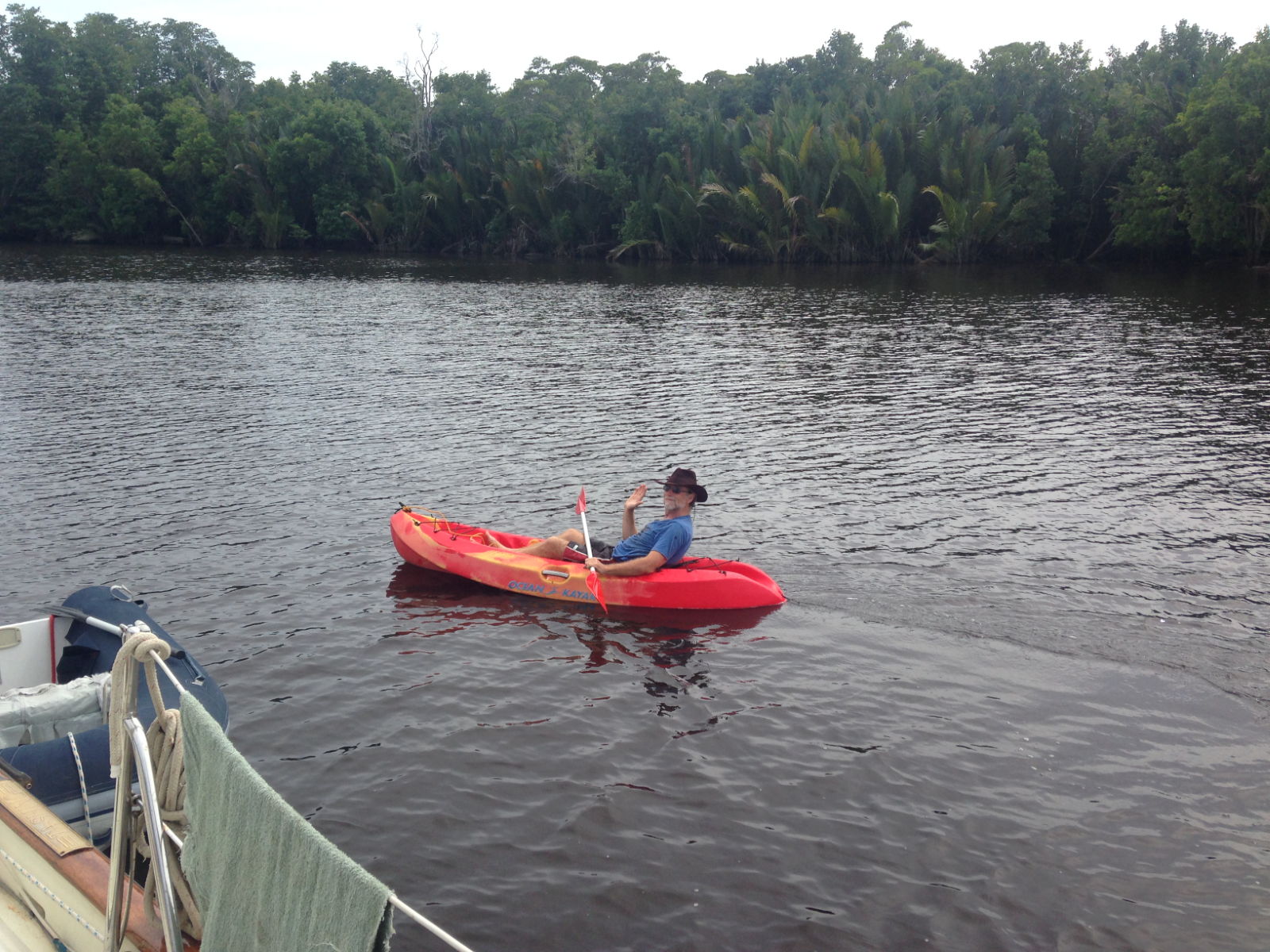
One of the palms had a new leaf forming and reminded me of my rubber plant back home, that would kick off a new leaf every month or so, except this one was about 30ft tall, see below
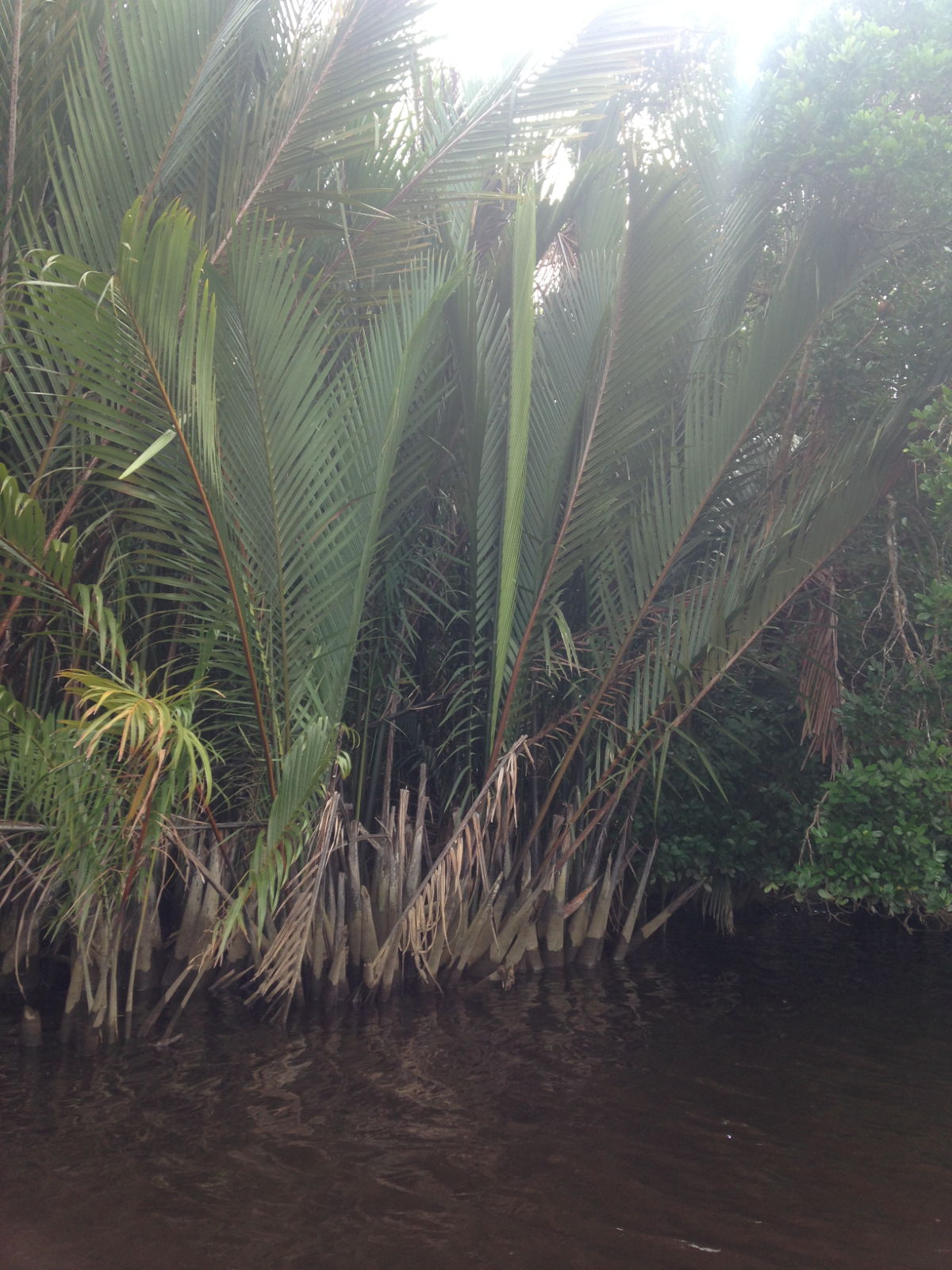
Leaving the river on Monday morning we headed out into a very wet and windy South China Sea, we left bang on low water and retraced our steps back across the sandbank, except this time big waves were breaking on the bank, in the place my track said we traversed on the way in. I steered clear and hoped it was deeper were we were going. It was close but an hour later we were in deep (well 5mtrs) water. From there we made a beeline for the island of Tiga, or ‘Survivor Island’ as some local entrepreneurs have renamed it. The reason being that the 2000 TV series ‘Survivor’ was filmed here. We anchored on the SW side, however the wind was 15-20 knots from the SW and was bringing in a bit of chop, but the bigger waves and swell were coming in from the offshore storms to the NW/N. All in all it wasn’t great, but I knew the wind would abate later so we stopped, the anchor was well and truly set, and tested, by Kathy taking us full astern at maximum revs for a good while until we were shore we didn’t move. If the anchor had failed, we would end up on the beach. Kathy baked some fine bread then we retired for the night. It was too miserable to go ashore, and we decided to wait until the morning, but as it turned out the morning was even more overcast and raining harder. We will return soon, as the island, complete with its natural mineral mud baths looks very interesting. Also Kathy wants to add it to her list of film locations she has visited.
We upped anchor and raised all the sails and headed NE to Kota Kinabalu, or KK as everyone calls it. It’s the capital of Malaysia’s most eastern state Sabah, and our home for Christmas. The wind was a steady 10-15 knots on our stern meaning a good run, we sailed for 6 hours making an average of 5-6 knots. I put the spinnaker pole out to steady the yankee sail, I hadn’t done this before, but with the wind directly behind us, the sail needed this as it kept collapsing. The spinnaker pole is massive, and very heavy, and quite a job to manhandle on the foredeck with the boat rolling from side to side. The mast fitting jammed and I had to climb the mast a bit, that was fun. I managed to get it rigged, but it didn’t help. I now know a new system is required, and I need to sort this quick as we might be doing a lot of downwind sailing in the pacific. In the end, after a lot of flapping I decided to do two long broad reaches, port then starboard, and we had a great sail. I should have tried getting the spinnaker up, but I still find the prospect of that quite daunting, and the boat was rolling so much, it didn’t seem like the best time to start learning the ropes (pun intended).
Soon enough we called into the marina on VHF CH71 and were told to proceed to the entrance and they would guide us to our berth, very professional, I went back to the wheel to see a man in a small powerboat waving at us to follow him into our berth, at the pontoon 3 more men waited to take our lines, all very professional. As we tied up, I could see we were in the middle of a luxury resort, three modern hotels built around the centre piece of the marina, each hotel with a few swimming pools, restaurants, bars etc. Plus a big golf course, country club etc etc. http://www.suteraharbour.com/
When I first dreamed of sailing around the world, I didnt have this in mind, I thought it was all going to be remote barely inhabited islands, or industrial docks. Seems we’re doing it one shopping mall/KFC to the next. Oh well, mustn’t grumble.
Paul Collister
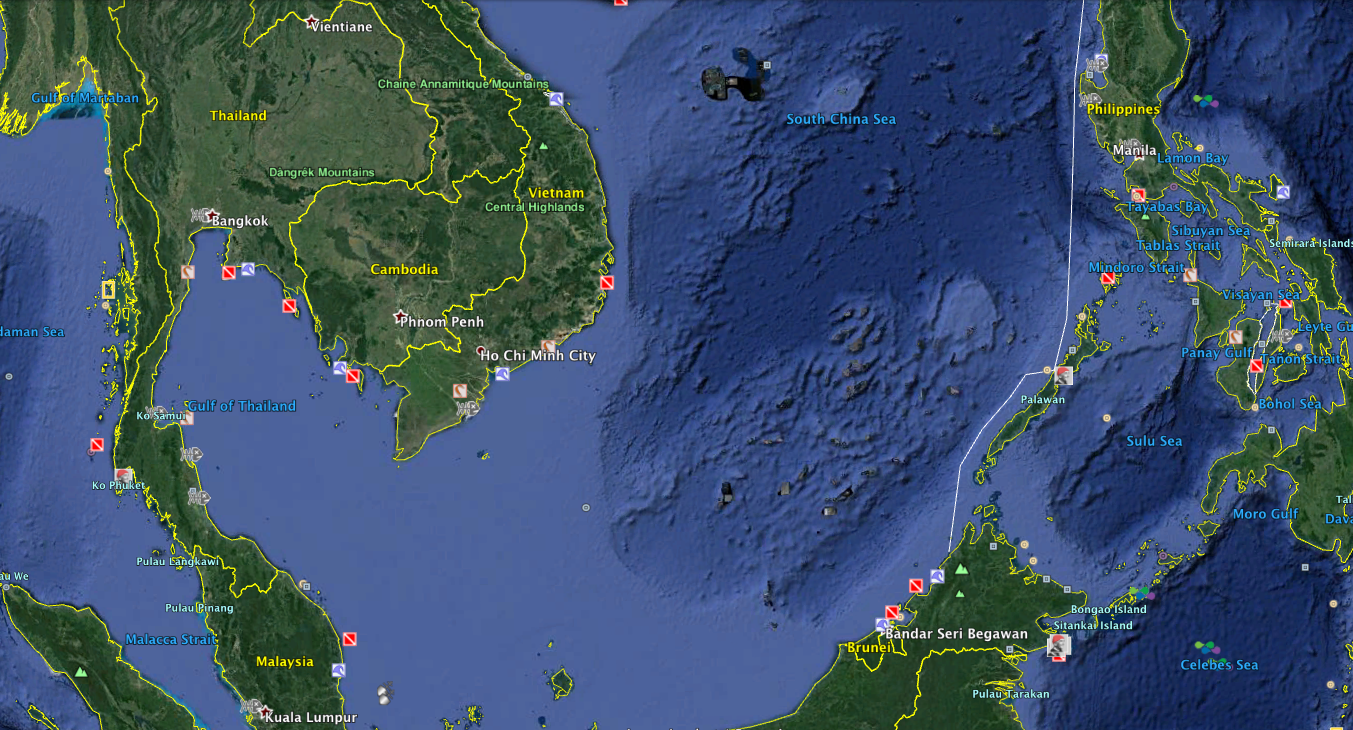 Zooming in, you can see our route passes up past the Palawan Islands, we will be checking into the Philippines, possibly at Puerto Princesa.
Zooming in, you can see our route passes up past the Palawan Islands, we will be checking into the Philippines, possibly at Puerto Princesa.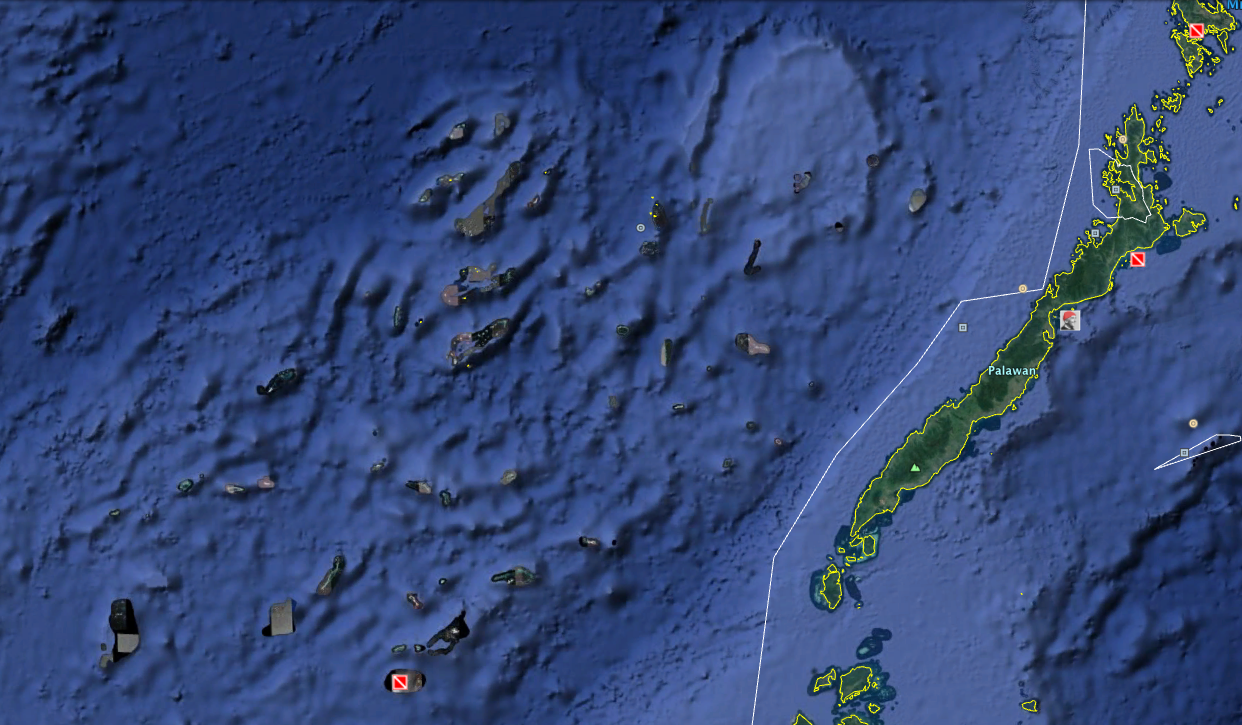 To the west of the islands you can see lots of lumps in the sea, these are thousands of islands and reefs, many of them, like the Spratly islands have disputed owners, with China, Indonesia, Malaysia, Vietnam and the Philippines all laying claim. Early on I thought I could sail across this area as it’s the most direct route to Hong Kong, but I soon realised you would have to be mad to go that way, the charts, where they exist, are often very inaccurate. Also there’s lots of military activity around the place. Also there’s a load of uncharted reefs and rocks, for hundreds of miles the depth is only a few metres.
To the west of the islands you can see lots of lumps in the sea, these are thousands of islands and reefs, many of them, like the Spratly islands have disputed owners, with China, Indonesia, Malaysia, Vietnam and the Philippines all laying claim. Early on I thought I could sail across this area as it’s the most direct route to Hong Kong, but I soon realised you would have to be mad to go that way, the charts, where they exist, are often very inaccurate. Also there’s lots of military activity around the place. Also there’s a load of uncharted reefs and rocks, for hundreds of miles the depth is only a few metres.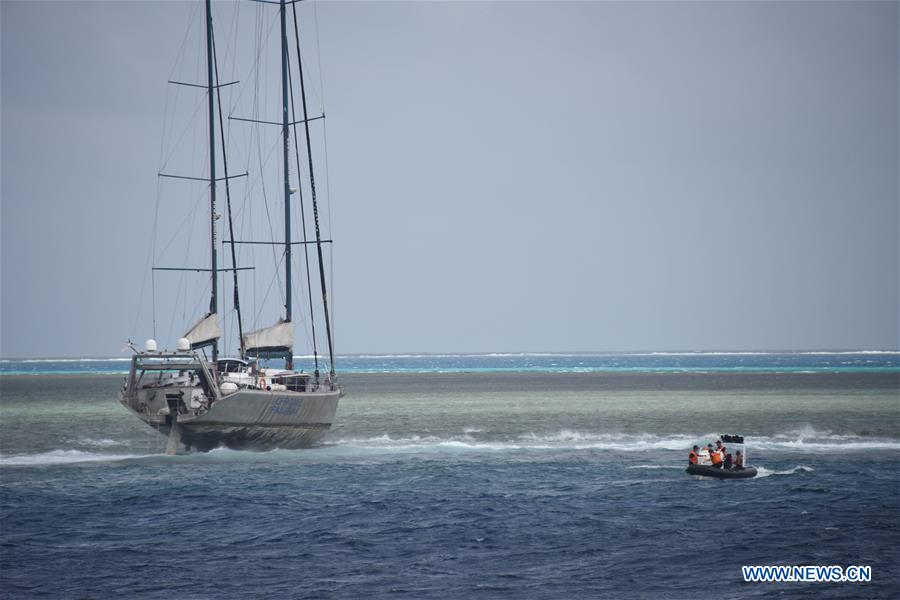 More details here
More details here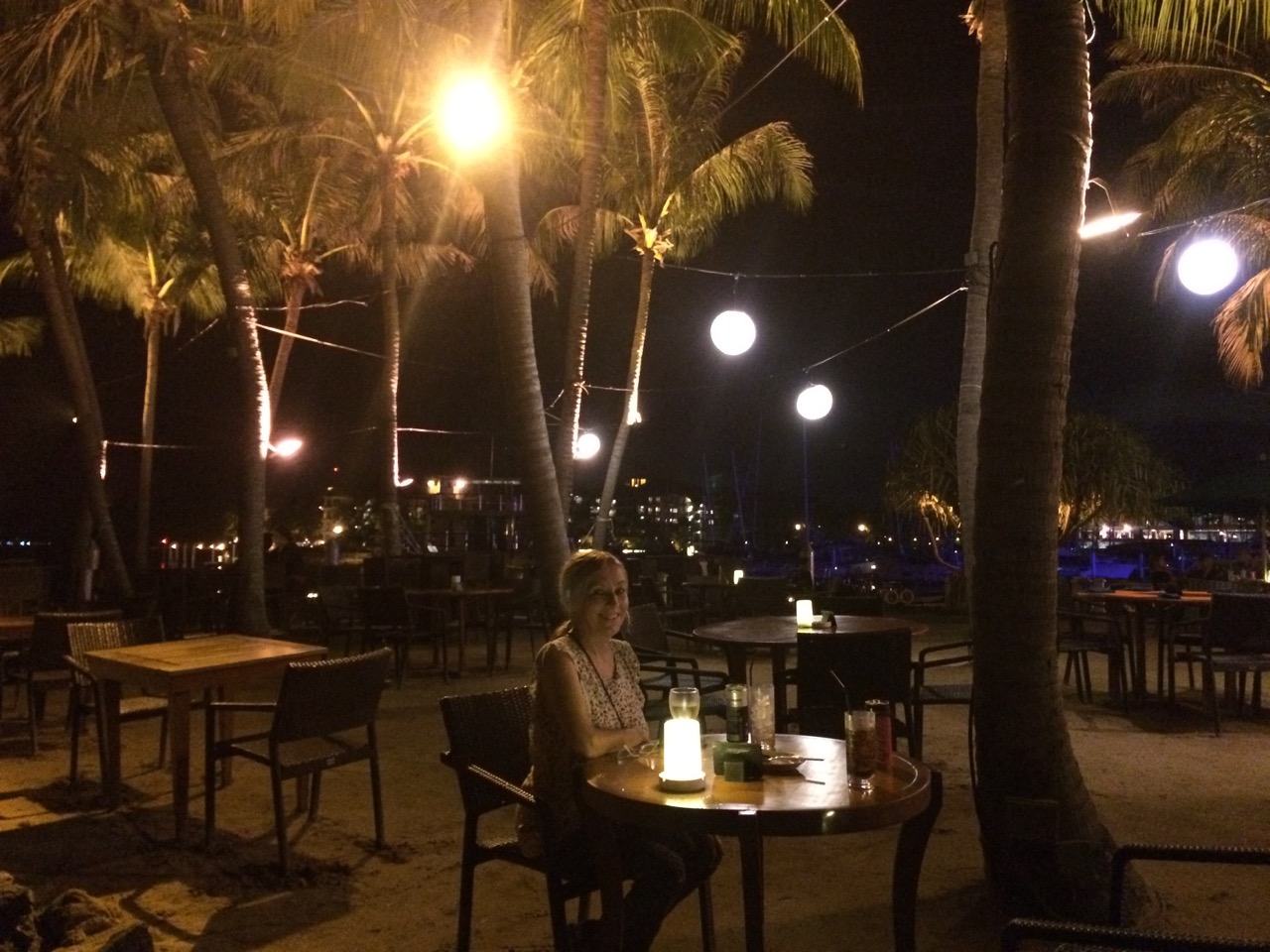
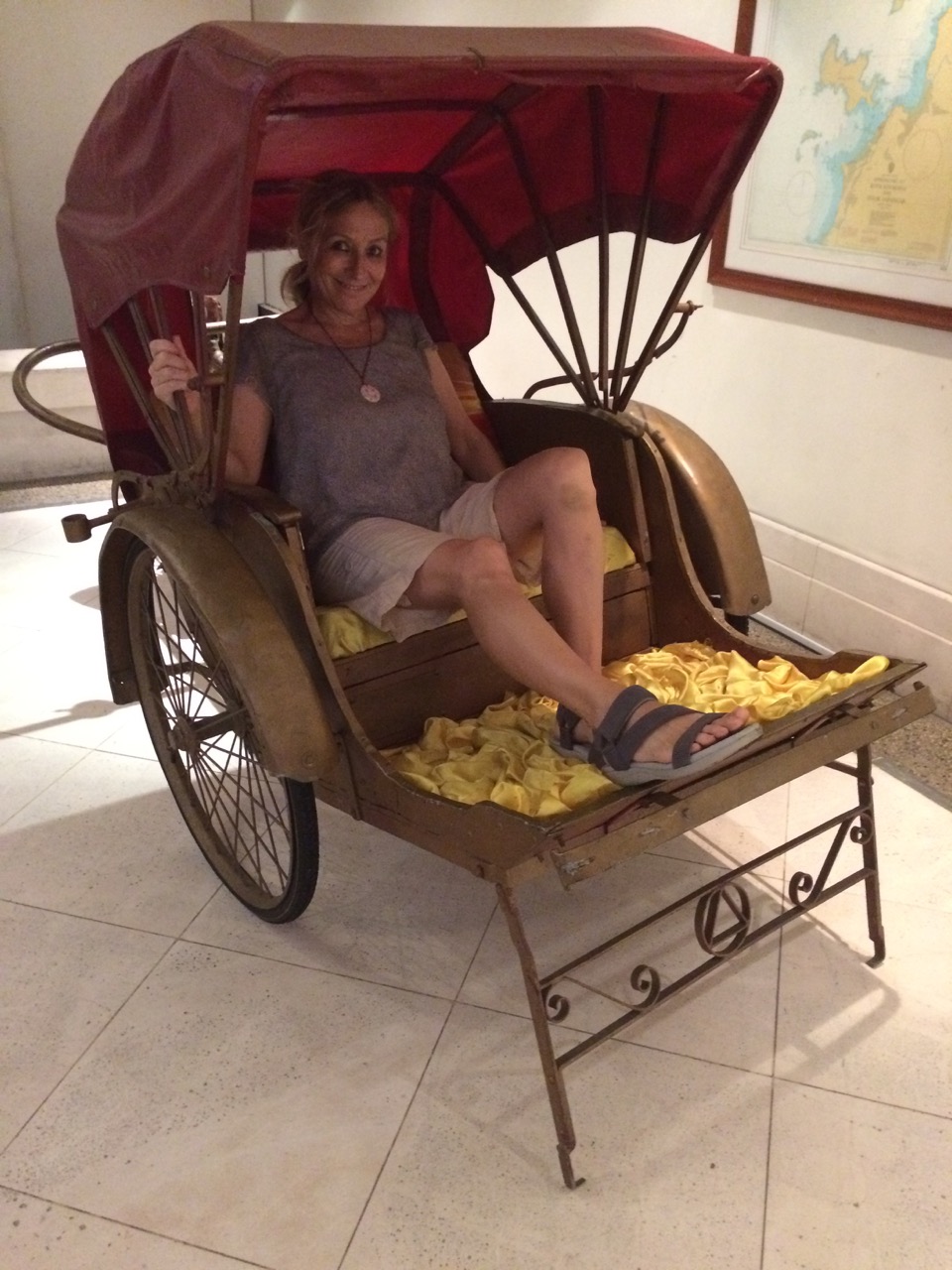
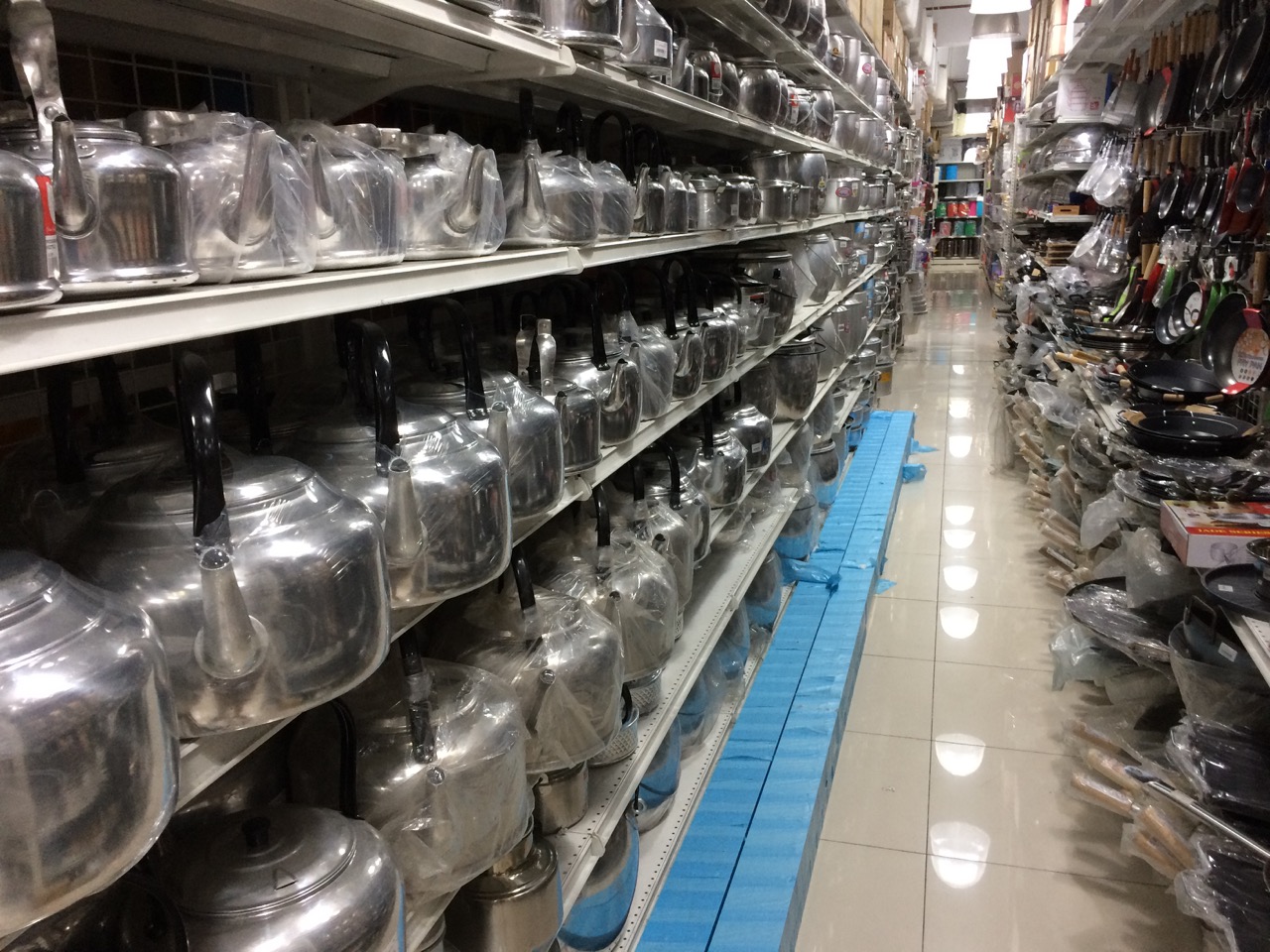

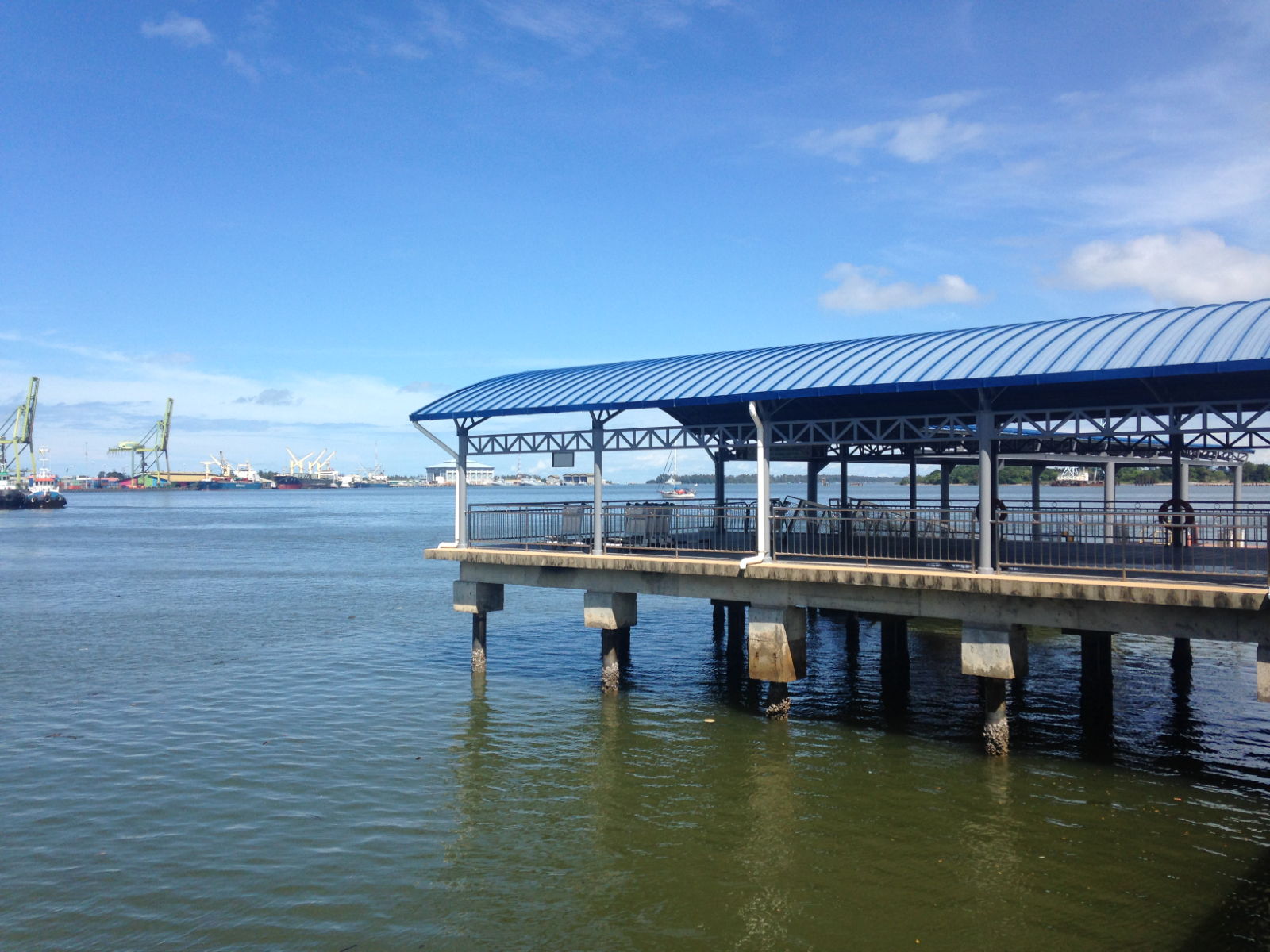
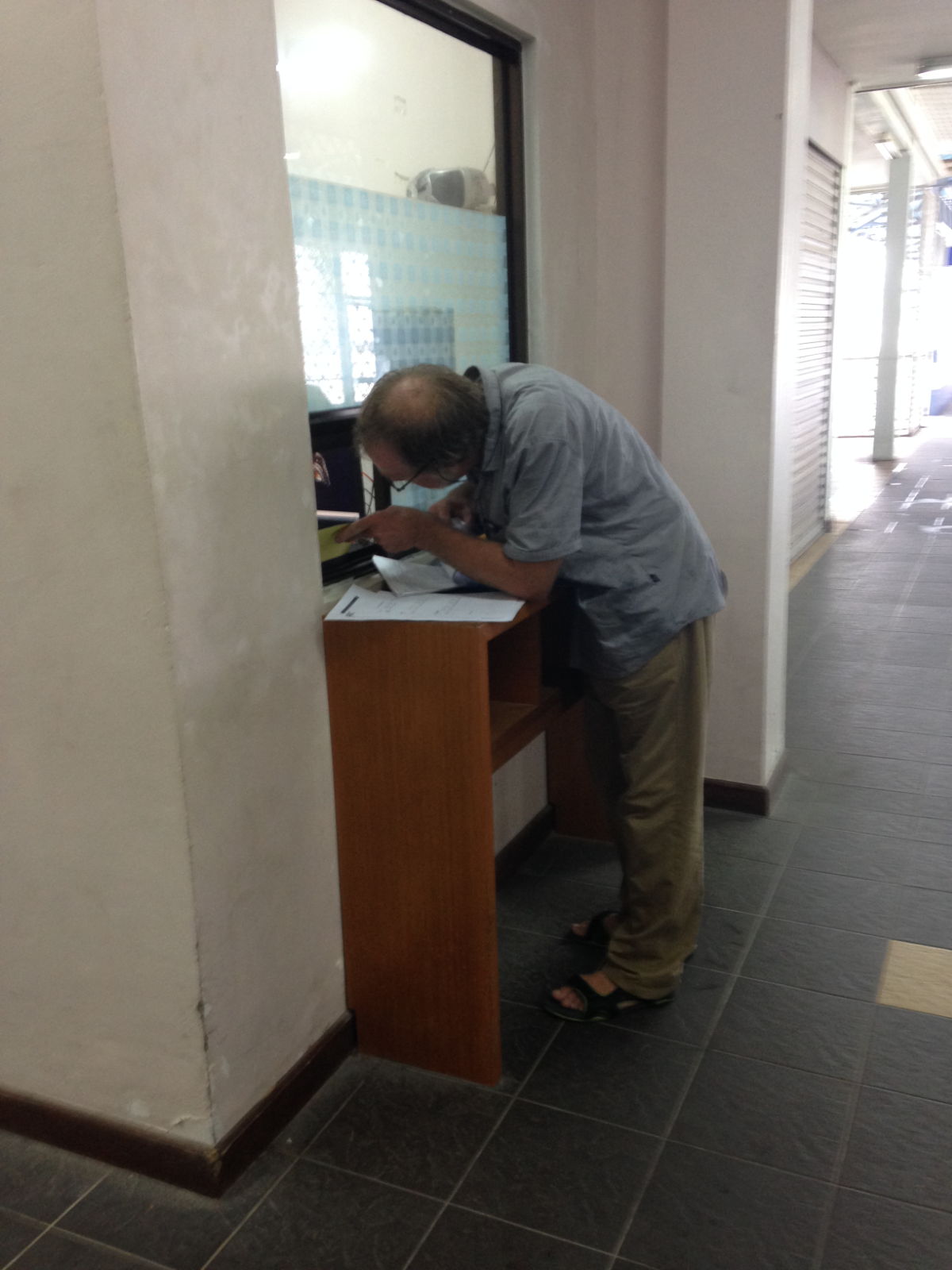
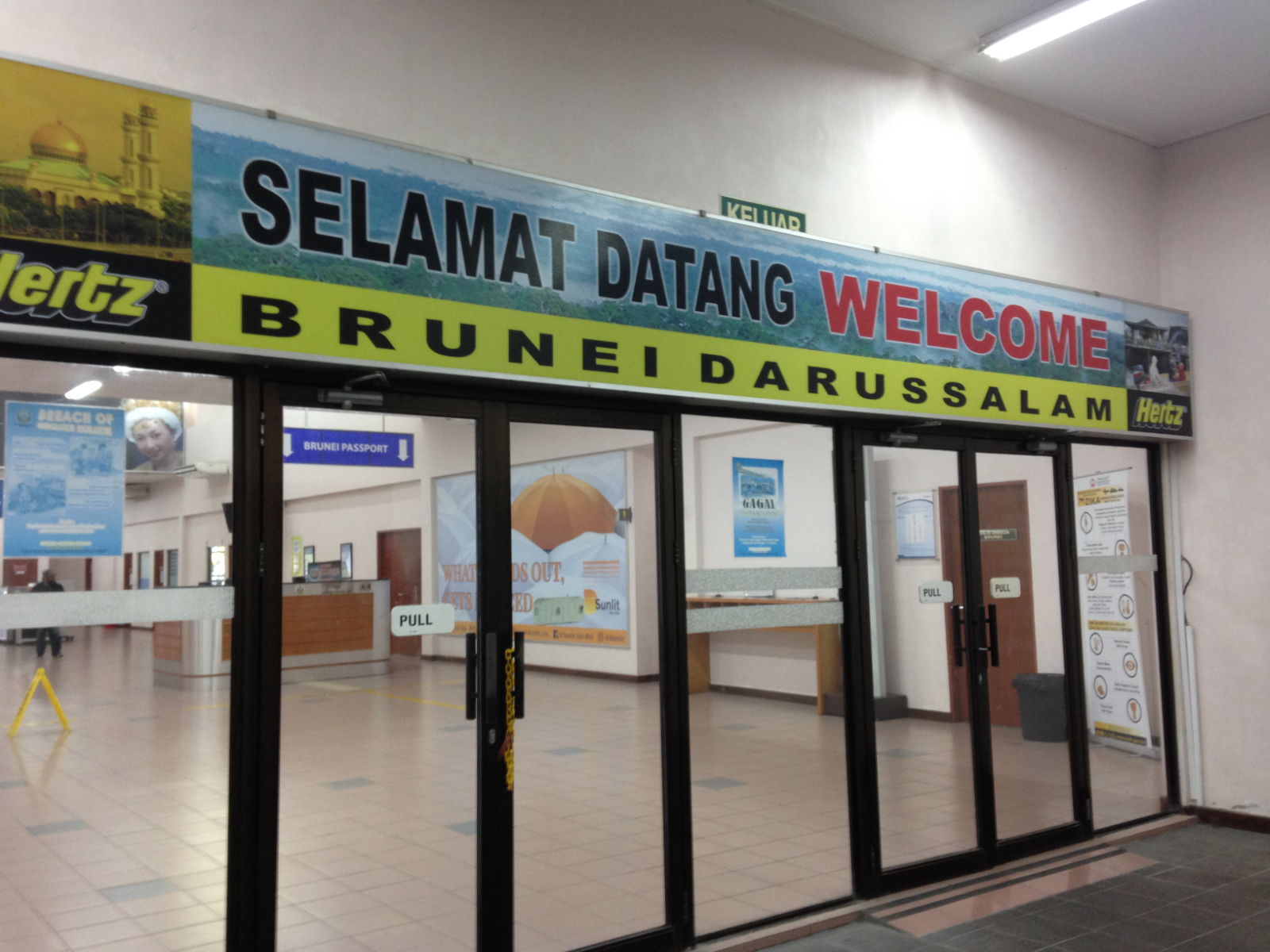
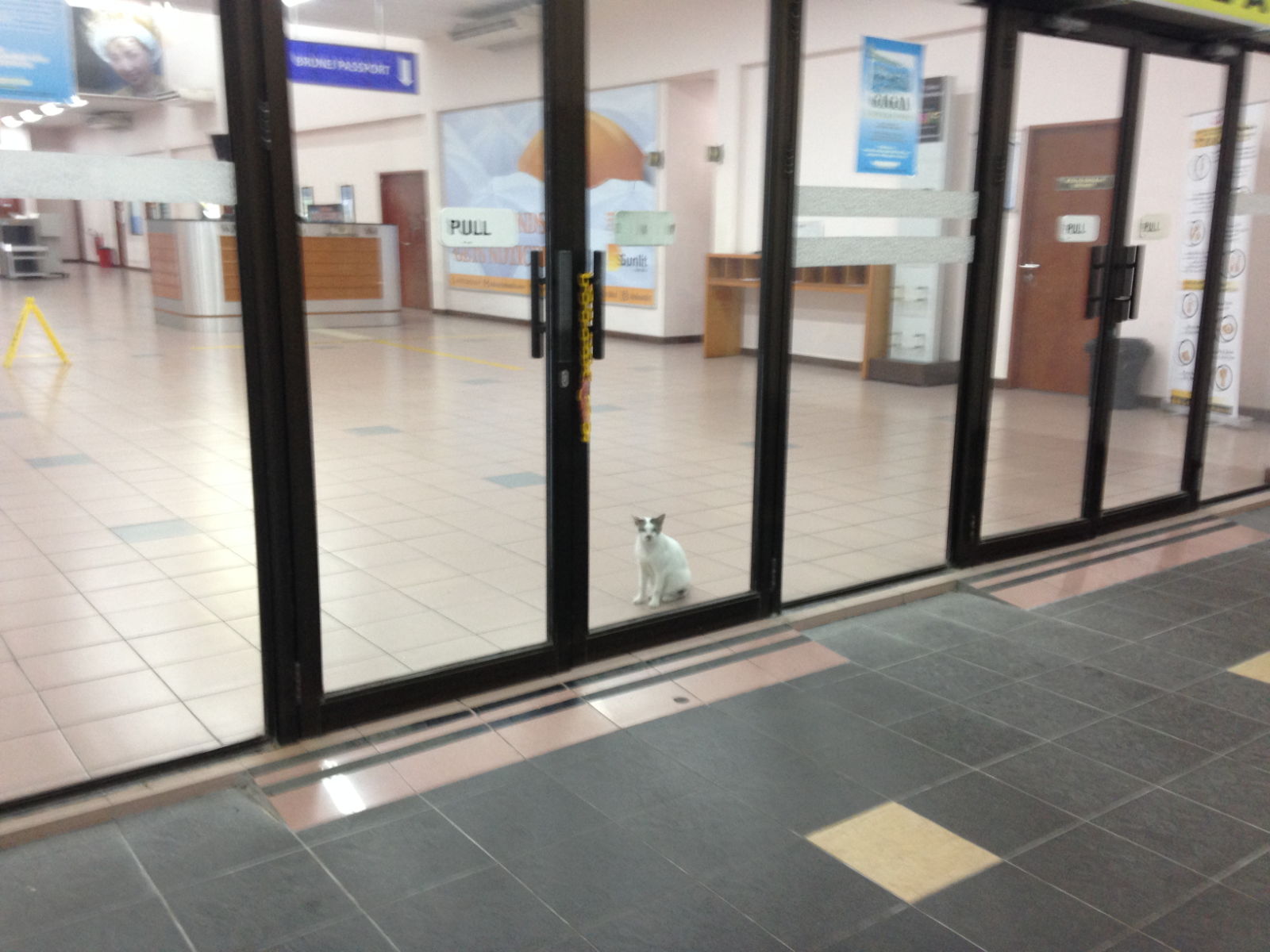
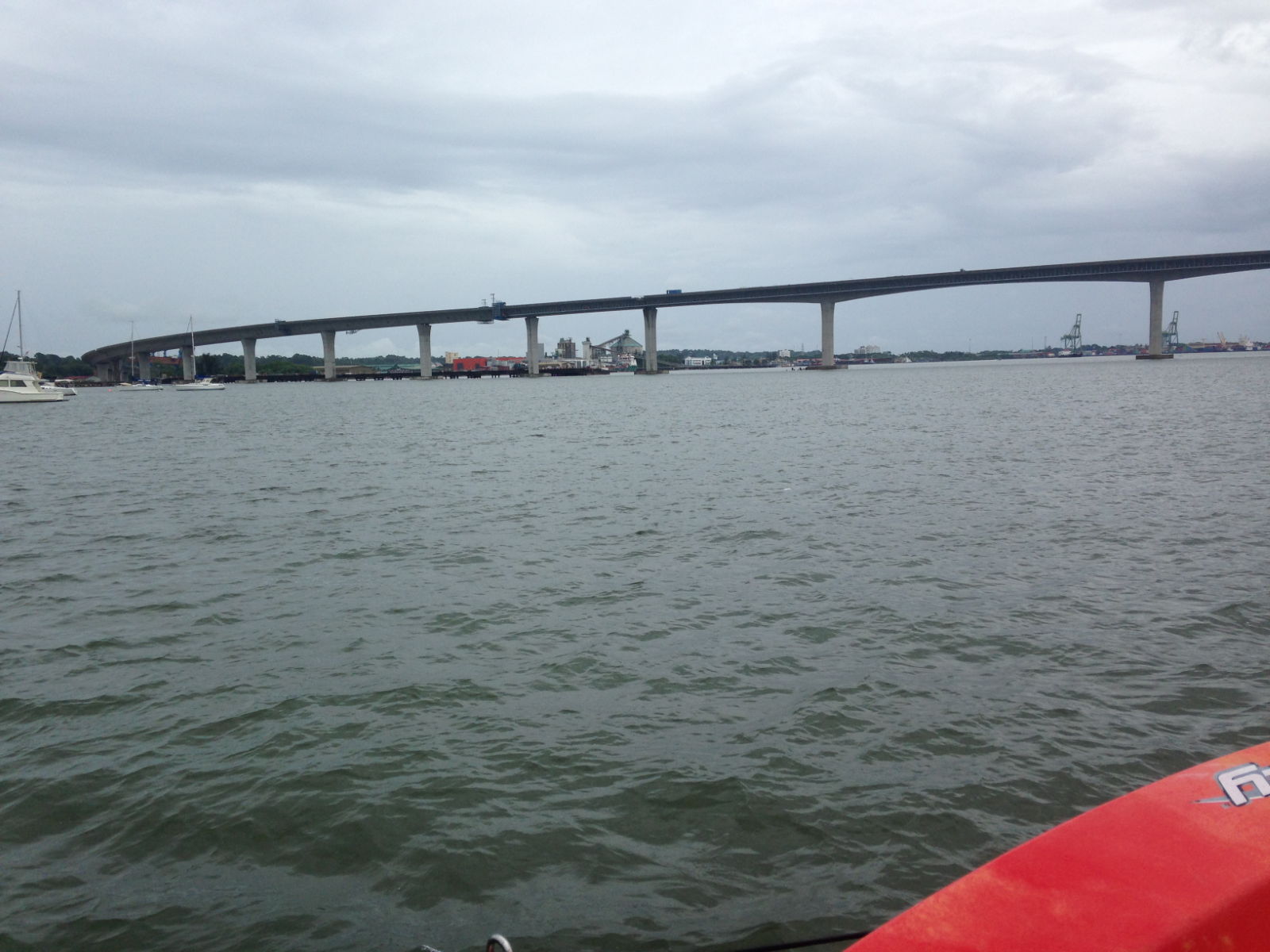
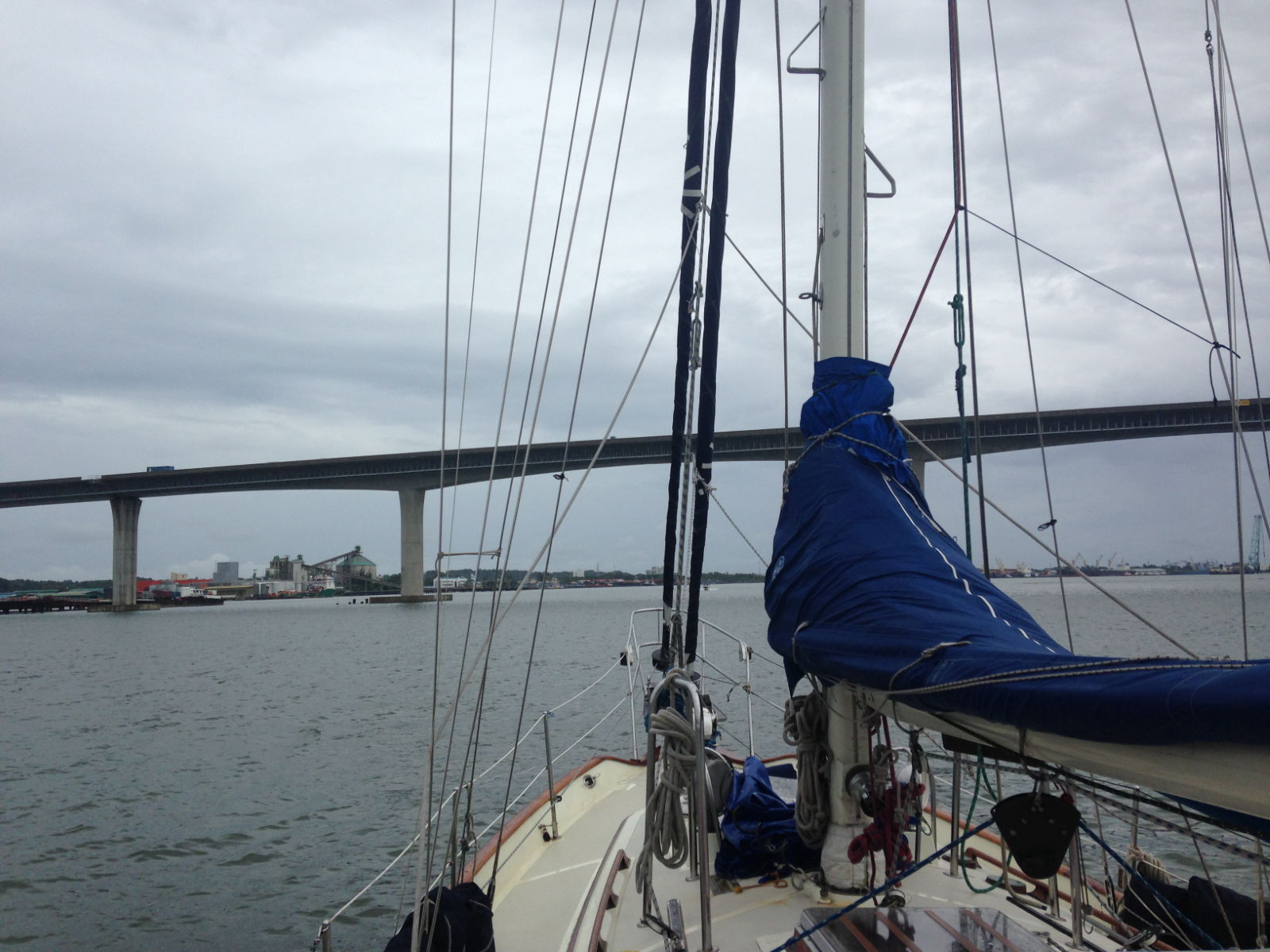
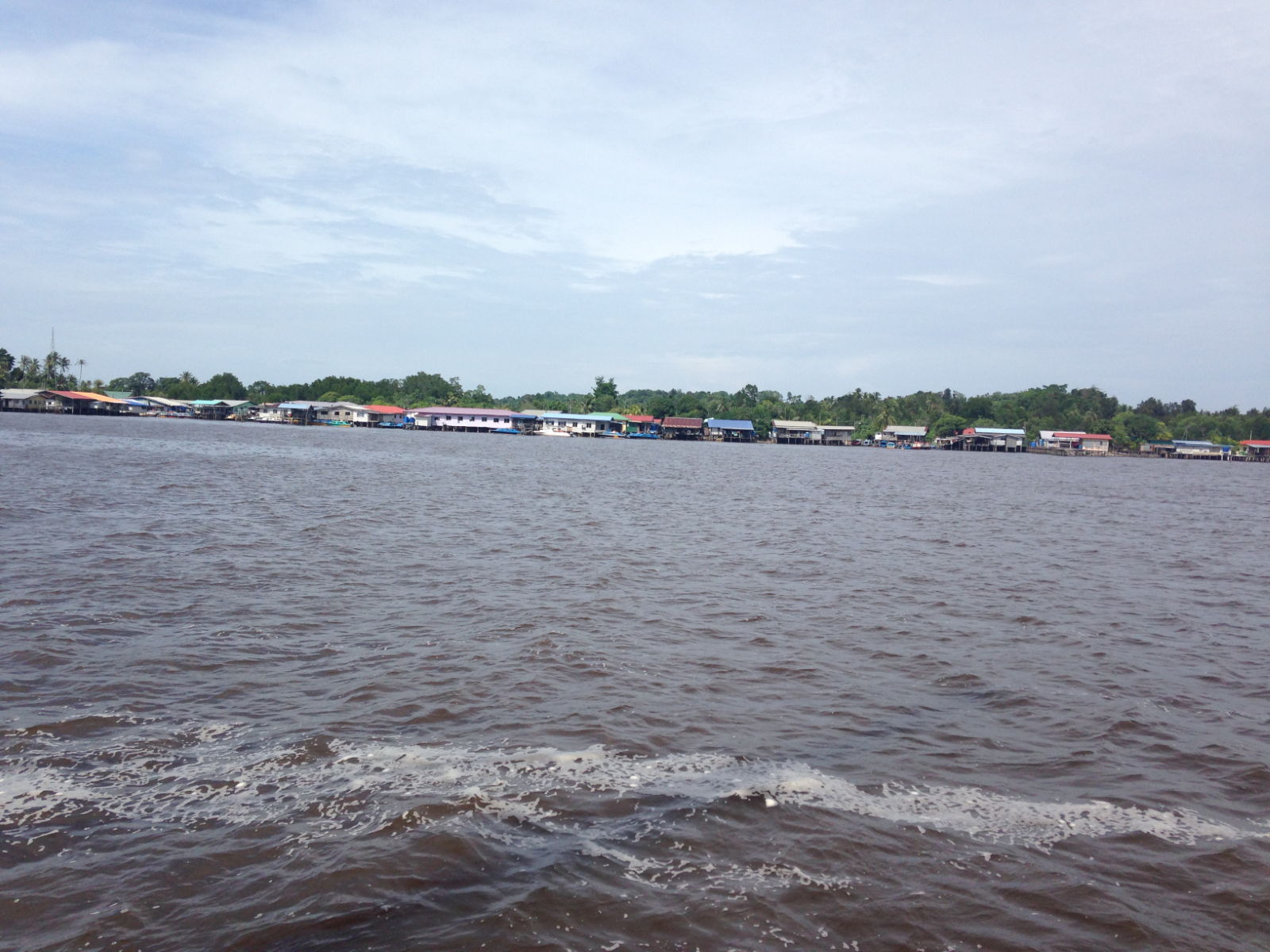
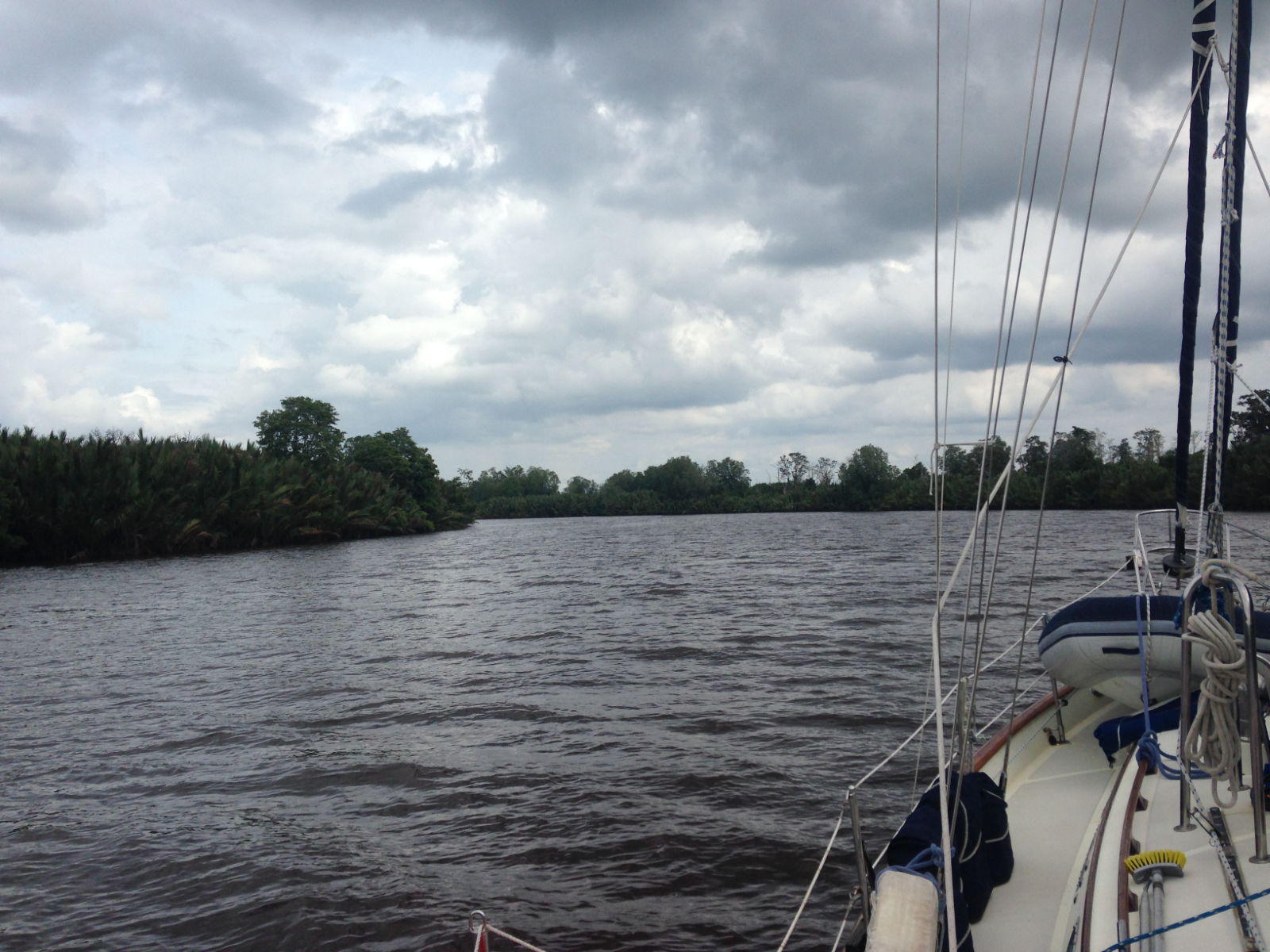
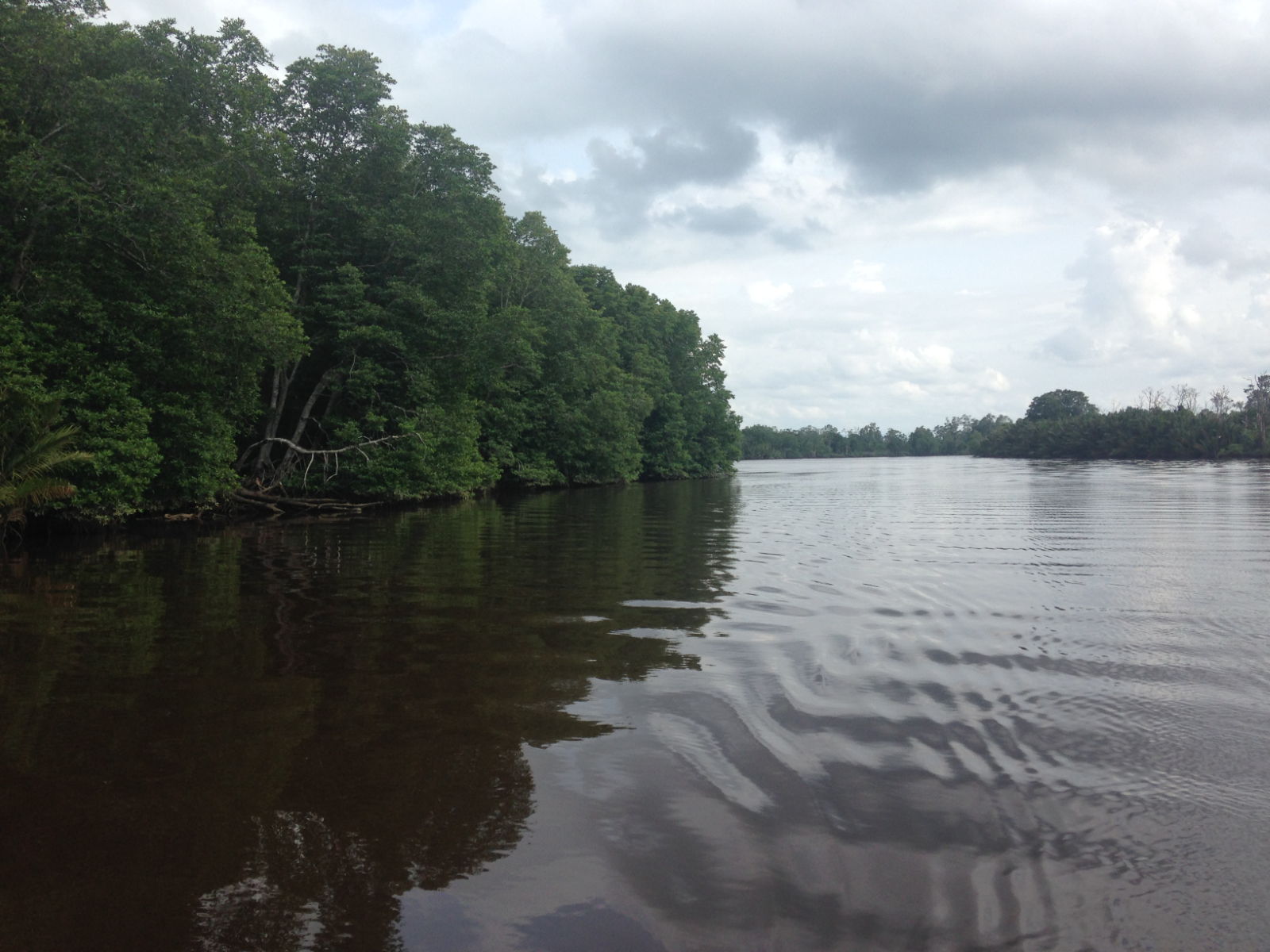

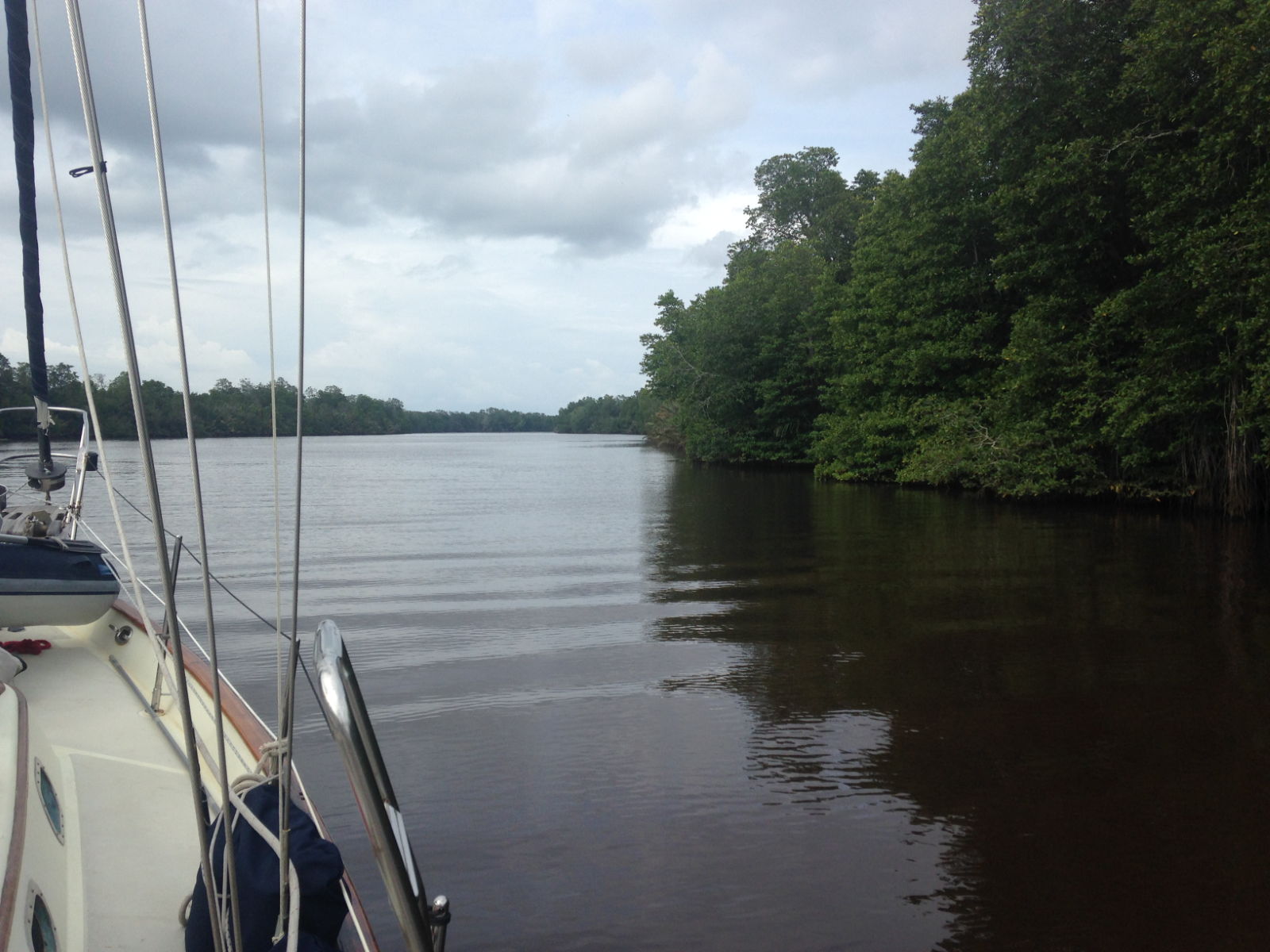
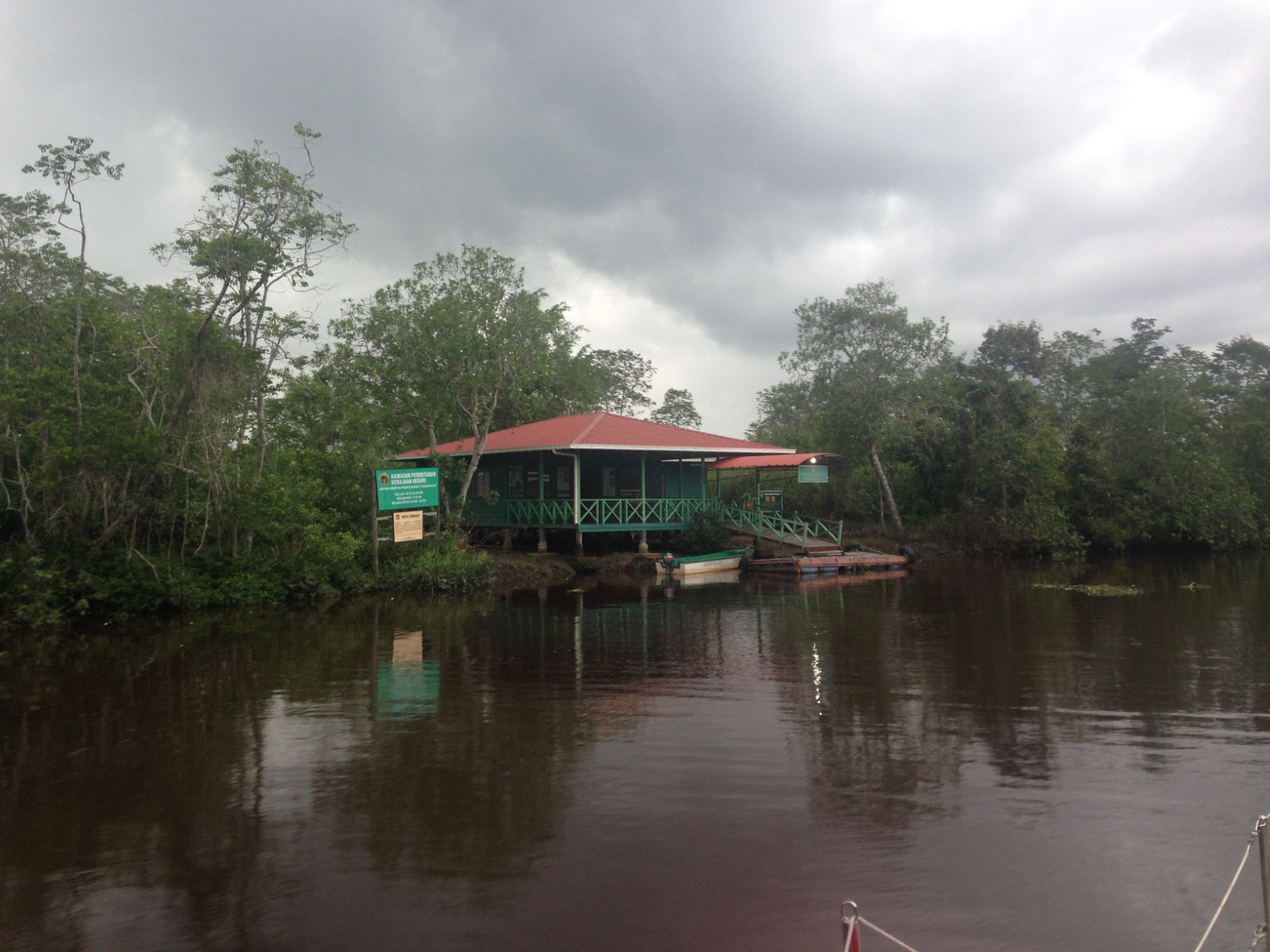
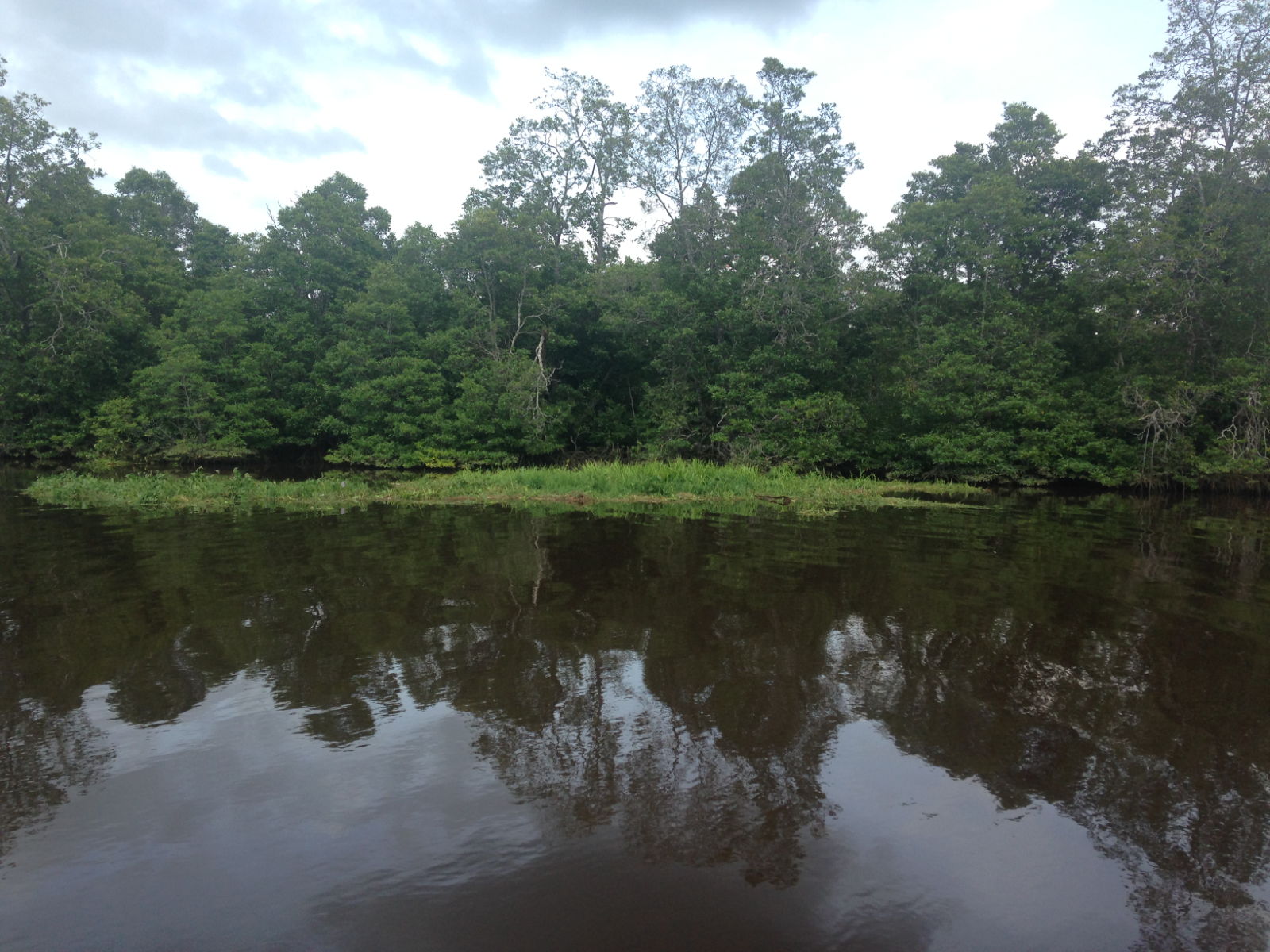
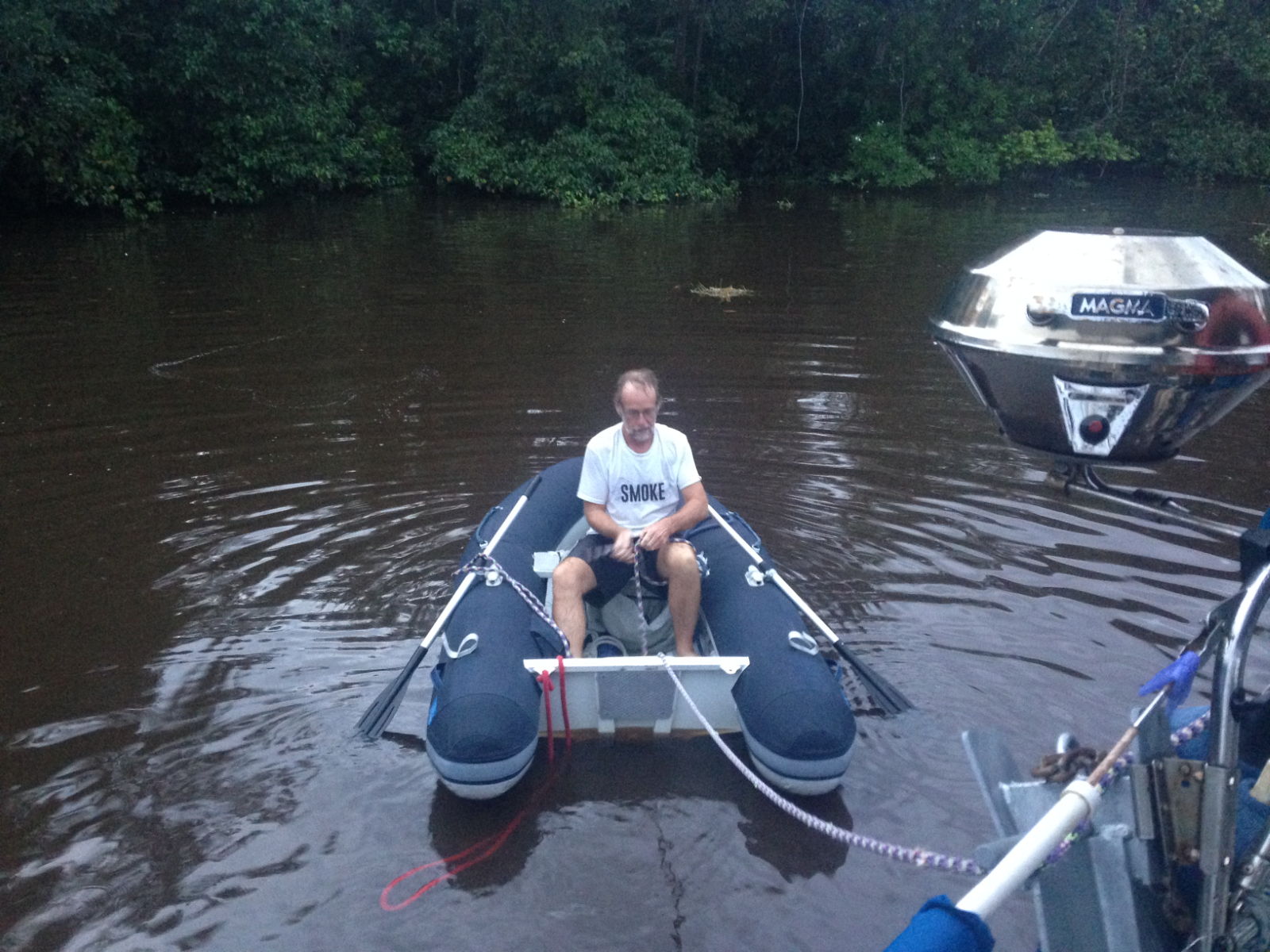
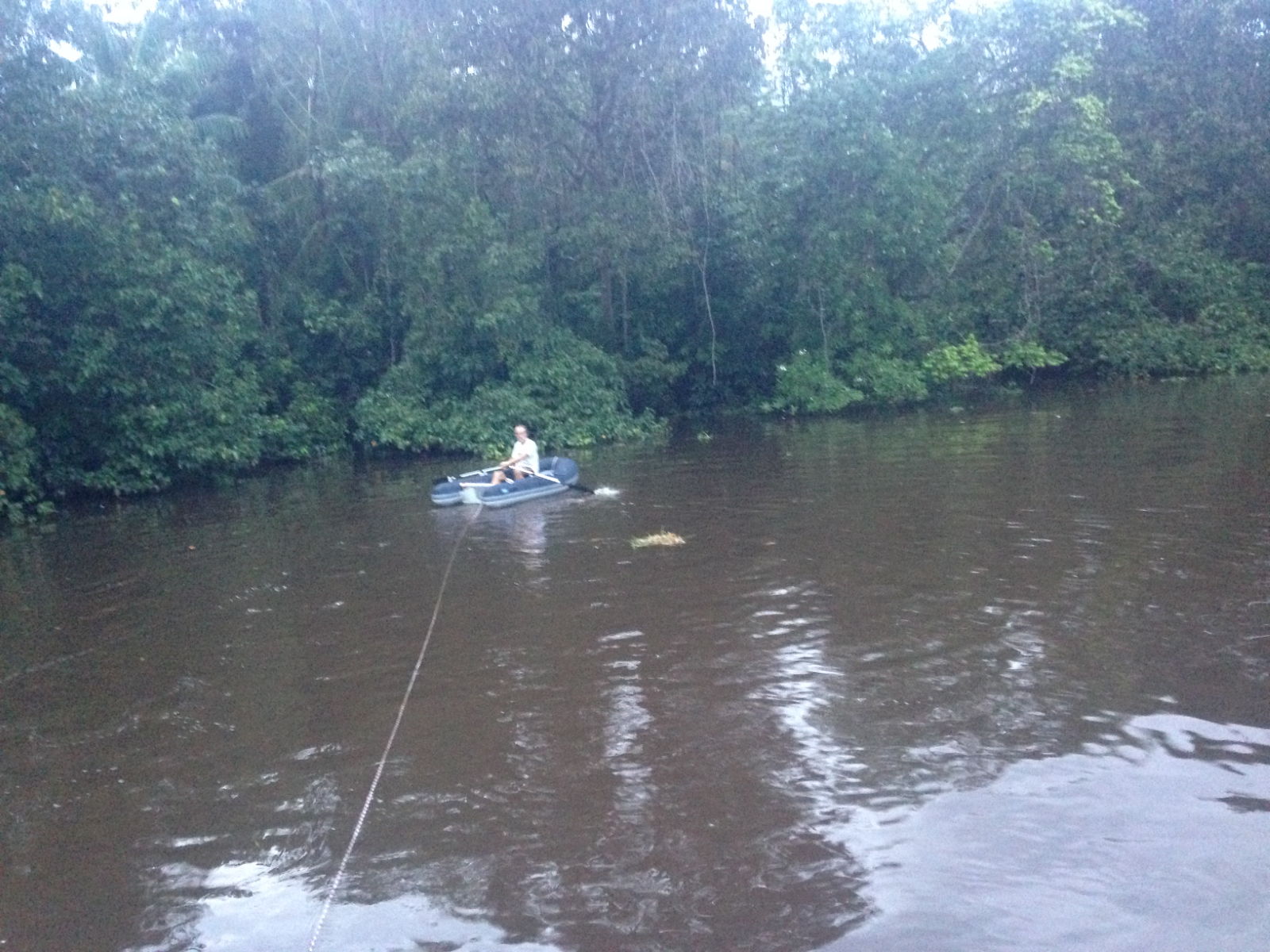
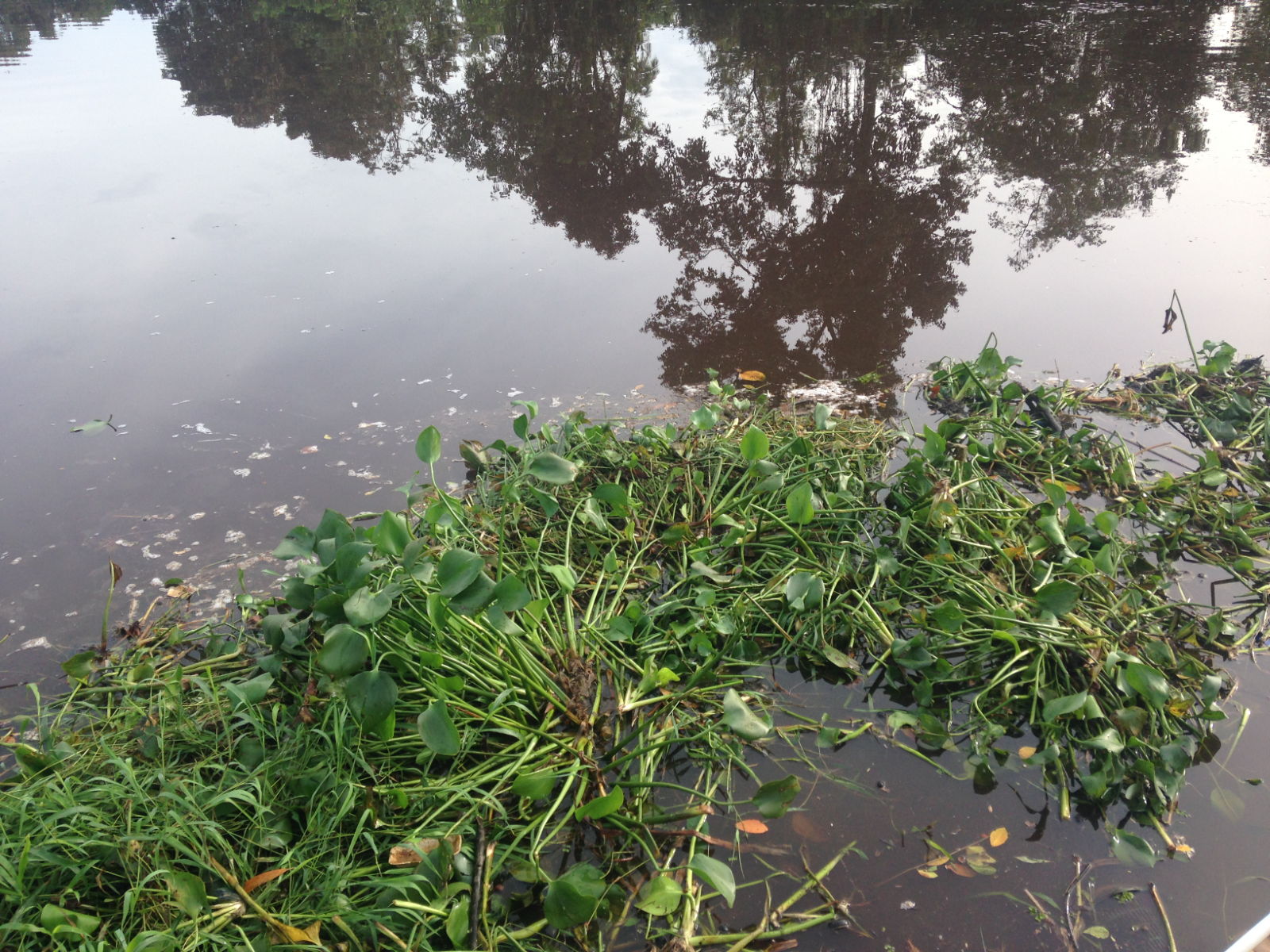
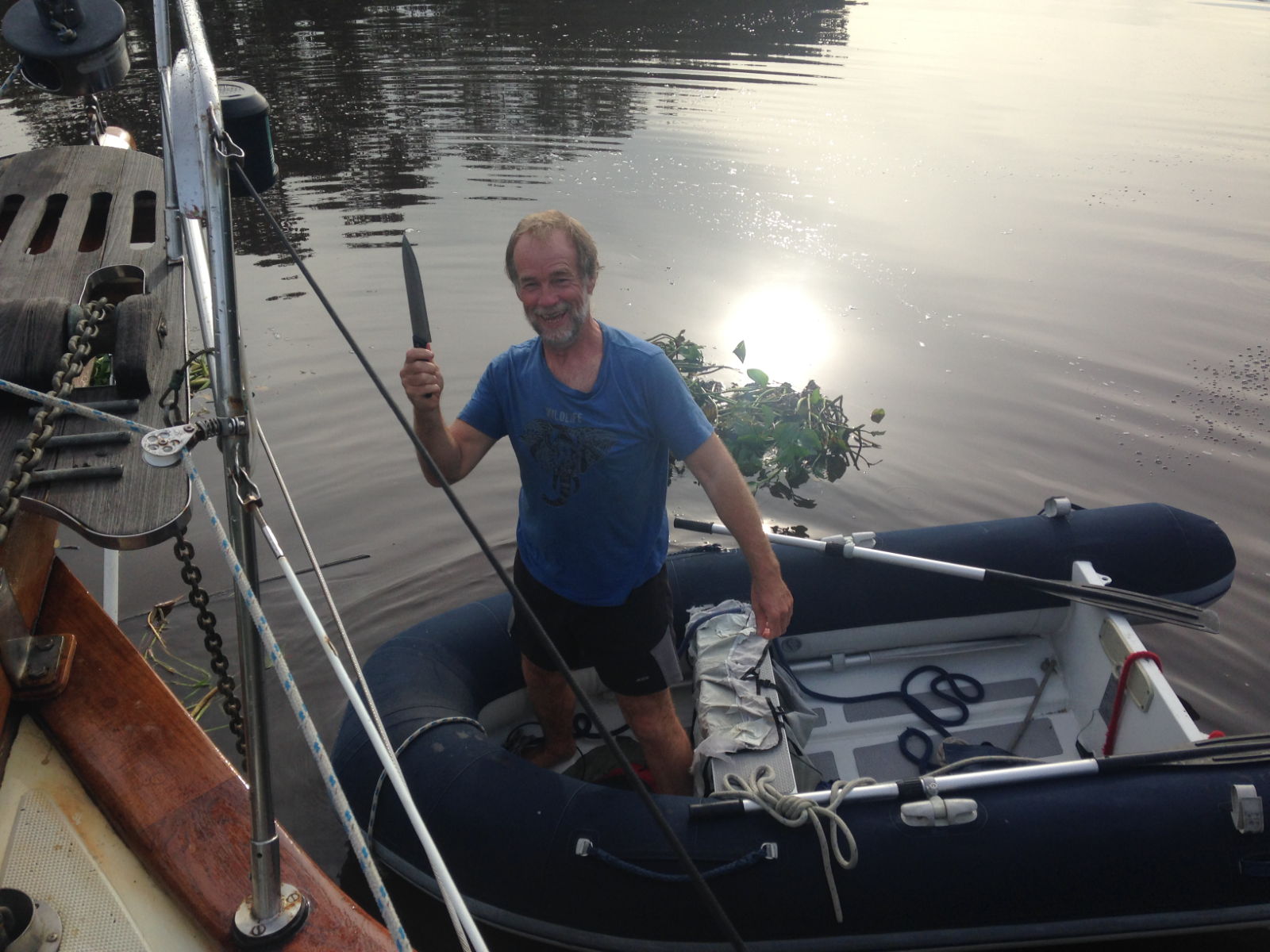
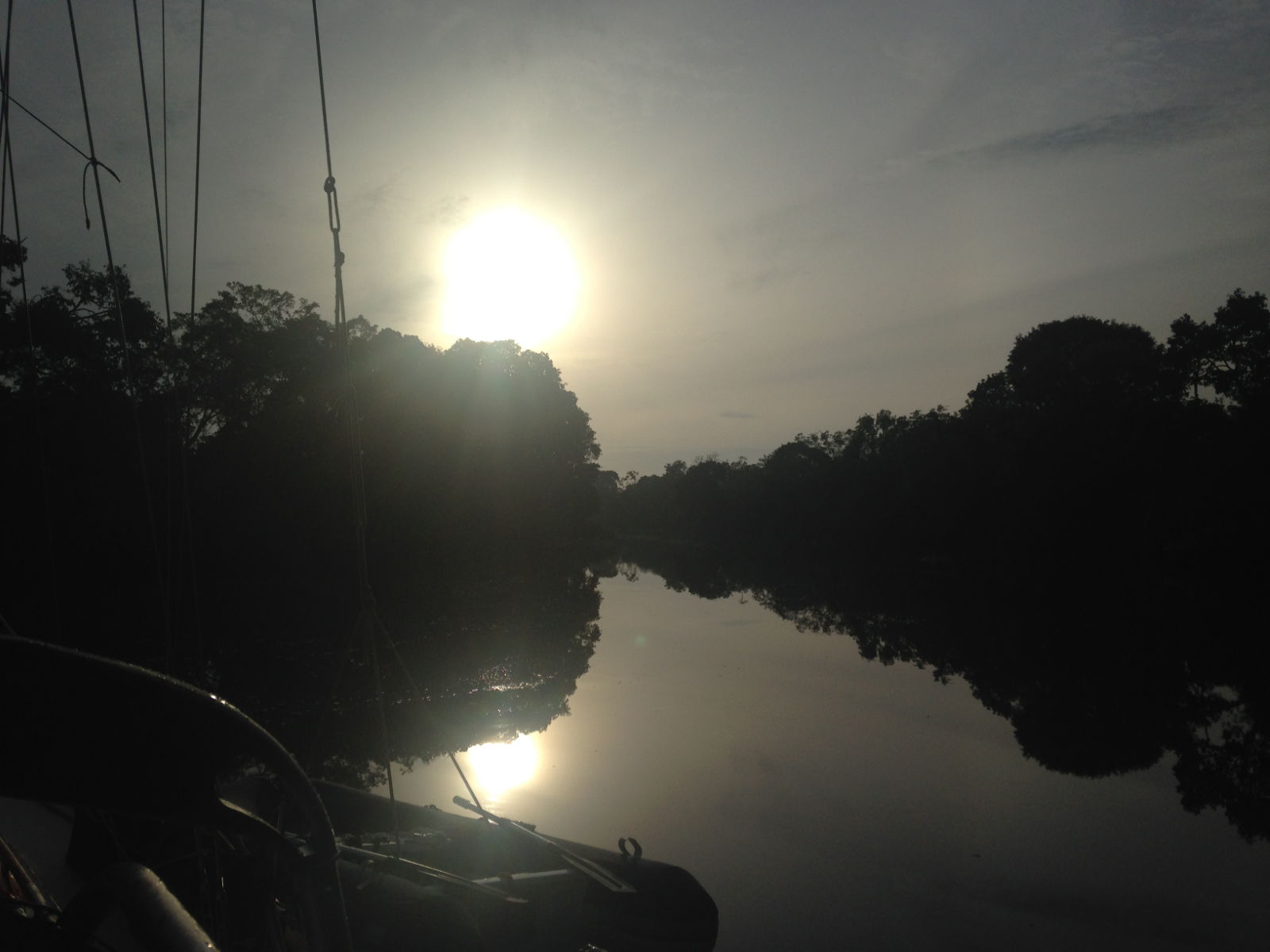
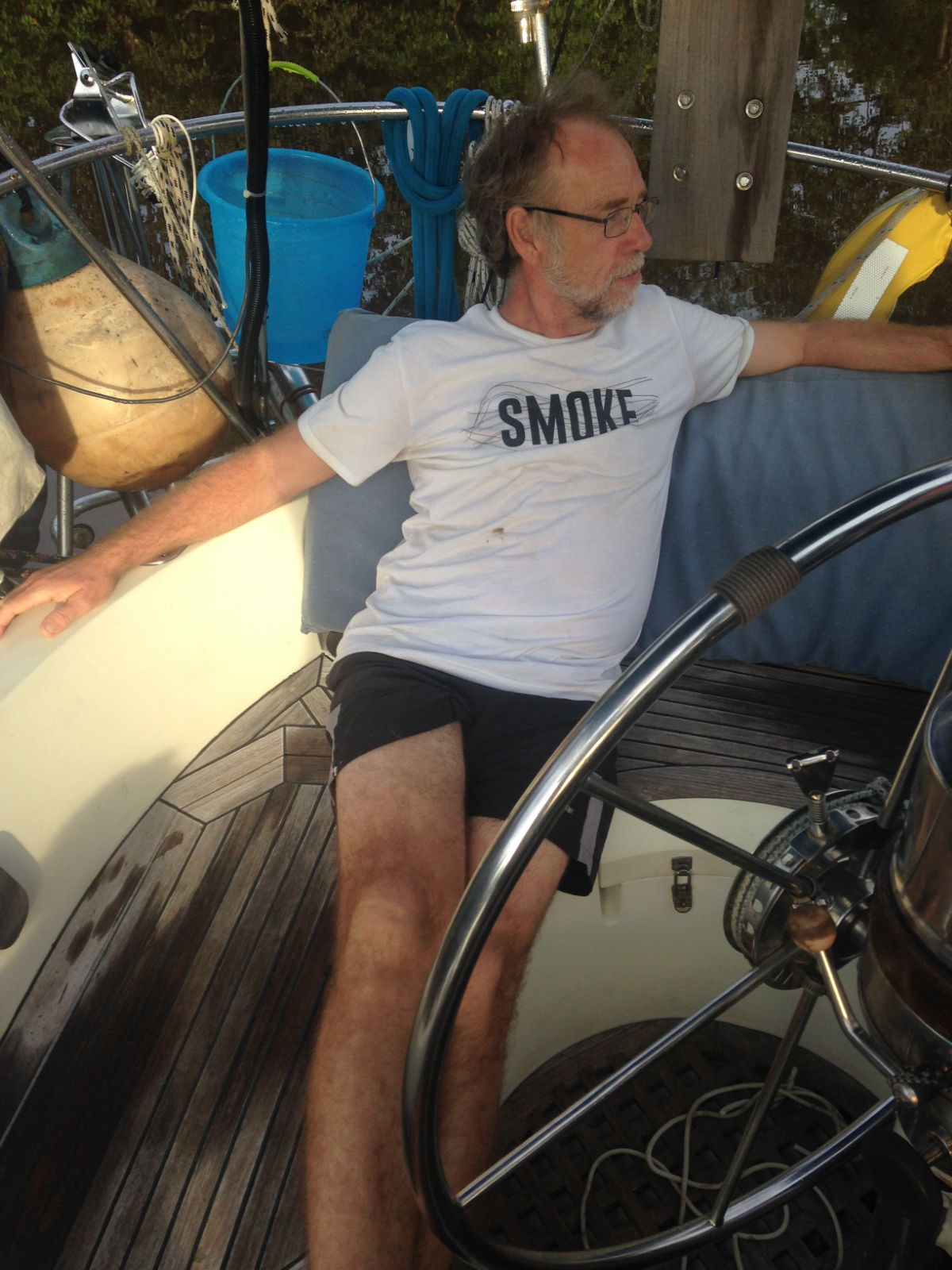
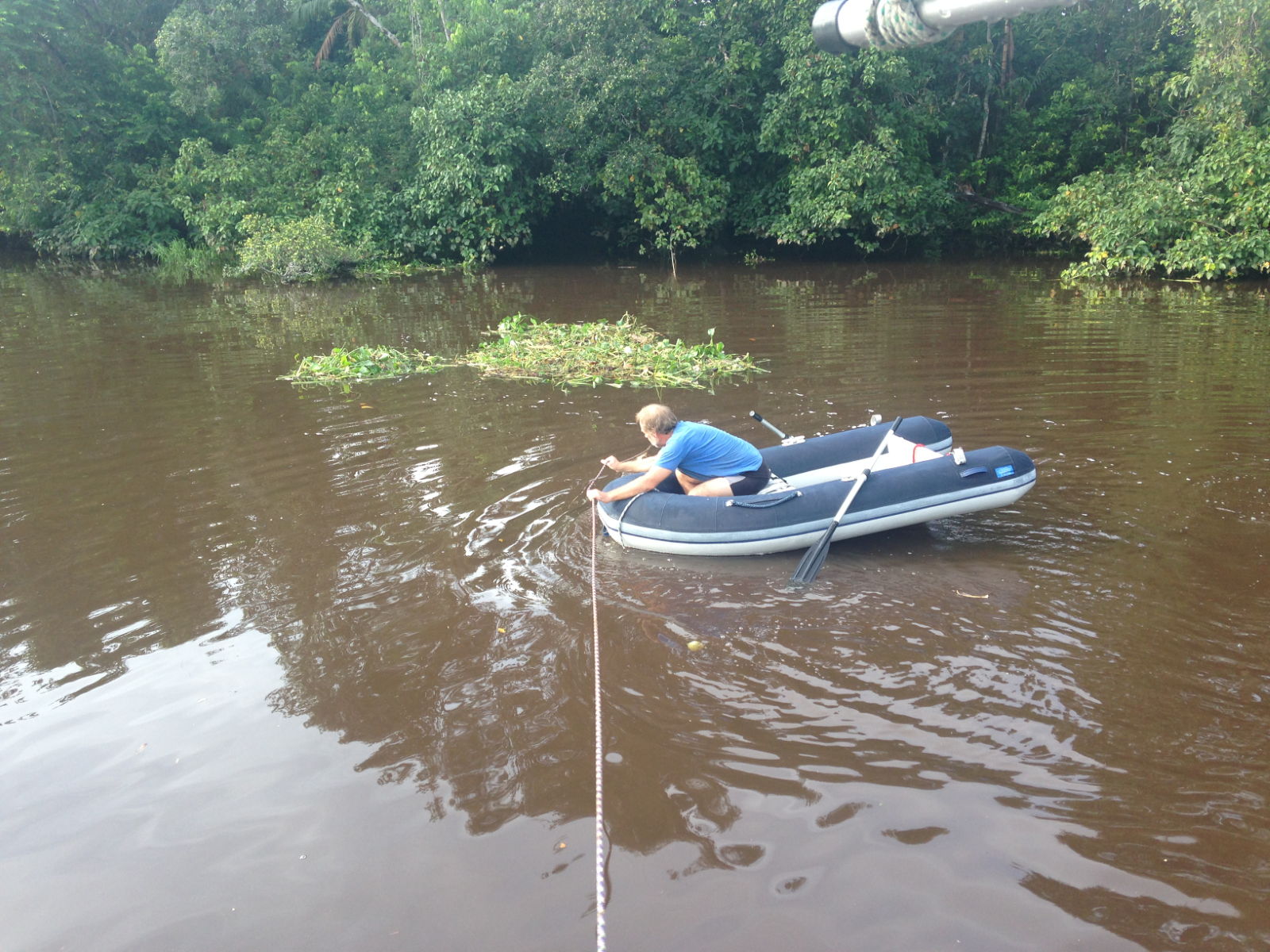
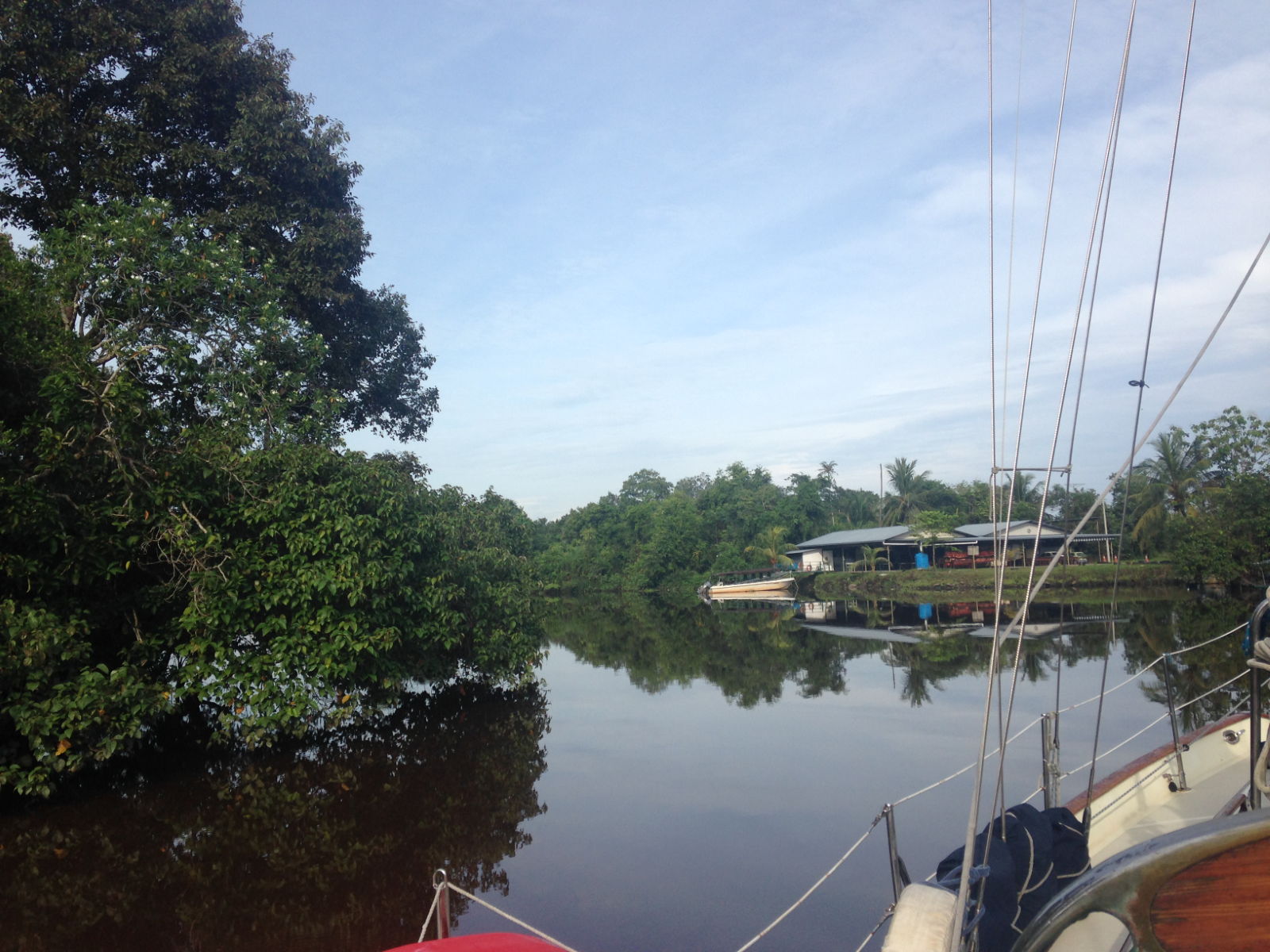
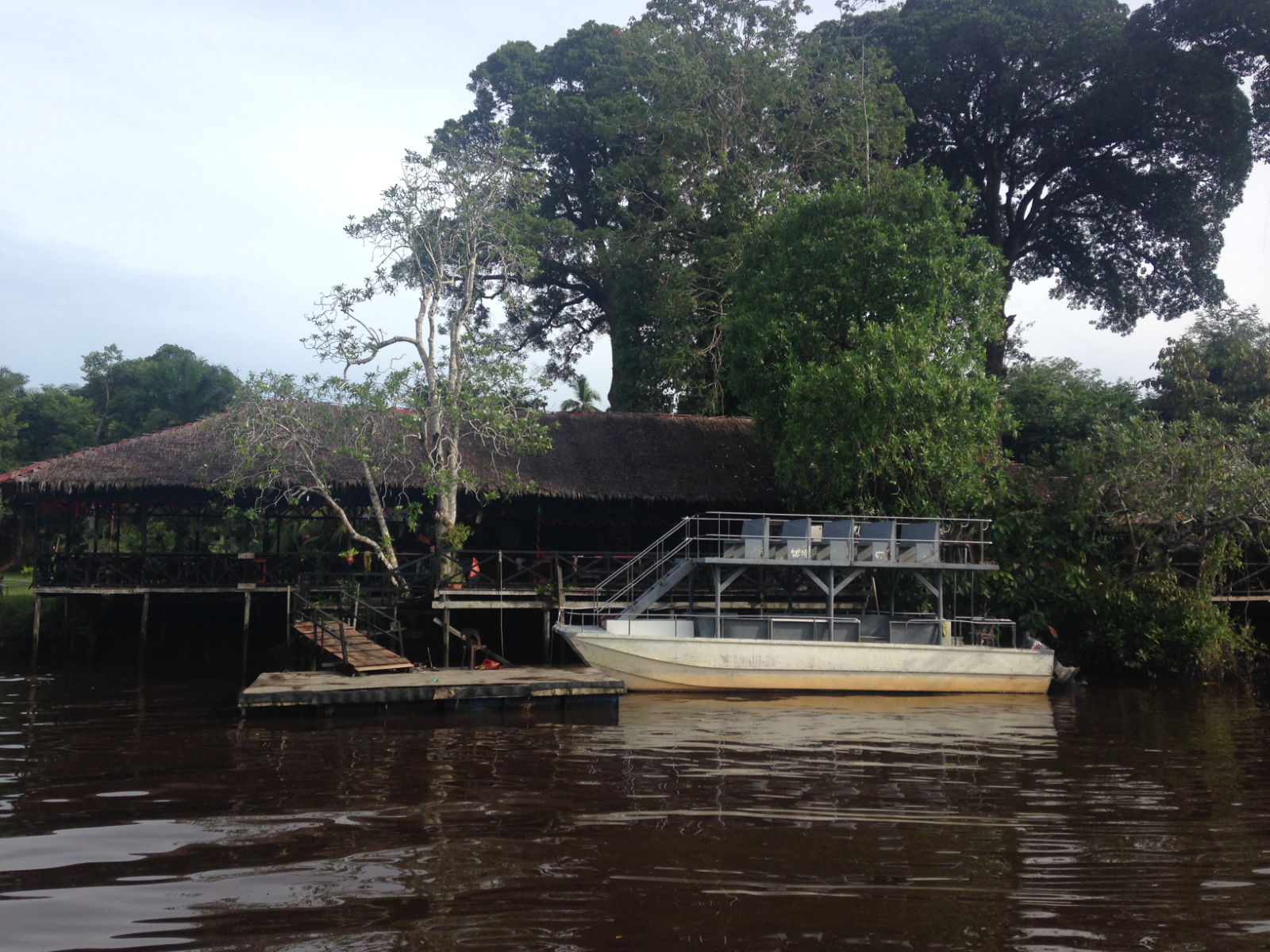
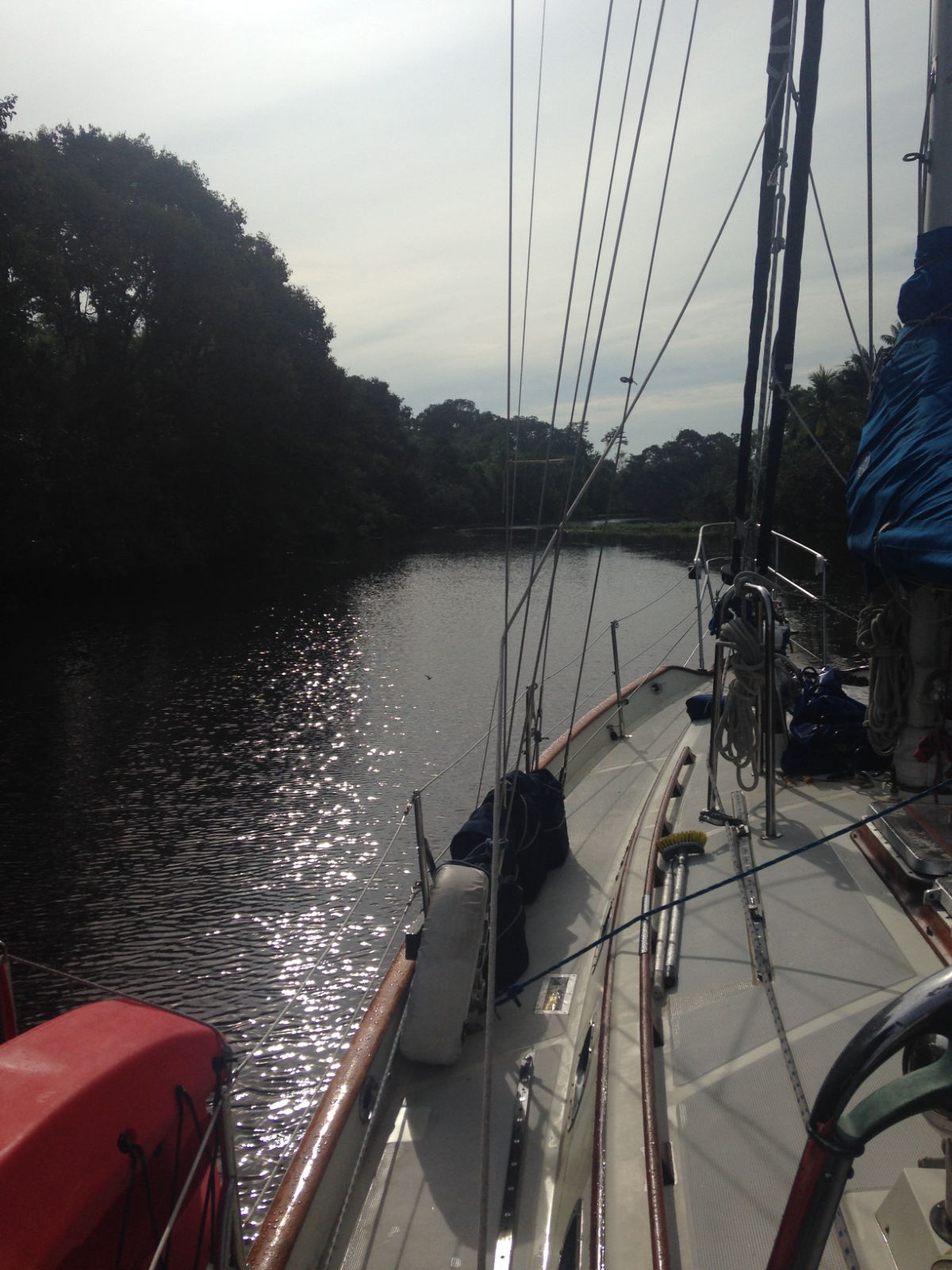
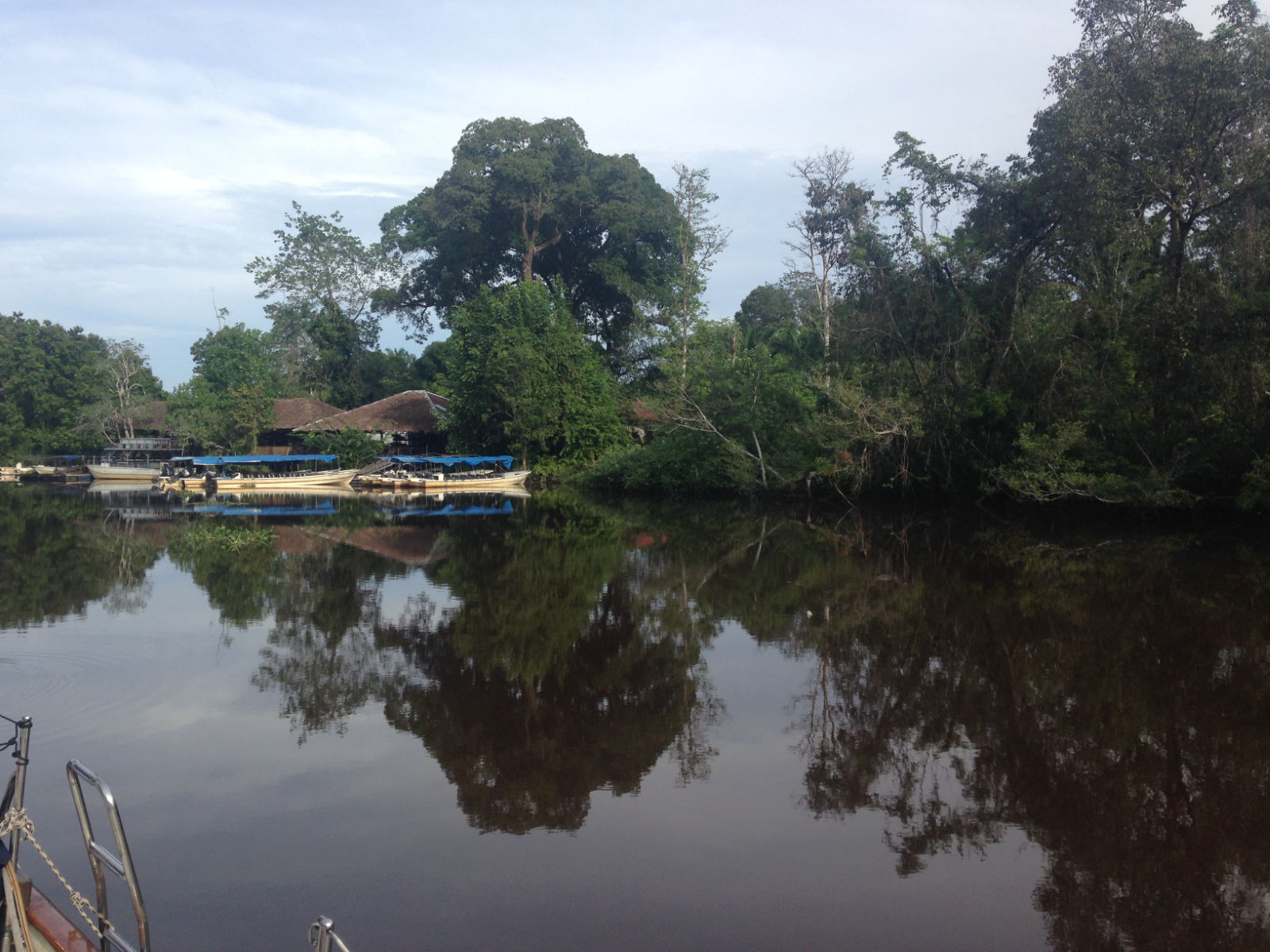
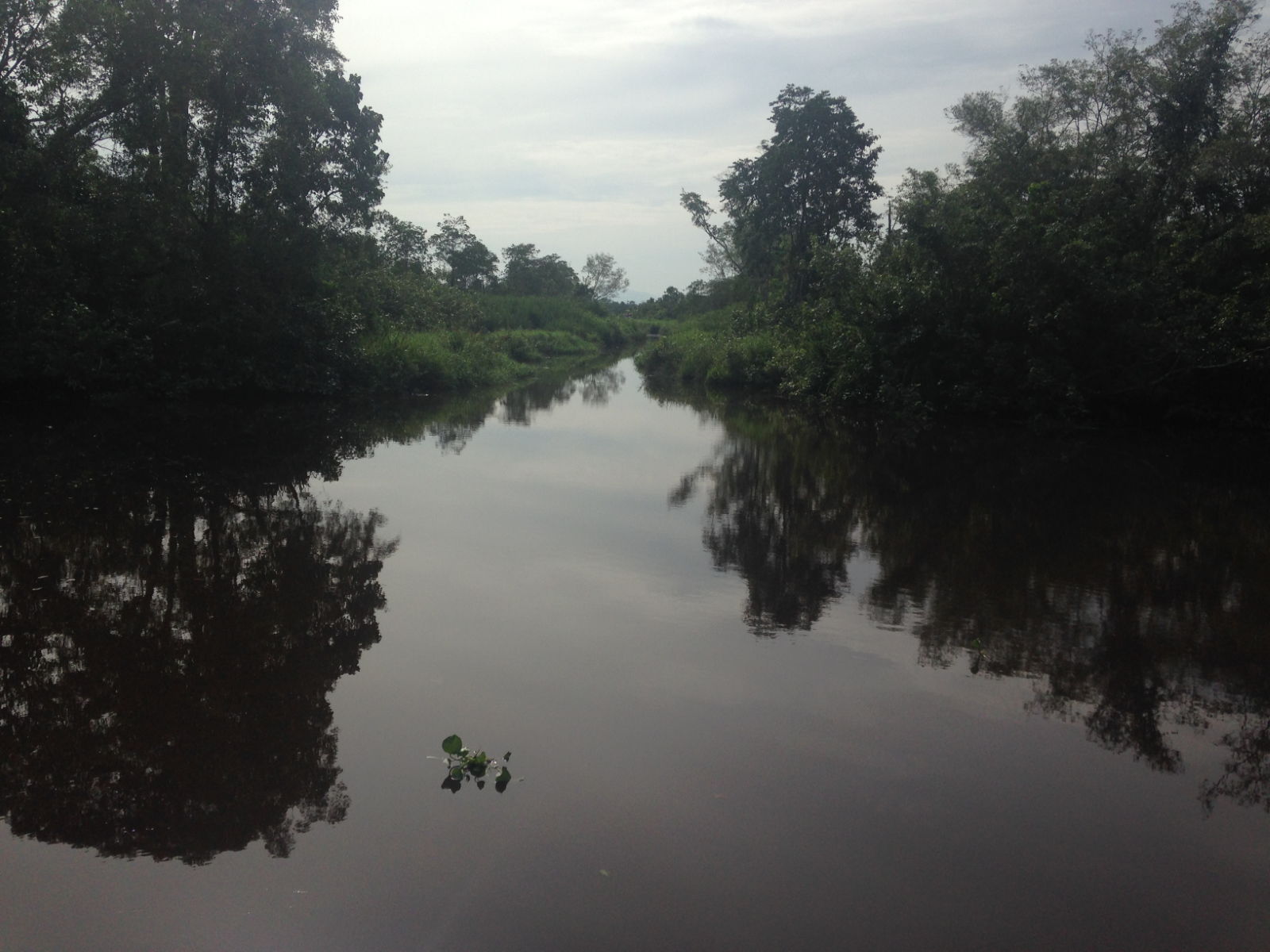
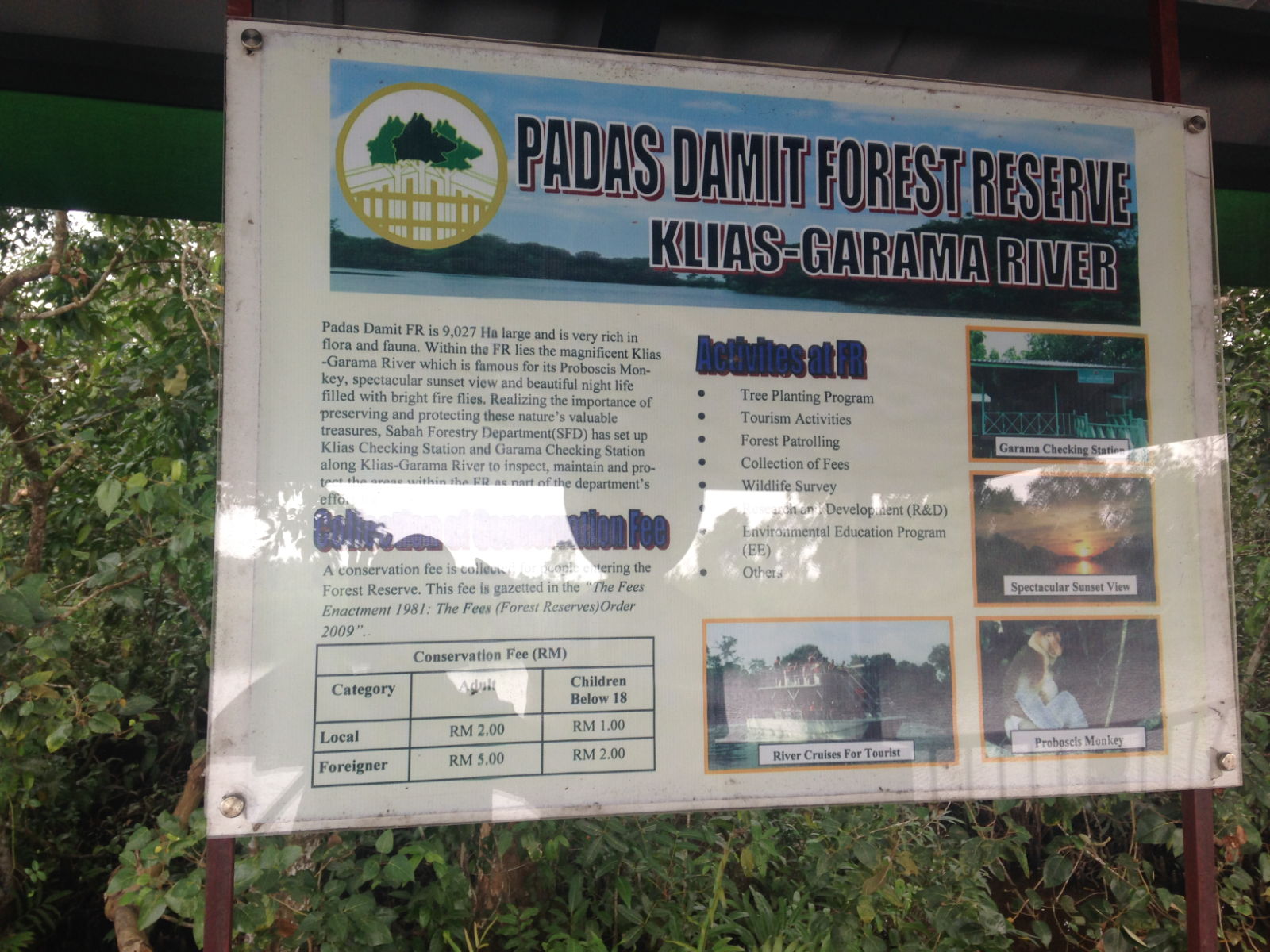
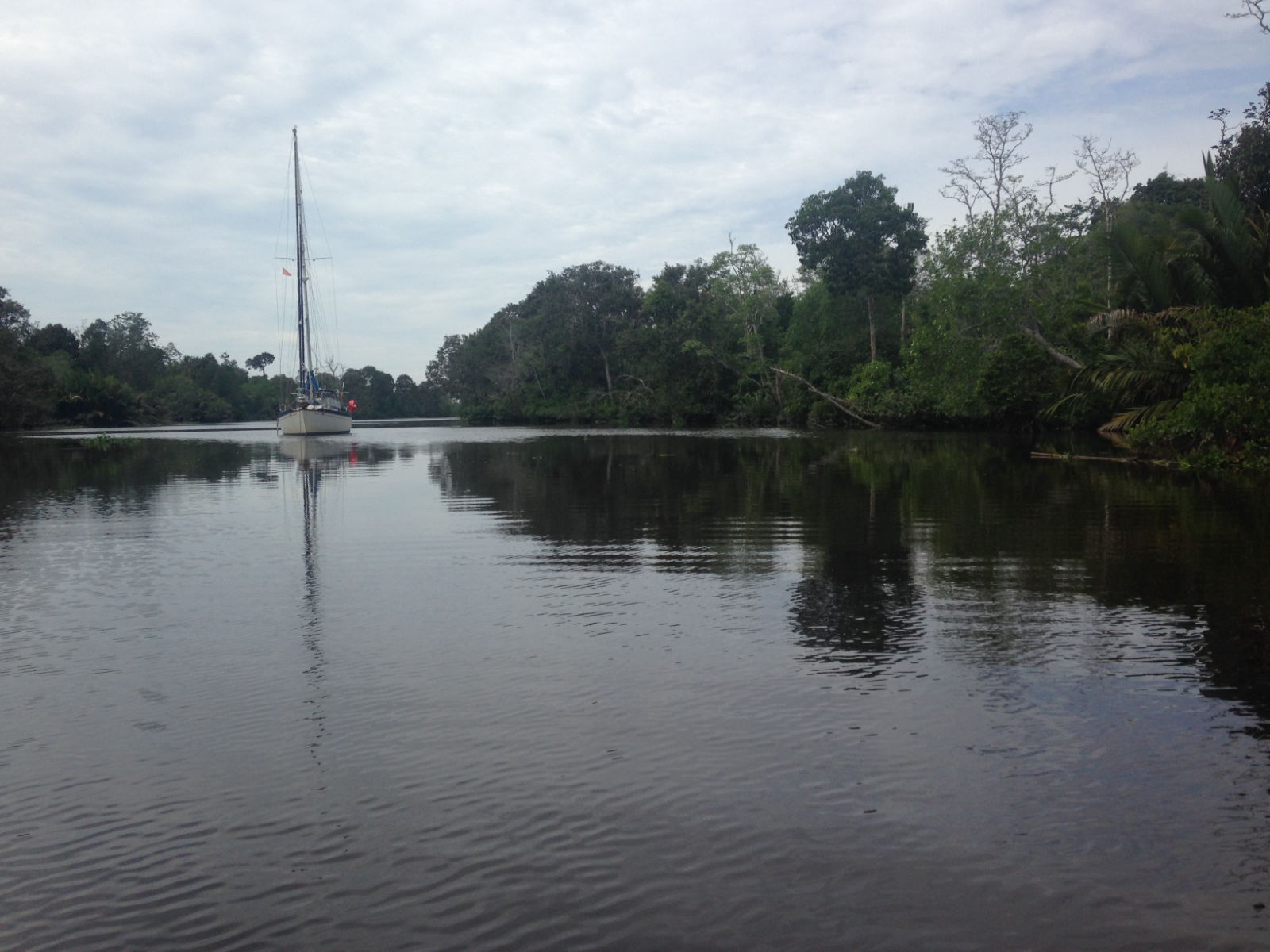
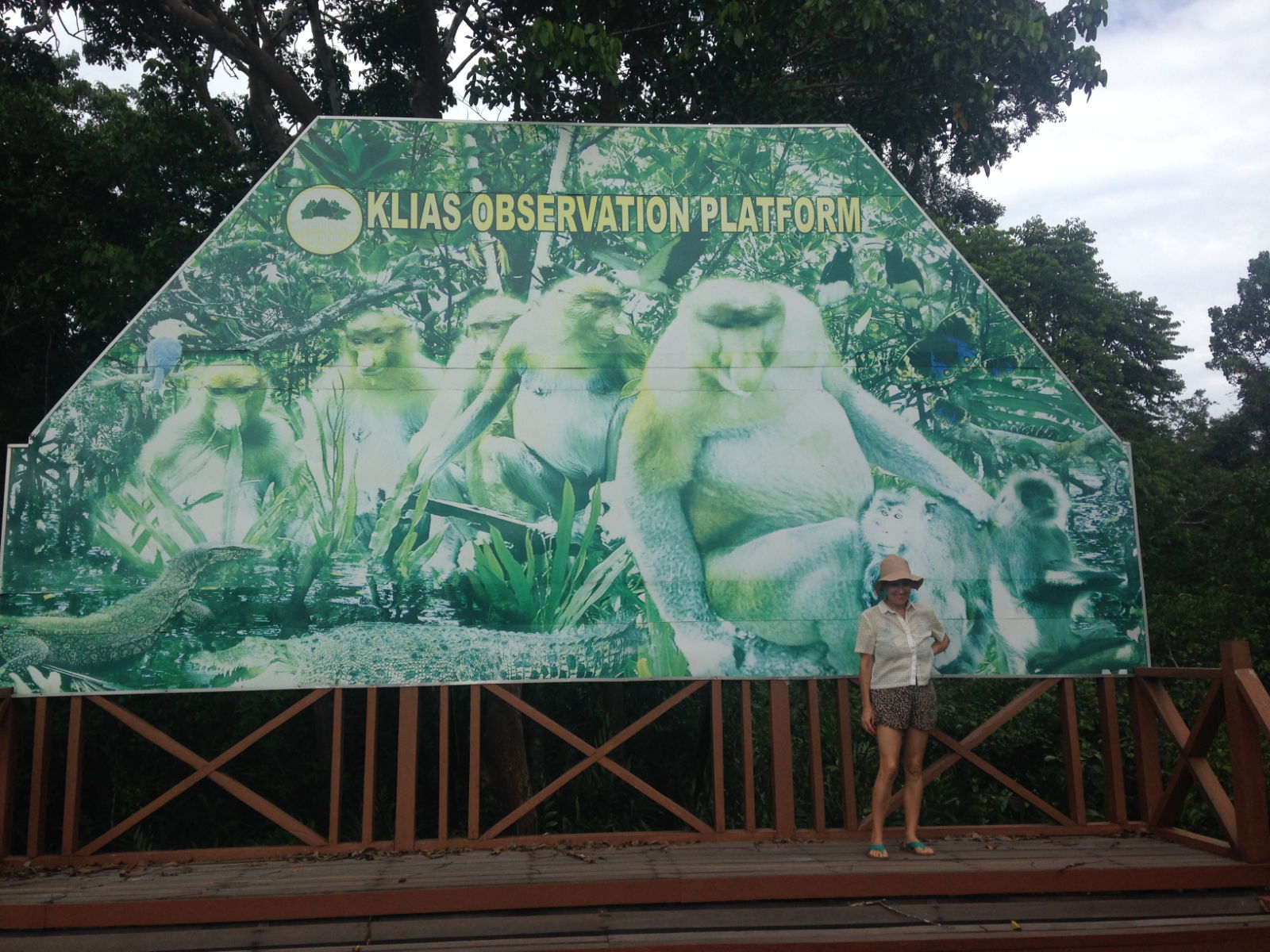
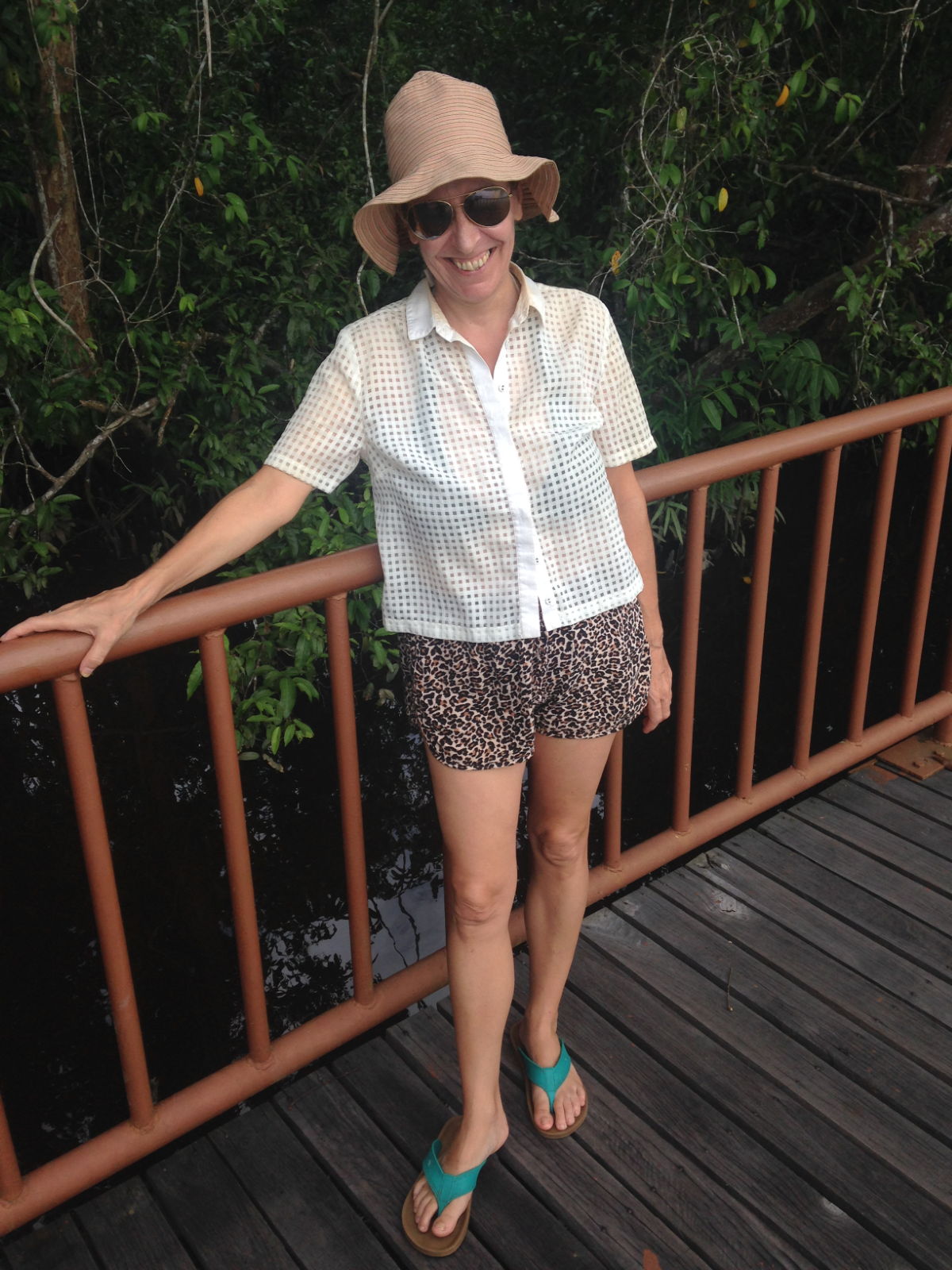
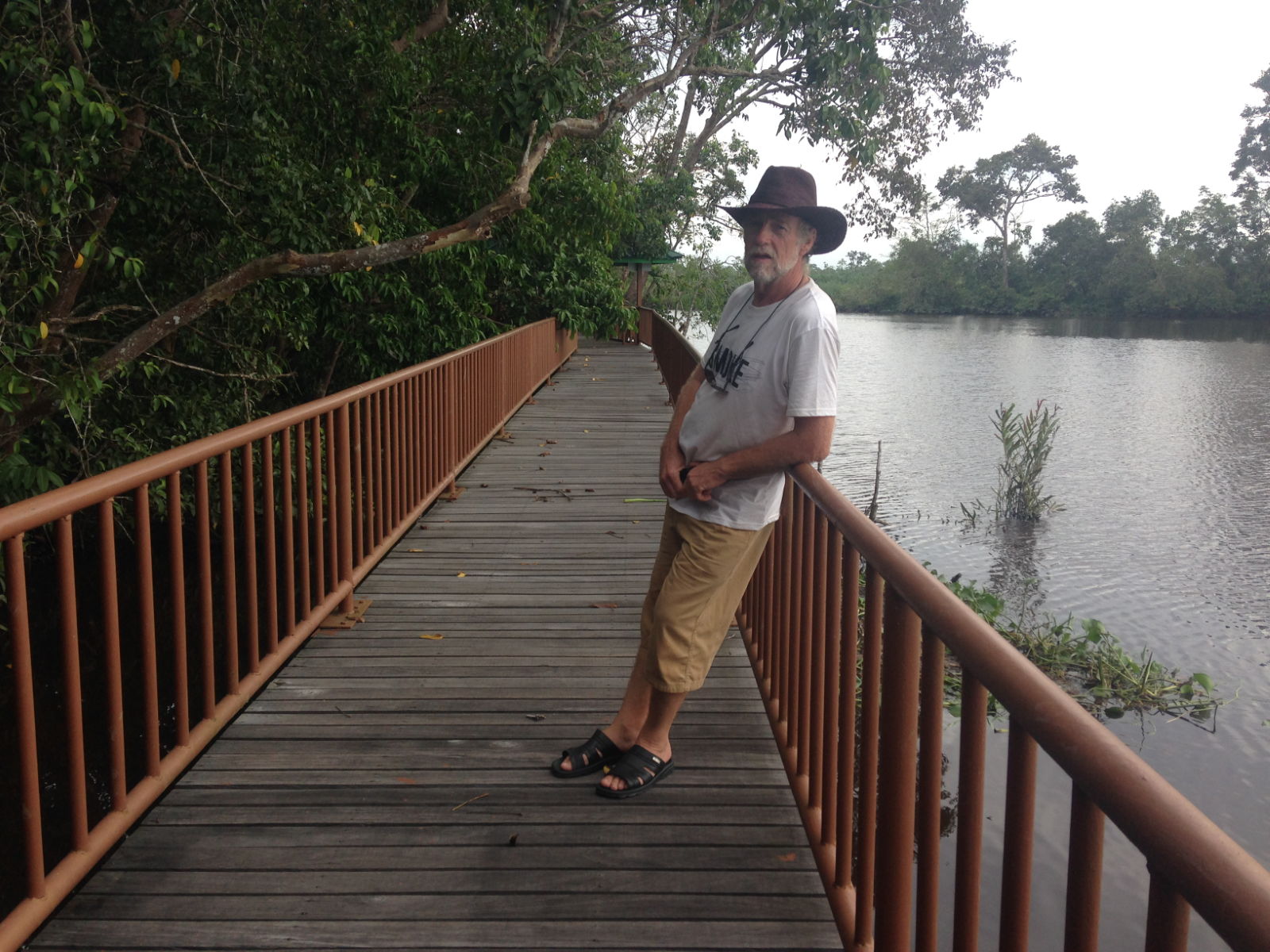
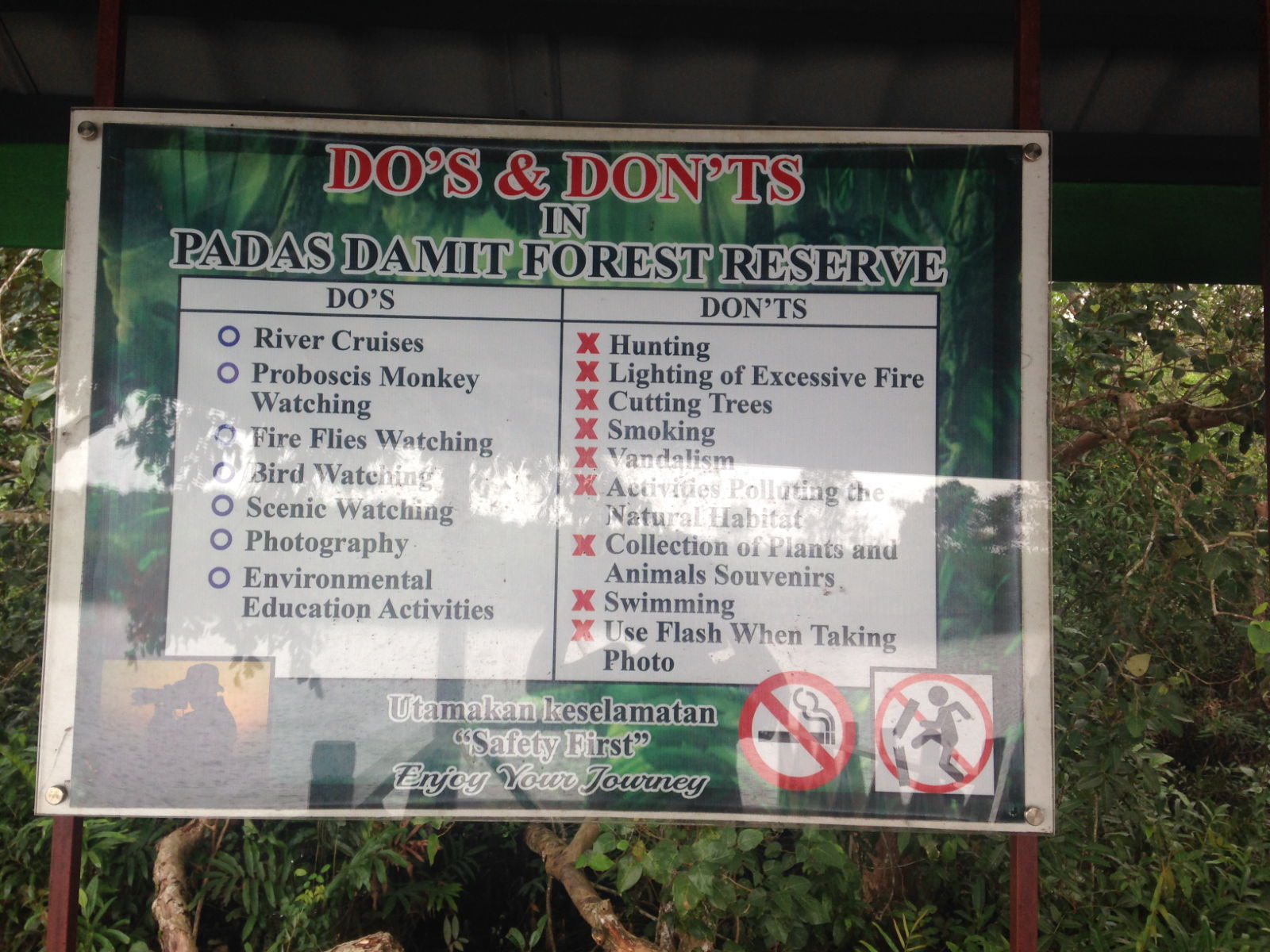
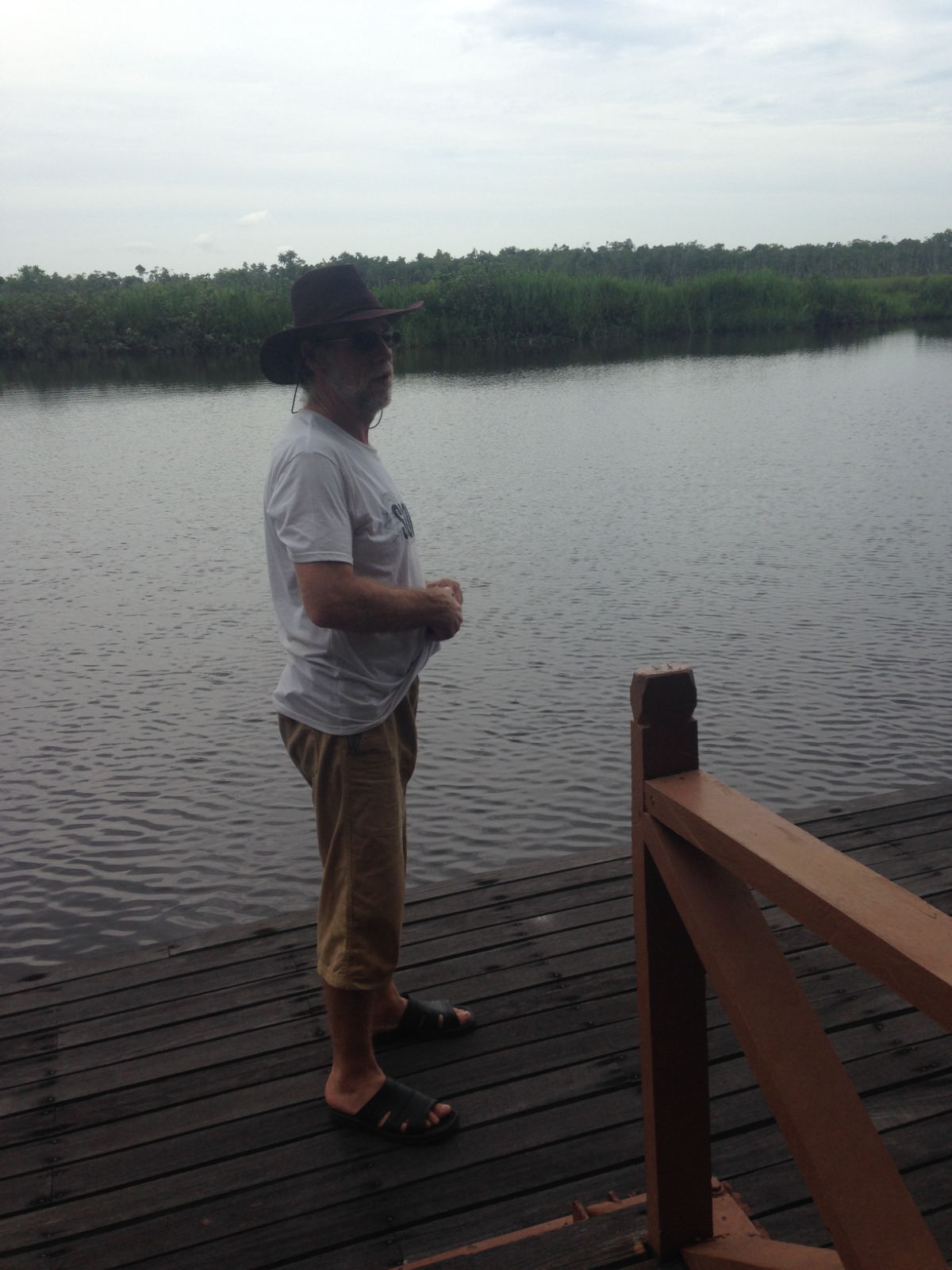
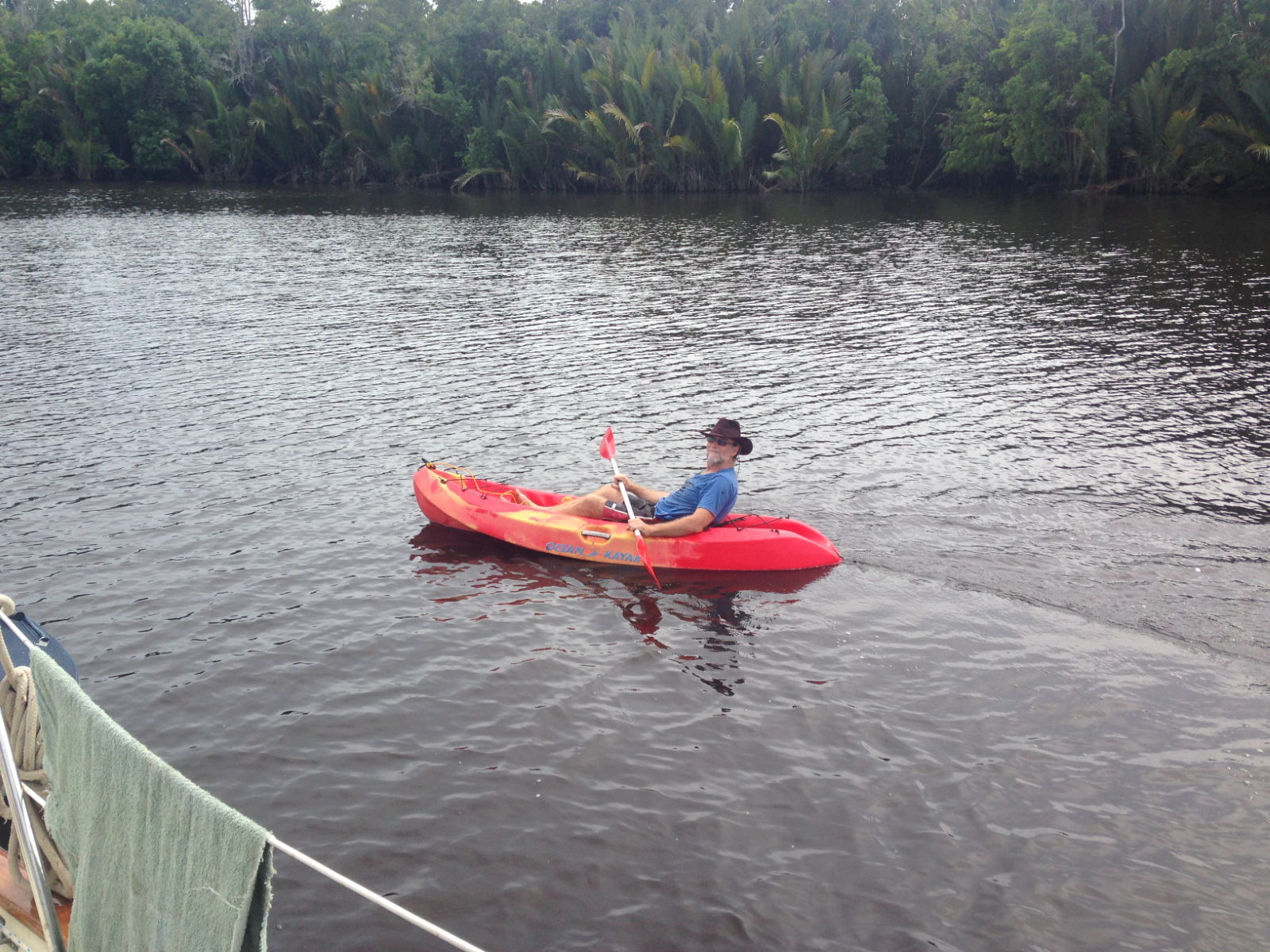
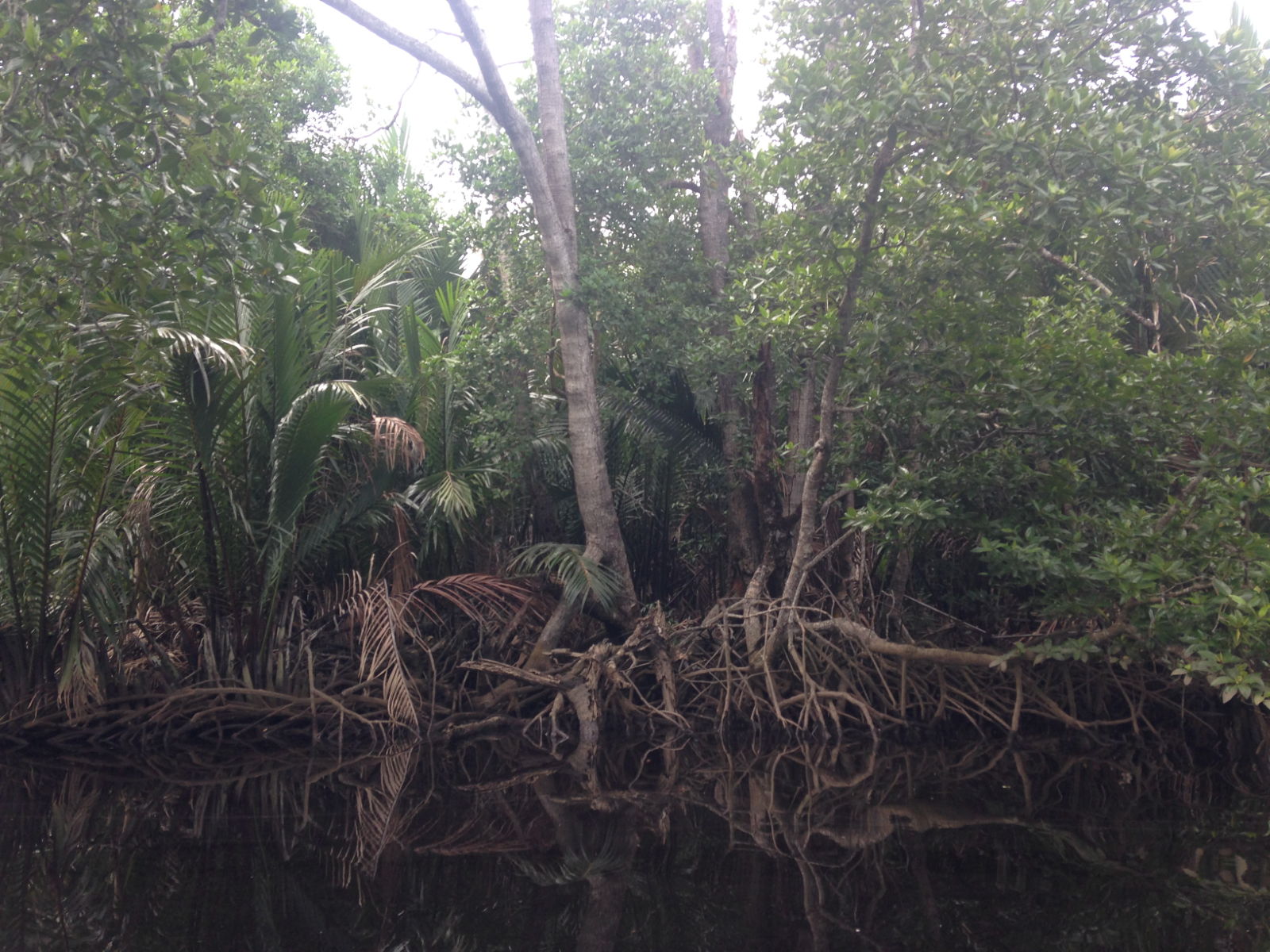
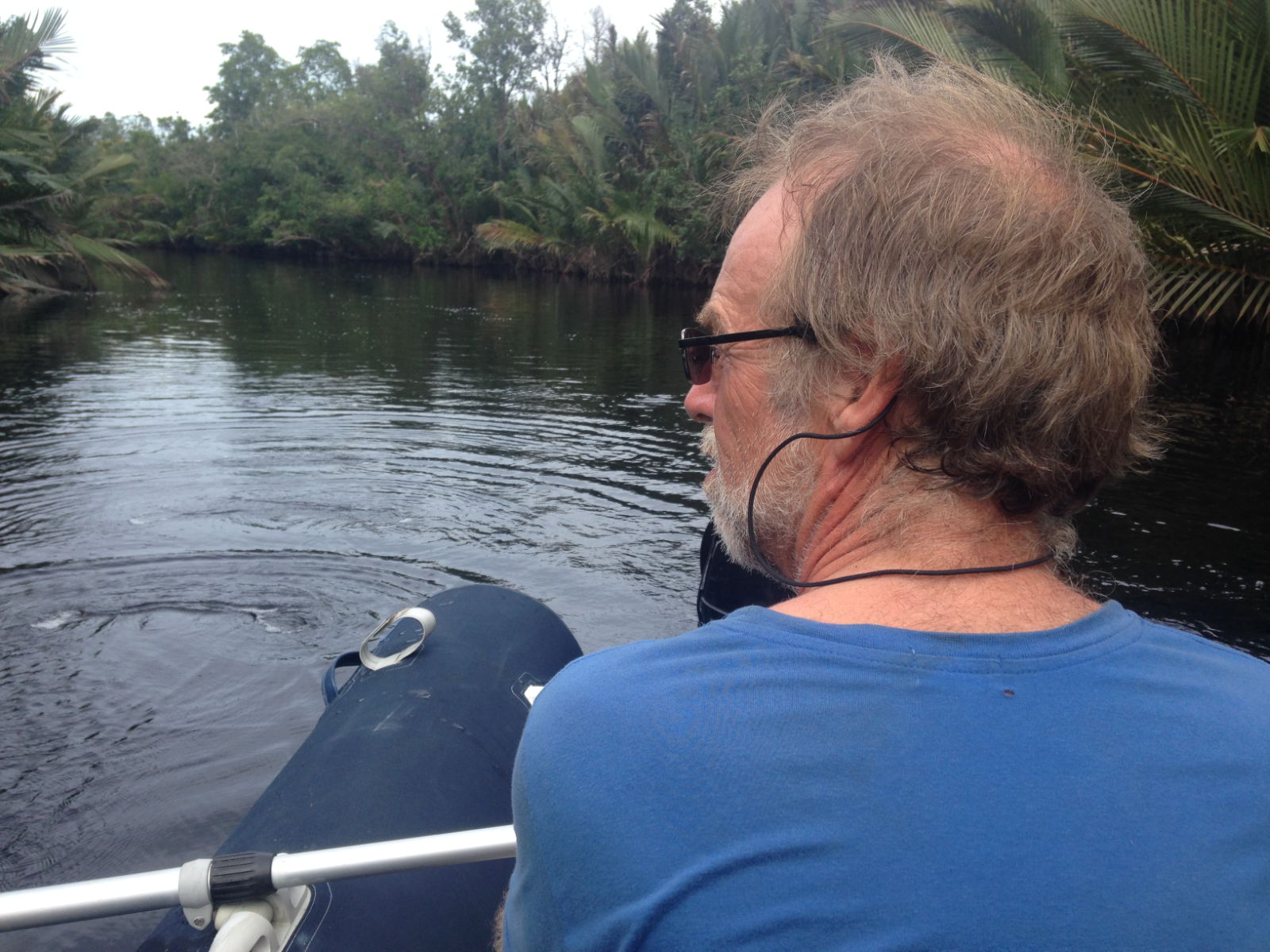
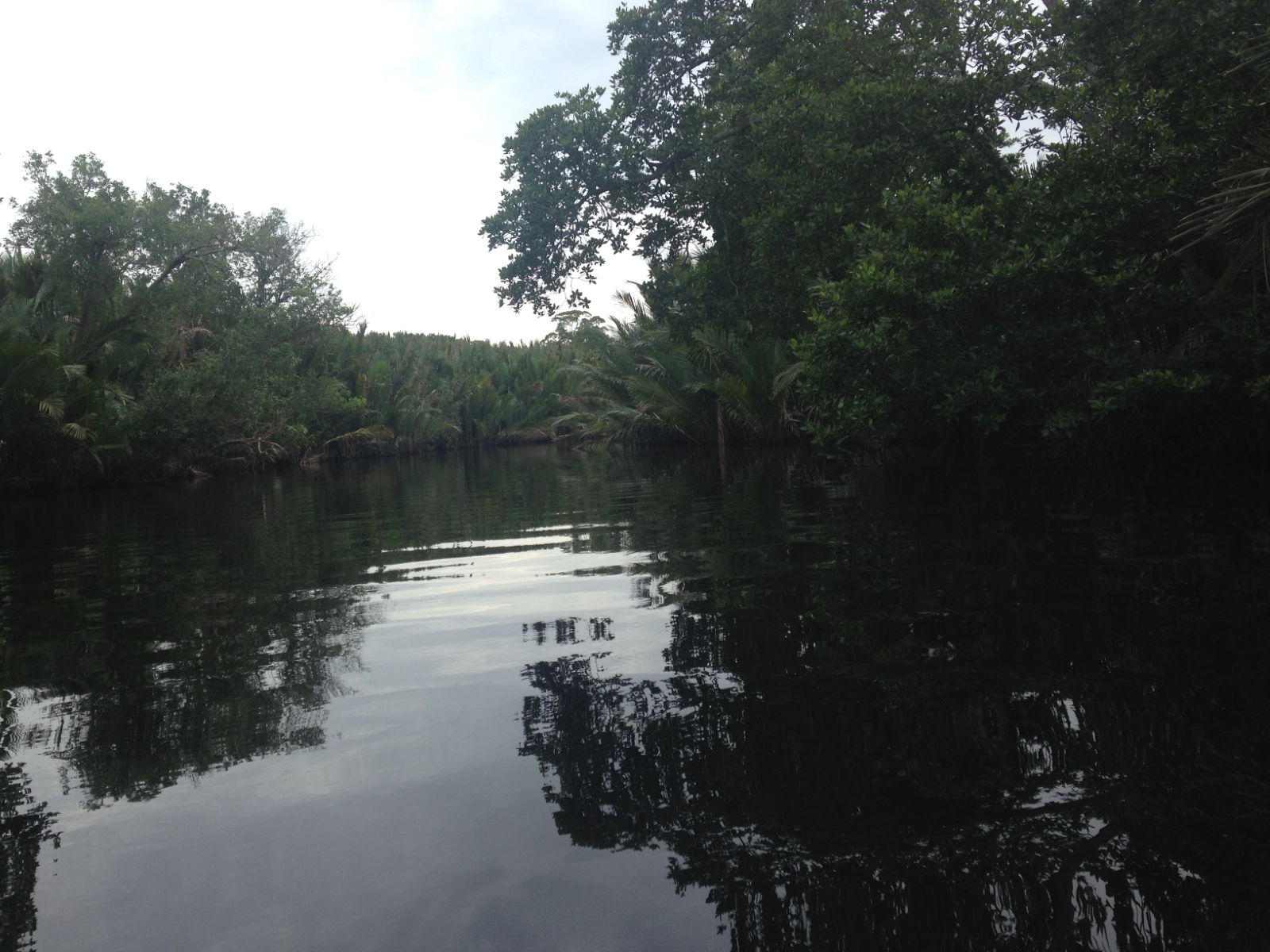

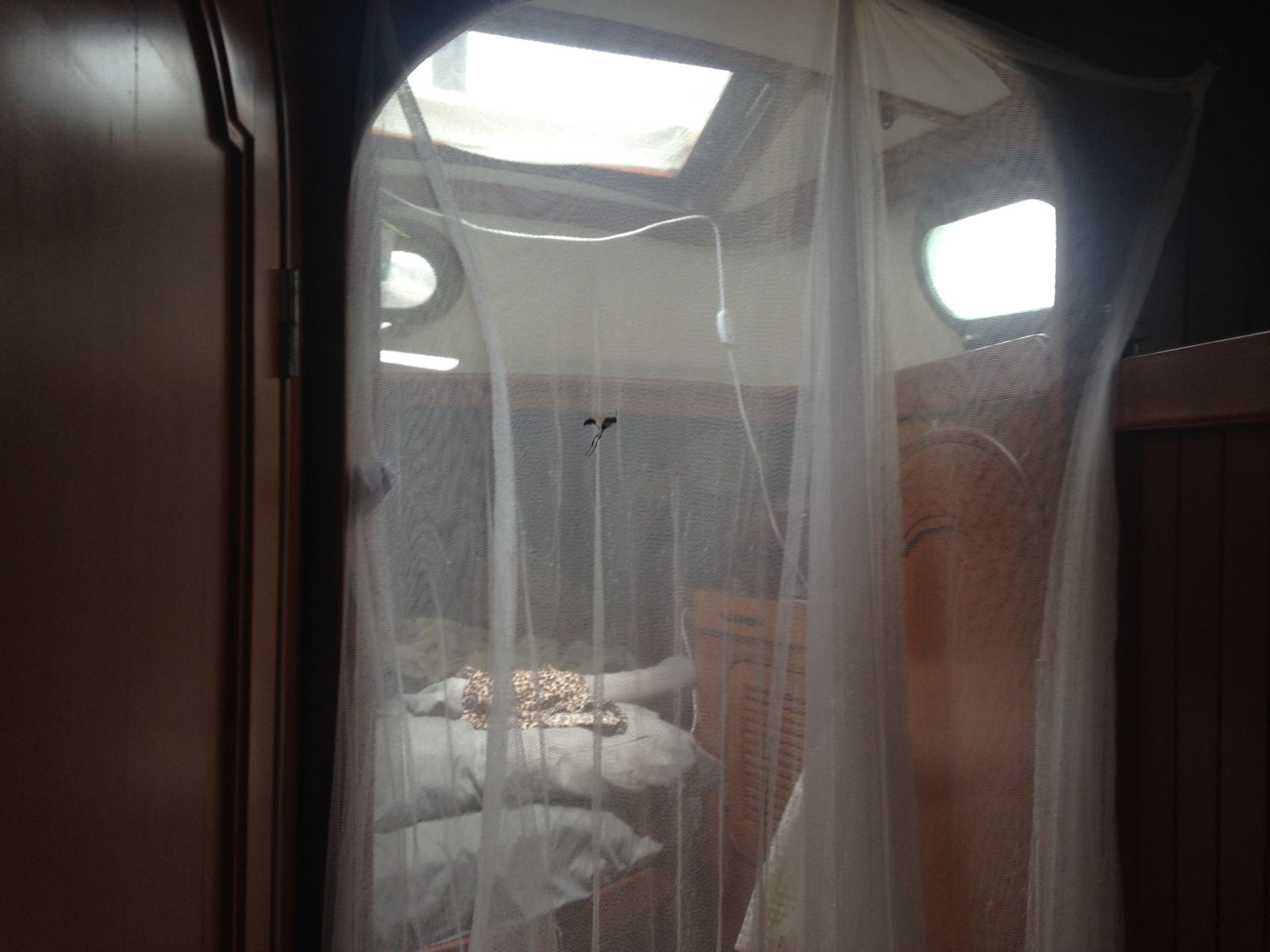
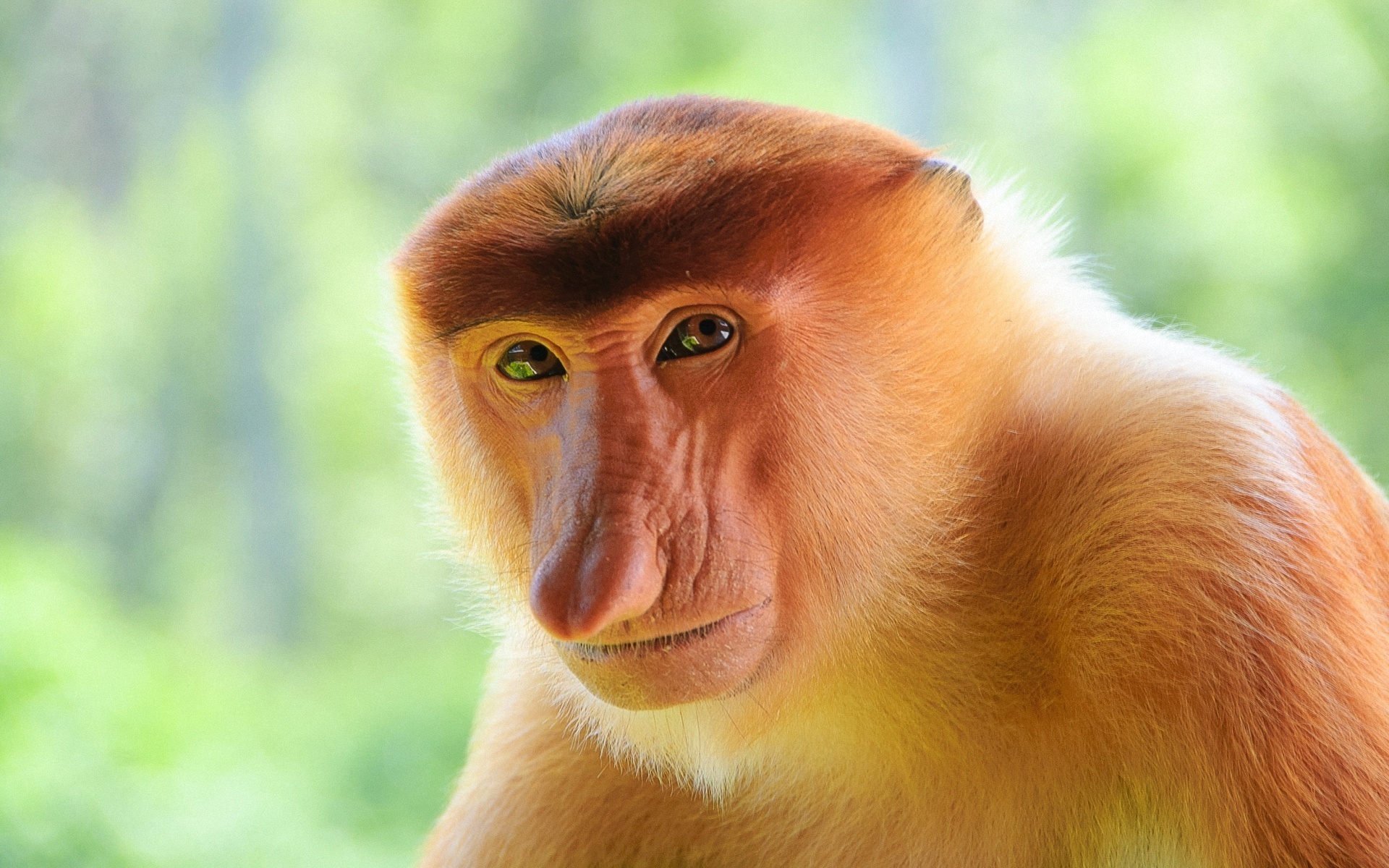
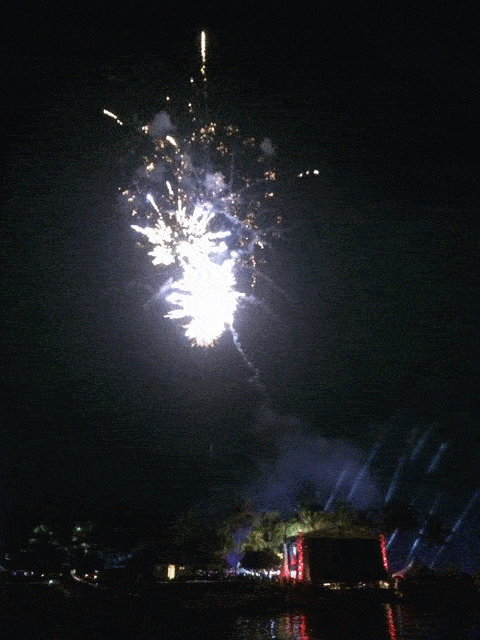
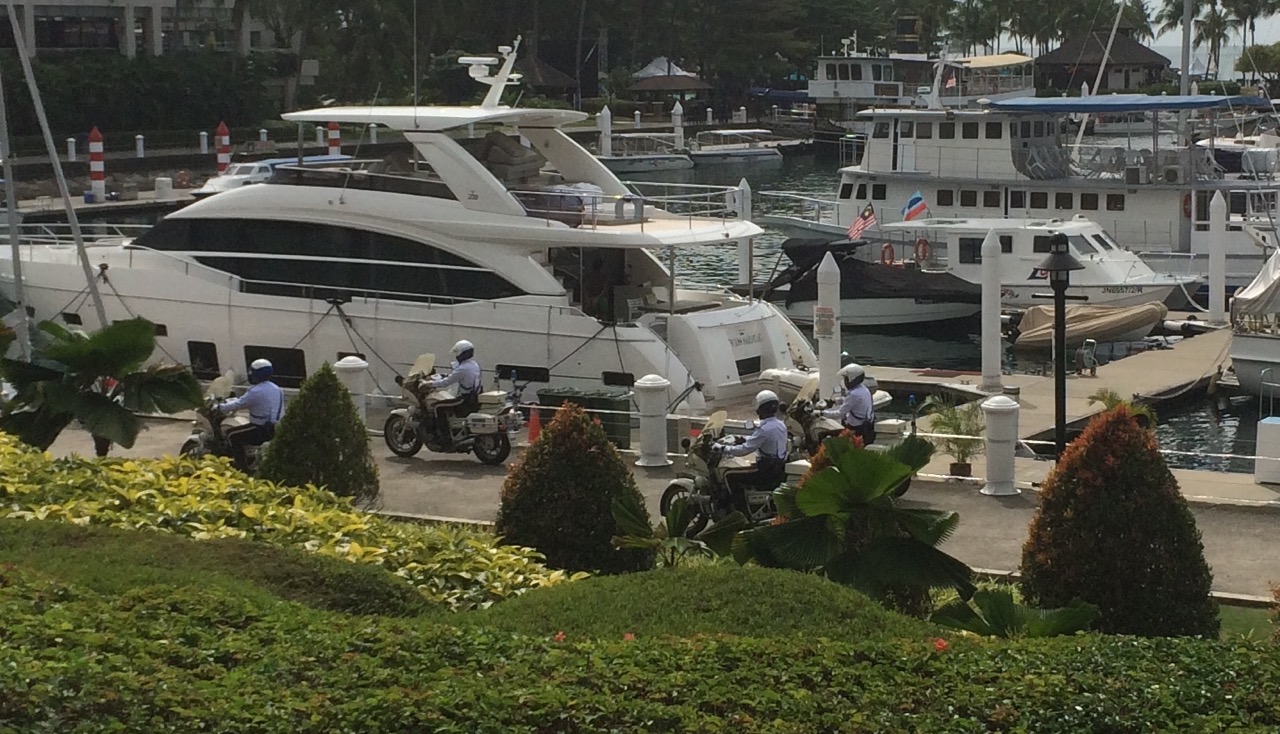
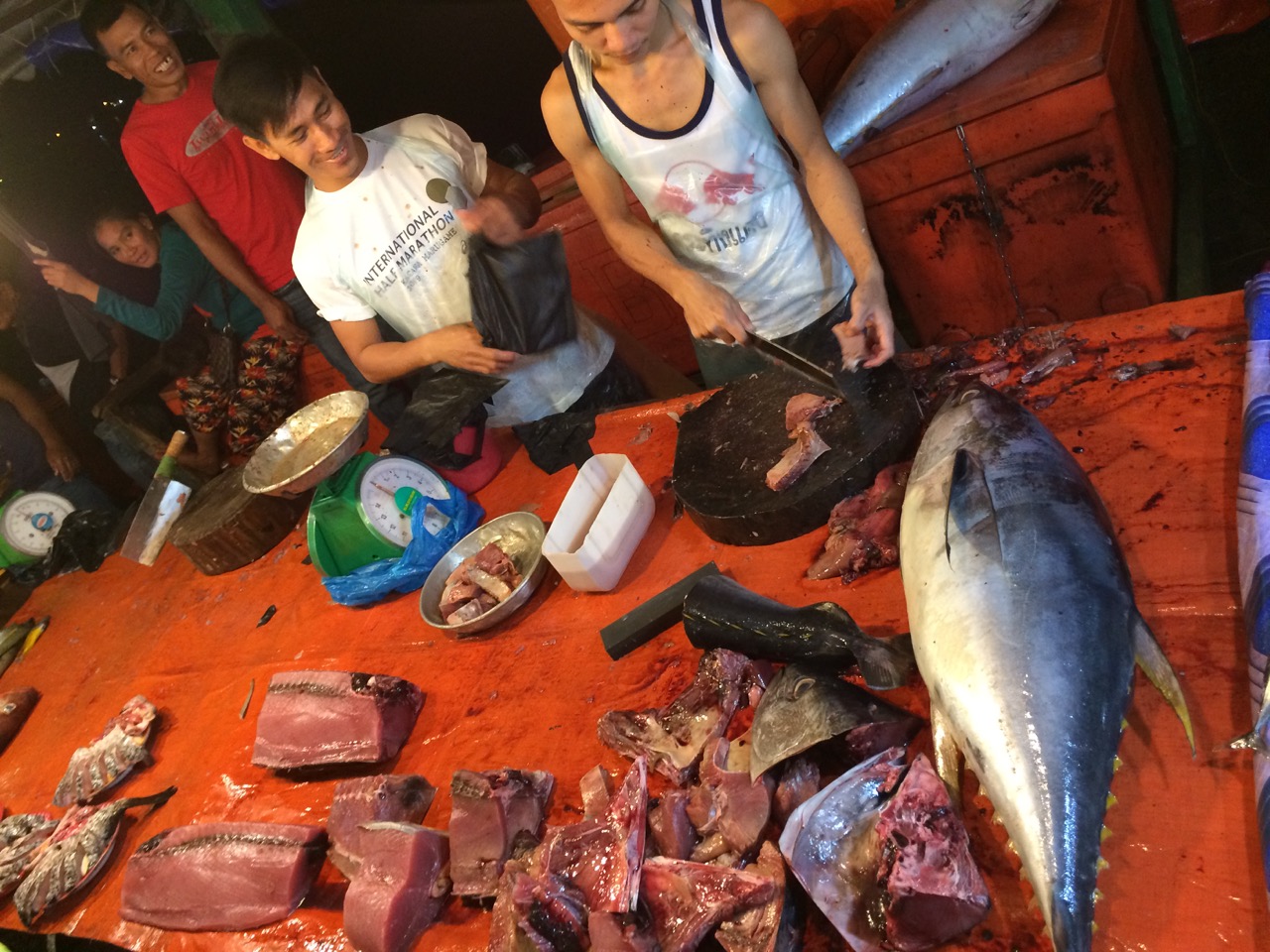
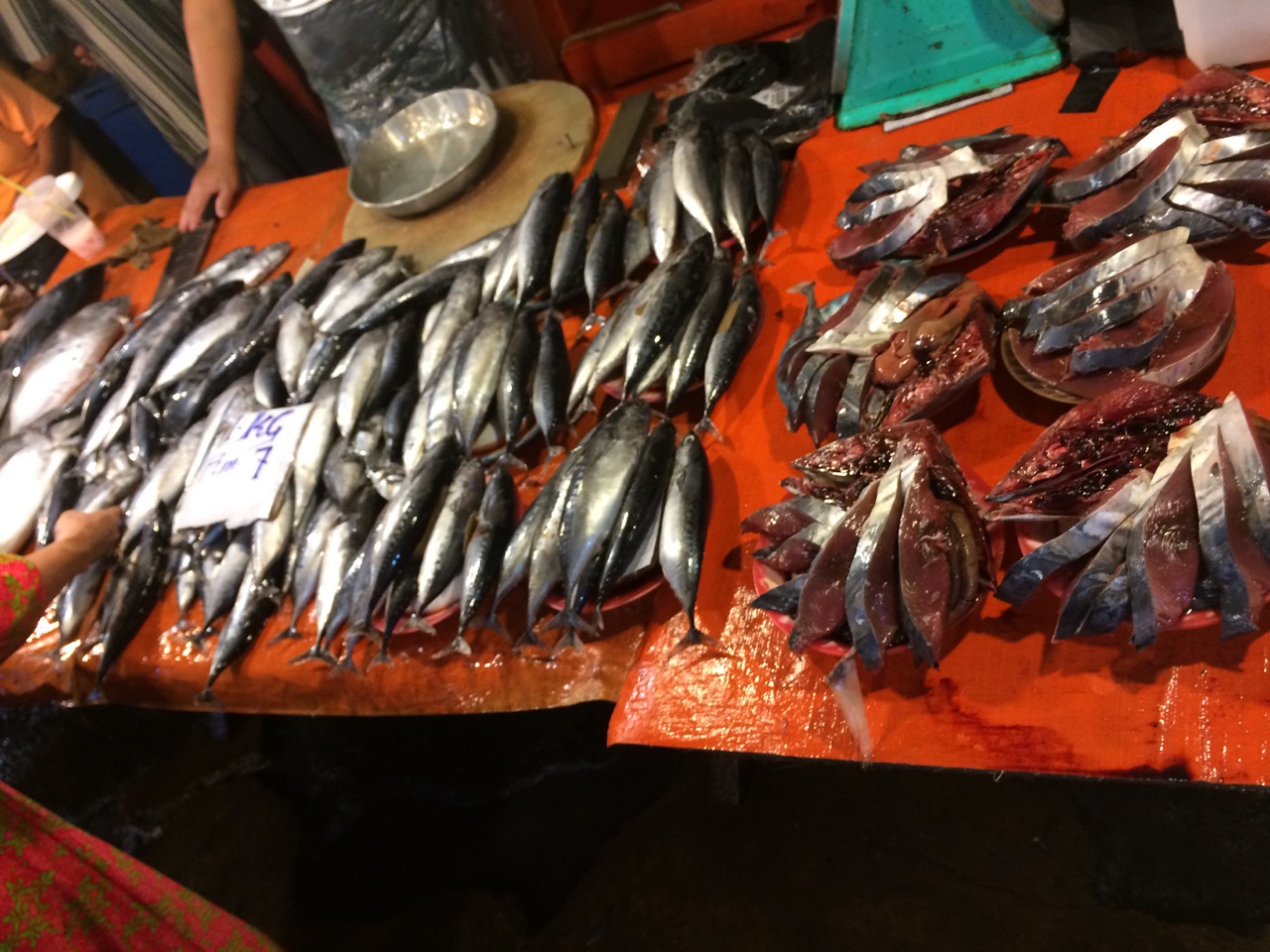

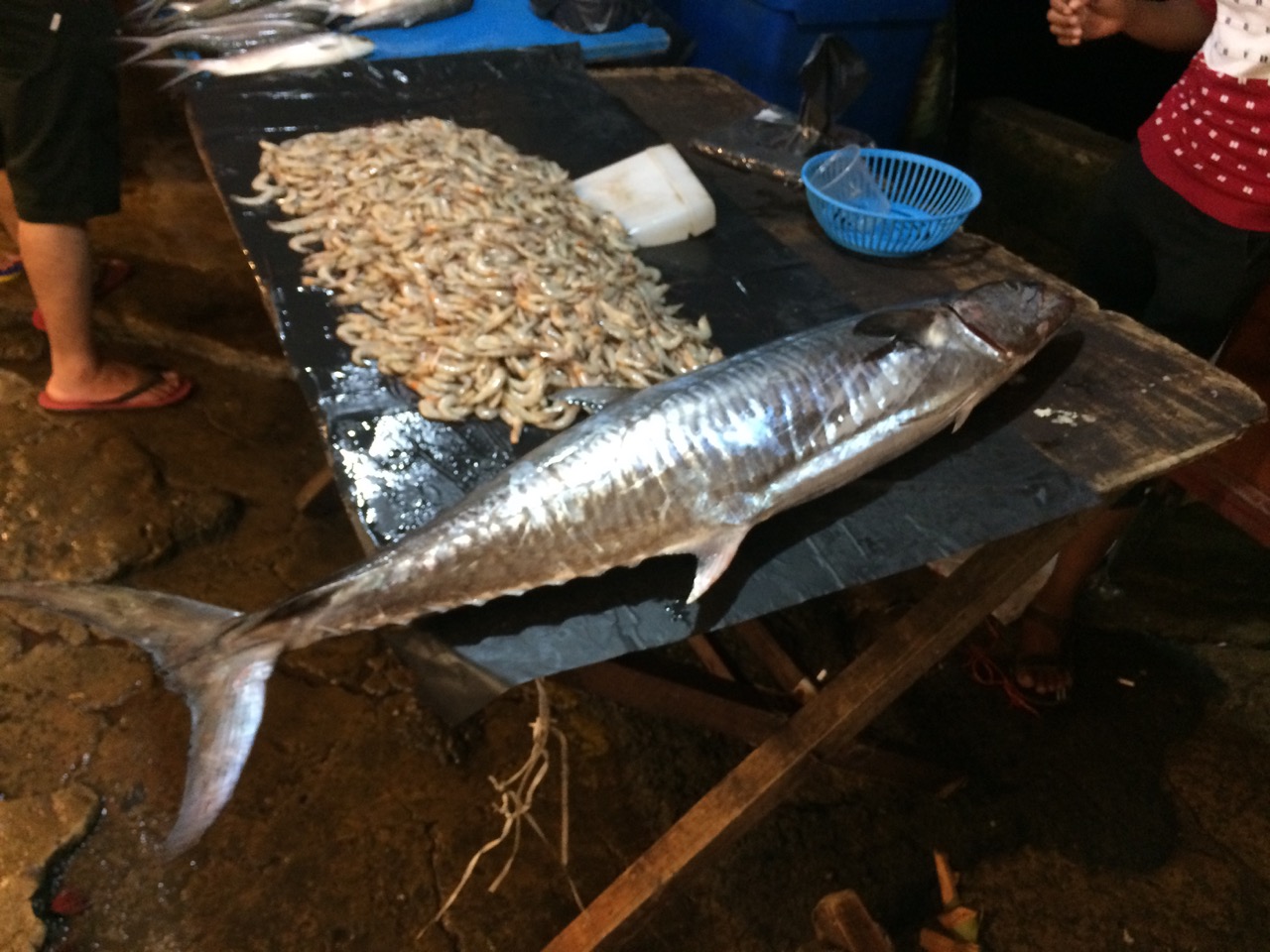
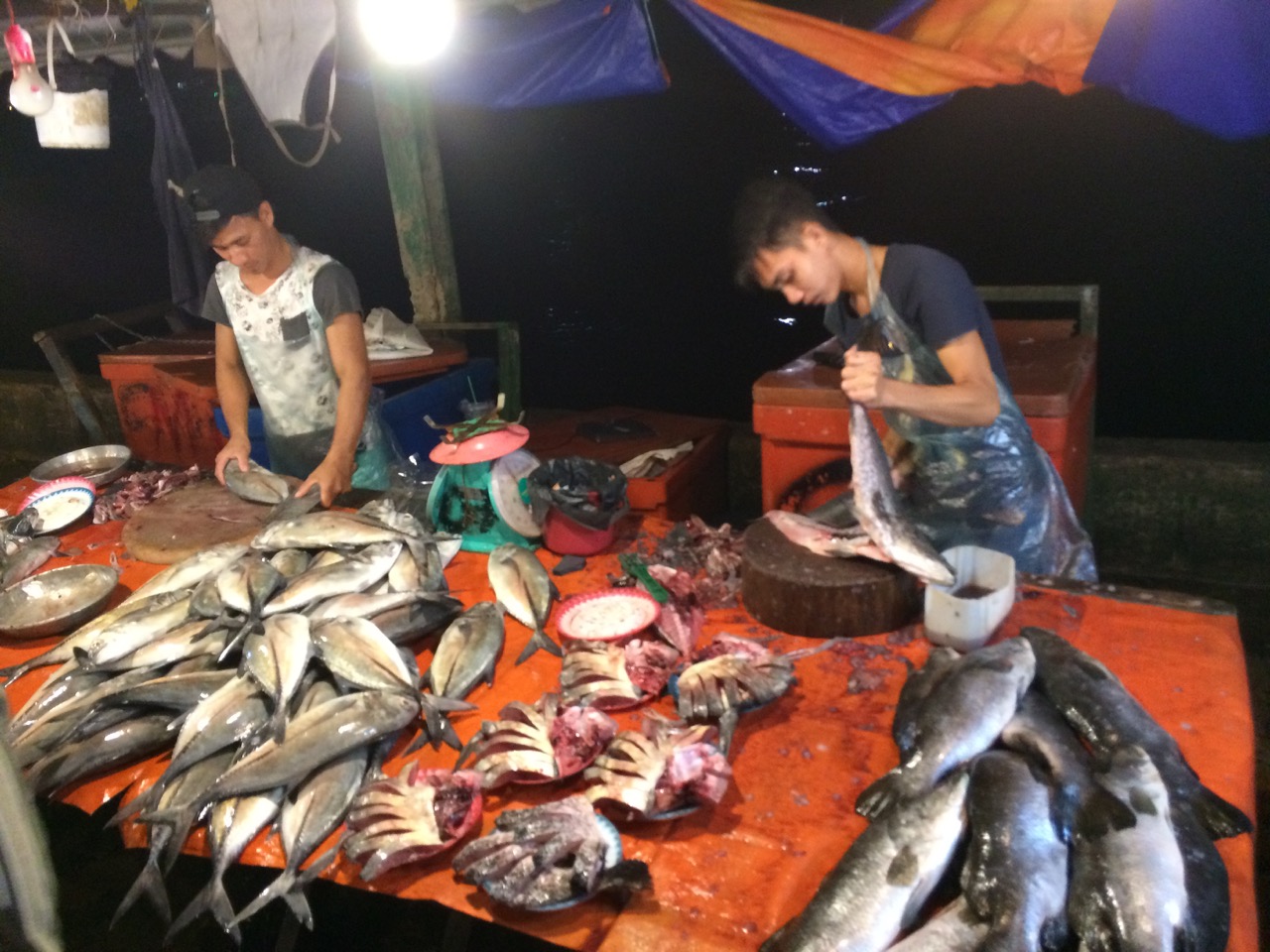
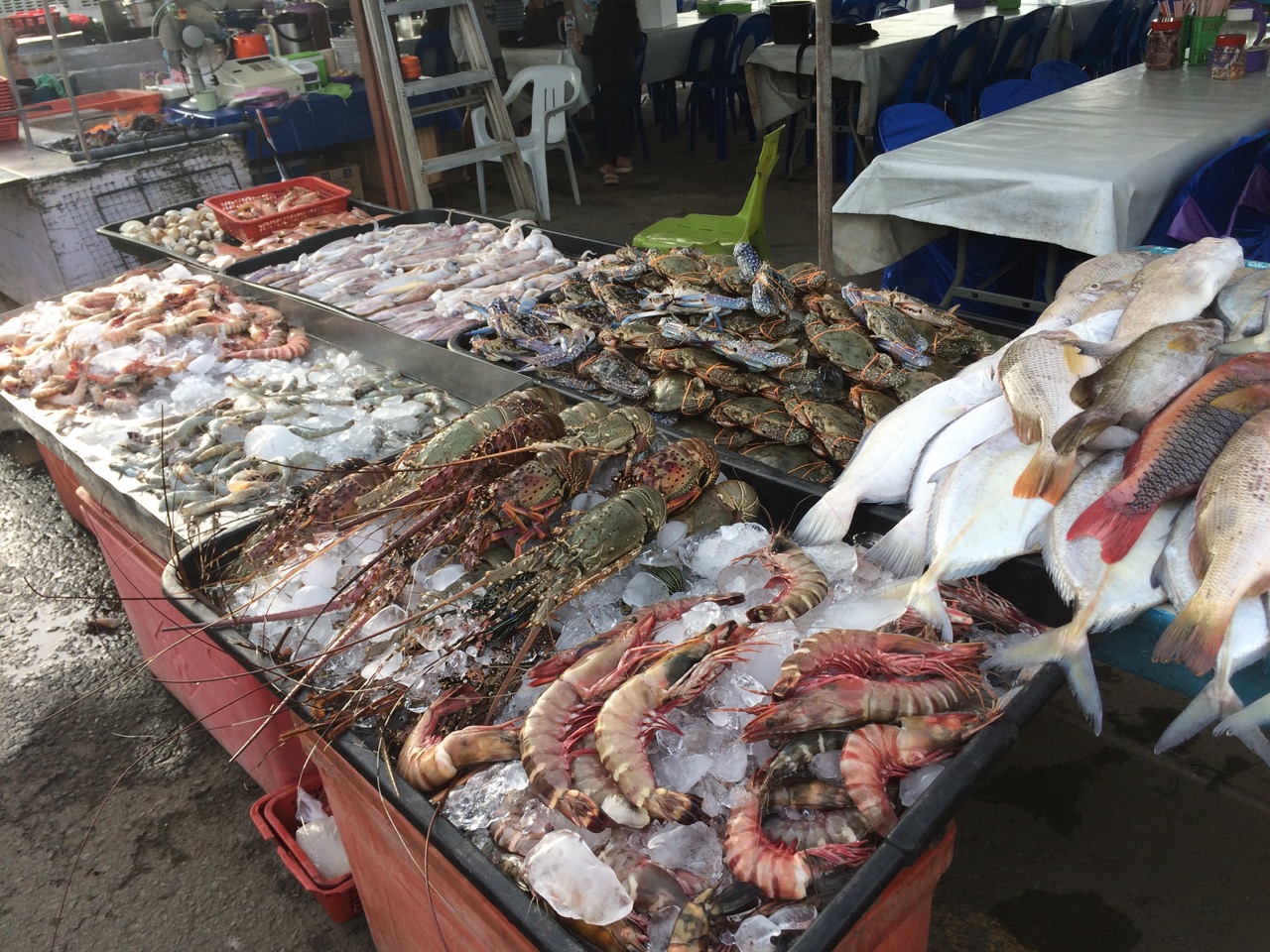
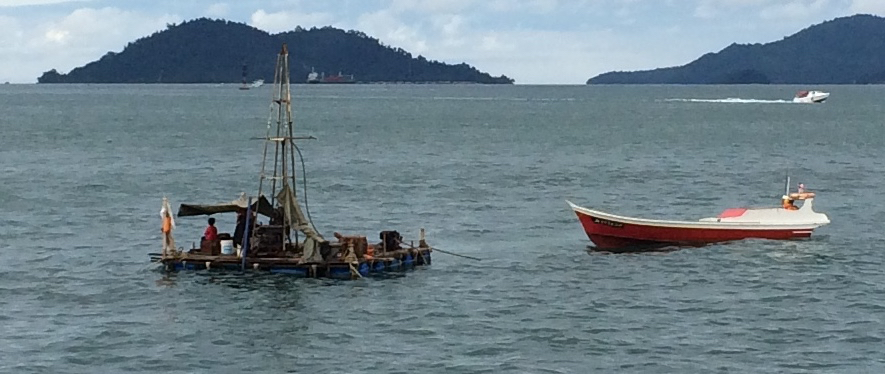 A few days ago, we took a bike ride past the airport to Tajung Aru, the next cove along the coast, where the local sailing club is located. We took some old back roads I could see on google earth, to avoid the highway, as you can see below, if your not careful, the jungle will try to grab the land back in no time at all.
A few days ago, we took a bike ride past the airport to Tajung Aru, the next cove along the coast, where the local sailing club is located. We took some old back roads I could see on google earth, to avoid the highway, as you can see below, if your not careful, the jungle will try to grab the land back in no time at all.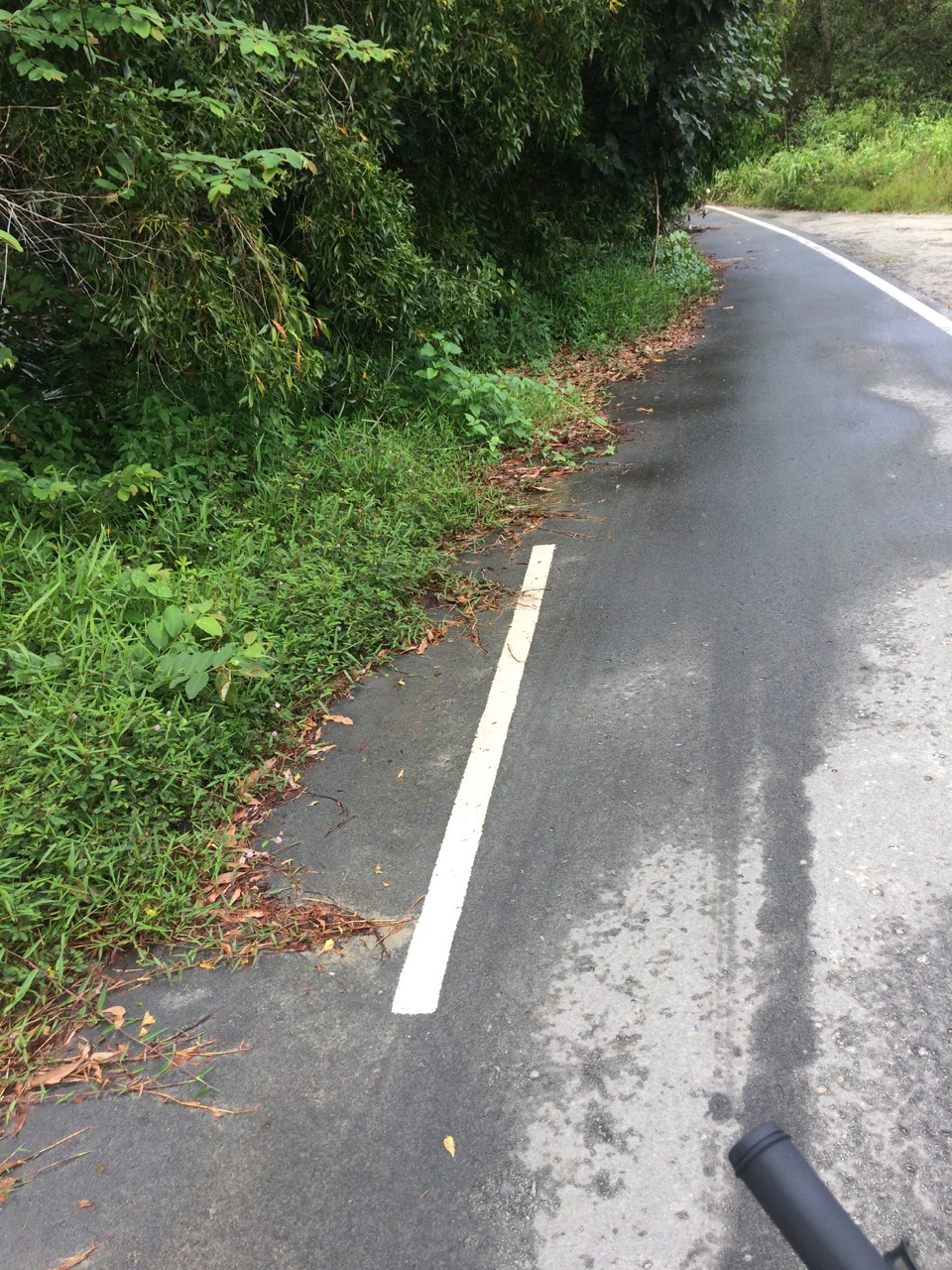
 And later I managed to catch this guy casting his net in the bay
And later I managed to catch this guy casting his net in the bay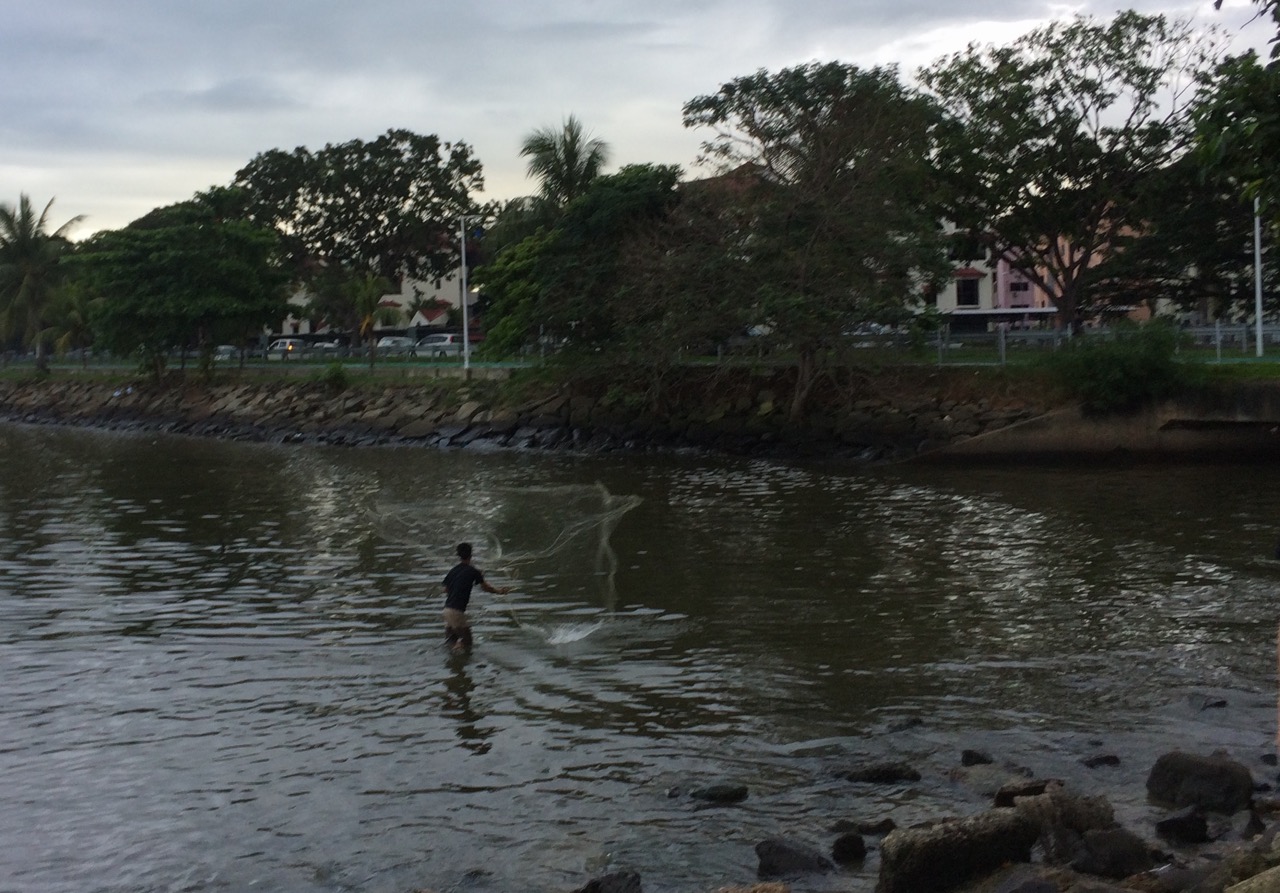 Now the serious stuff, boat jobs.
Now the serious stuff, boat jobs.
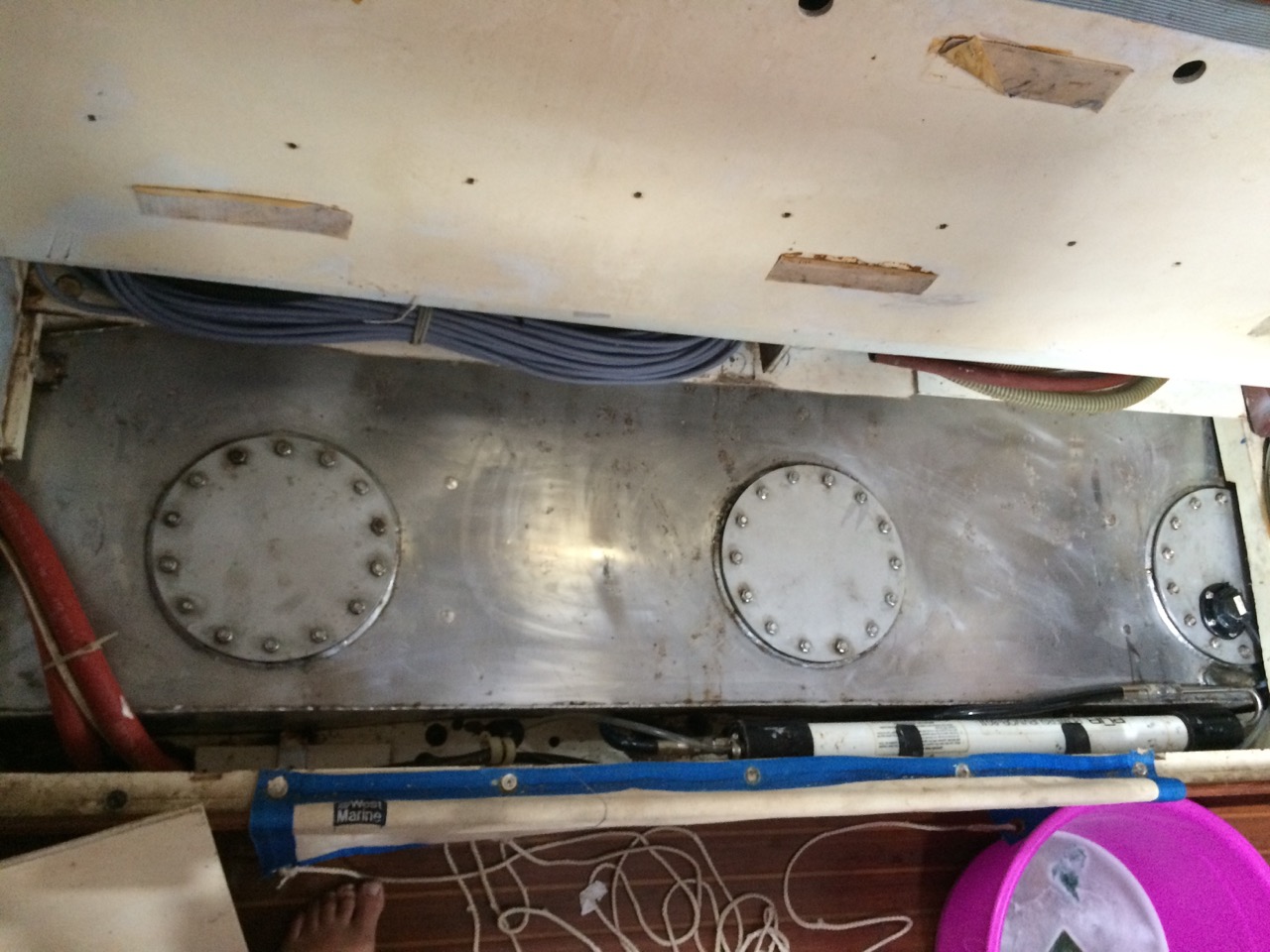
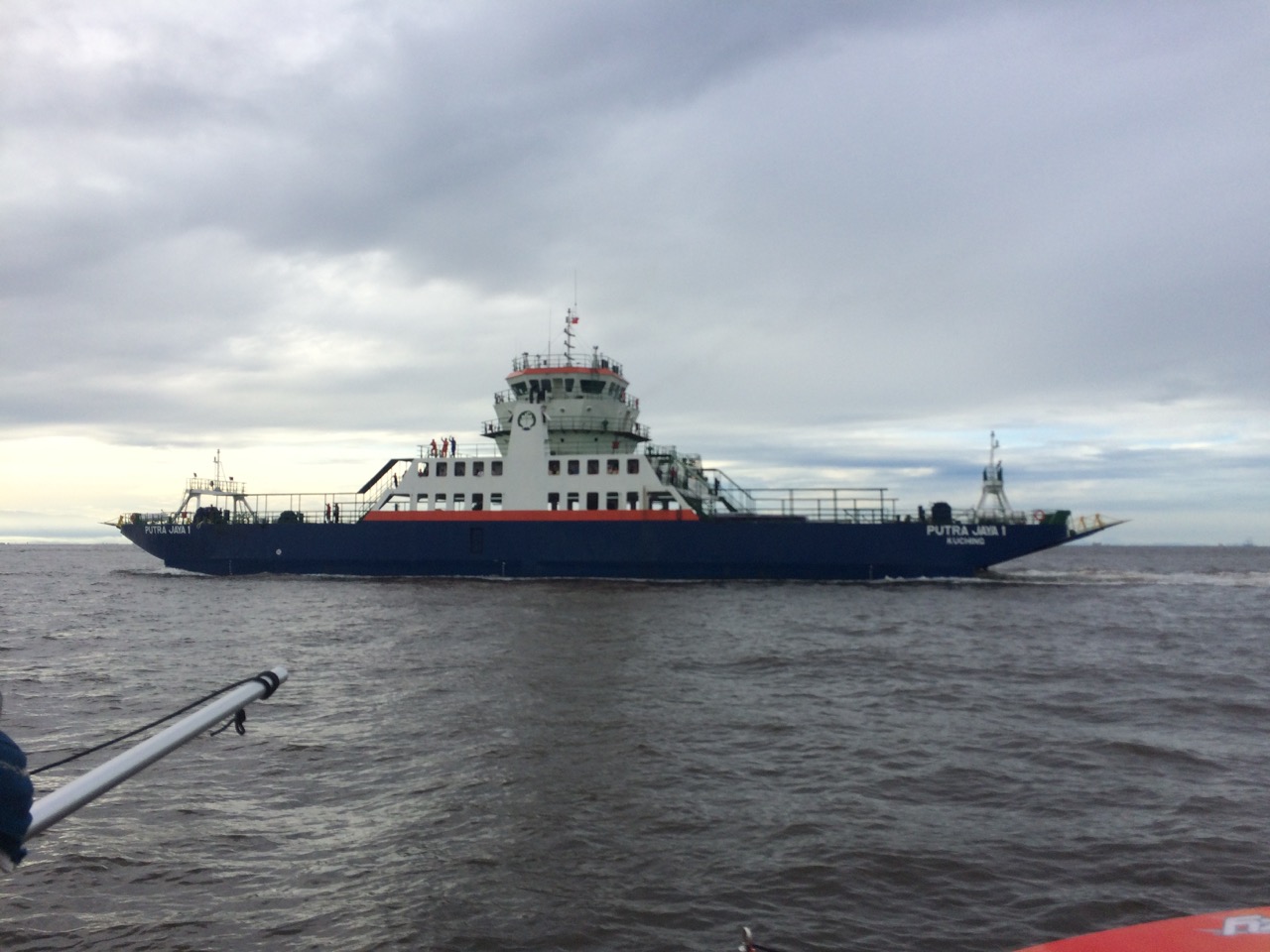 One of the problems here is the fishing marks, buoys, lines, nets etc. Below is one of the small markers, made of a small polystyene block. As you can see it’s very hard to spot, yet there were dozens of them, in a line along both sides of the river, every 25 metres or so.
One of the problems here is the fishing marks, buoys, lines, nets etc. Below is one of the small markers, made of a small polystyene block. As you can see it’s very hard to spot, yet there were dozens of them, in a line along both sides of the river, every 25 metres or so.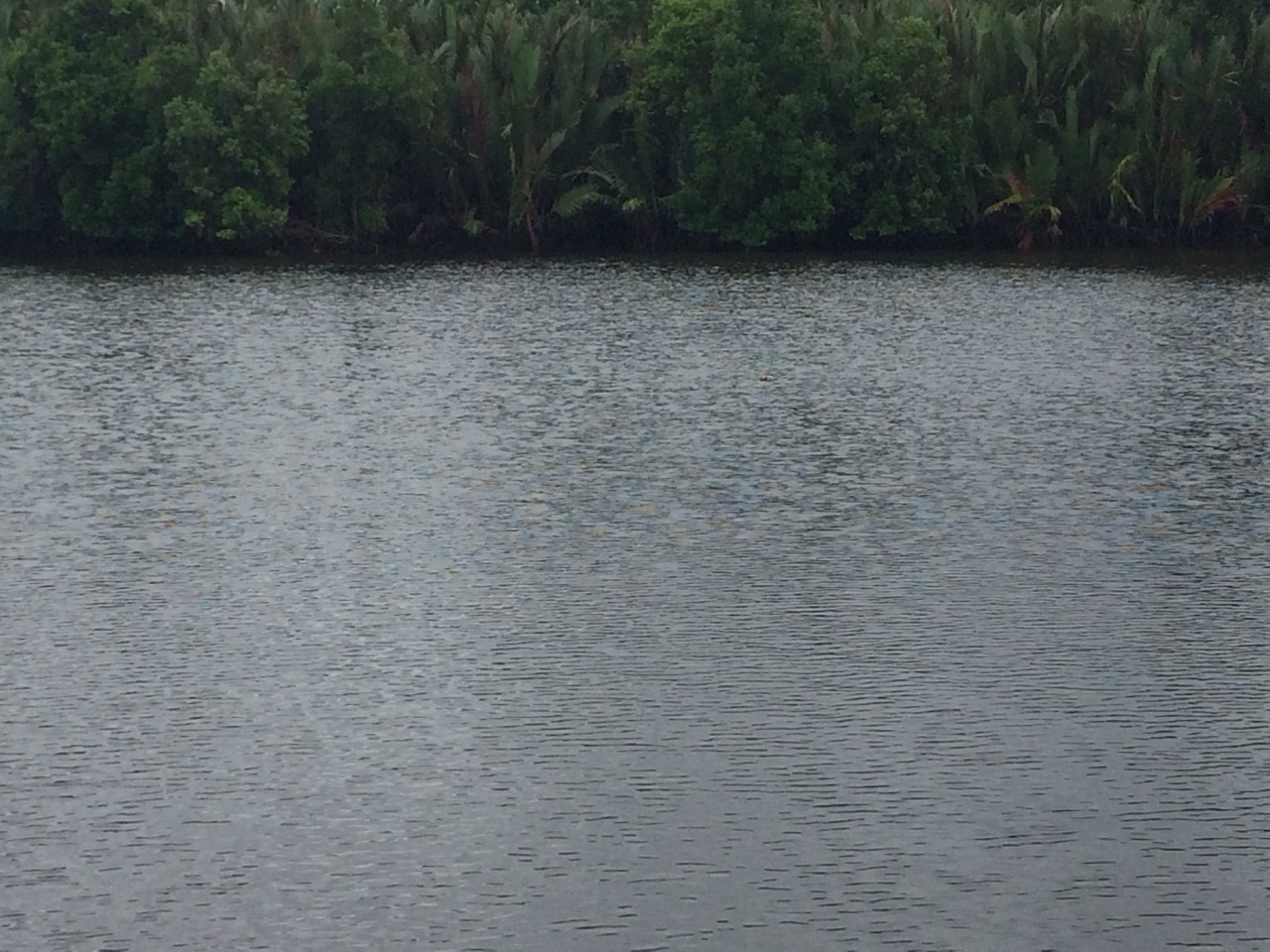
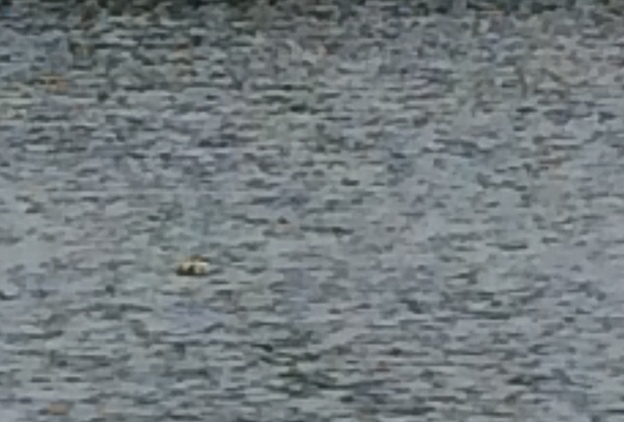

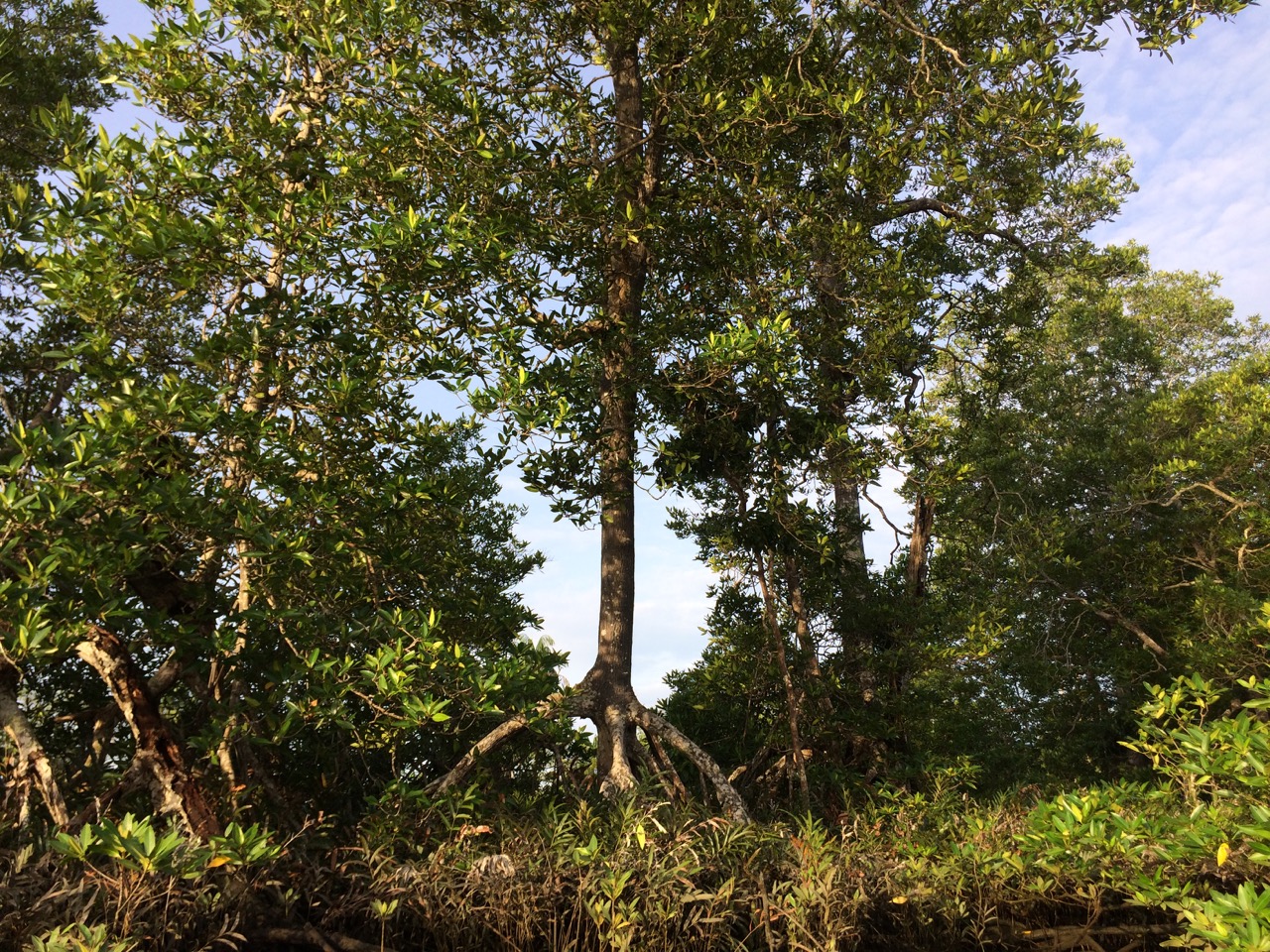

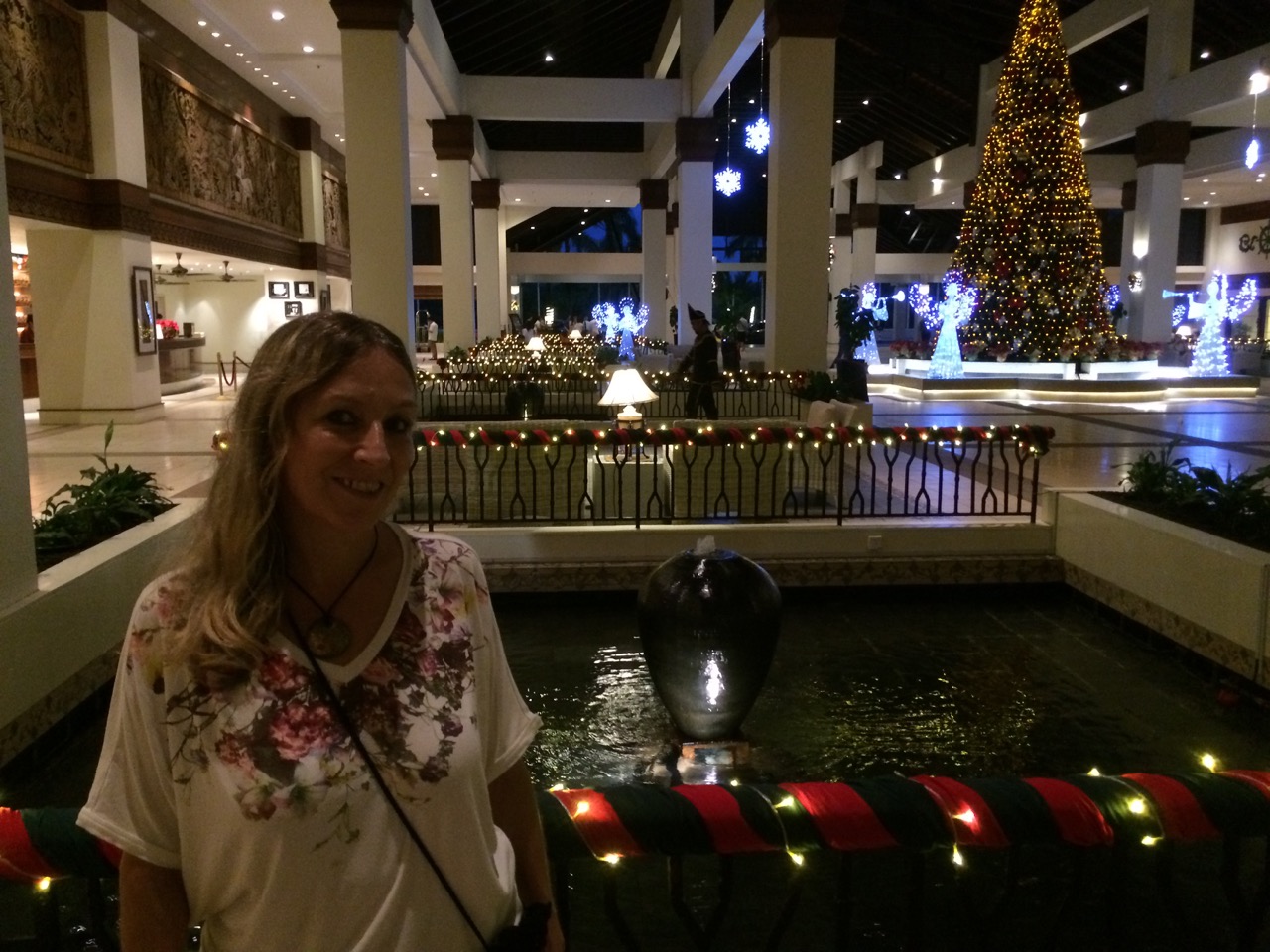
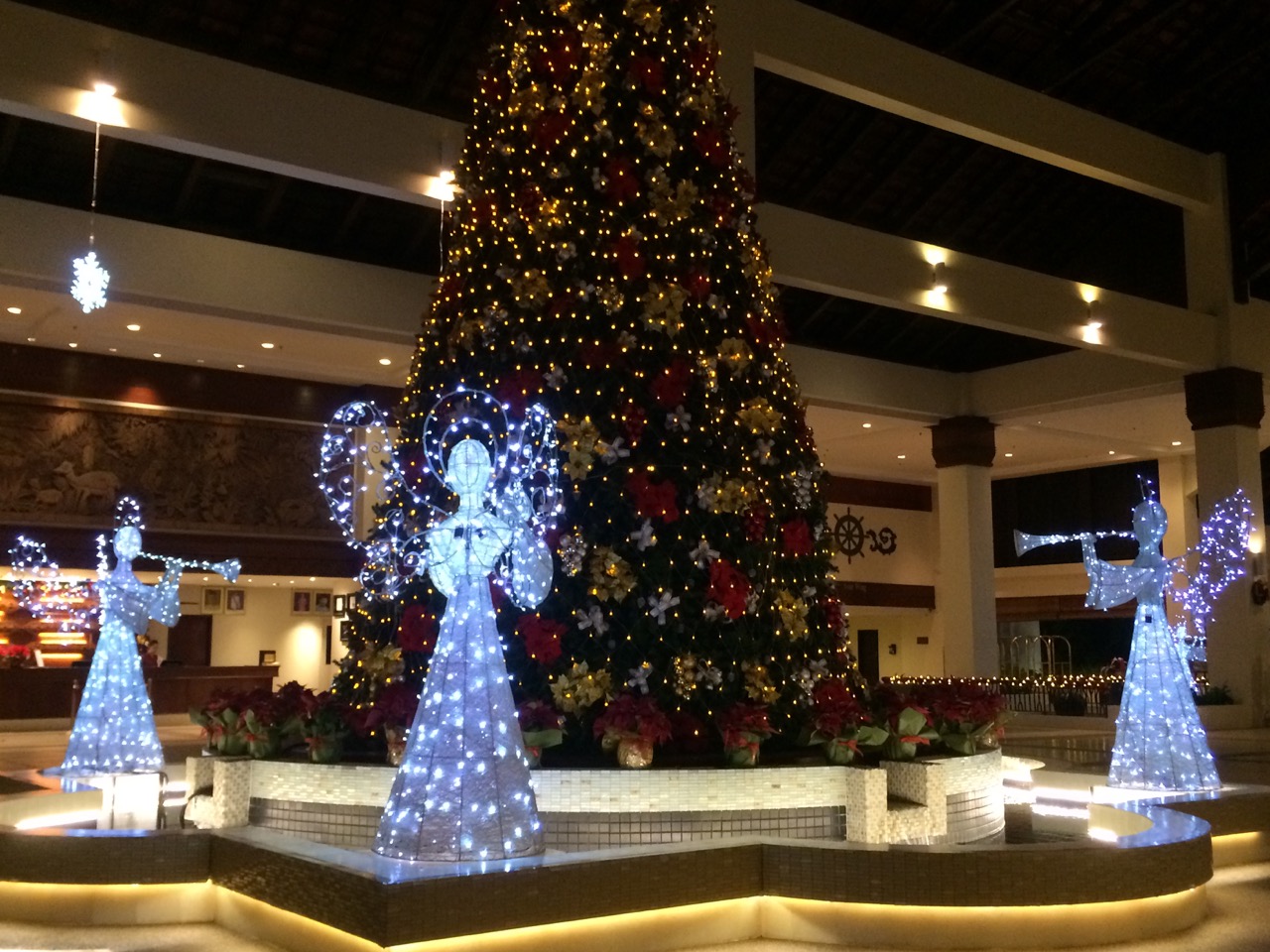
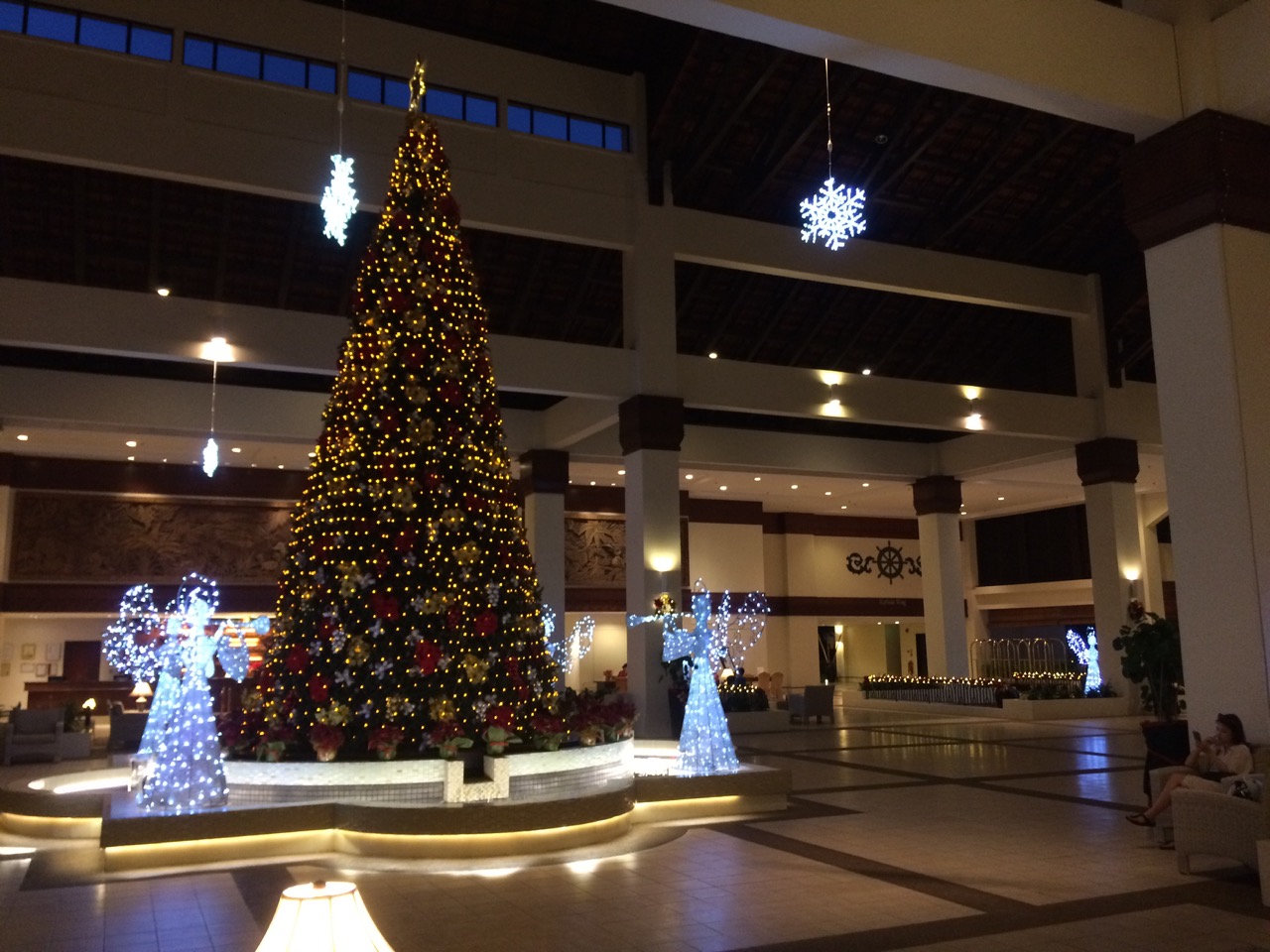 Downtown Kota Kinabalu is a very busy, car congested space. It has a very frantic waterfront with several markets, fresh fish, veg, fancy goods etc, along with a row of bars and nightclubs, all looking out over the bay. There’s a stilted village on the island just opposite the town and lots of small boats race between there and the town. There’s also a load of shopping centres/Malls ranging from 80’s dilapidated to the very latest hi-style offerings, plus more are on the way.
Downtown Kota Kinabalu is a very busy, car congested space. It has a very frantic waterfront with several markets, fresh fish, veg, fancy goods etc, along with a row of bars and nightclubs, all looking out over the bay. There’s a stilted village on the island just opposite the town and lots of small boats race between there and the town. There’s also a load of shopping centres/Malls ranging from 80’s dilapidated to the very latest hi-style offerings, plus more are on the way.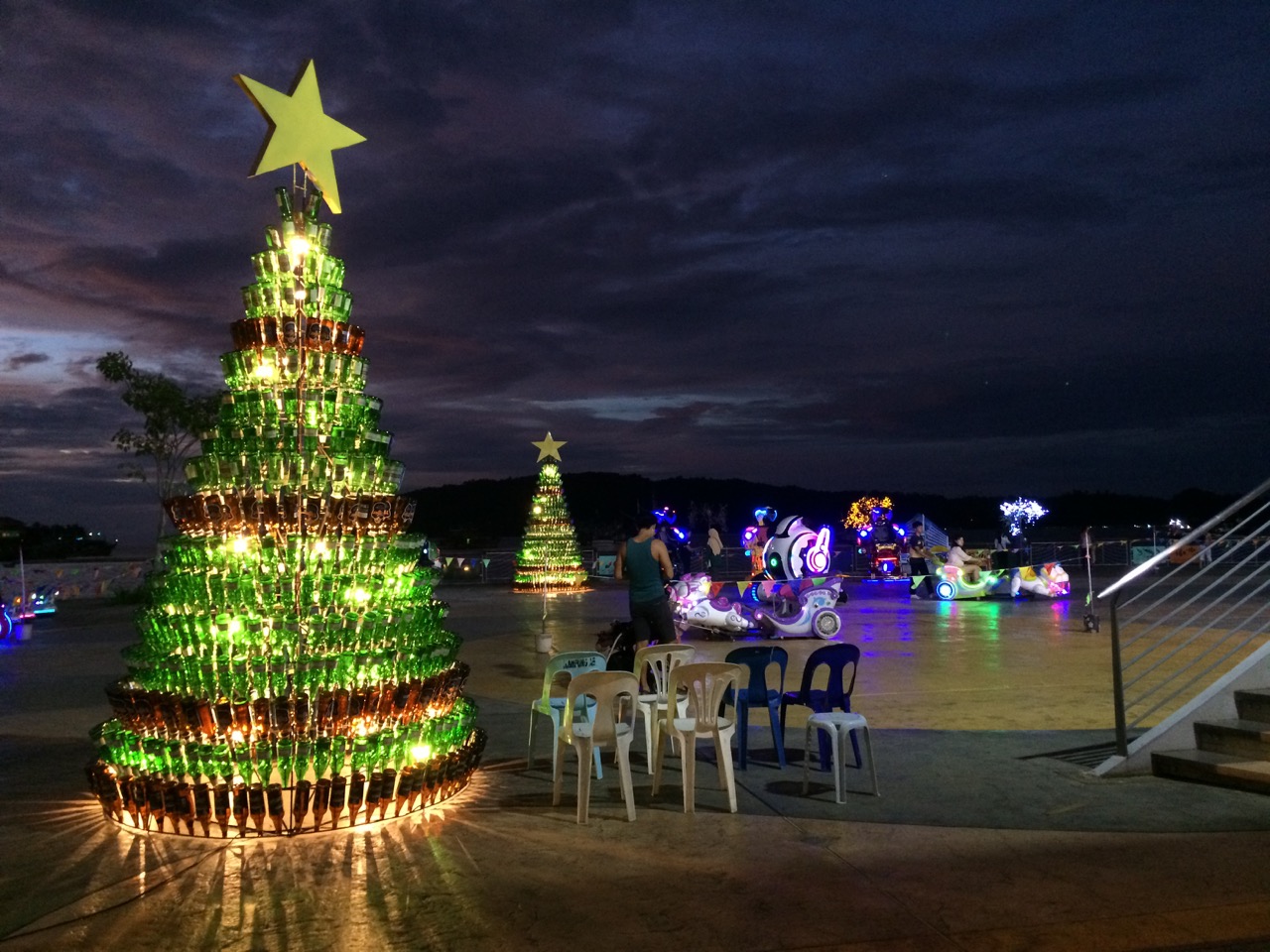
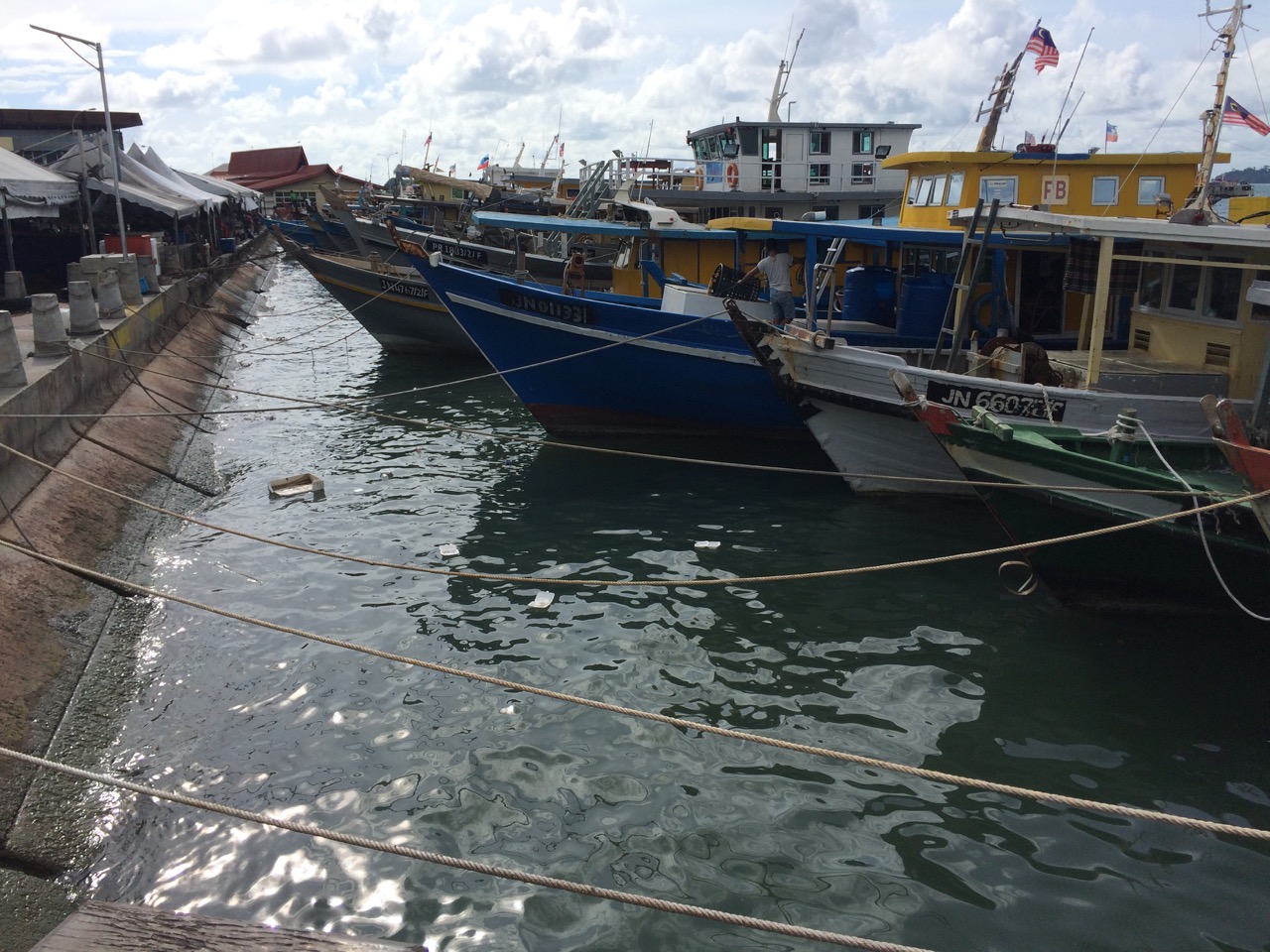
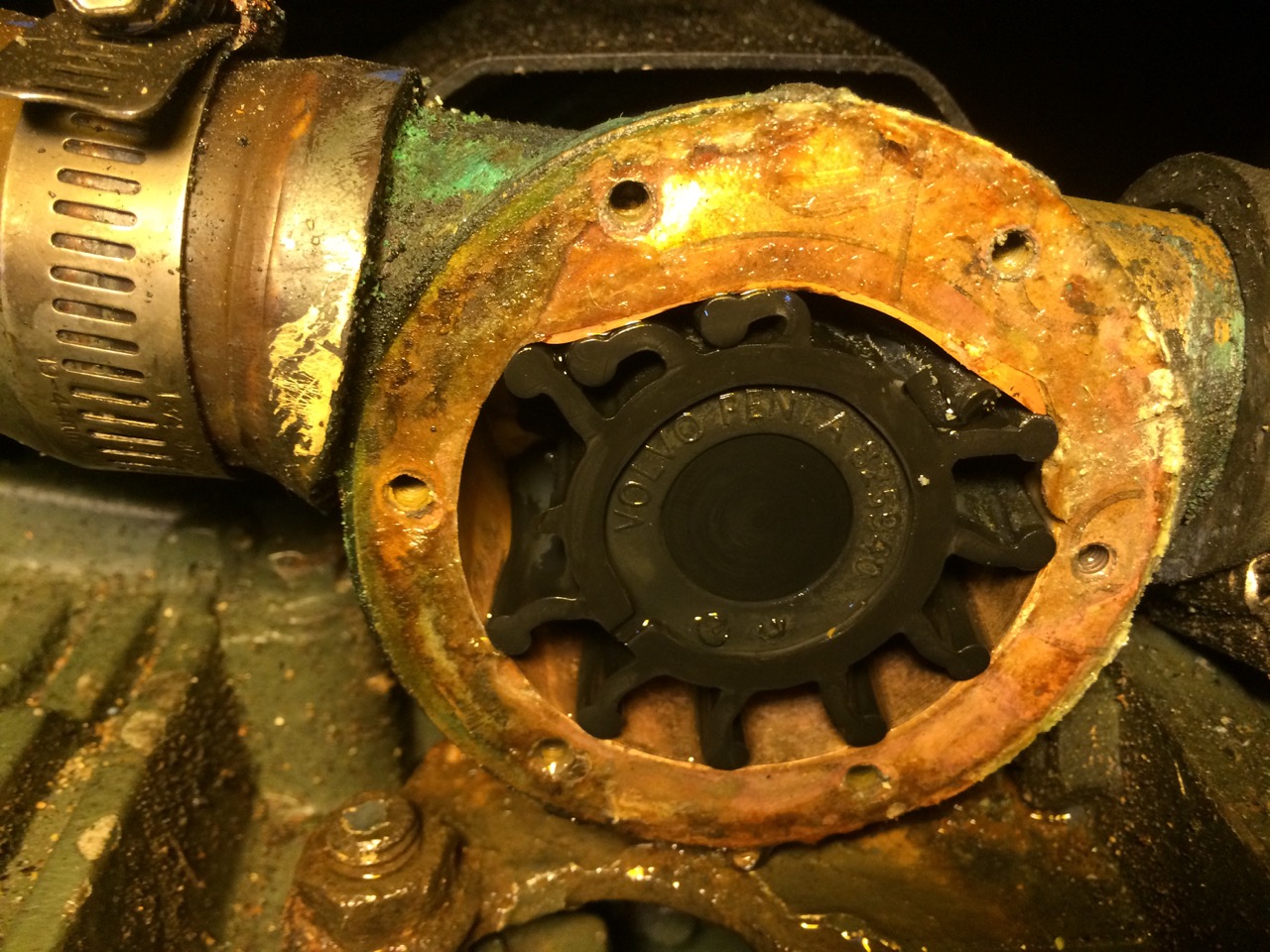
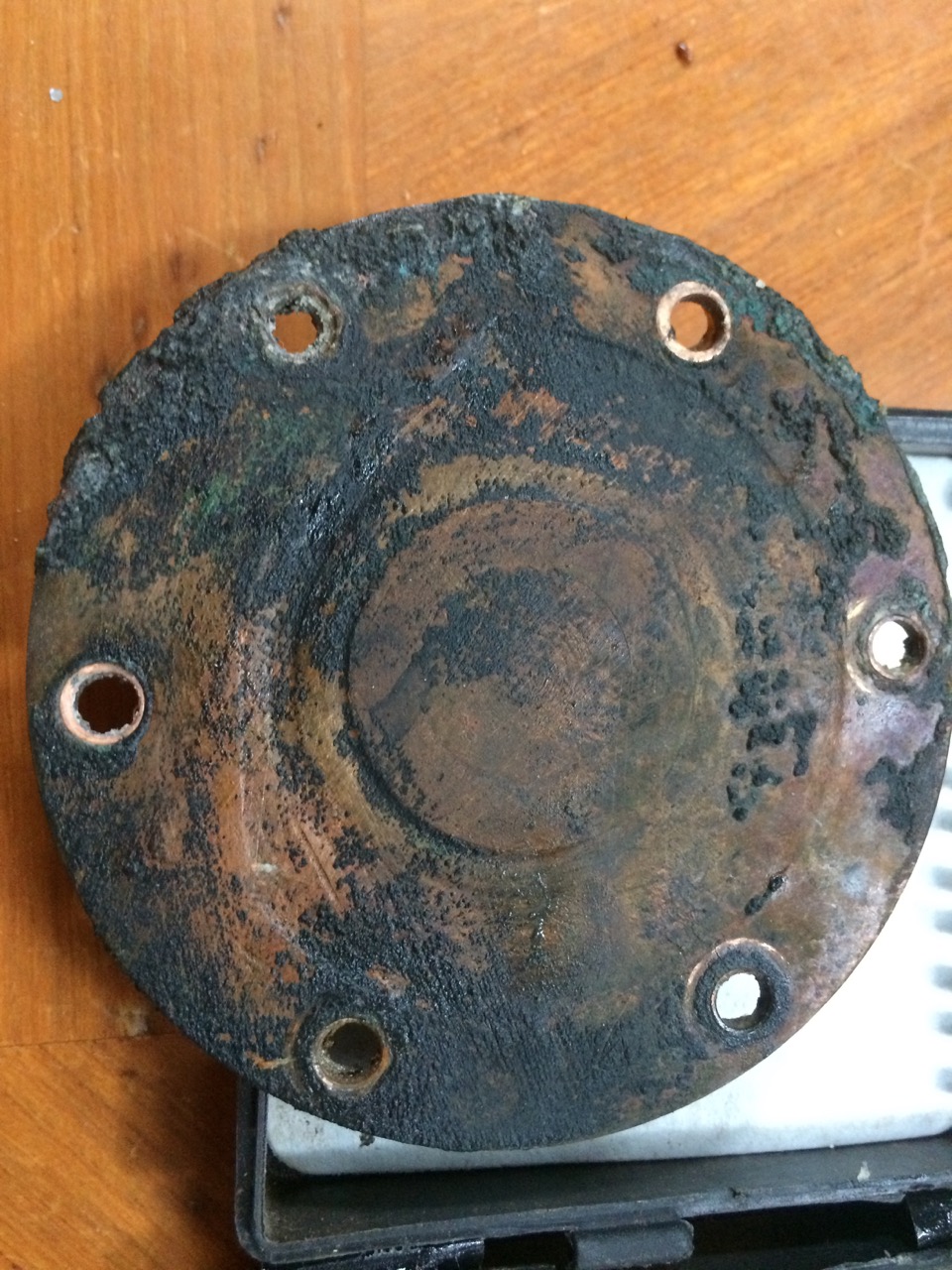
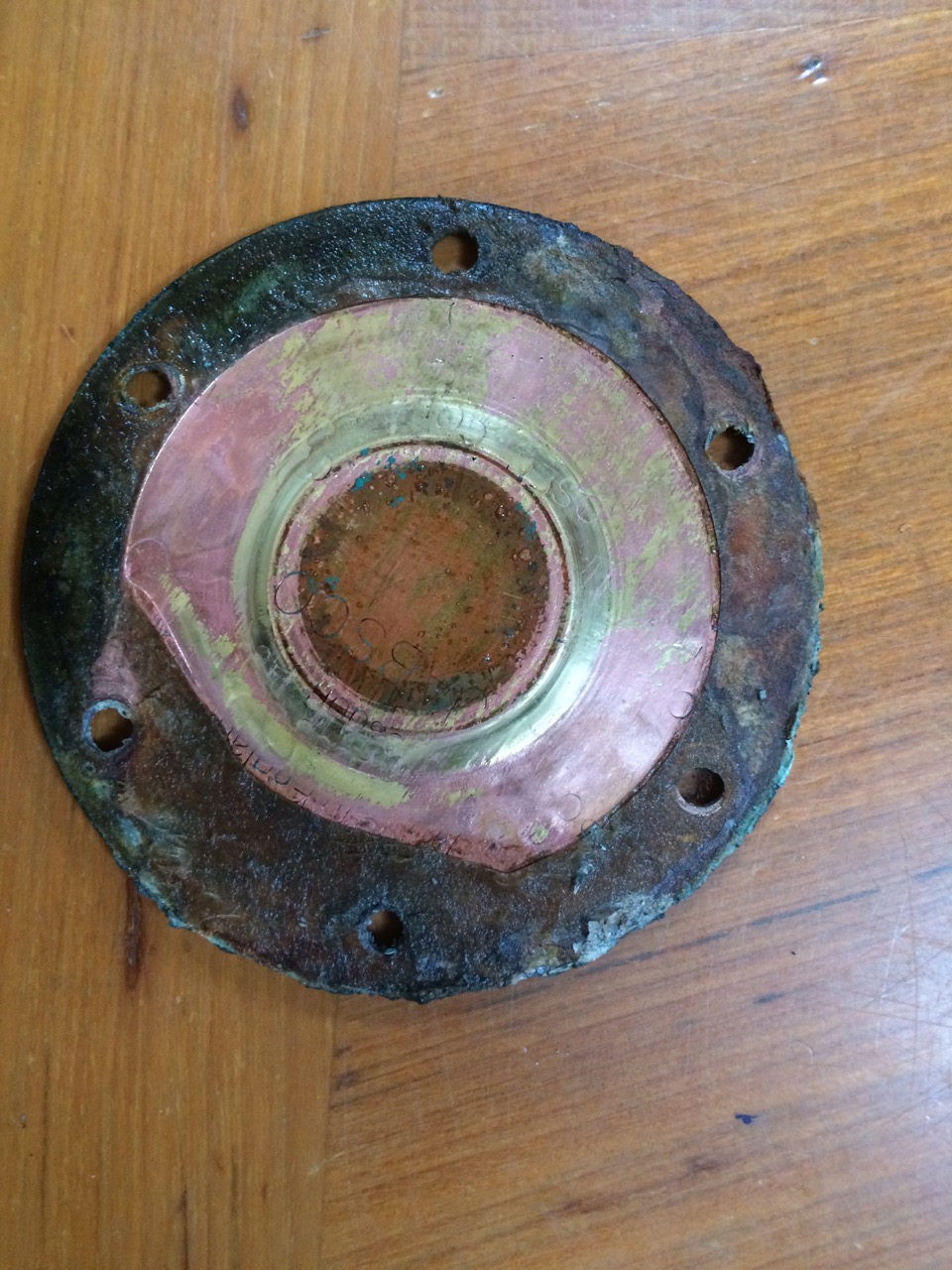
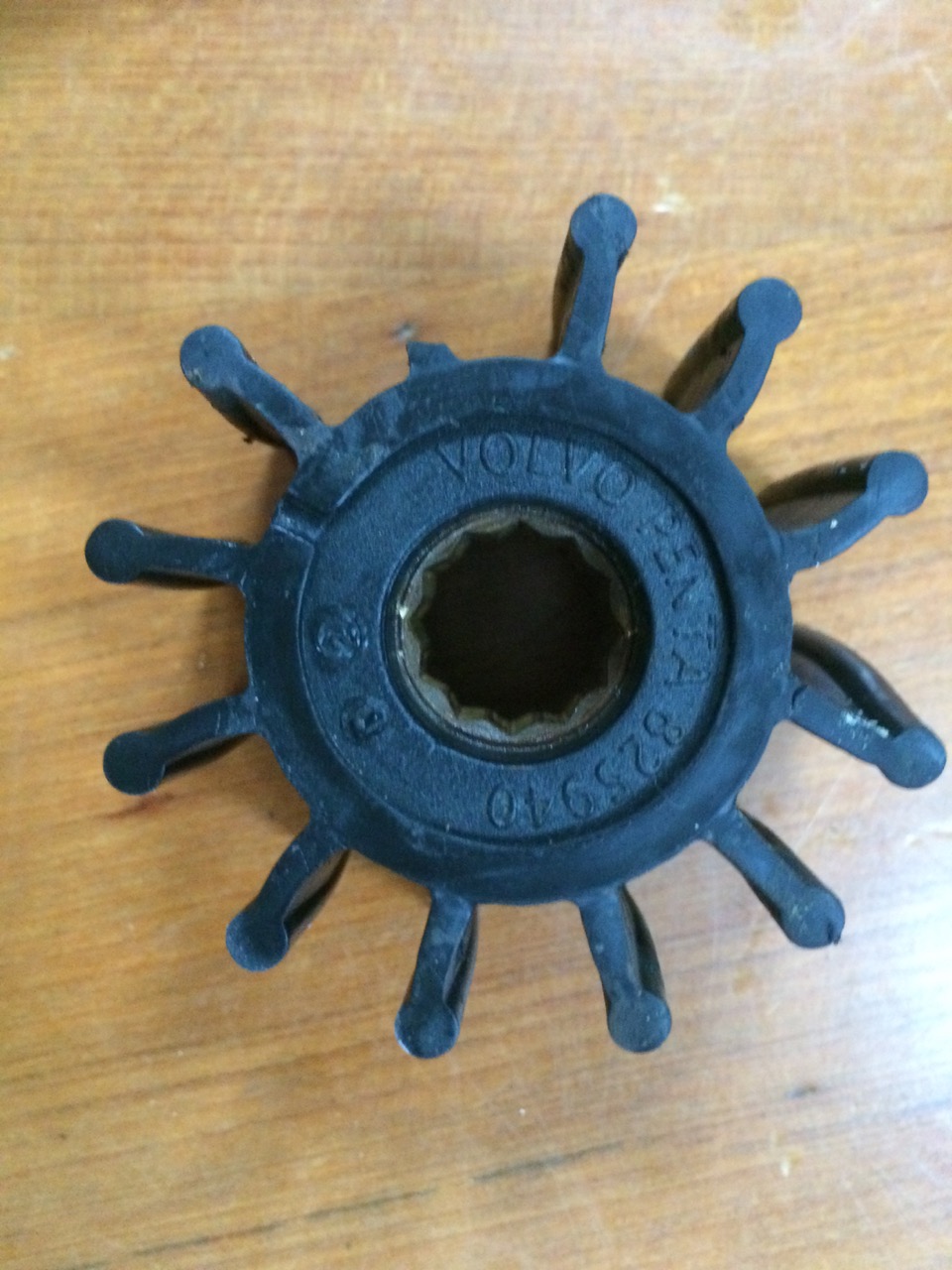
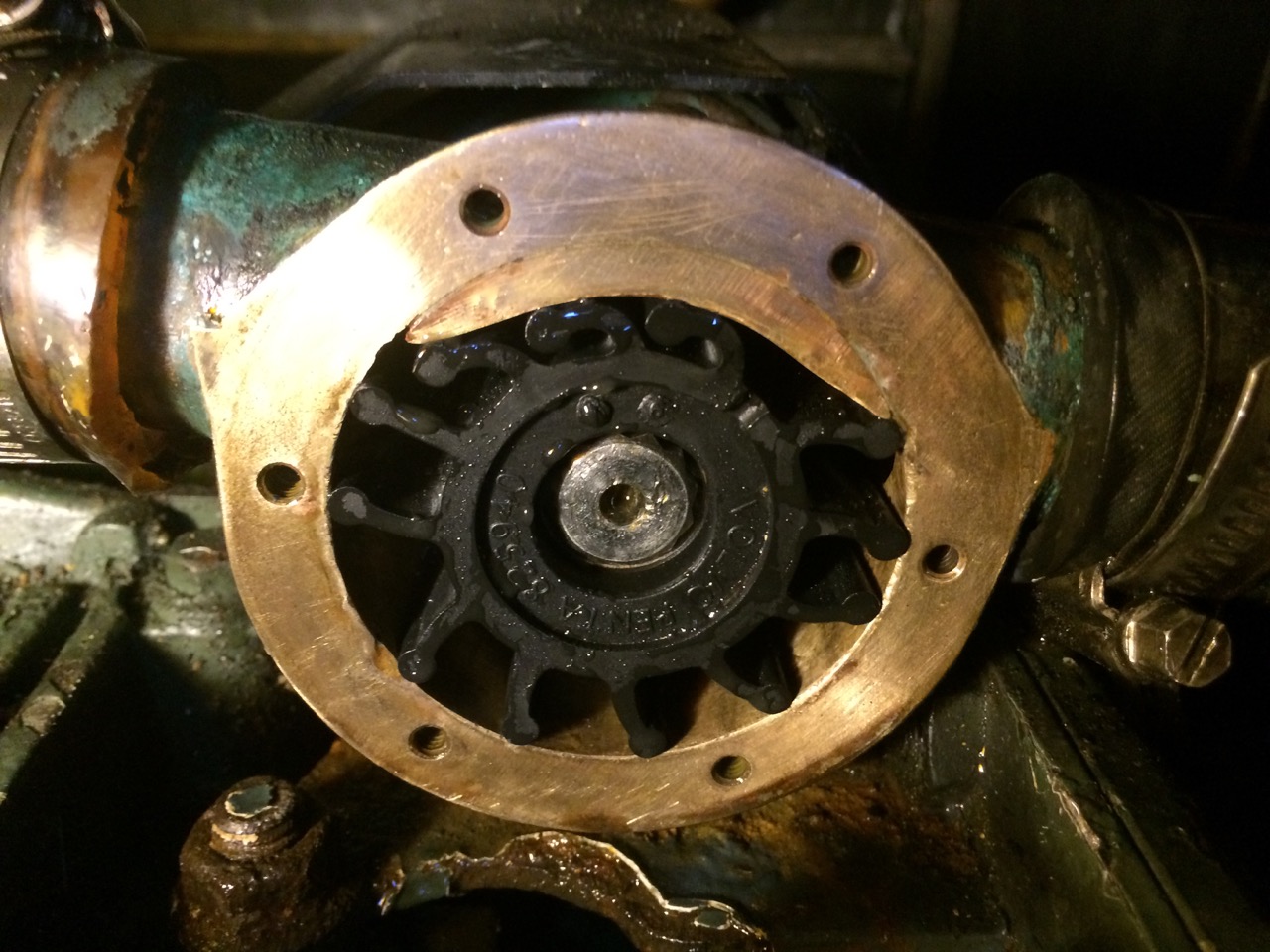 Sure enough, when I ran it up, it didn’t work, just like the last time after the yard launched me, something to do with air being sucked in and it not being able to create a vacuum. I’m not sure if putting the bung in the middle, which I had forgotten, or reversing the cover plate was the cure, but after I did these things, it was back to pumping water just fine, and I couldn’t see any trace of a leak, however I need to watch it closely over time.
Sure enough, when I ran it up, it didn’t work, just like the last time after the yard launched me, something to do with air being sucked in and it not being able to create a vacuum. I’m not sure if putting the bung in the middle, which I had forgotten, or reversing the cover plate was the cure, but after I did these things, it was back to pumping water just fine, and I couldn’t see any trace of a leak, however I need to watch it closely over time.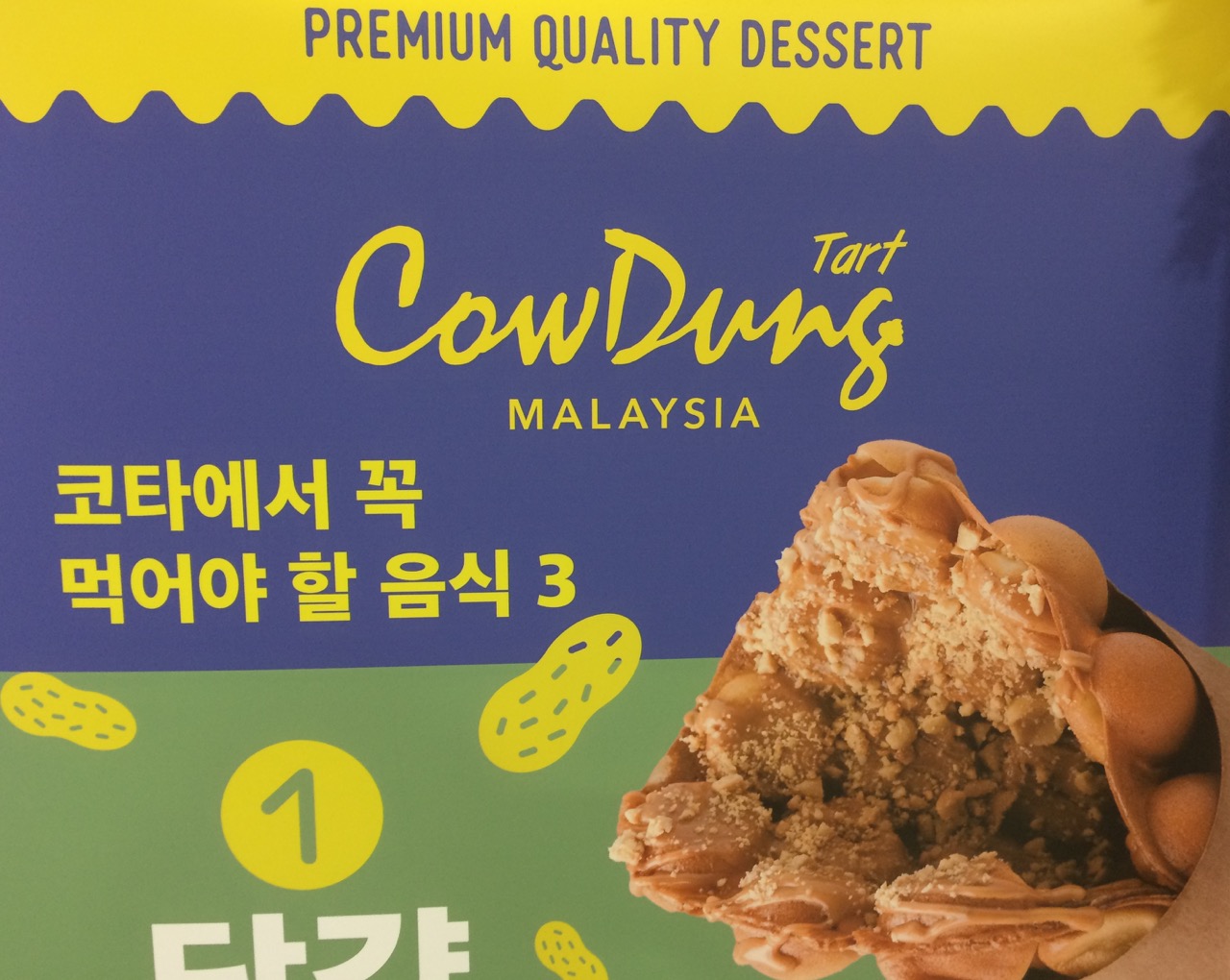
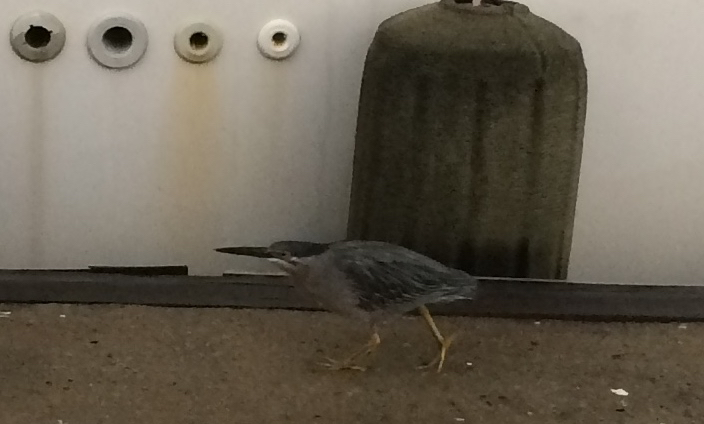
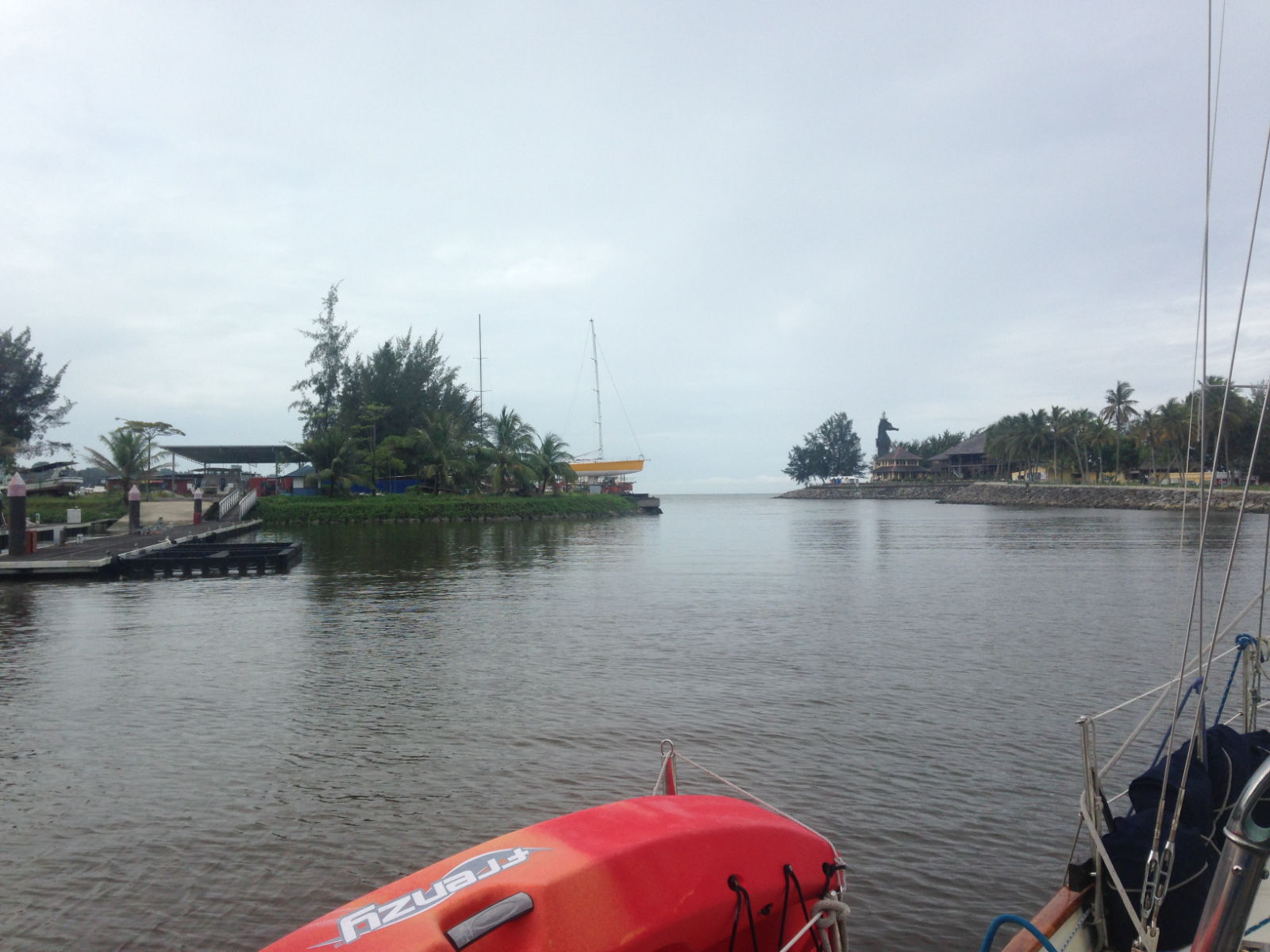
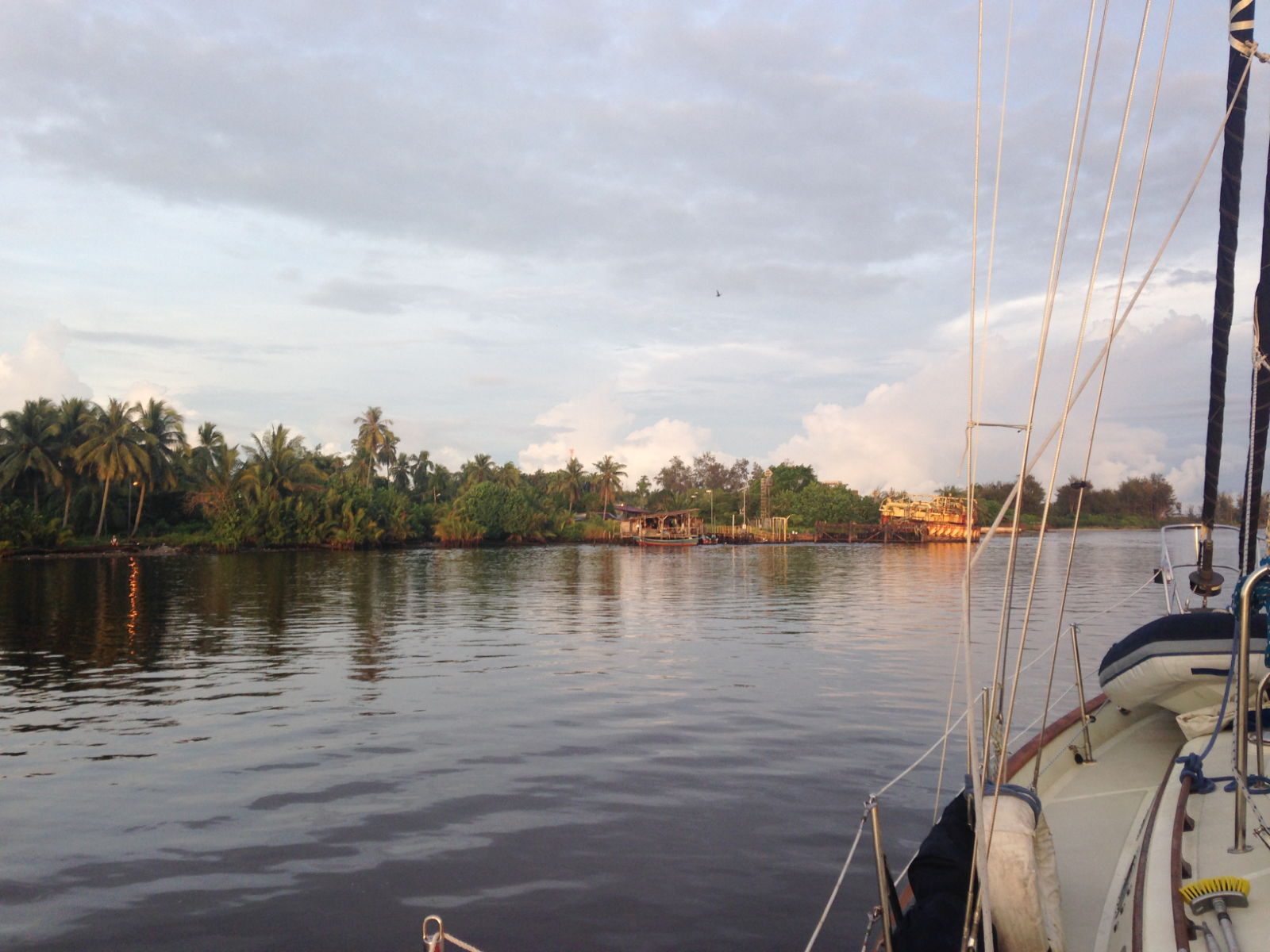
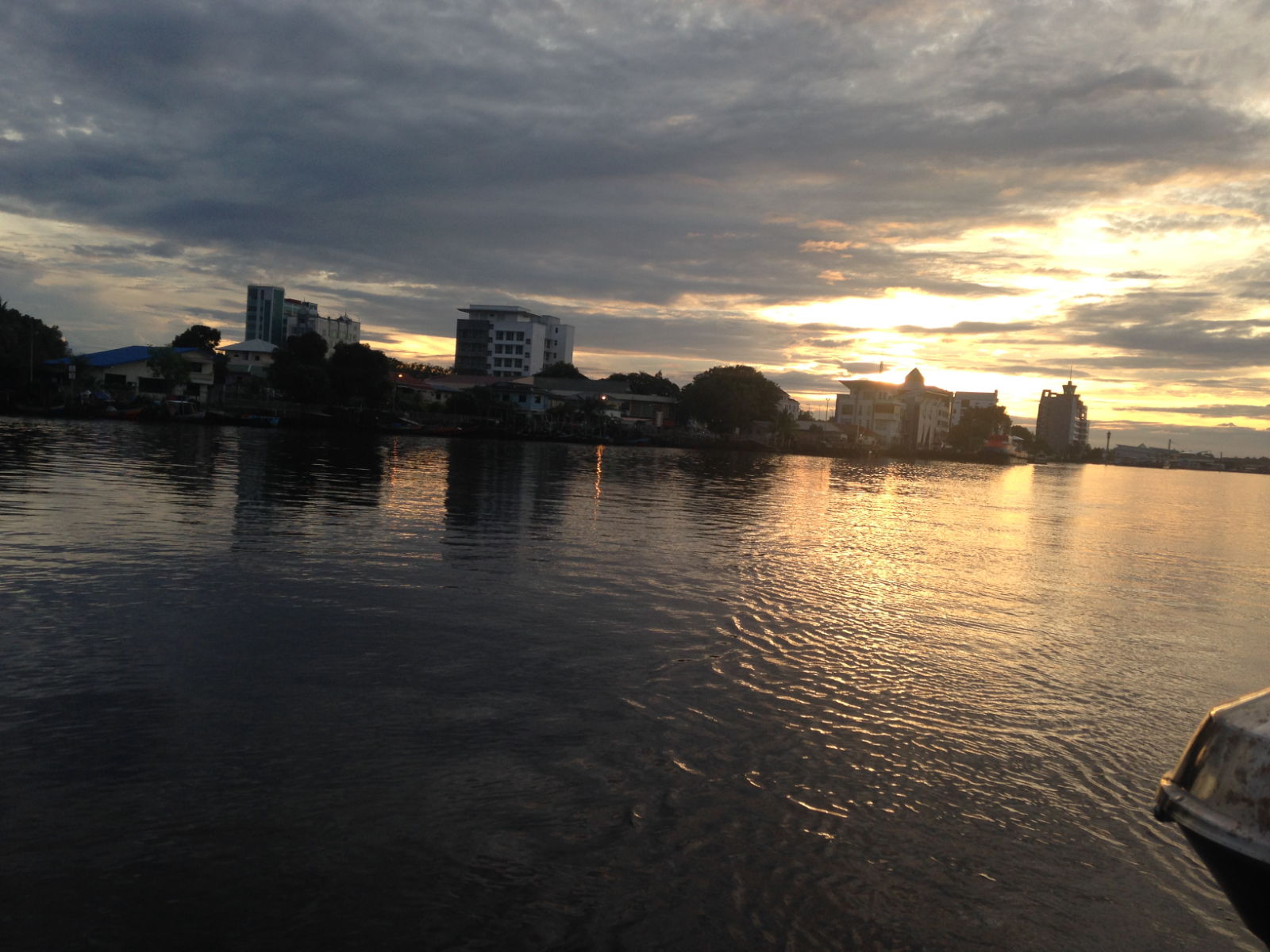
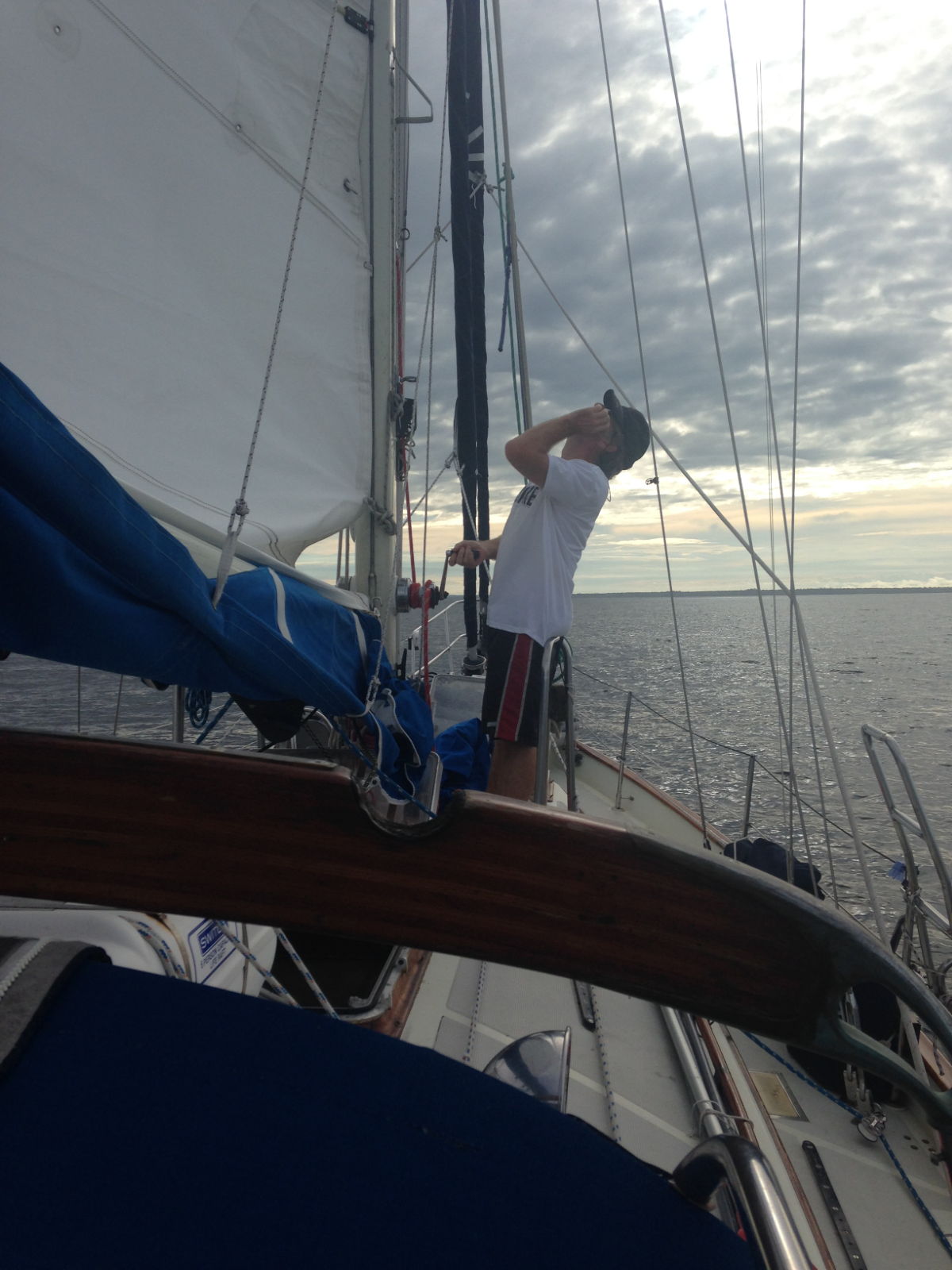

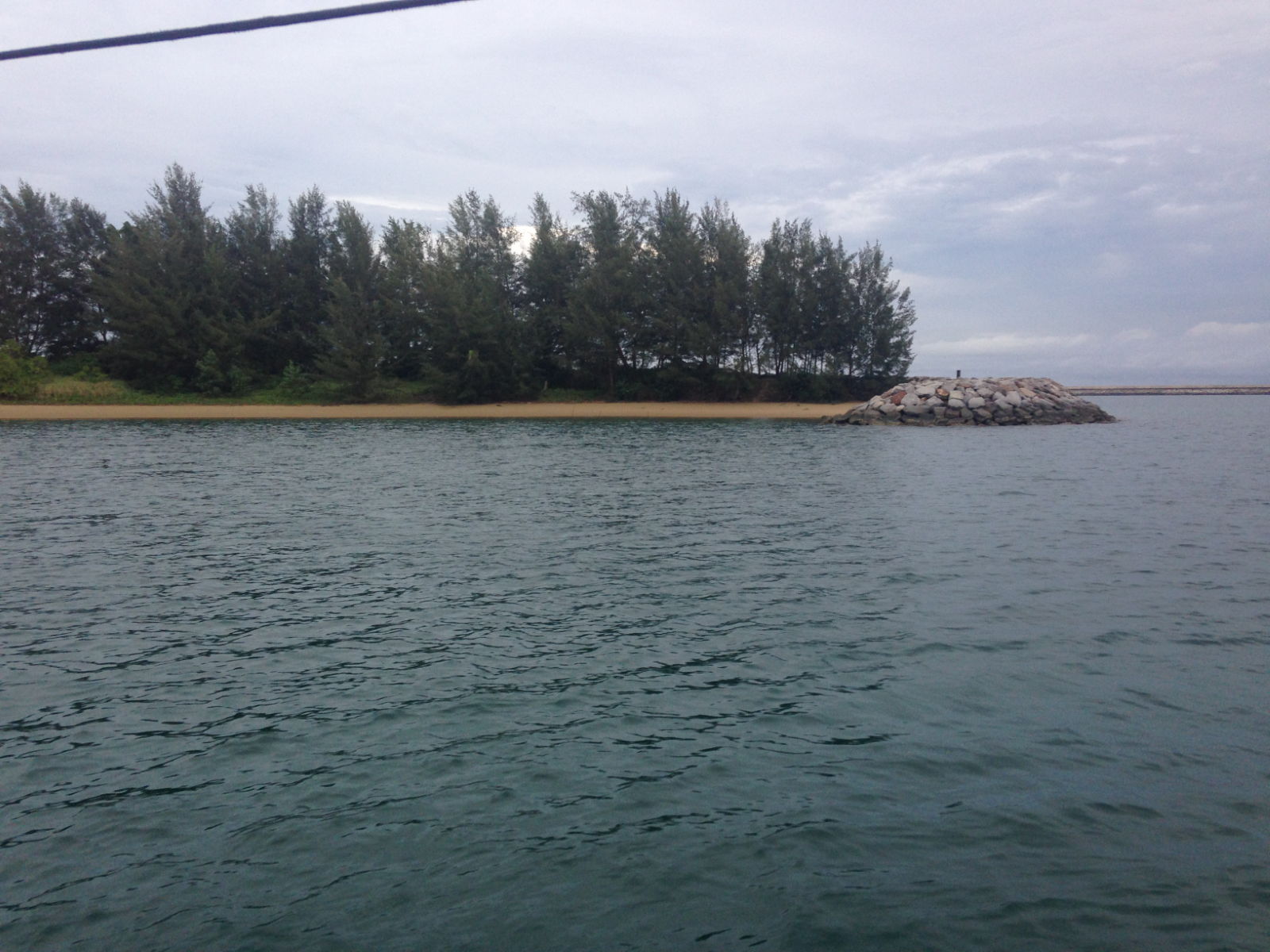
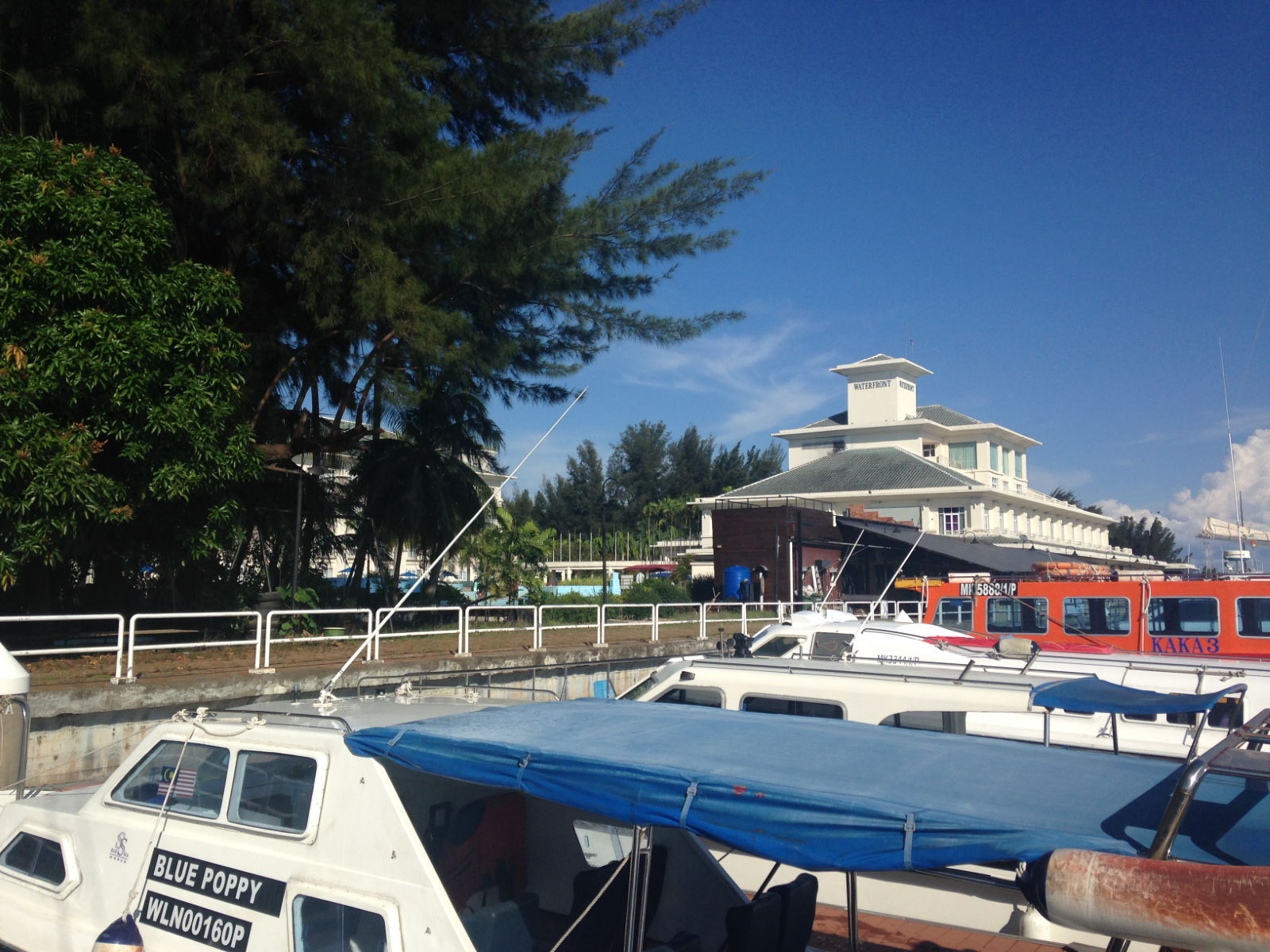
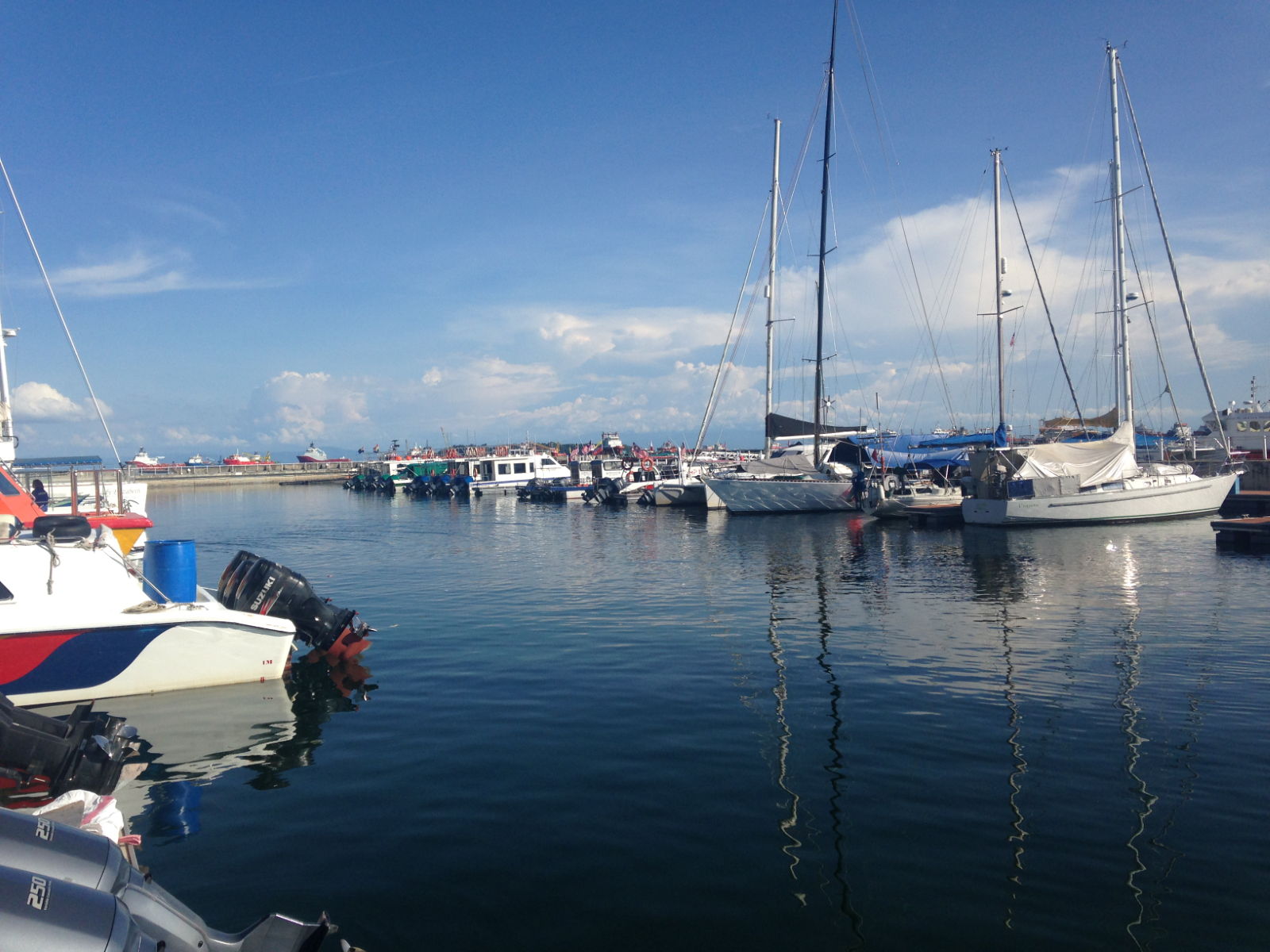
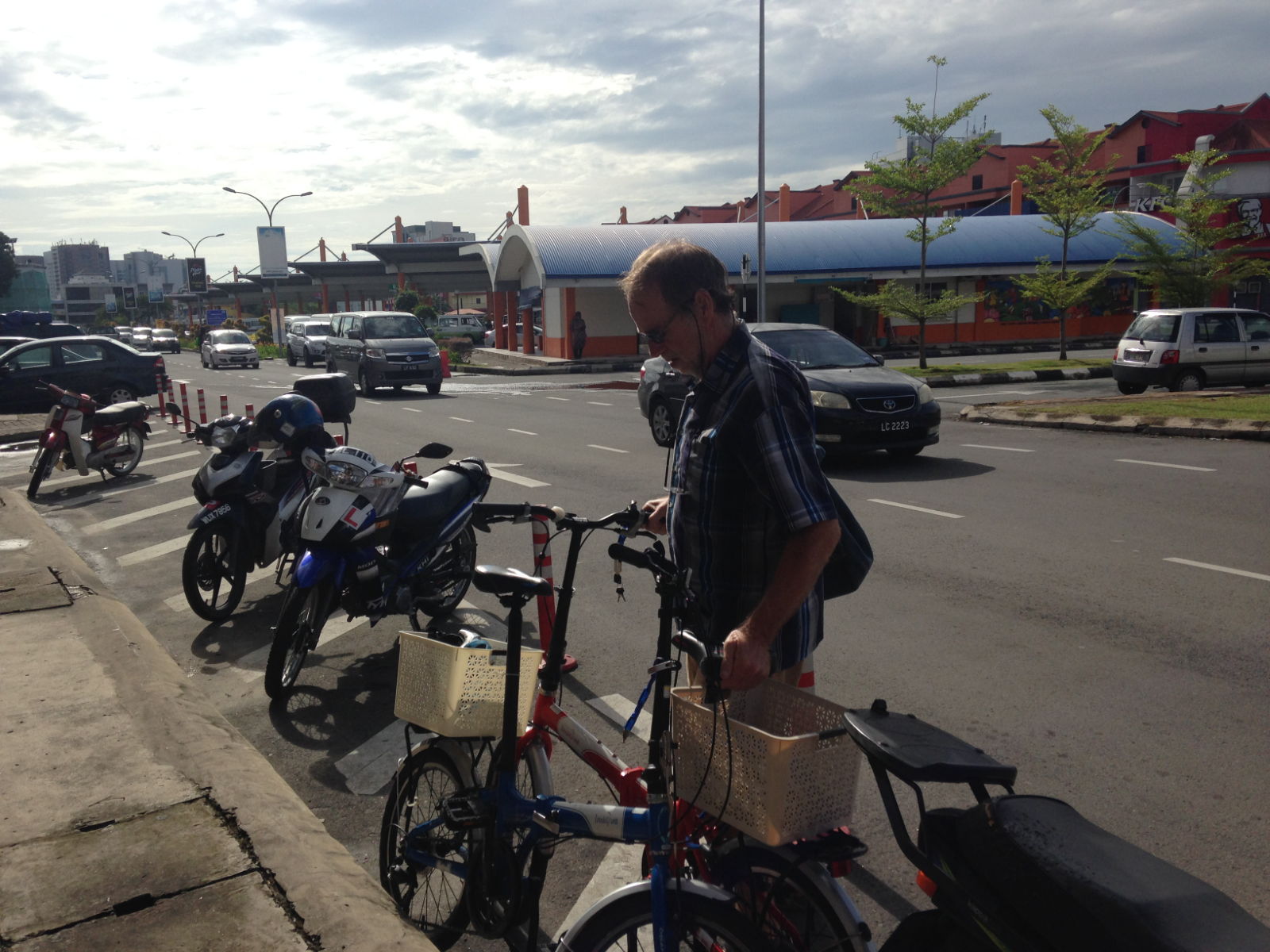
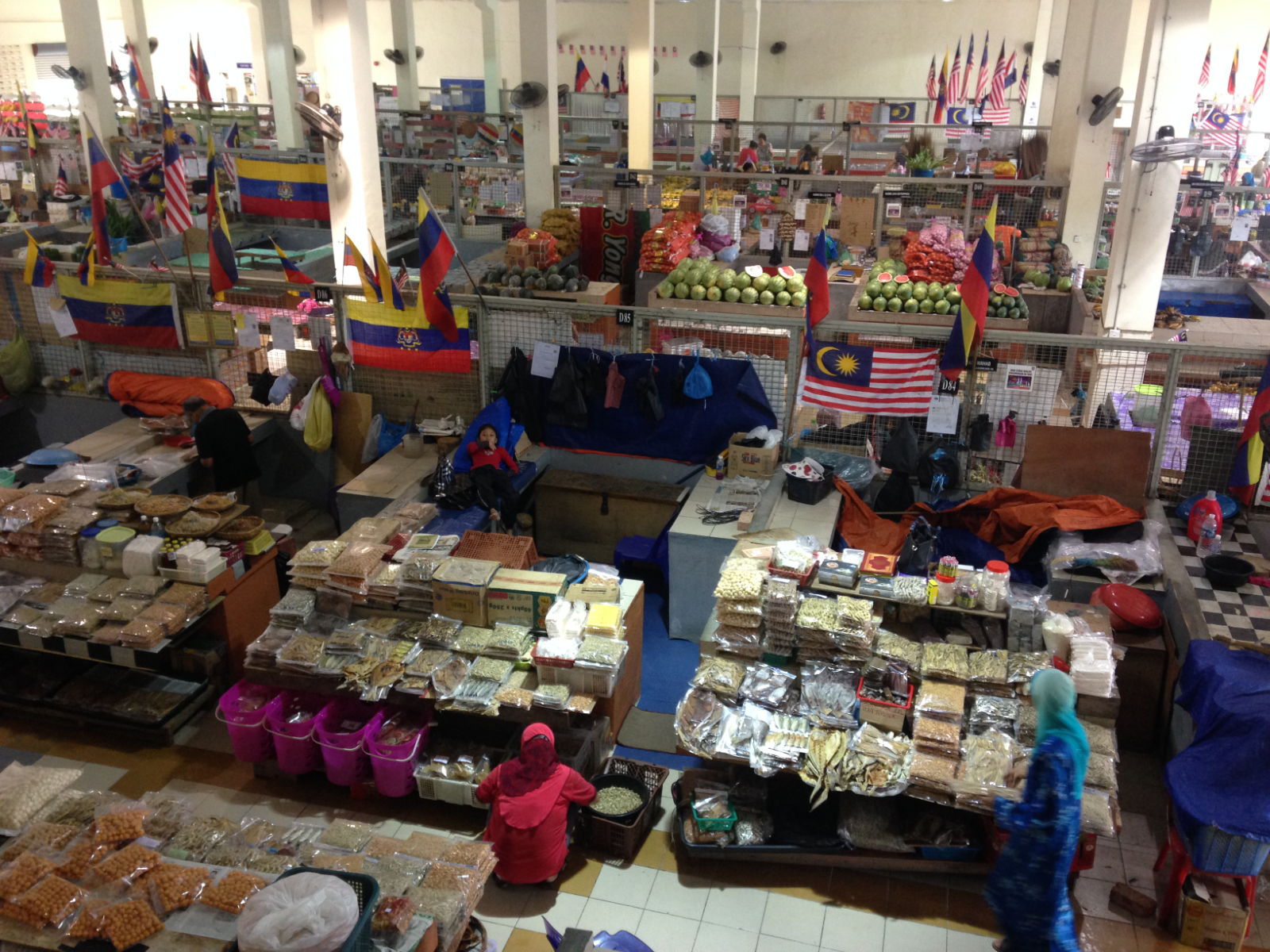
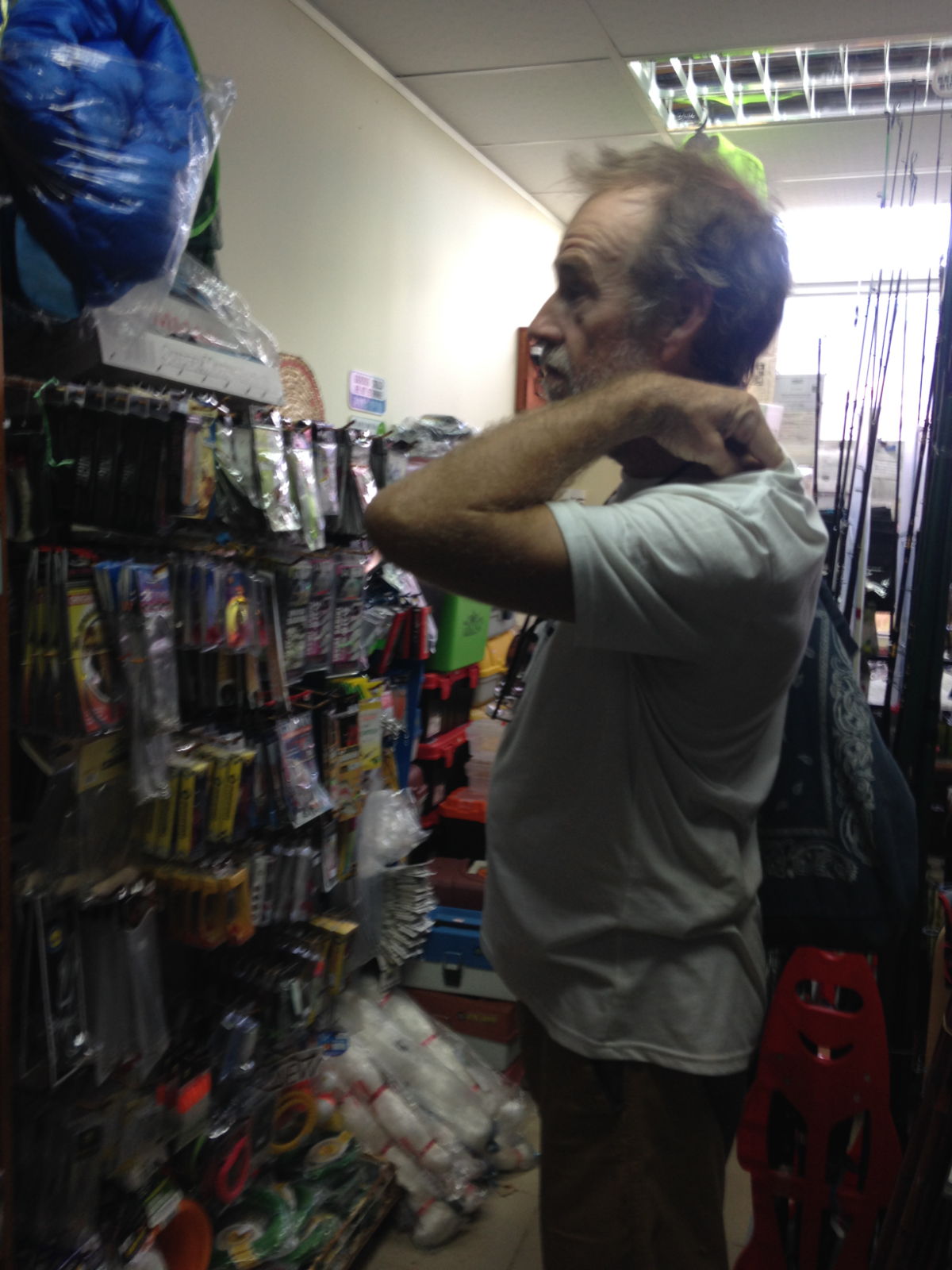
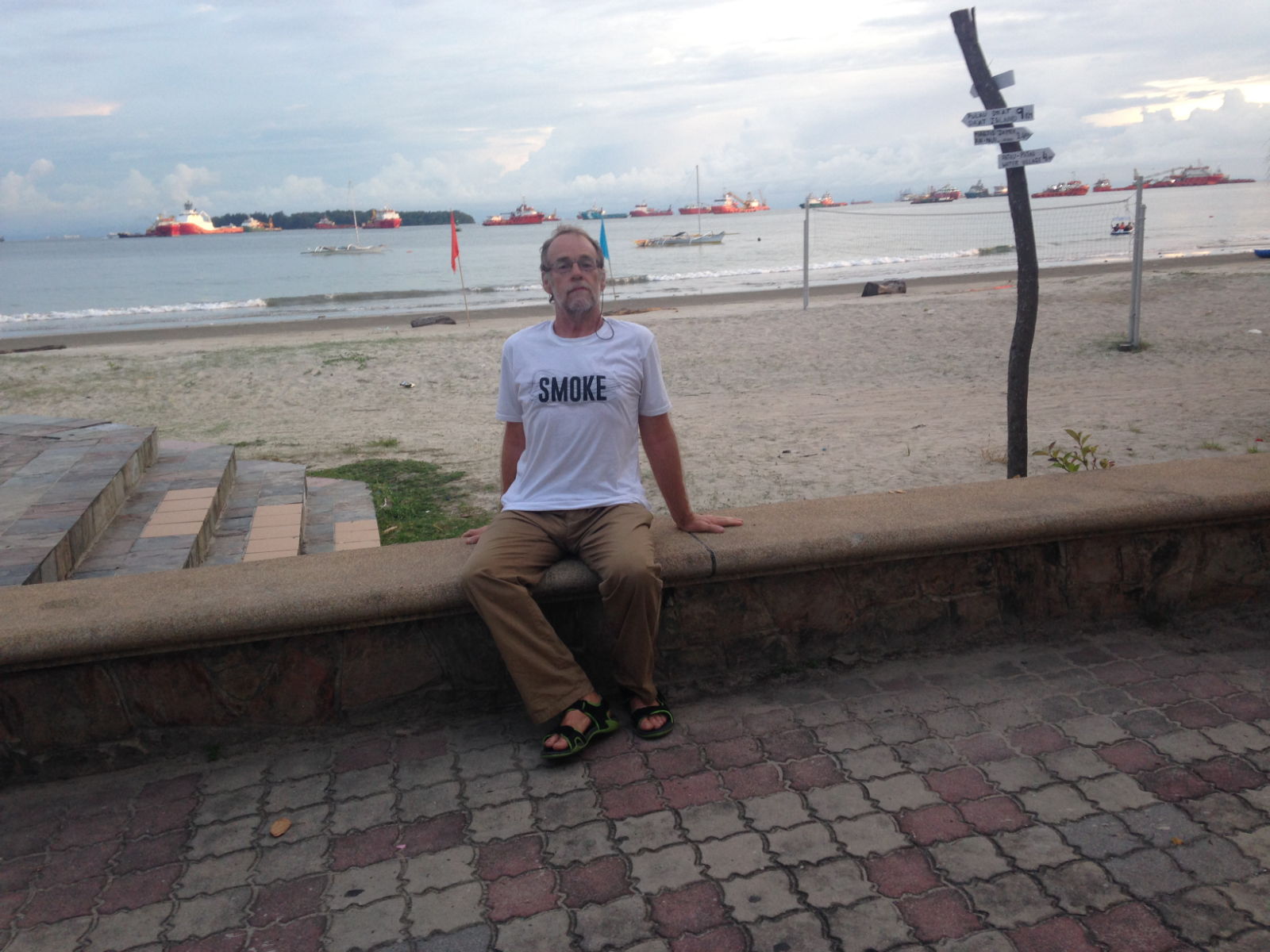
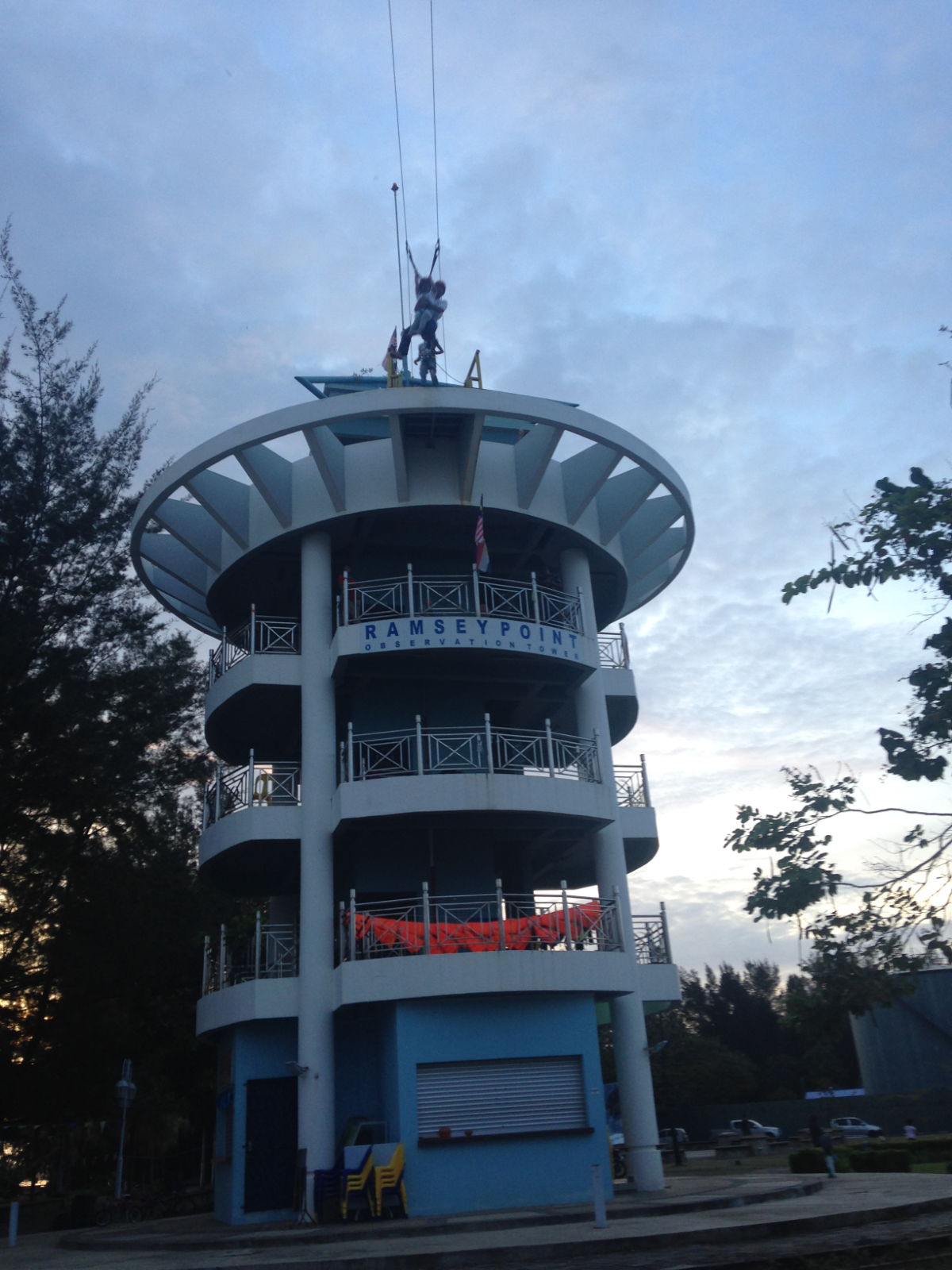
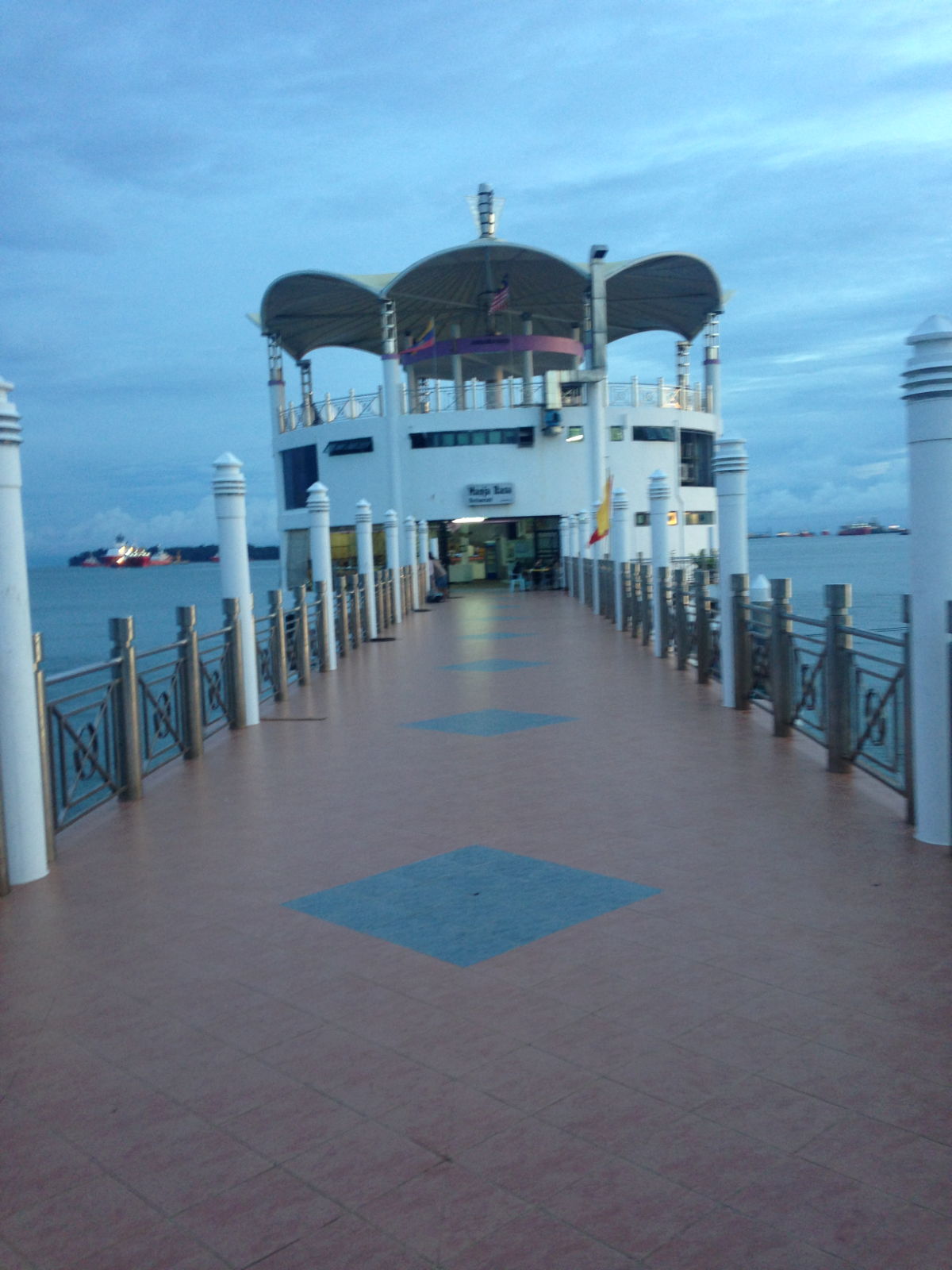
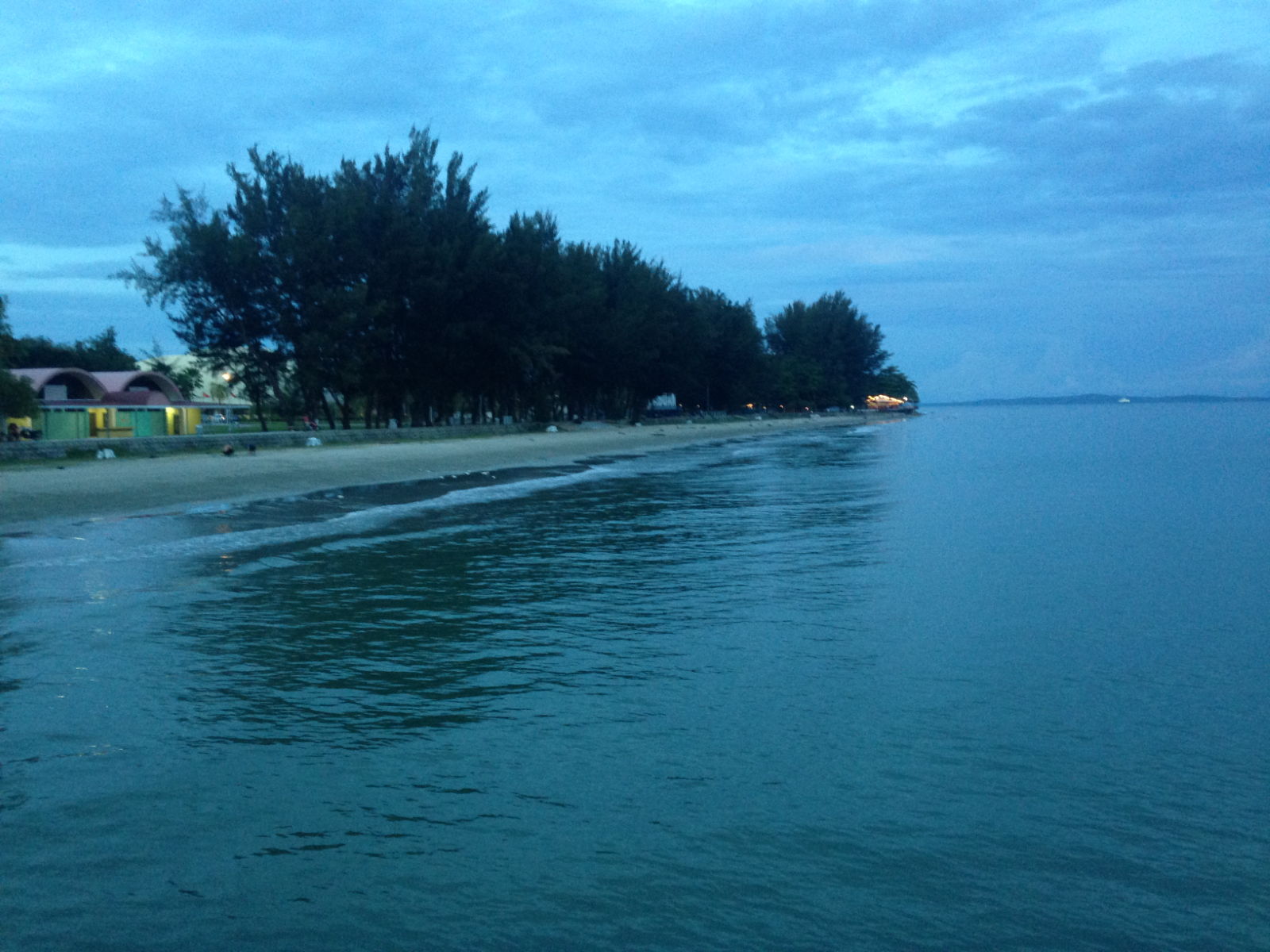
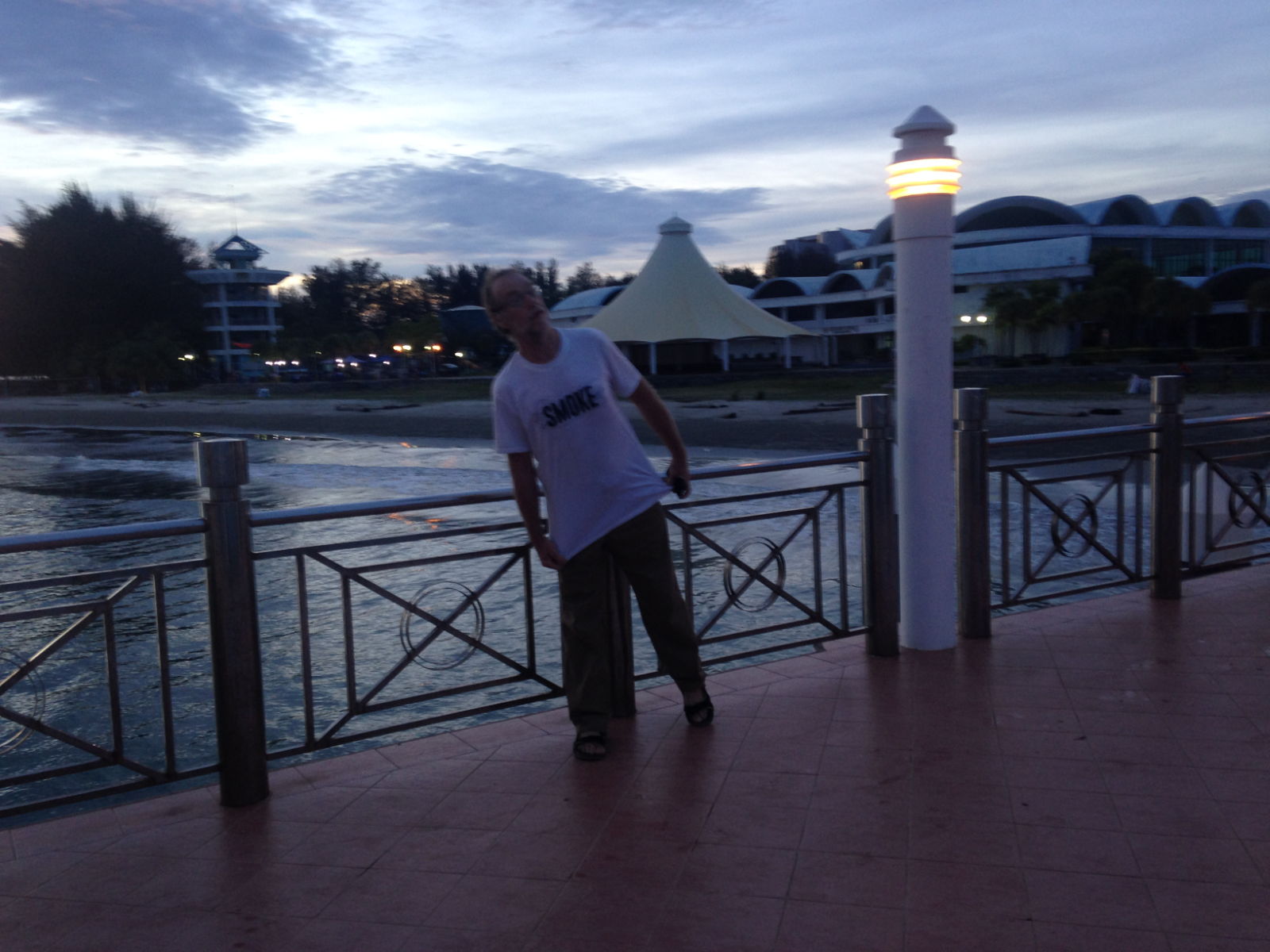
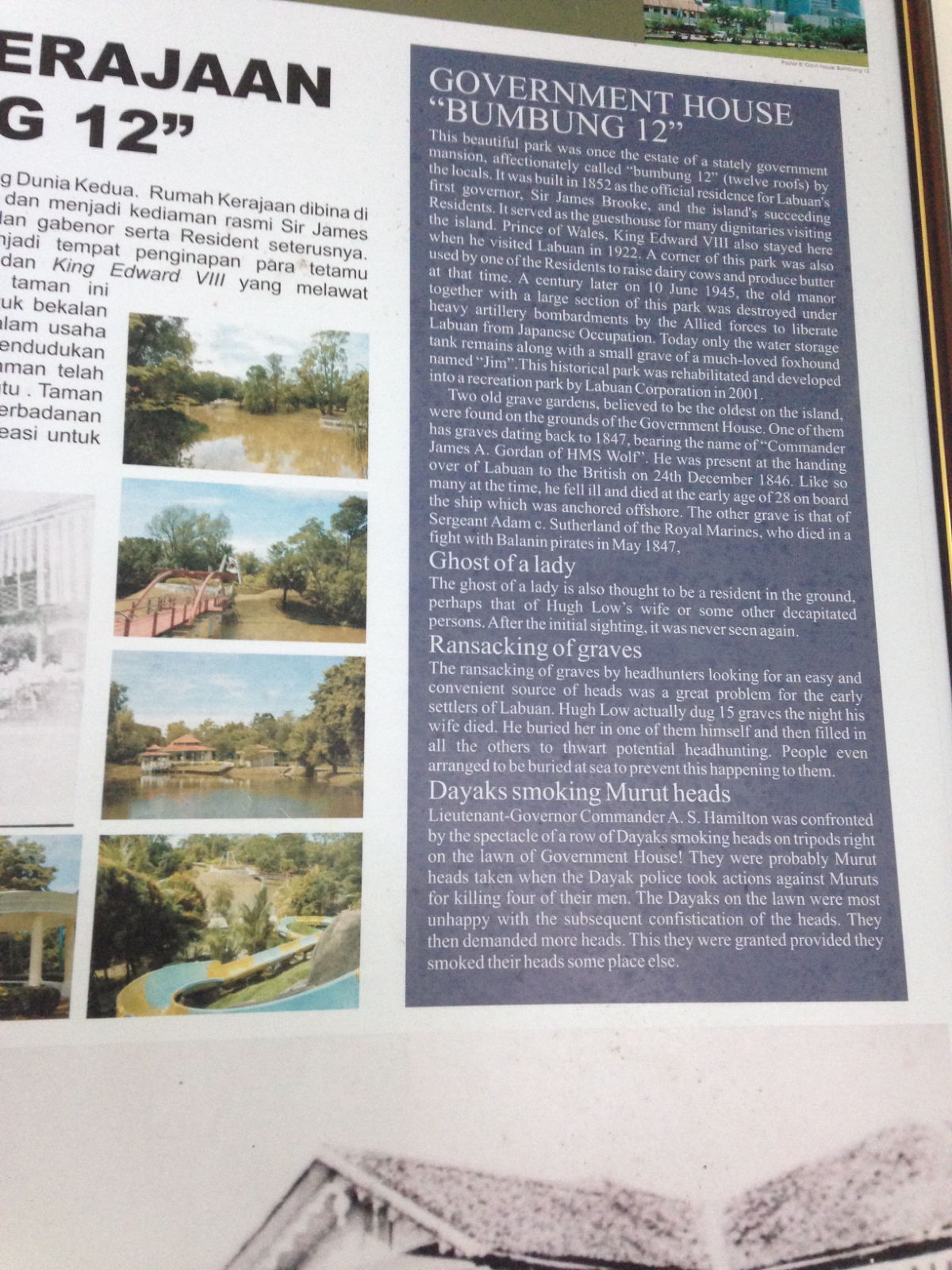
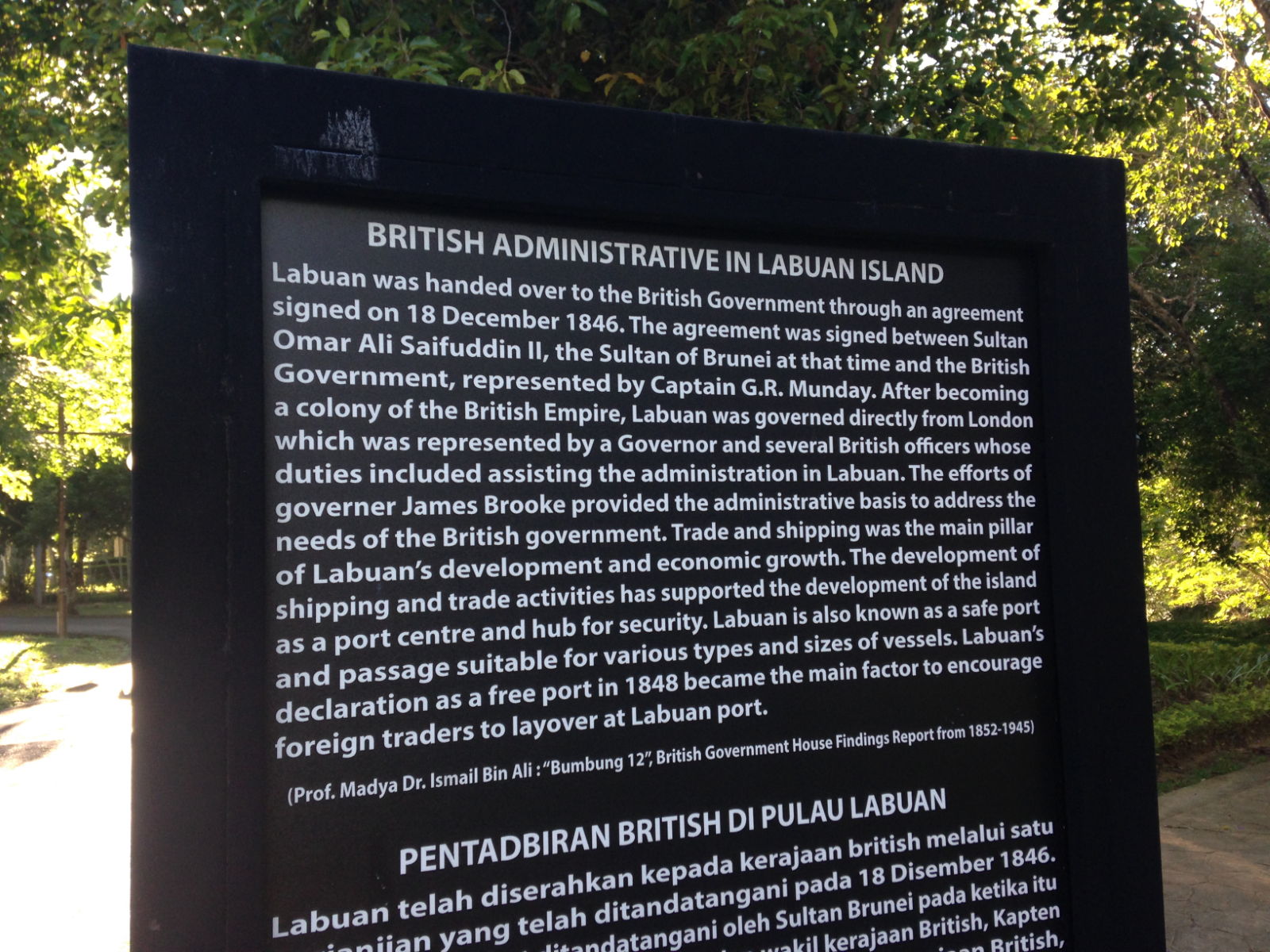
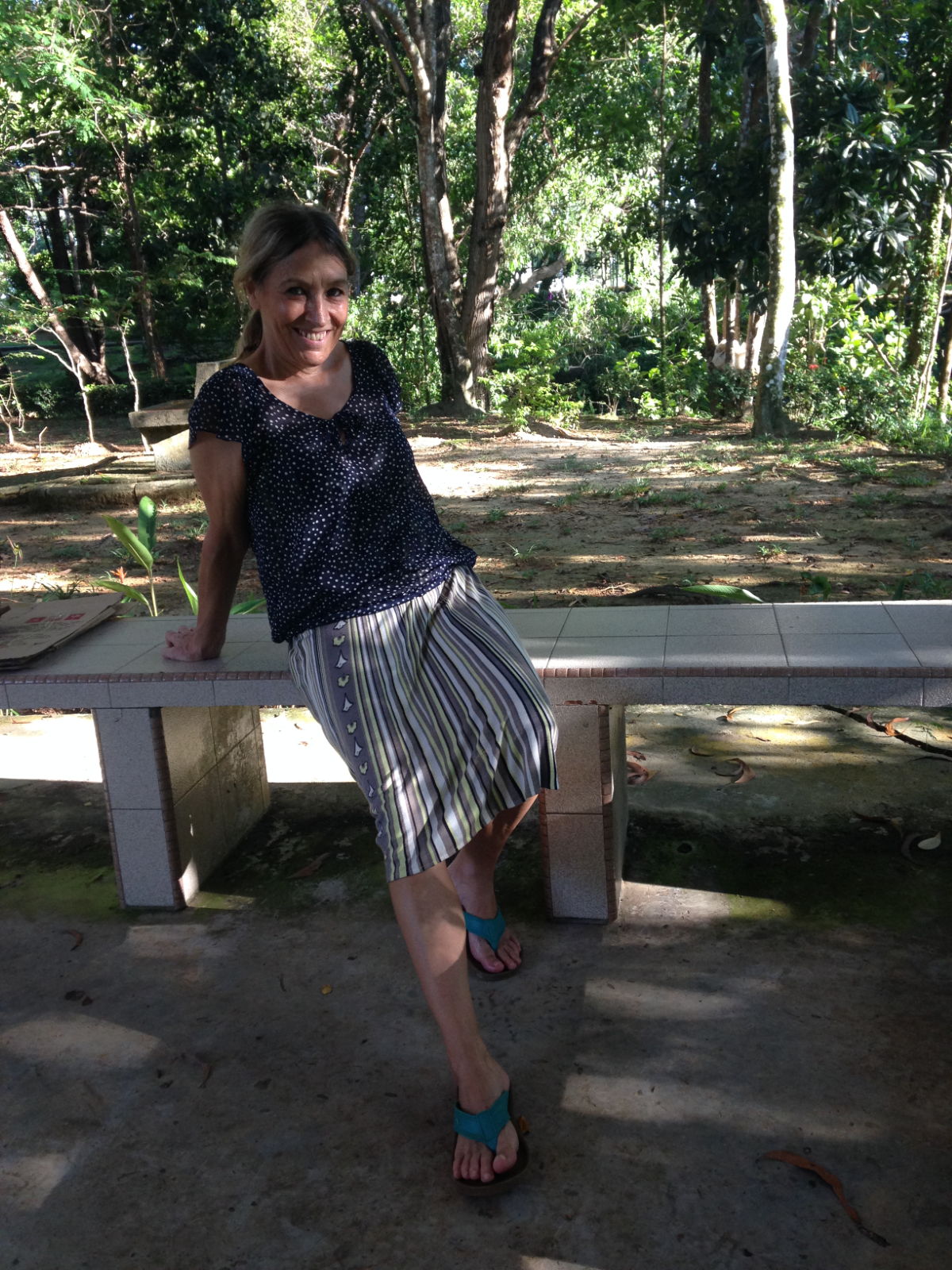
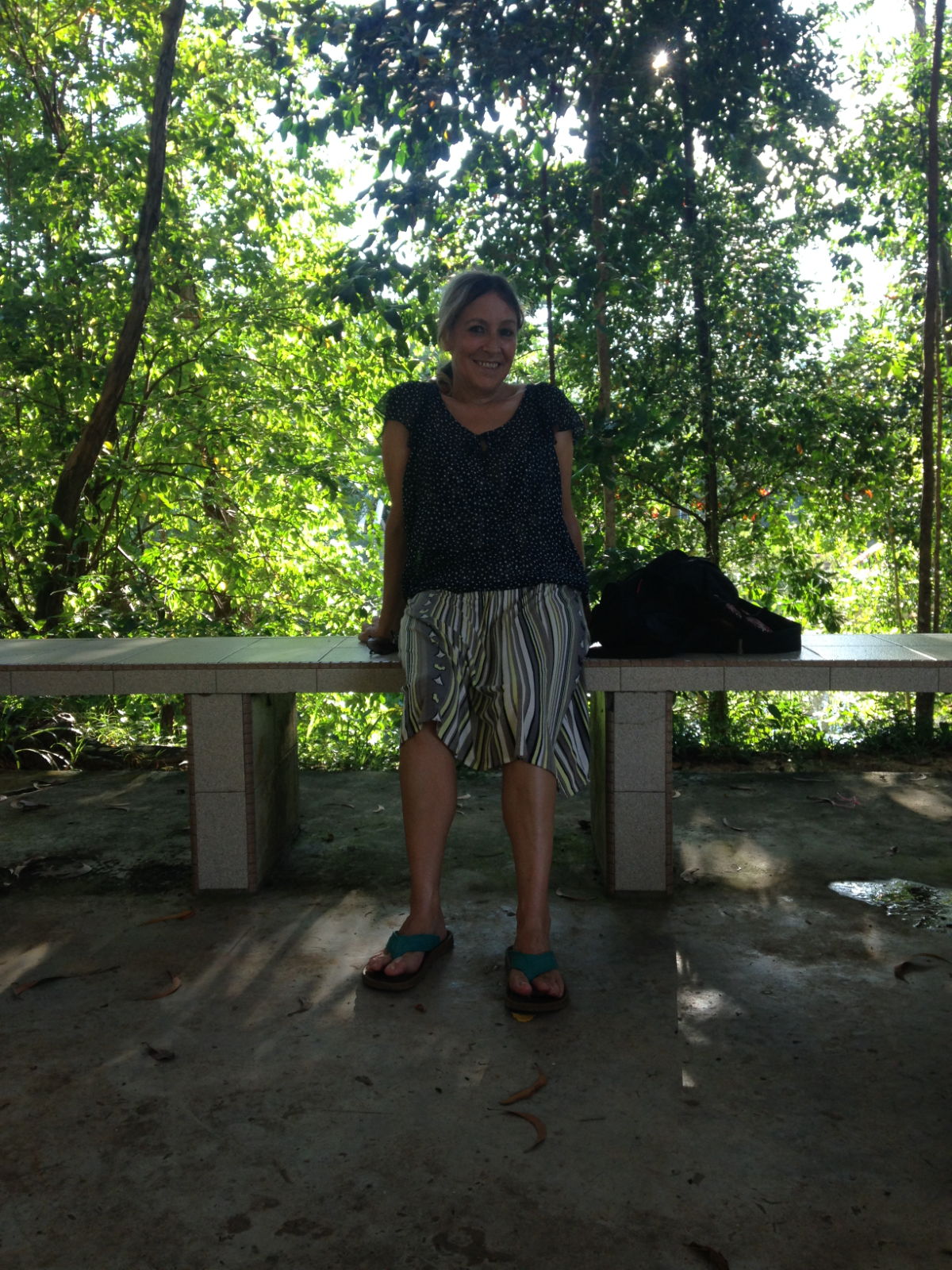
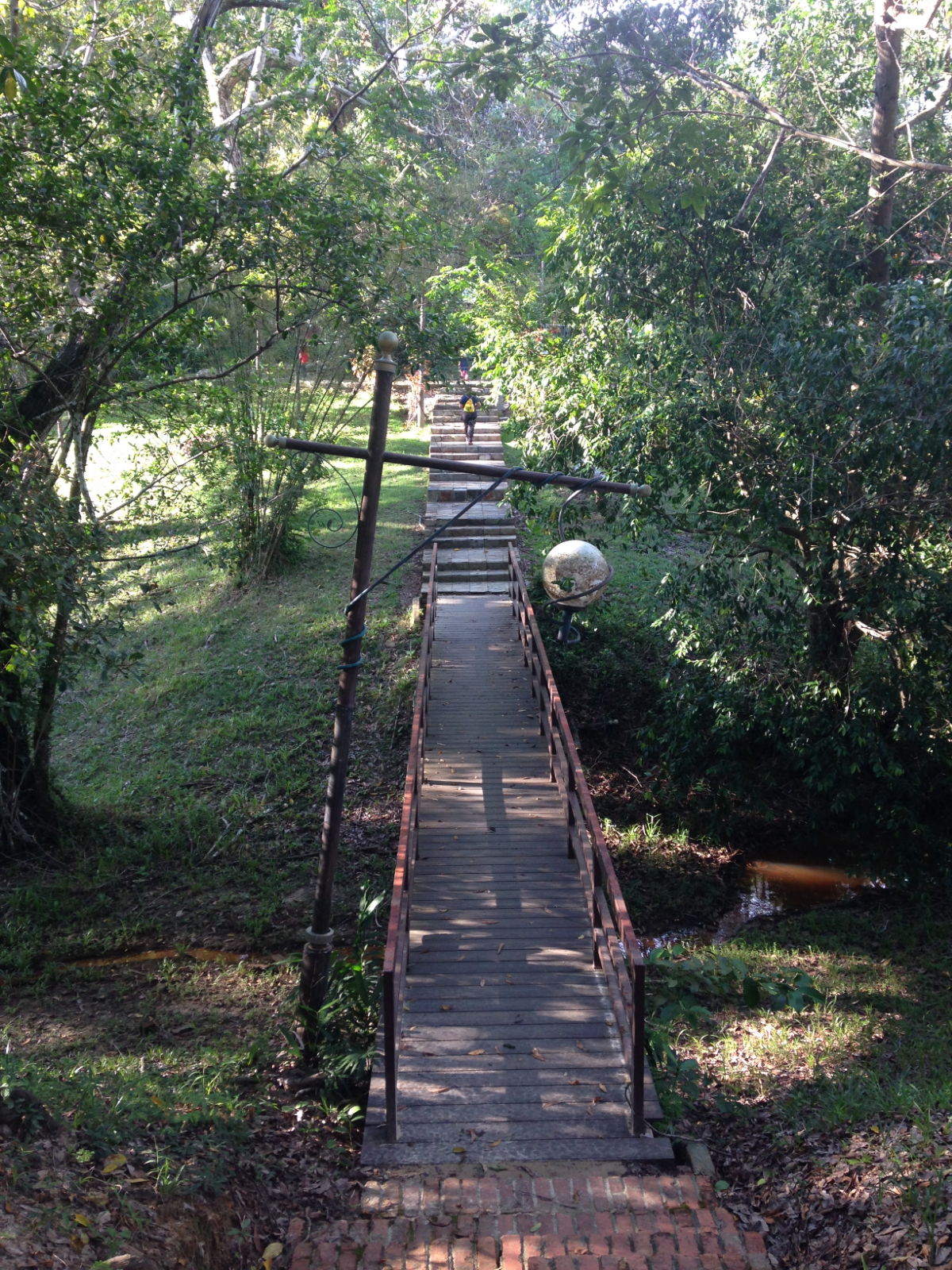
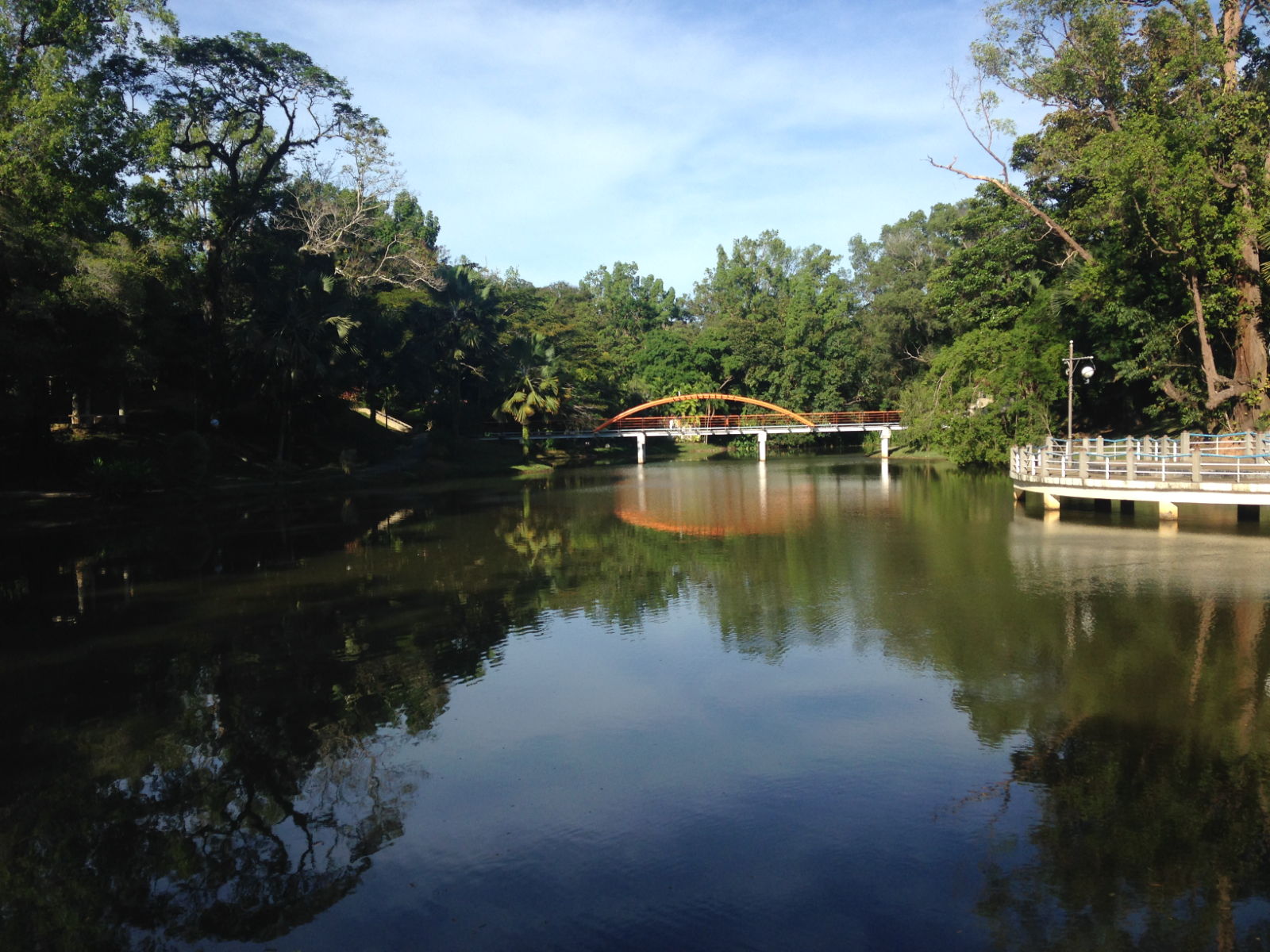
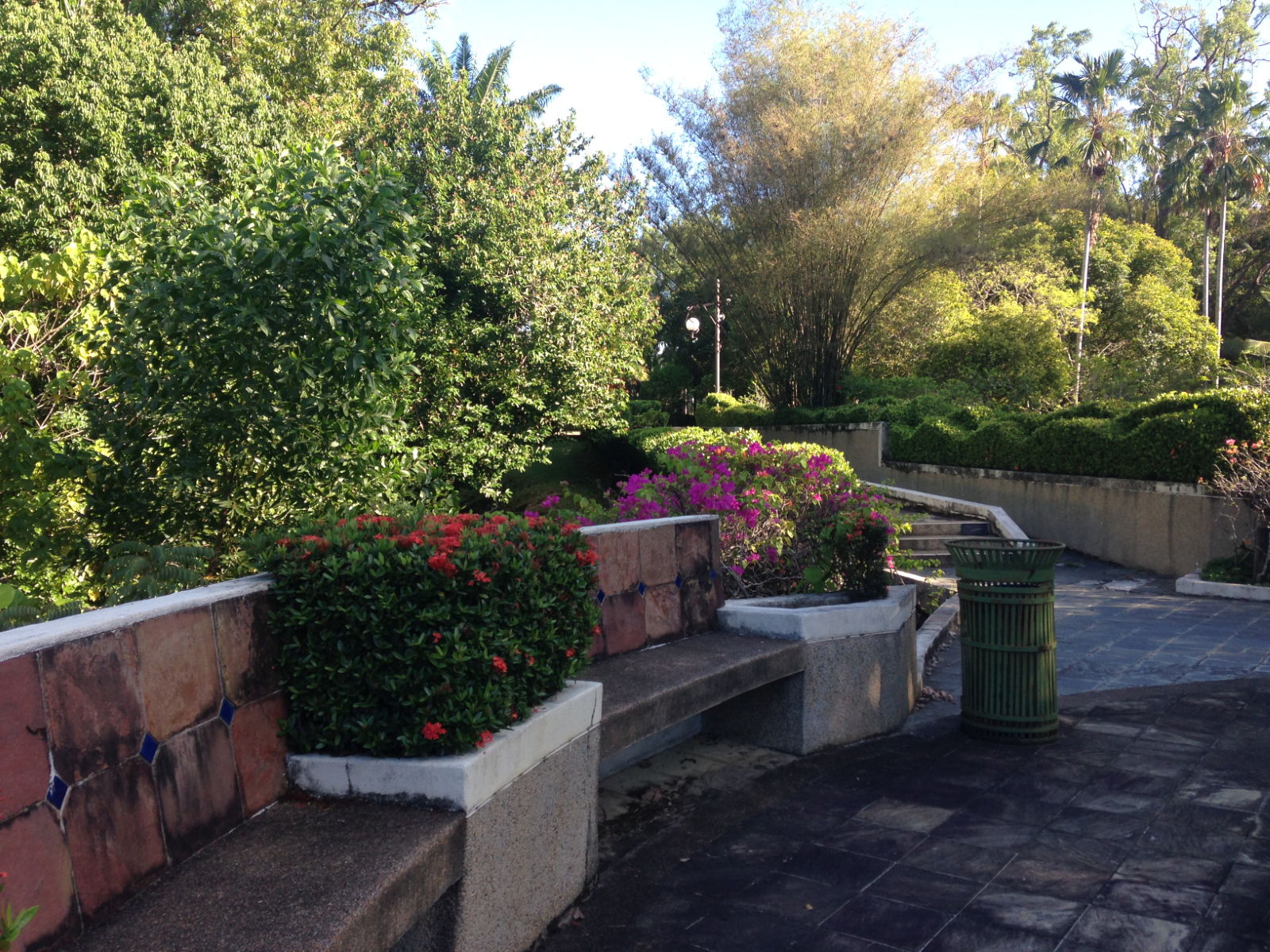
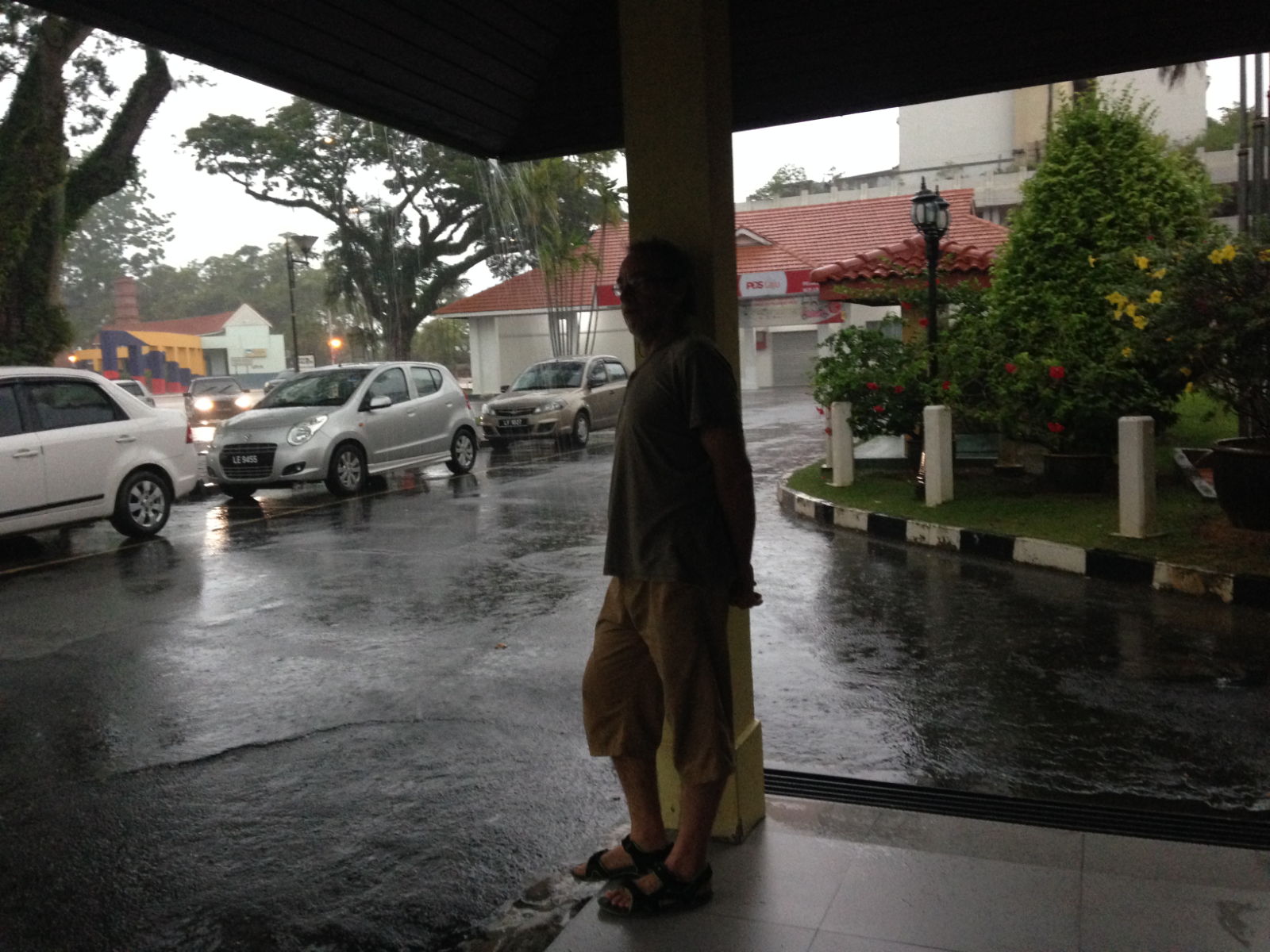
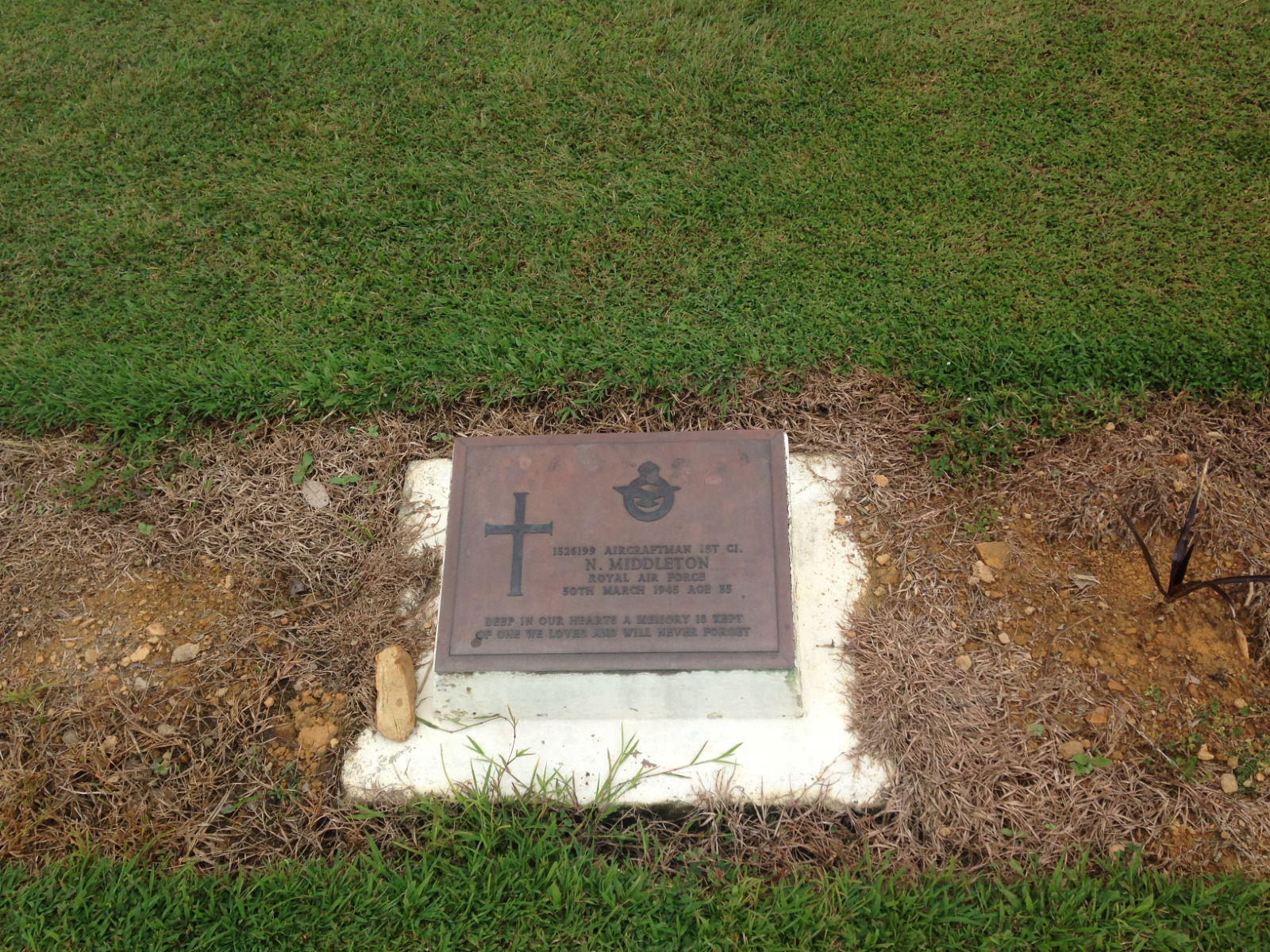
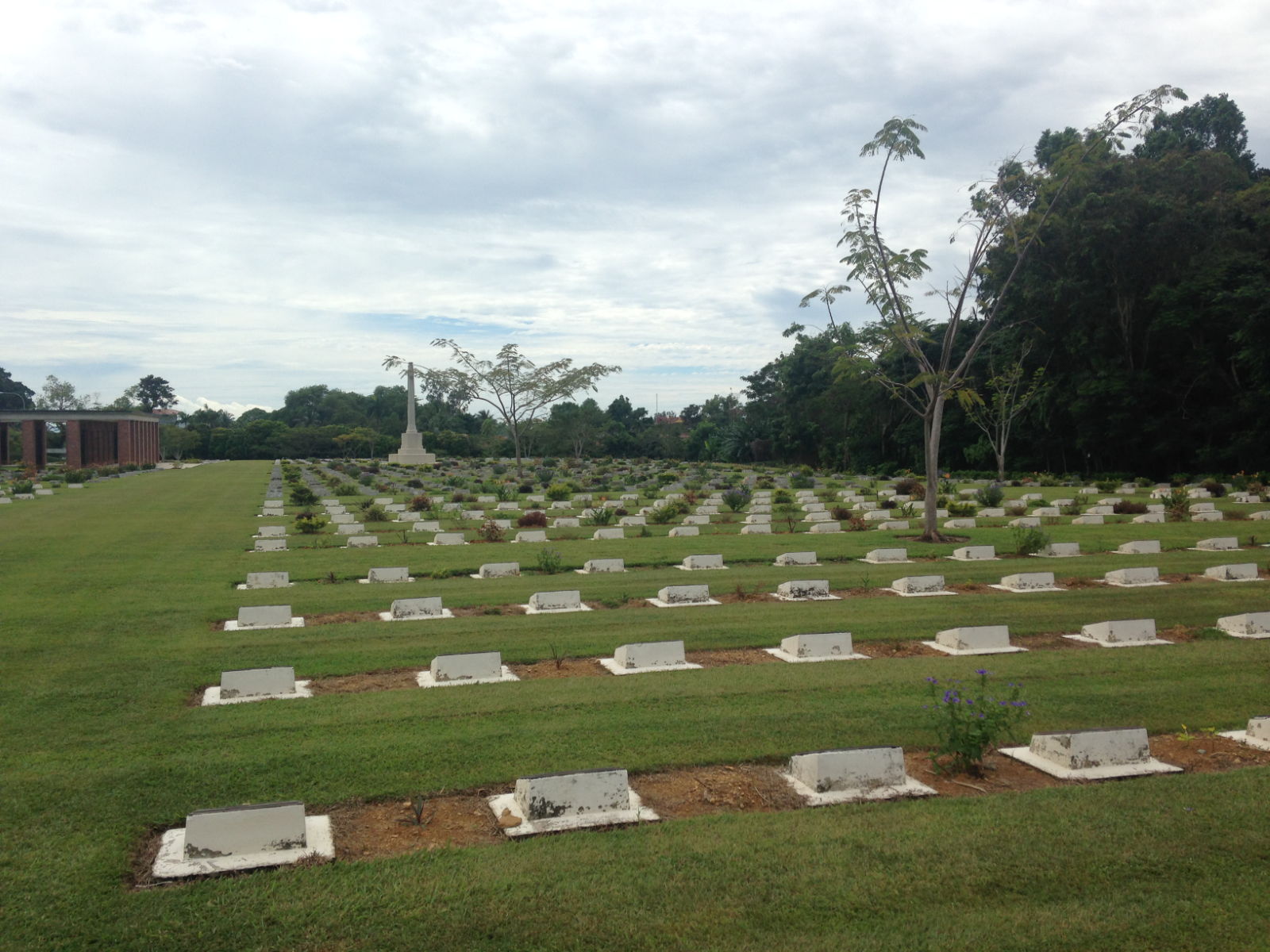
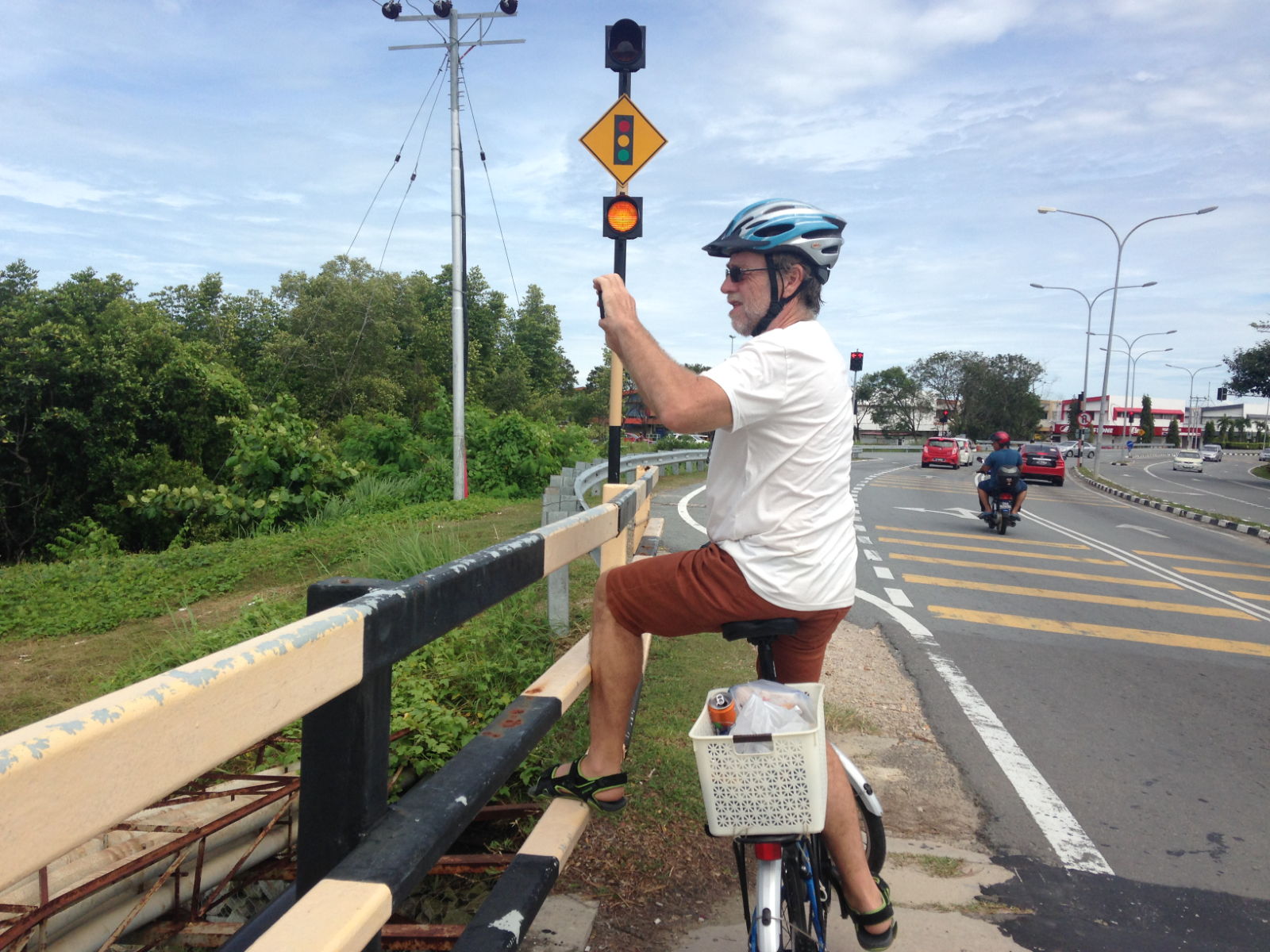
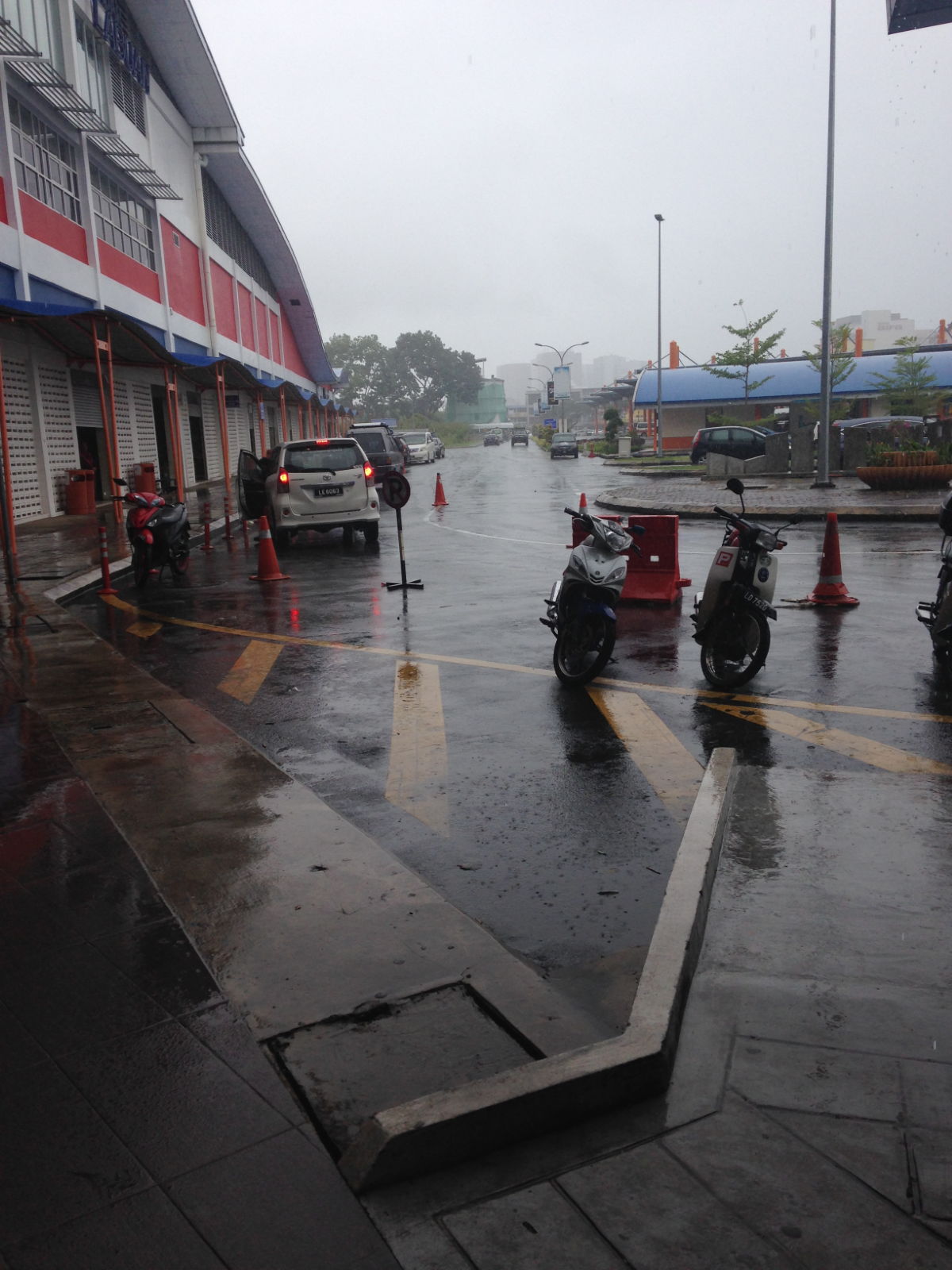
 After two days of early starts, we had a lie in on Thursday before making the 5 hour passage up the river, to the furthest point we can reach with a yacht. This is due to high voltage lines crossing the river.
After two days of early starts, we had a lie in on Thursday before making the 5 hour passage up the river, to the furthest point we can reach with a yacht. This is due to high voltage lines crossing the river.




 More monkeys and egrets were spotted, then we retired for dinner as the sun set. A little later I was in the cockpit watching the show put on by the fireflies that had come out, very pretty. At the same time the tour boats were still whizzing past, sometimes stopping to shine bright spotlights up into the trees, presumably showing sleeping monkeys, poor things.
More monkeys and egrets were spotted, then we retired for dinner as the sun set. A little later I was in the cockpit watching the show put on by the fireflies that had come out, very pretty. At the same time the tour boats were still whizzing past, sometimes stopping to shine bright spotlights up into the trees, presumably showing sleeping monkeys, poor things.







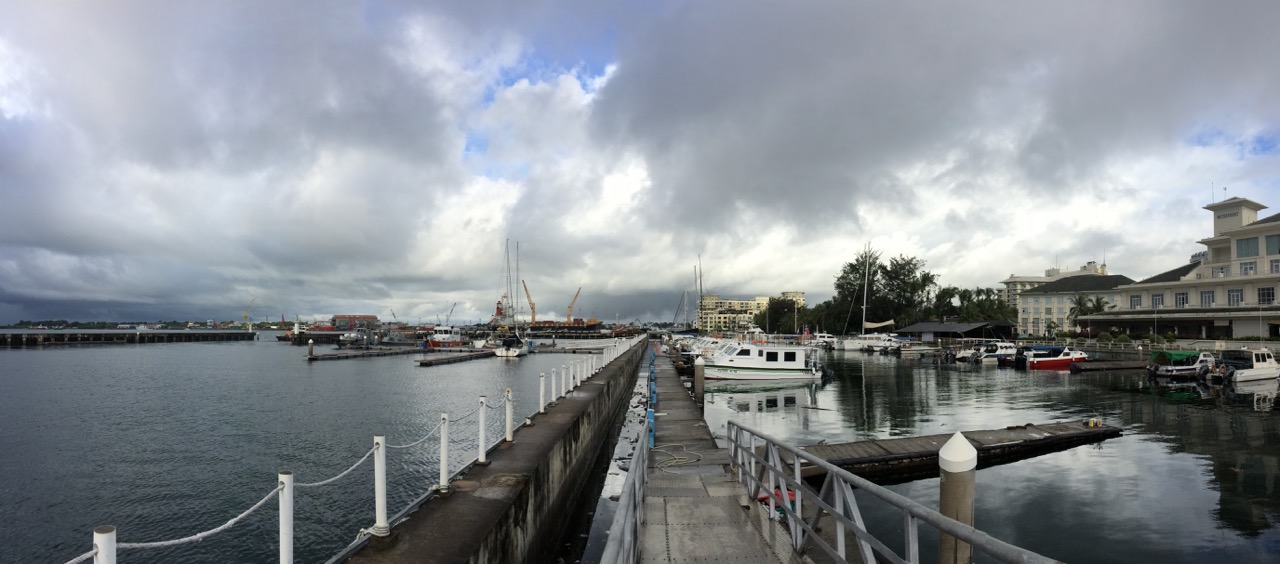
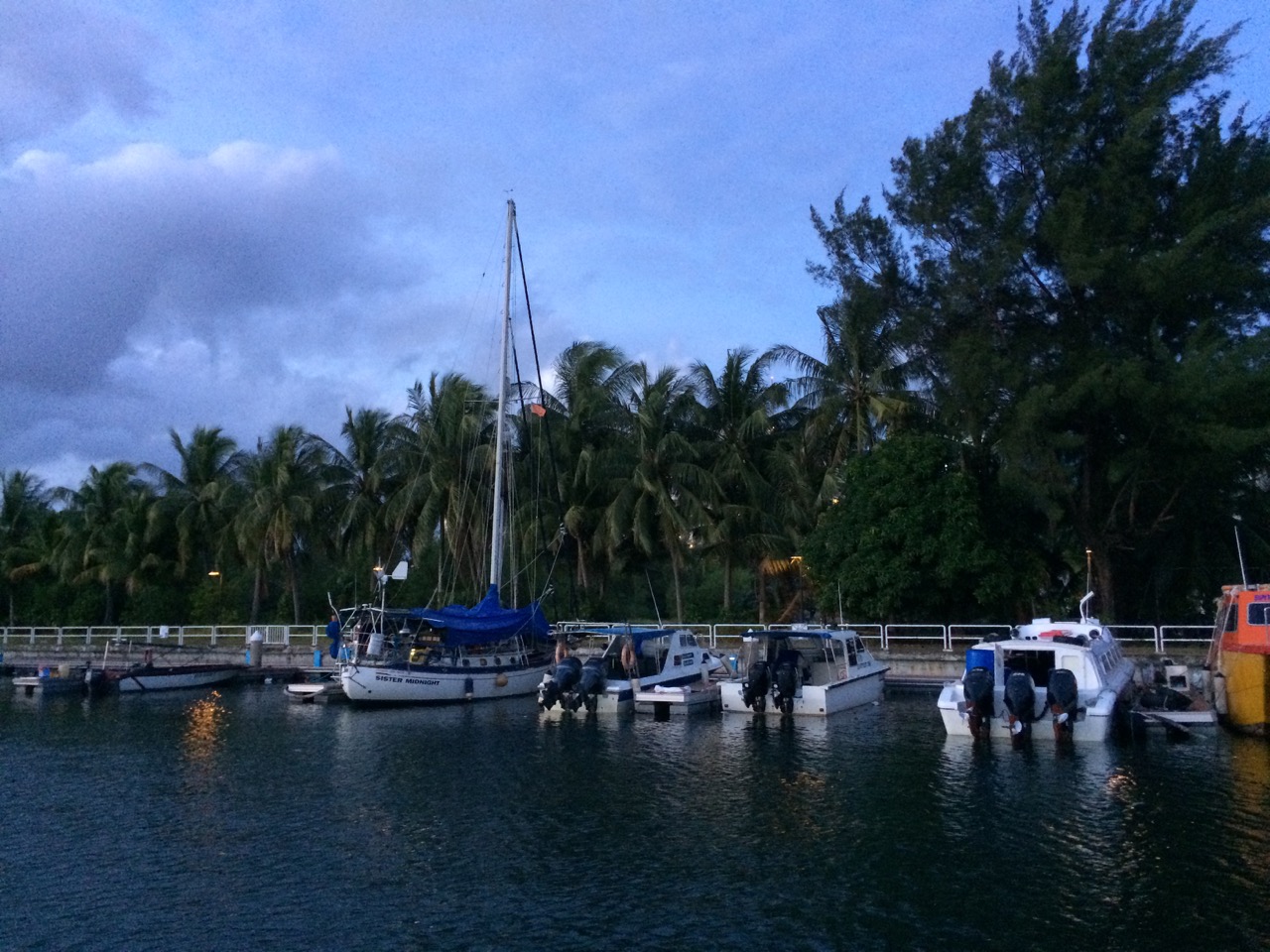
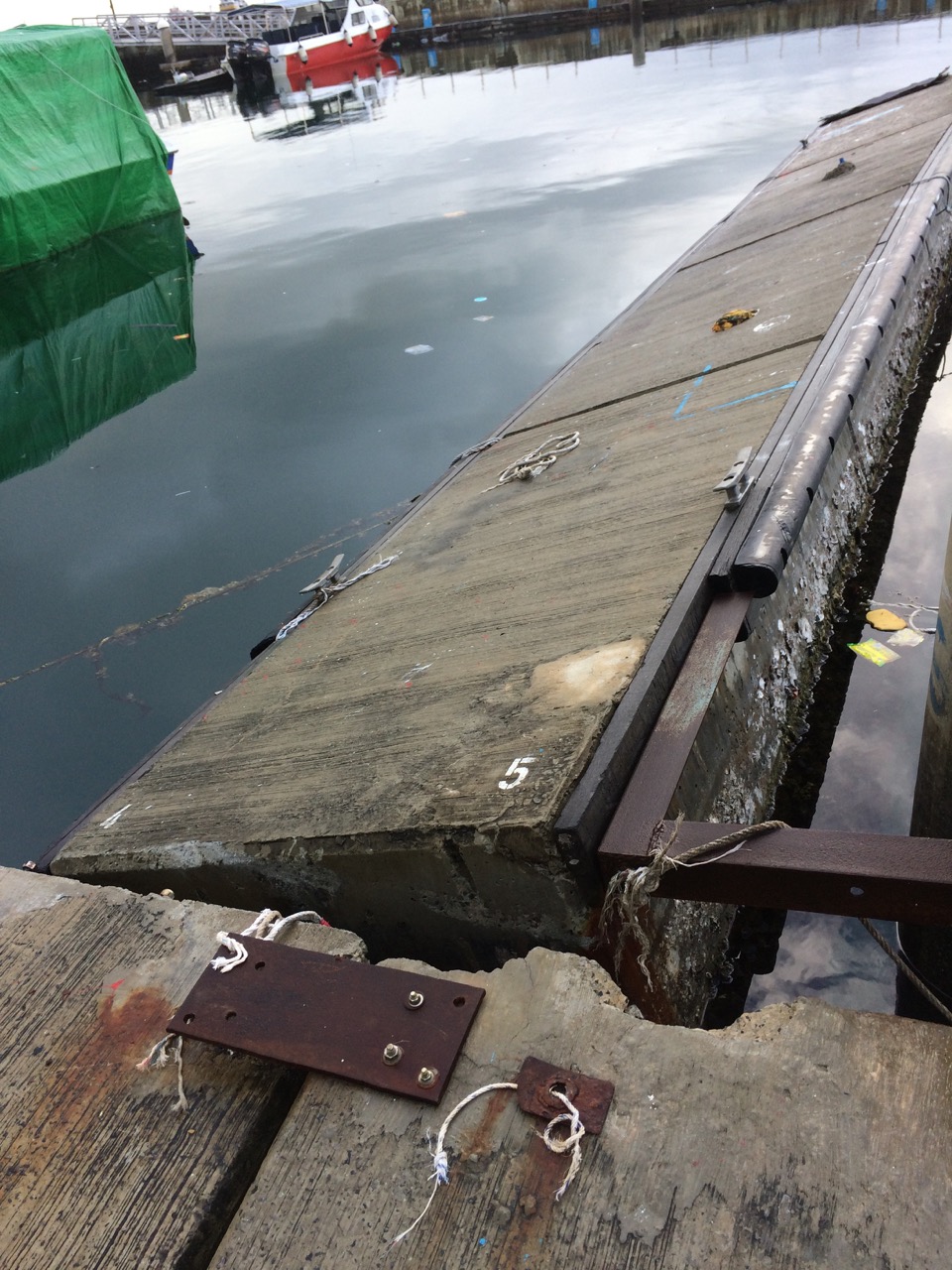
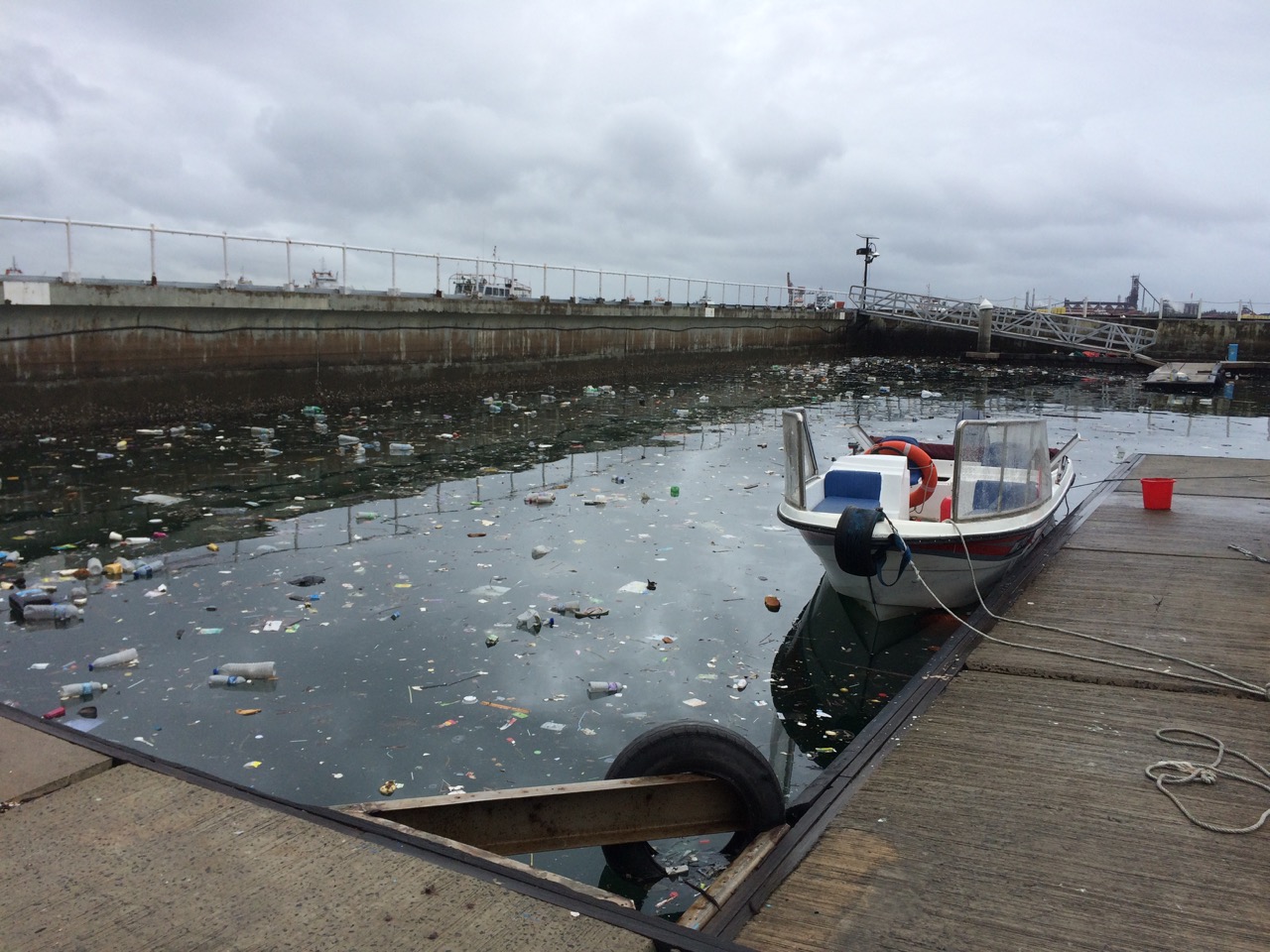
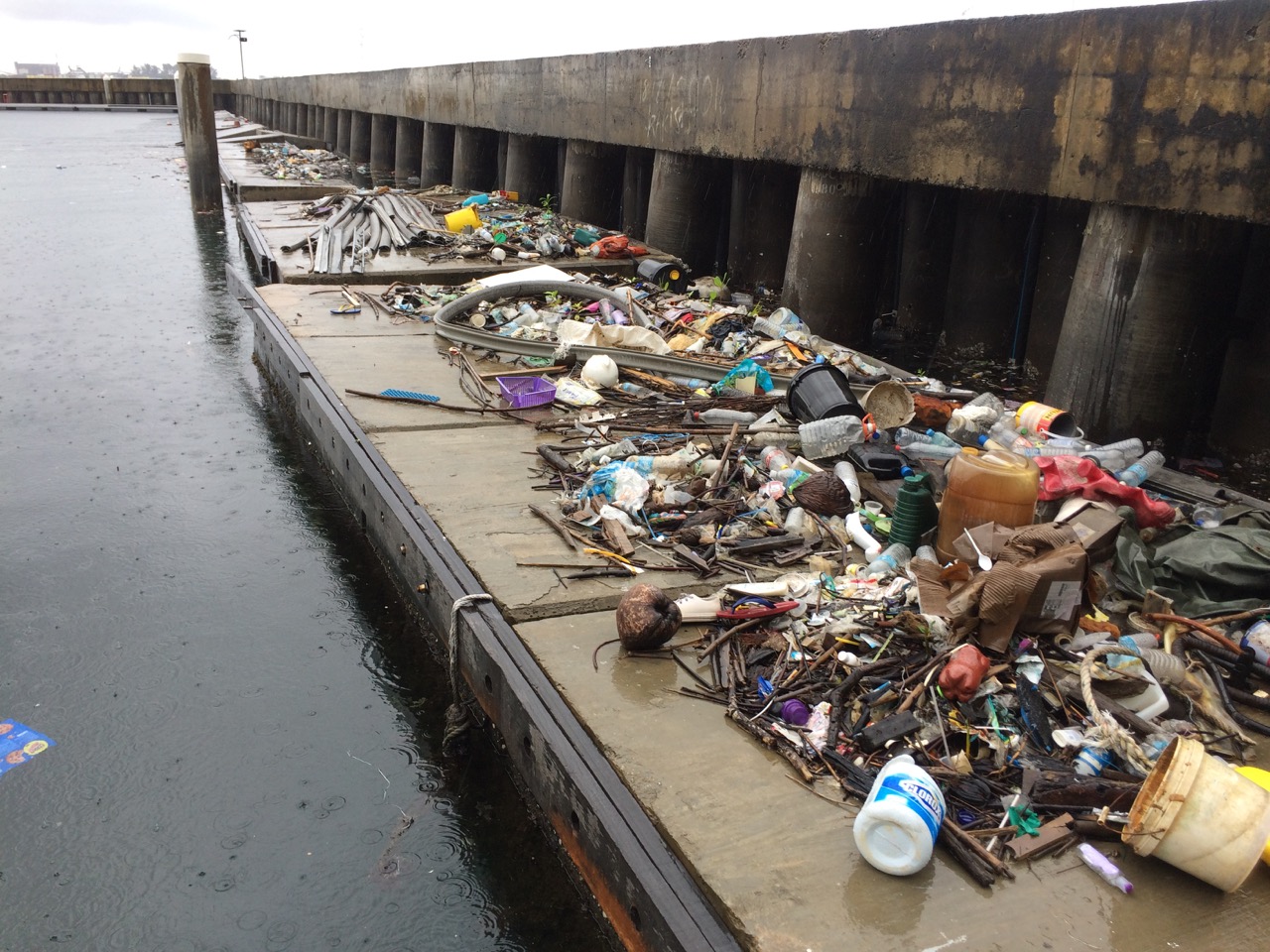
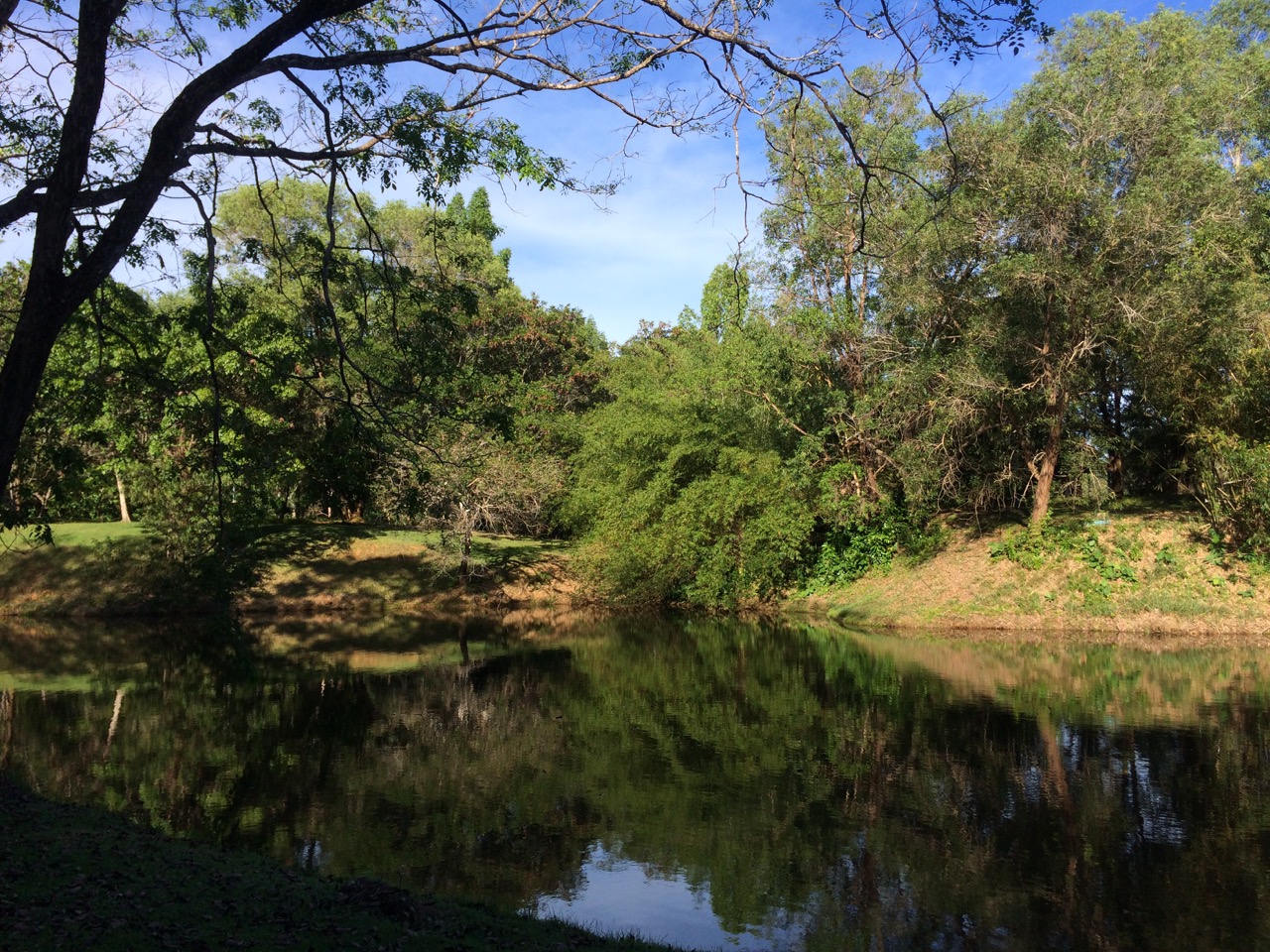
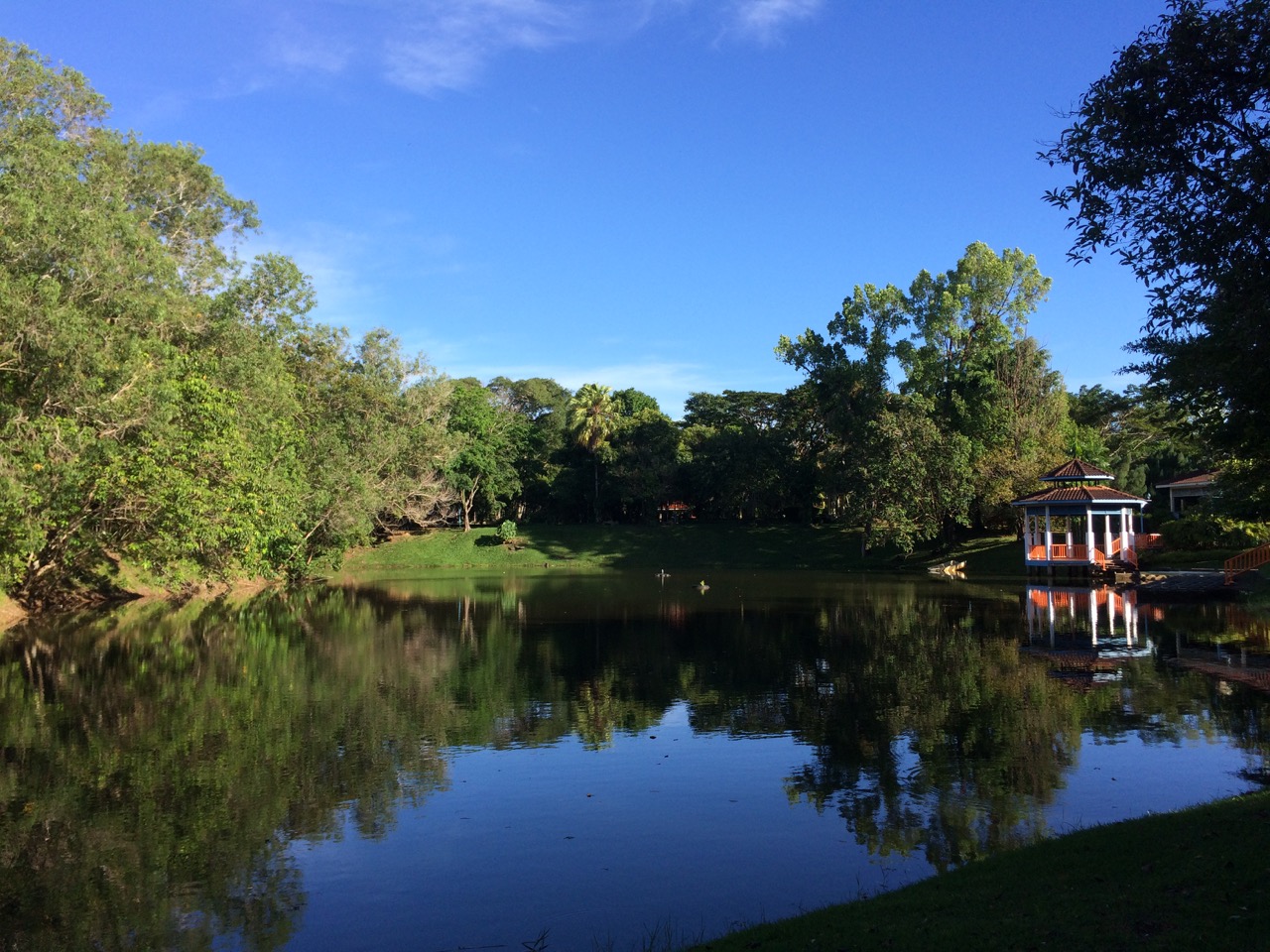
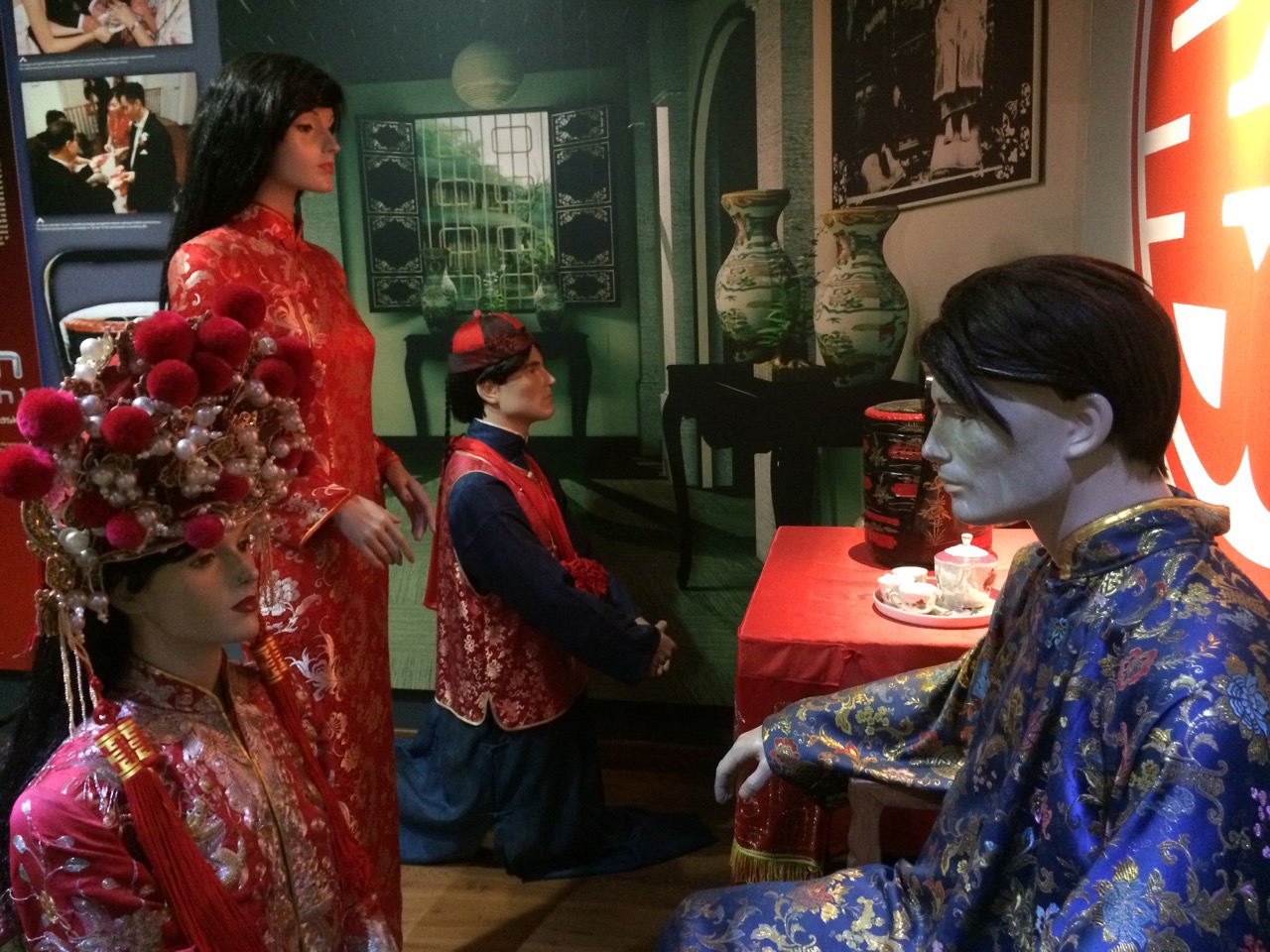

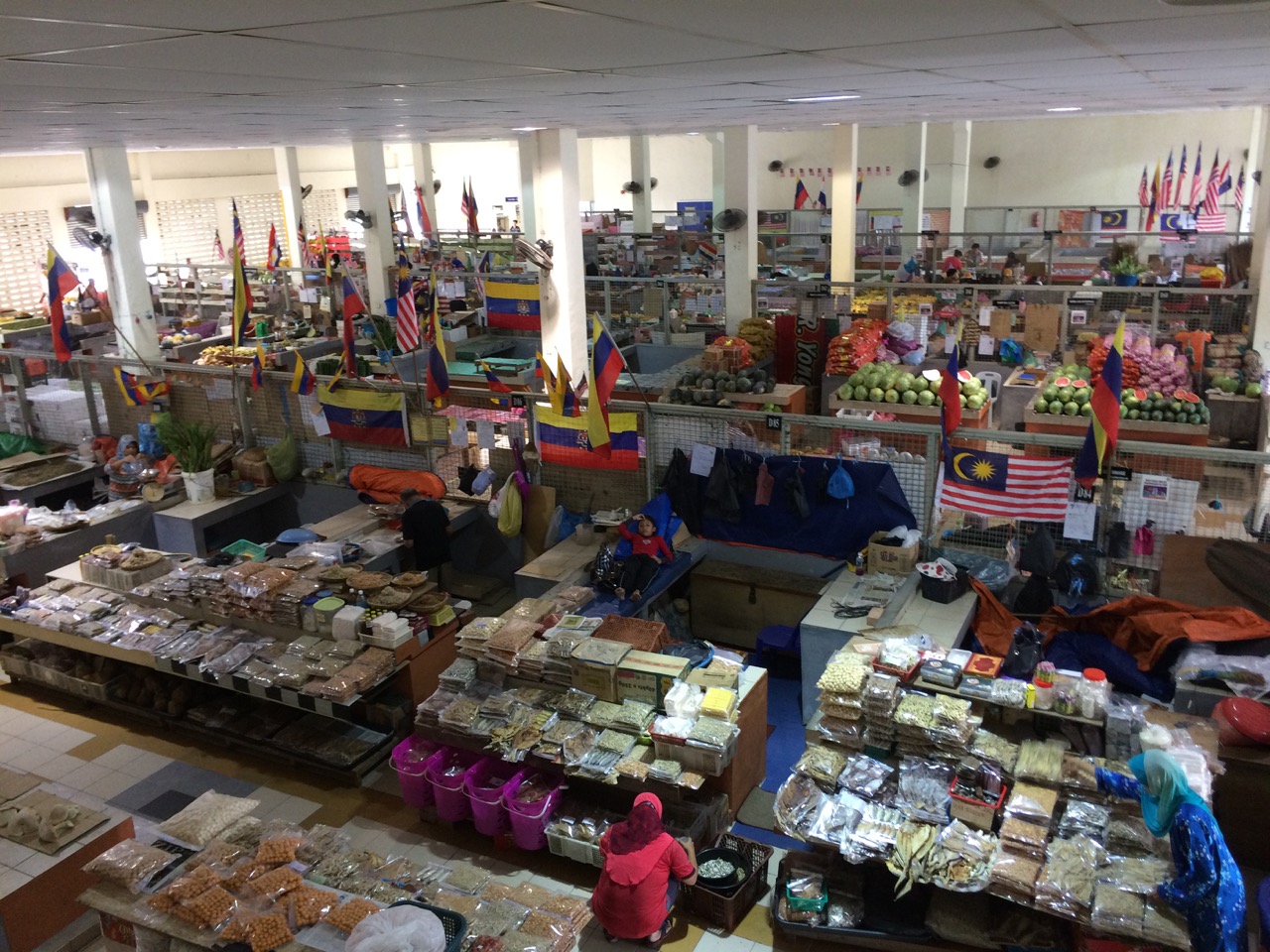
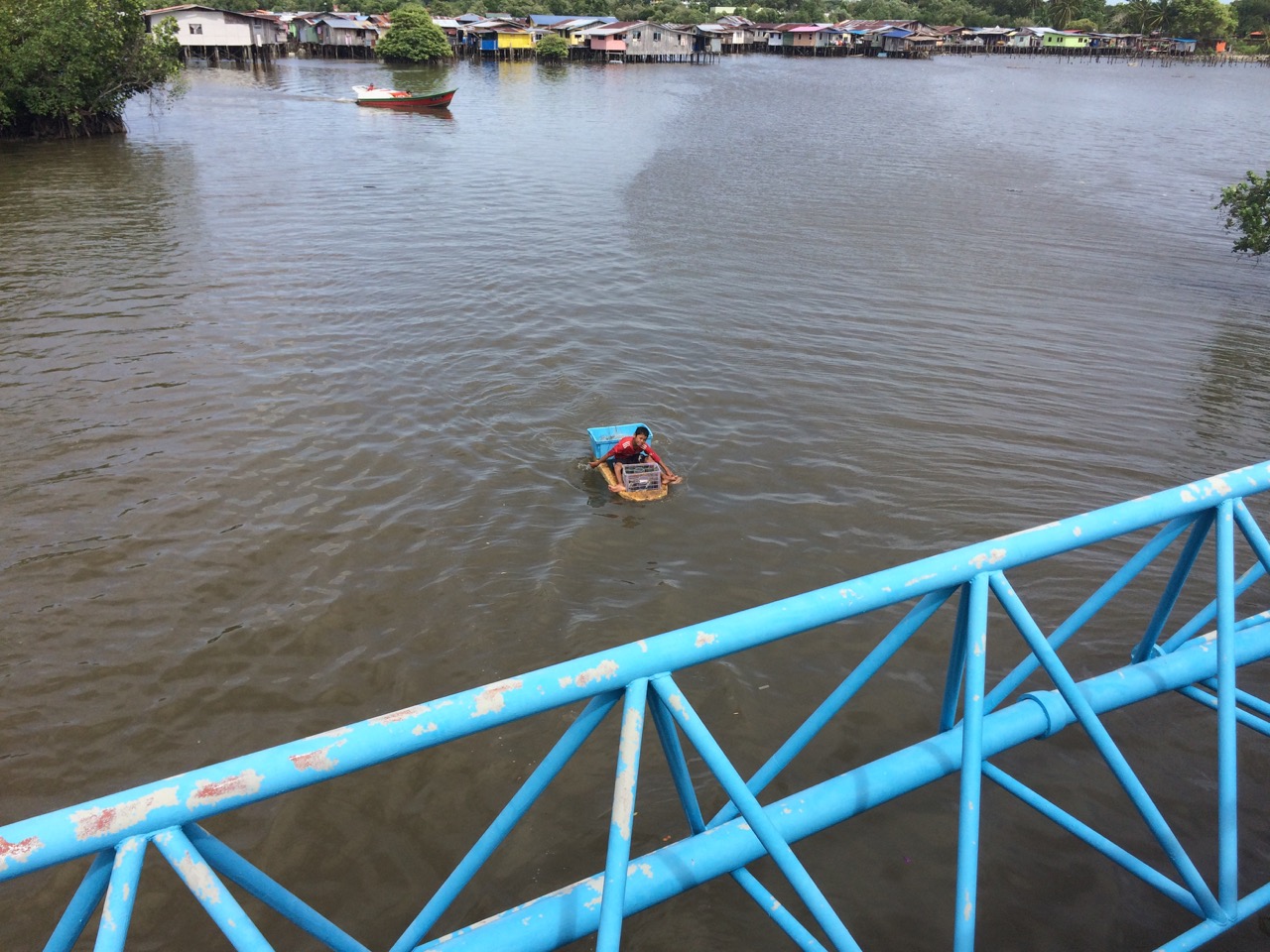


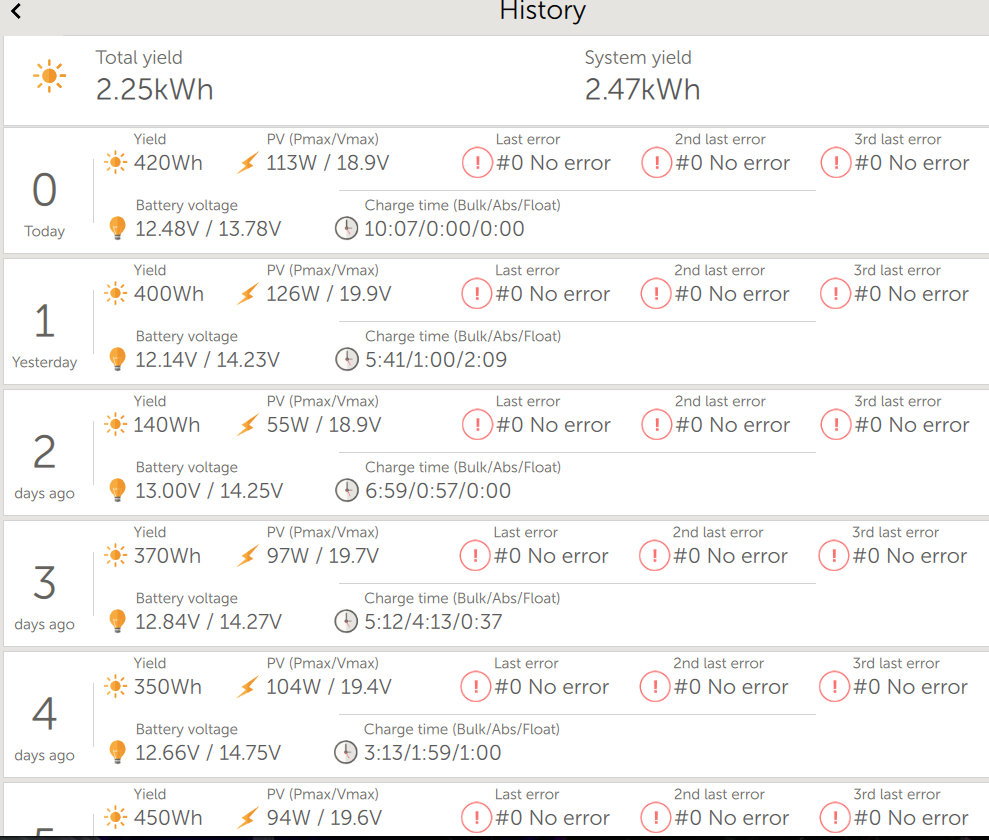
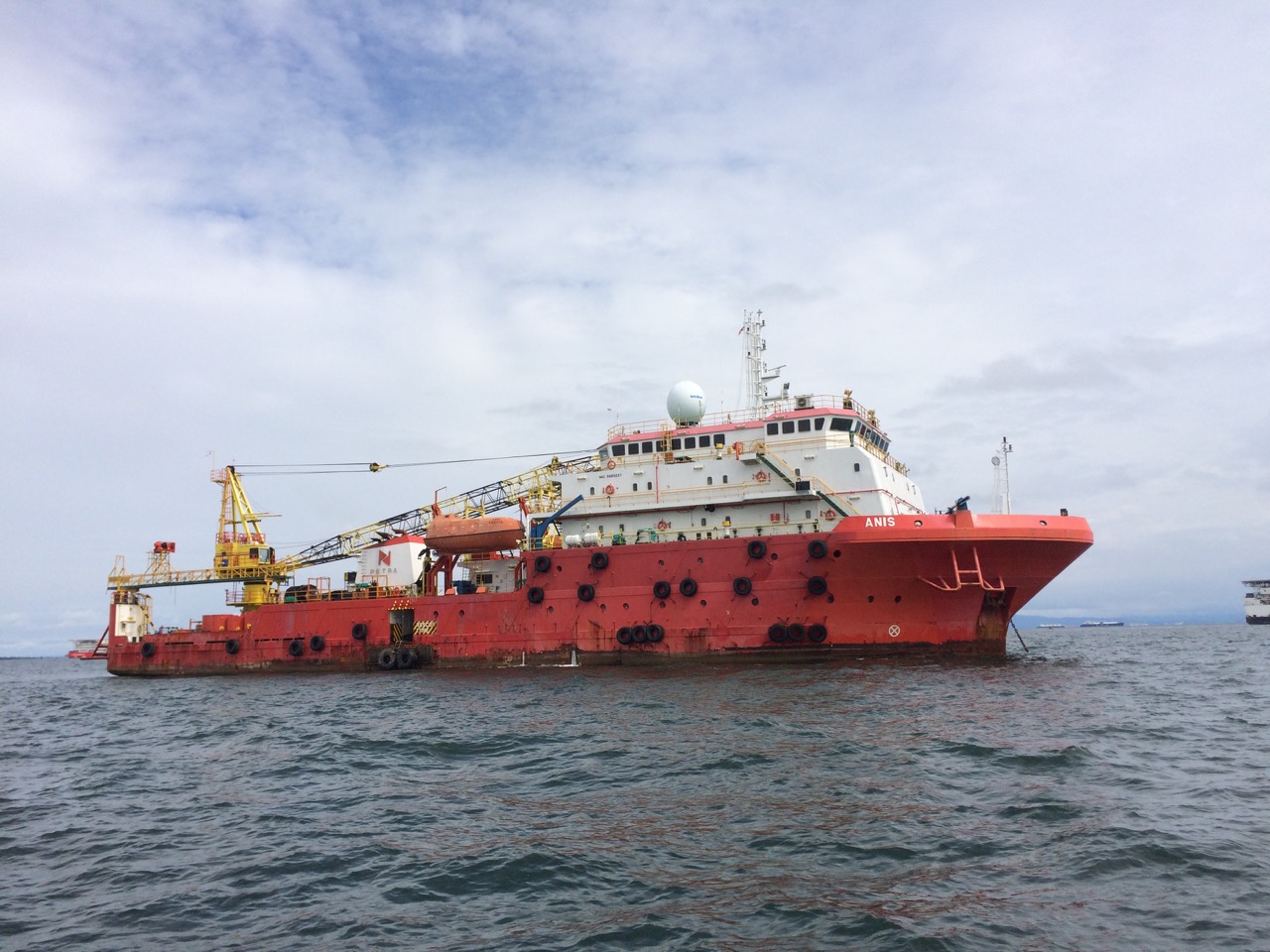
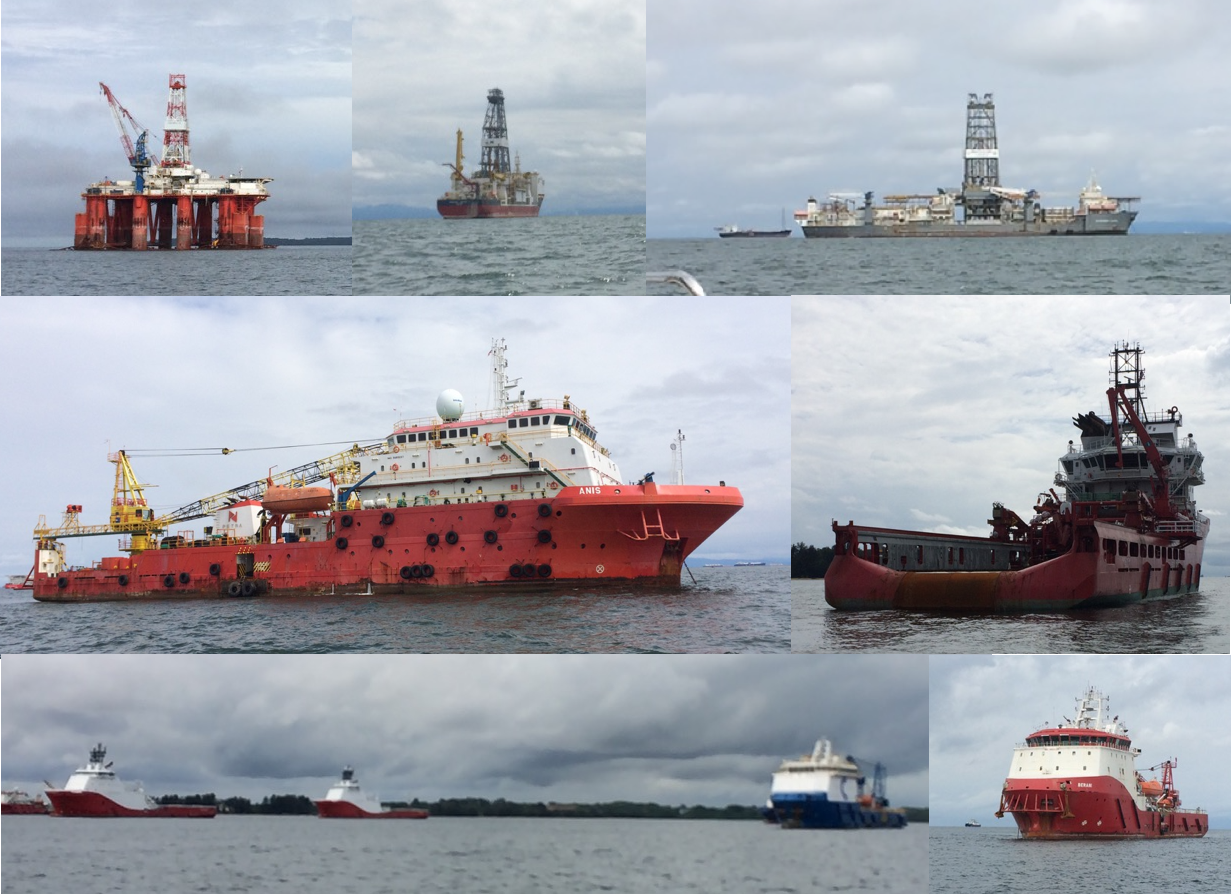
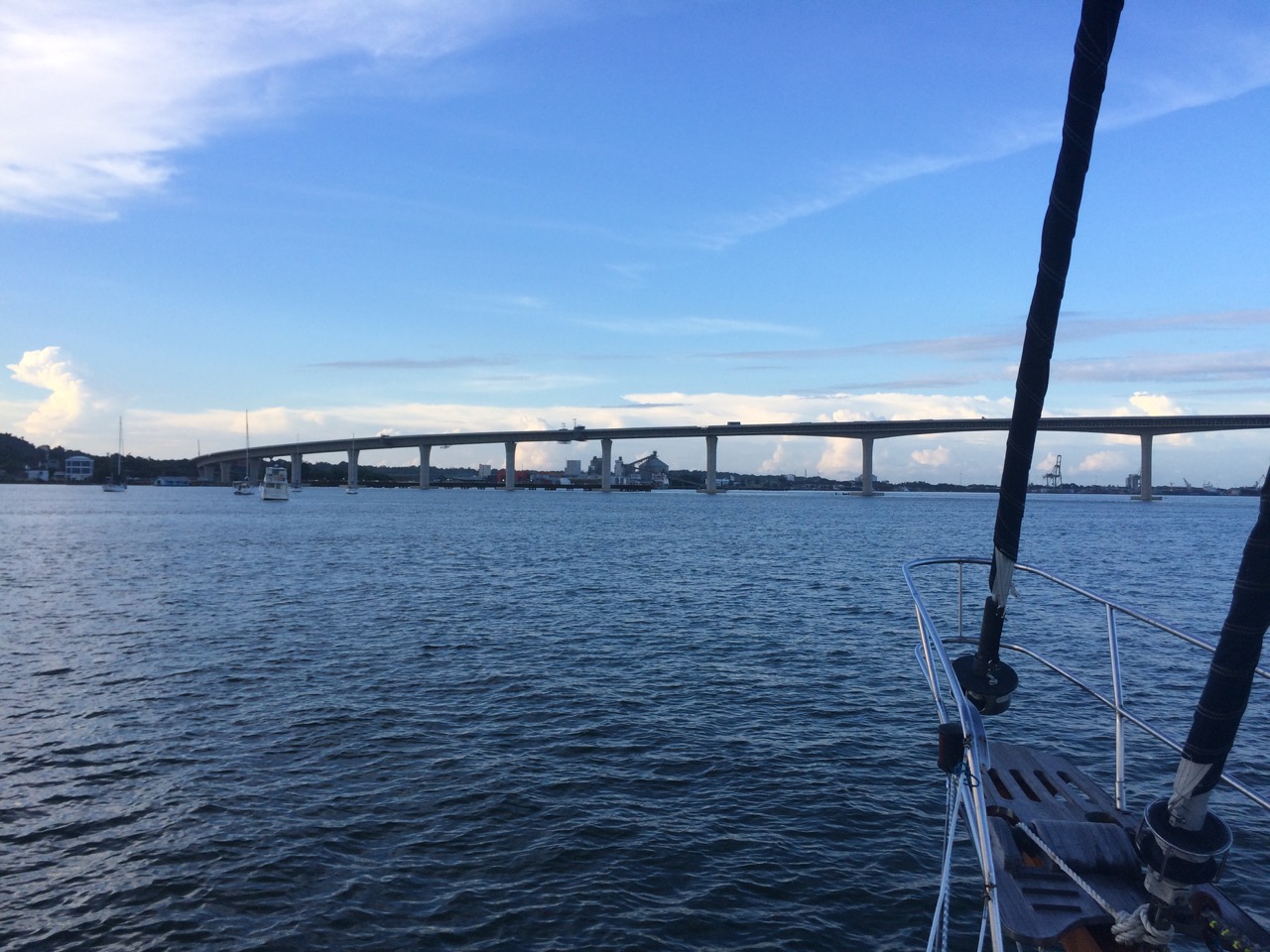 Kathy did the honours and got us through safely.
Kathy did the honours and got us through safely.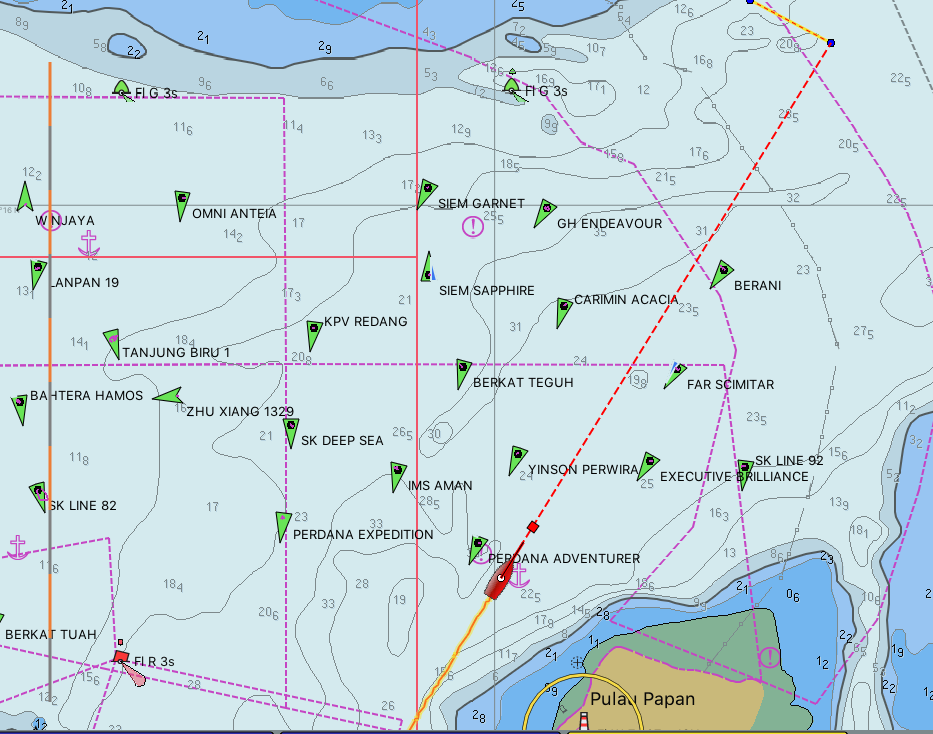 On our way we had to traverse the Labuan anchorage, you can see from the AIS screen grab above how many ships are there
On our way we had to traverse the Labuan anchorage, you can see from the AIS screen grab above how many ships are there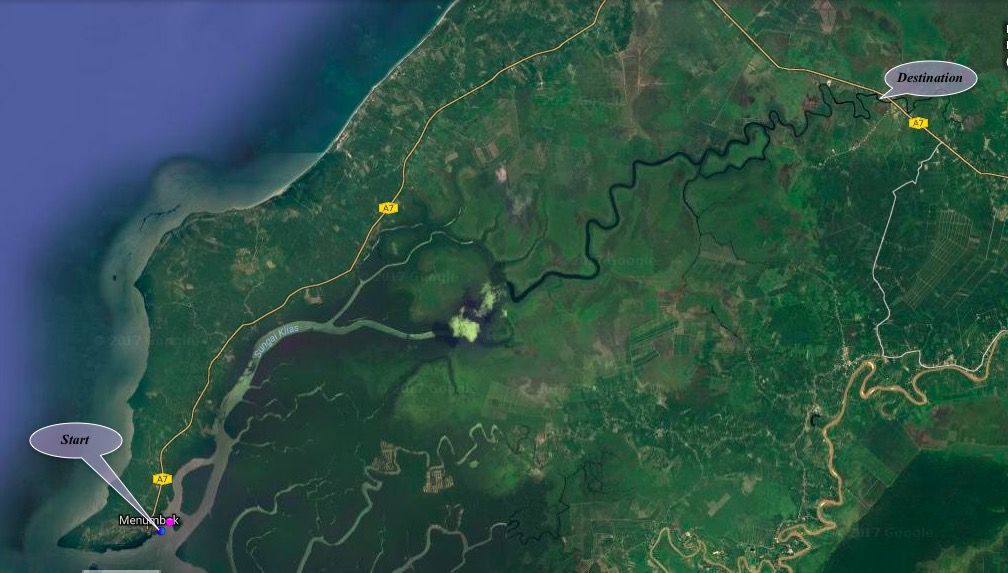
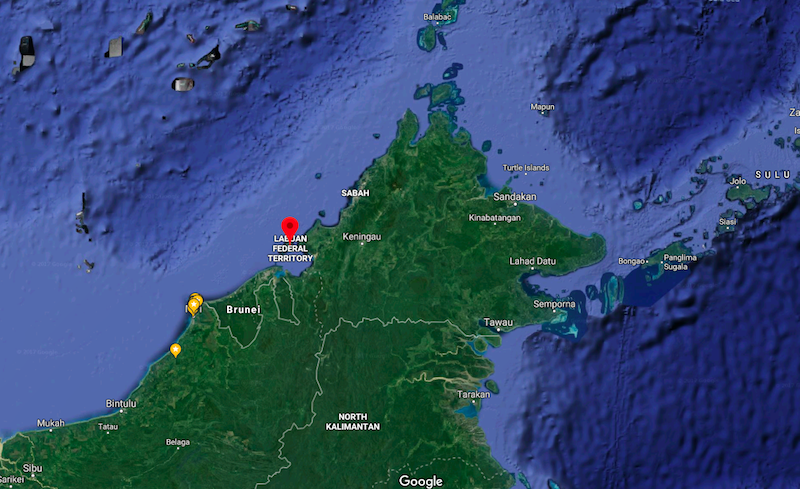
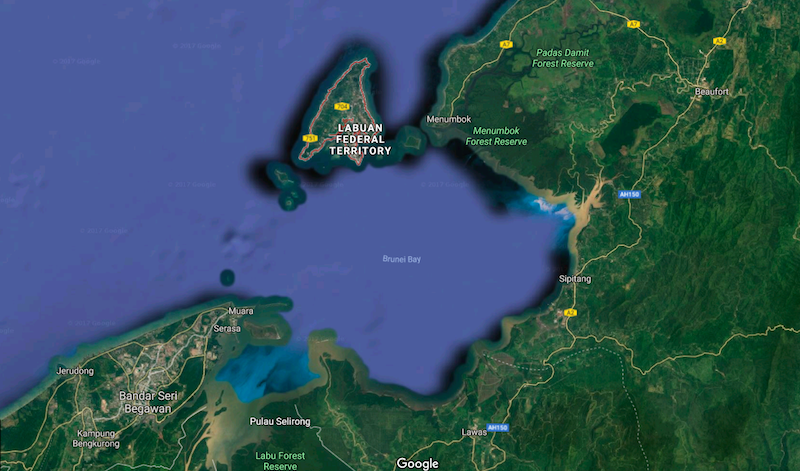
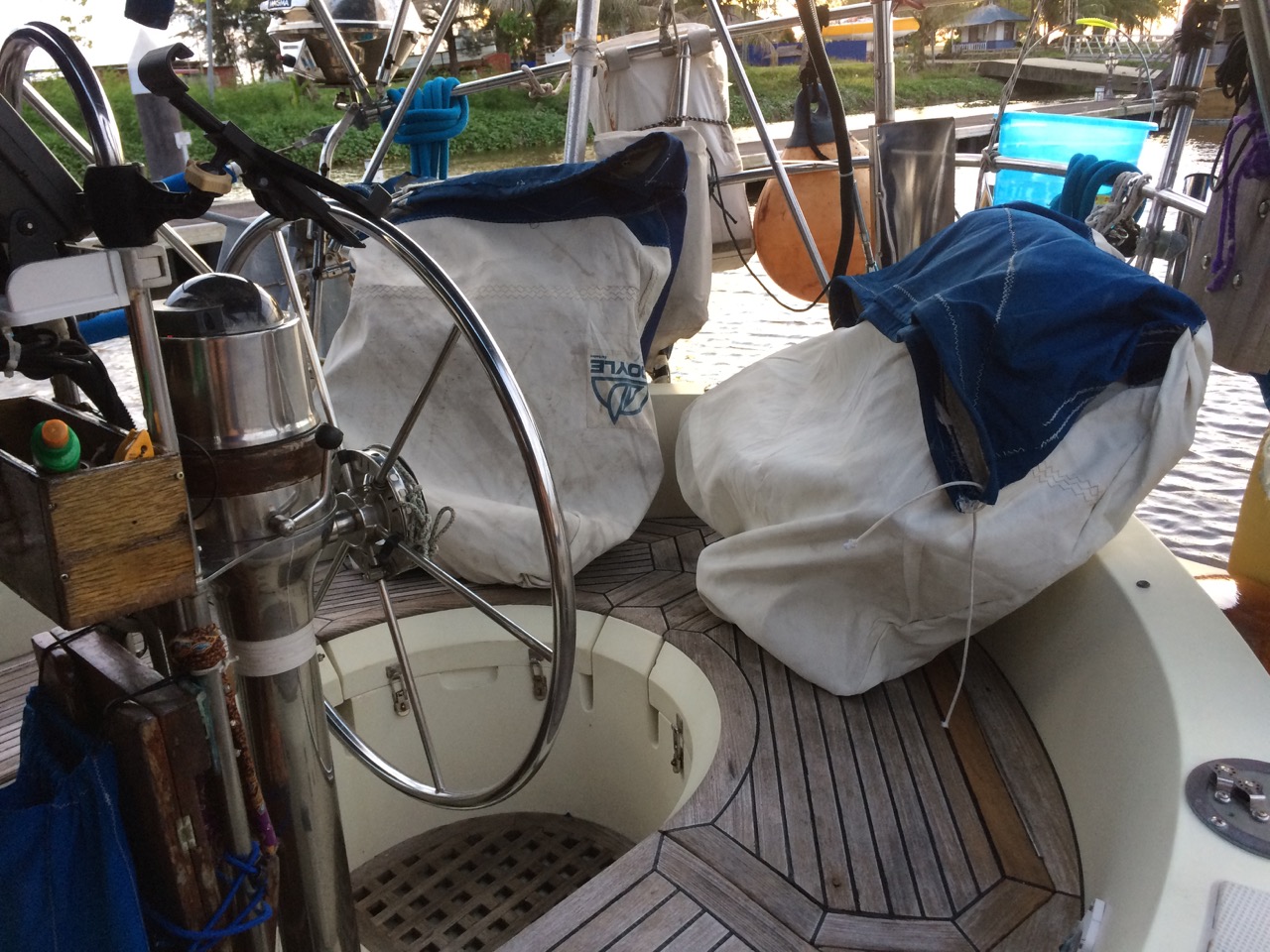
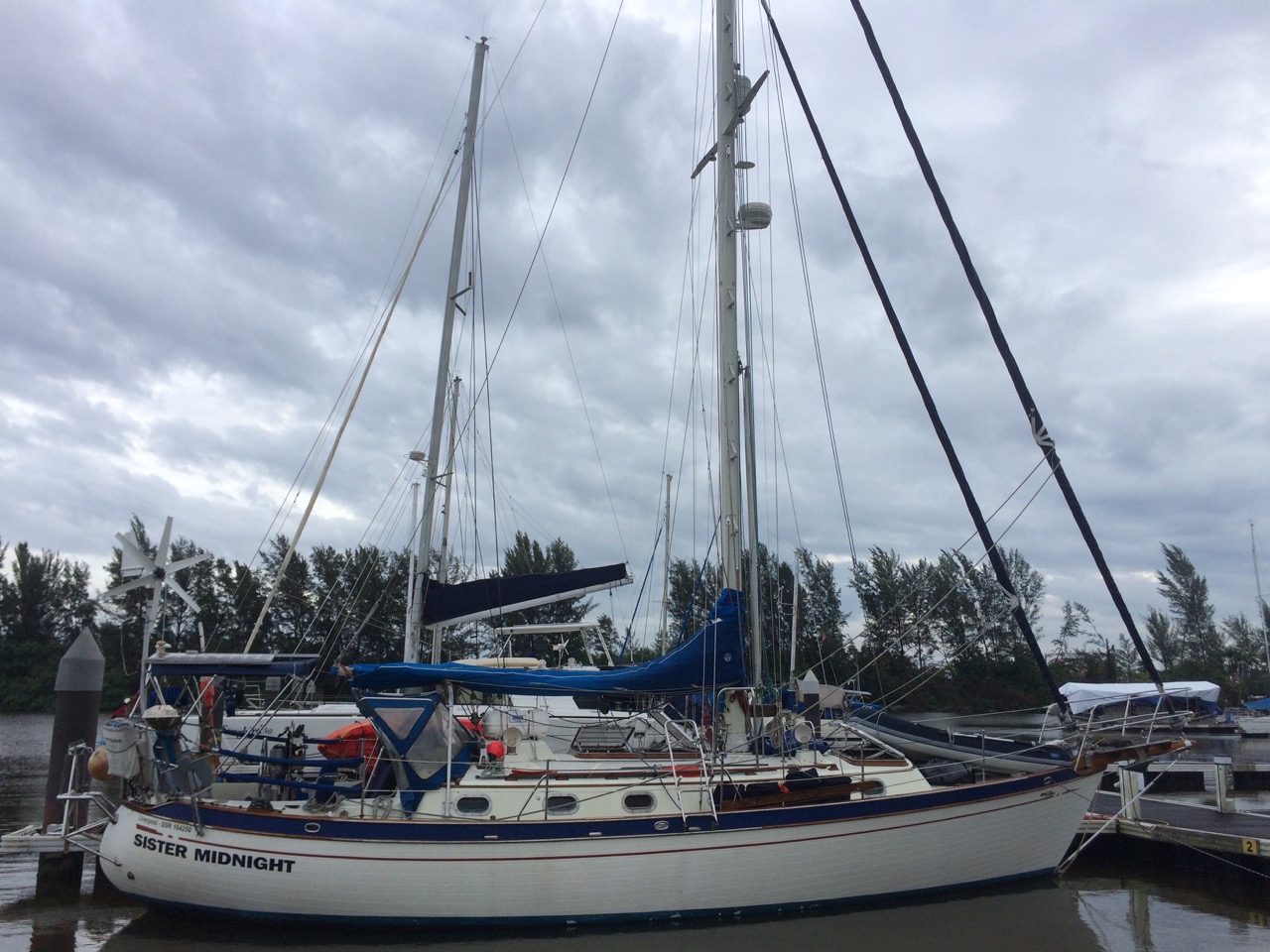
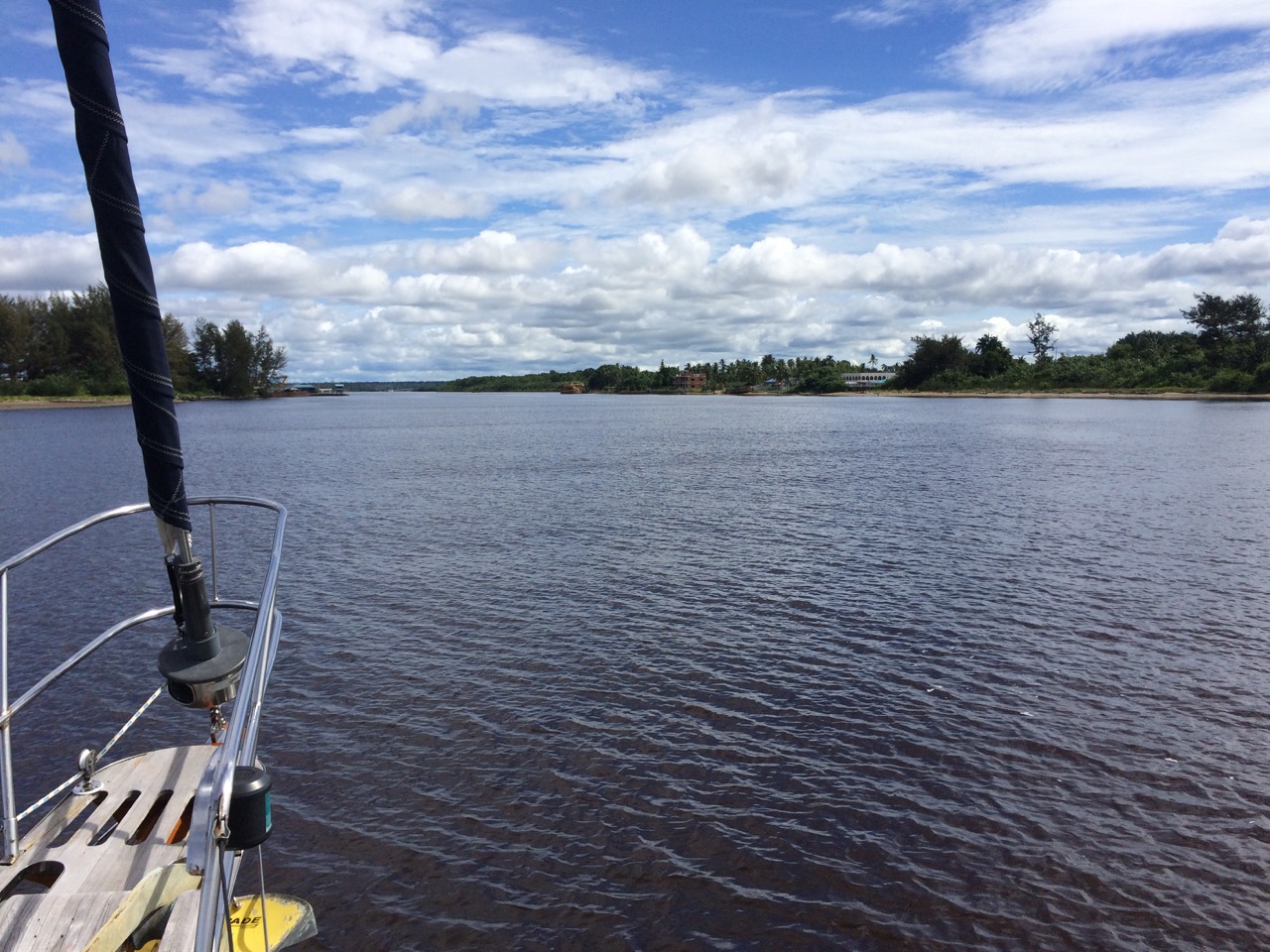 Right away you could see this was not a poor country. Everything looked very smart, and there were two plush hotels overlooking the river. It’s spring tides now, which means high highs and low lows, and as we arrived at low water we anchored in 2.5 metres of water, which is a bit scary for us.
Right away you could see this was not a poor country. Everything looked very smart, and there were two plush hotels overlooking the river. It’s spring tides now, which means high highs and low lows, and as we arrived at low water we anchored in 2.5 metres of water, which is a bit scary for us.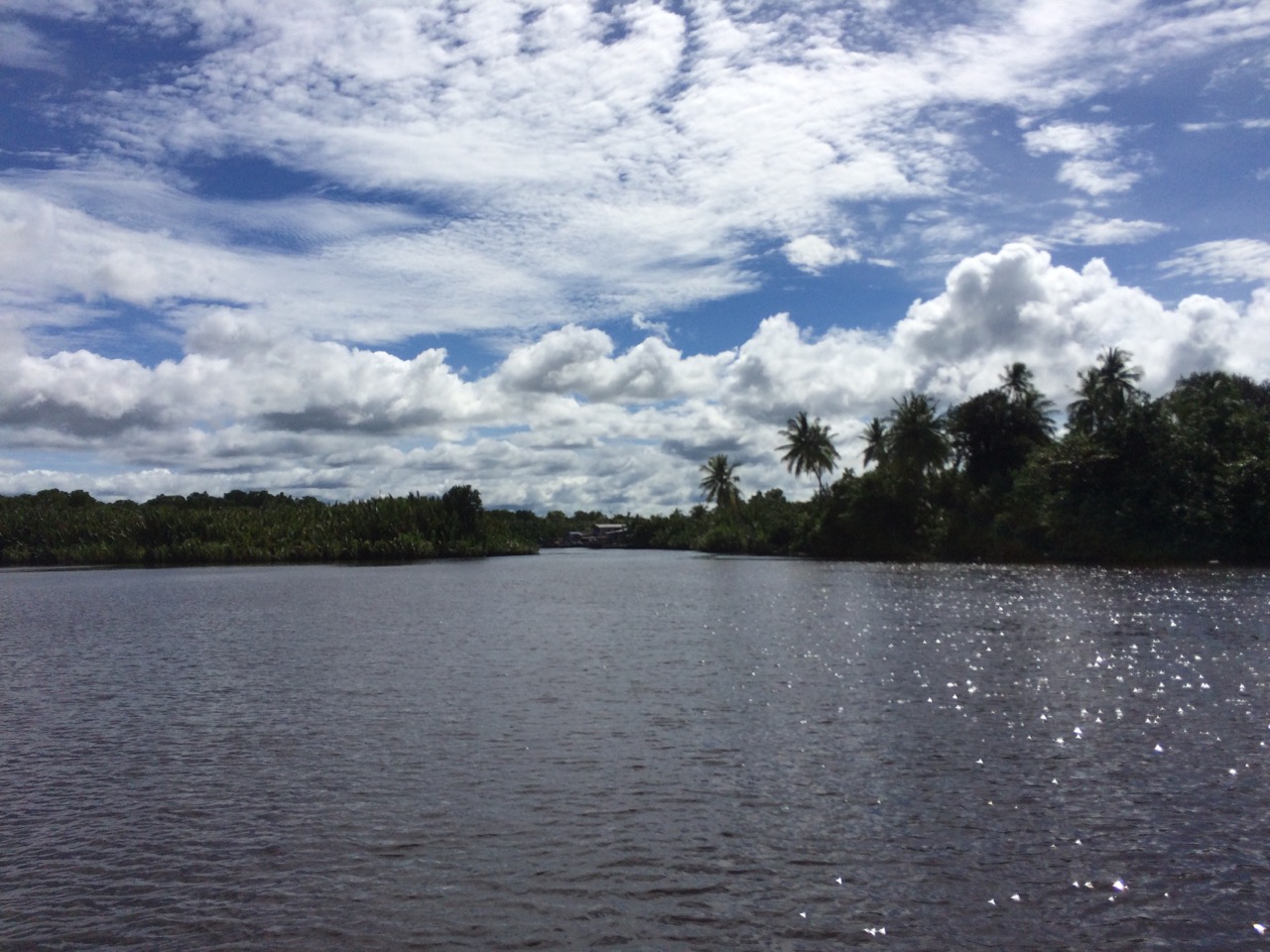 We were well protected in the river, and it would have been lovely except for the speedboats that seemed to use us as a mark for their constant big loops up and down the river. Two of the boats were just very fast racing boats, but the third was a serious motor boat, the type that flips over easily.
We were well protected in the river, and it would have been lovely except for the speedboats that seemed to use us as a mark for their constant big loops up and down the river. Two of the boats were just very fast racing boats, but the third was a serious motor boat, the type that flips over easily.

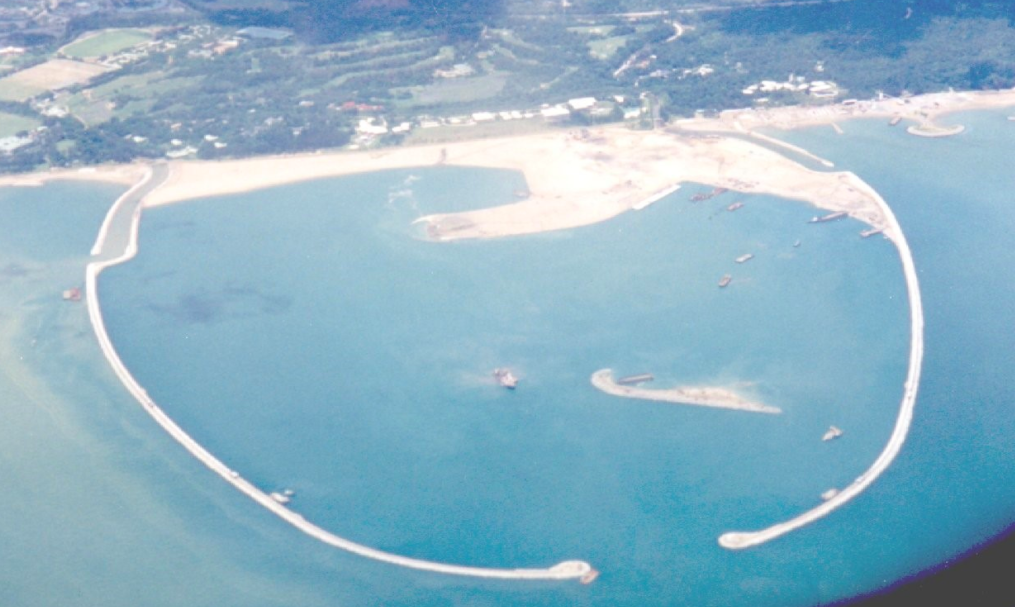 So at Jerudong, two huge breakwaters reach out into the South China Sea, creating a massive safe enclosed space. In the middle of it is a manmade island with a beach and coconut palms. Just as Hyundi were about to start building the $83 Million dollar marina, the proverbial hit the fan, and Jefri was removed from his post. For a while he was expelled from the country and lived in Paris and New York,
So at Jerudong, two huge breakwaters reach out into the South China Sea, creating a massive safe enclosed space. In the middle of it is a manmade island with a beach and coconut palms. Just as Hyundi were about to start building the $83 Million dollar marina, the proverbial hit the fan, and Jefri was removed from his post. For a while he was expelled from the country and lived in Paris and New York,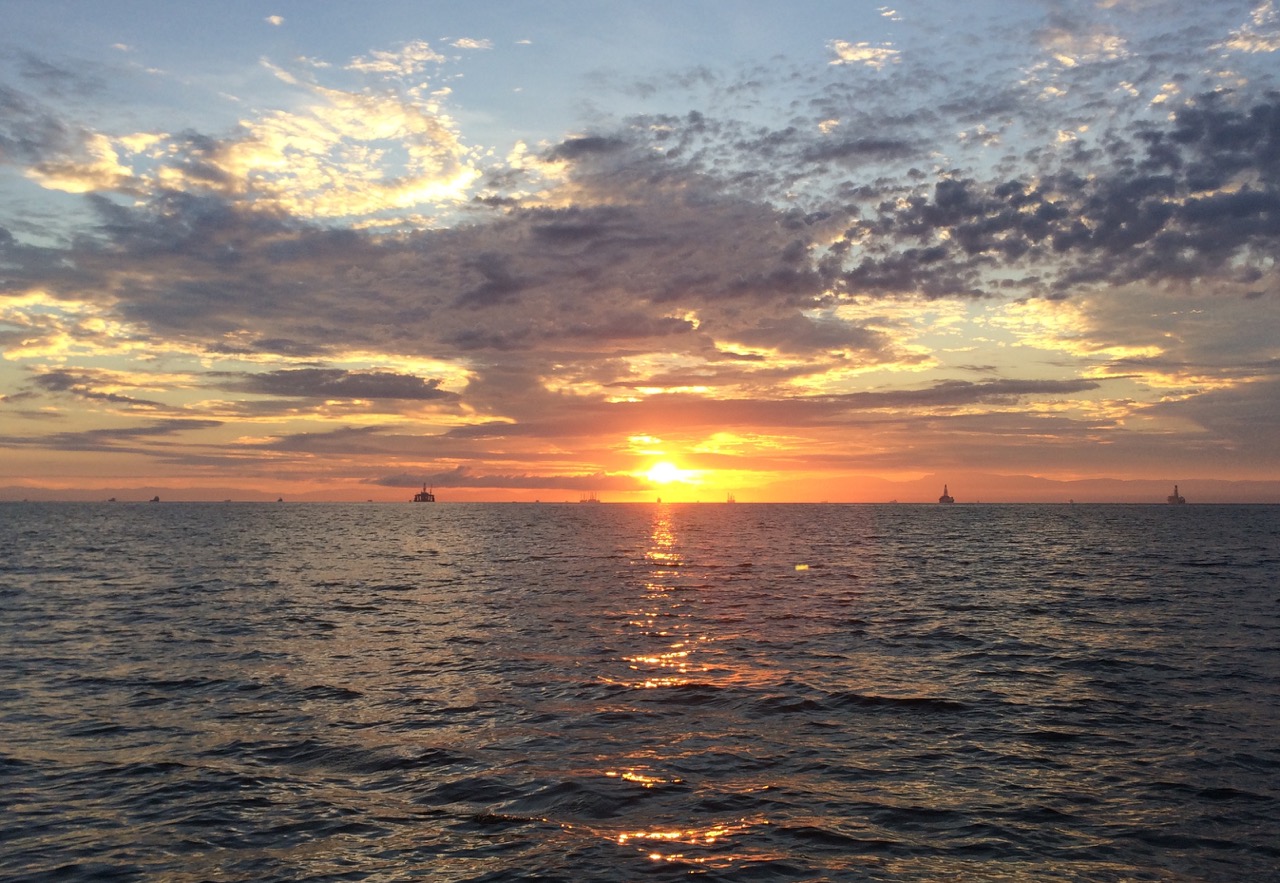
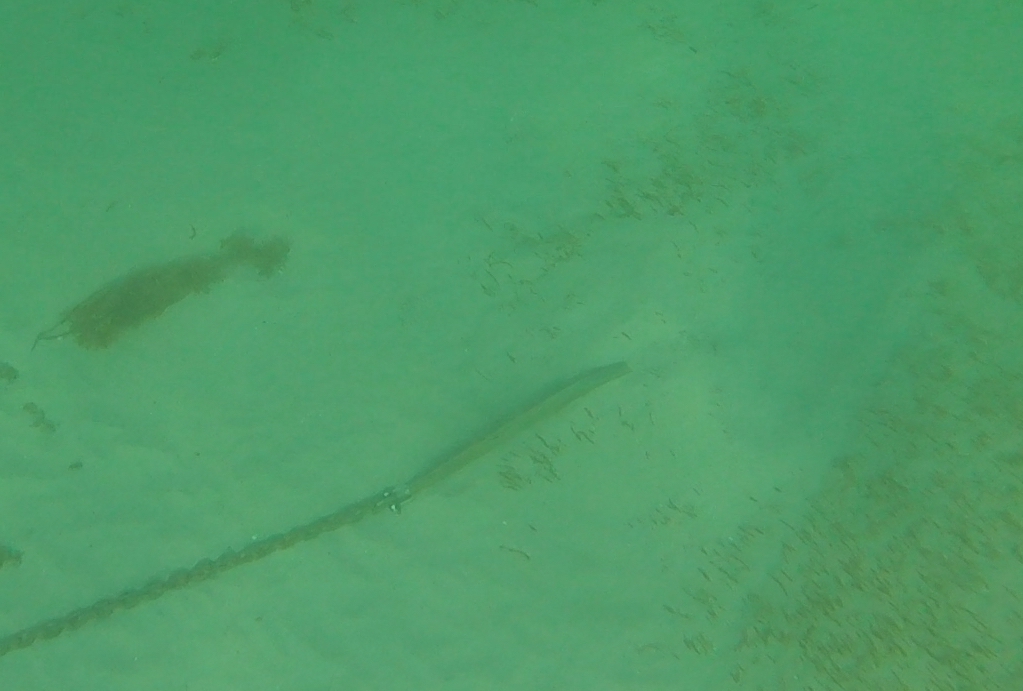
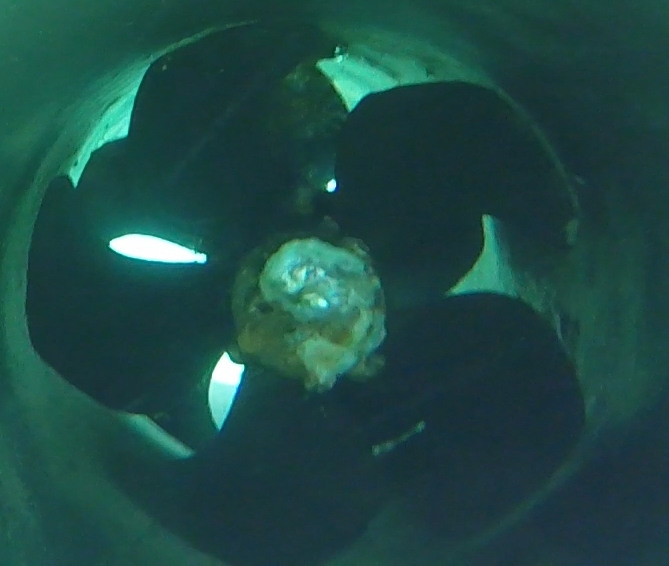
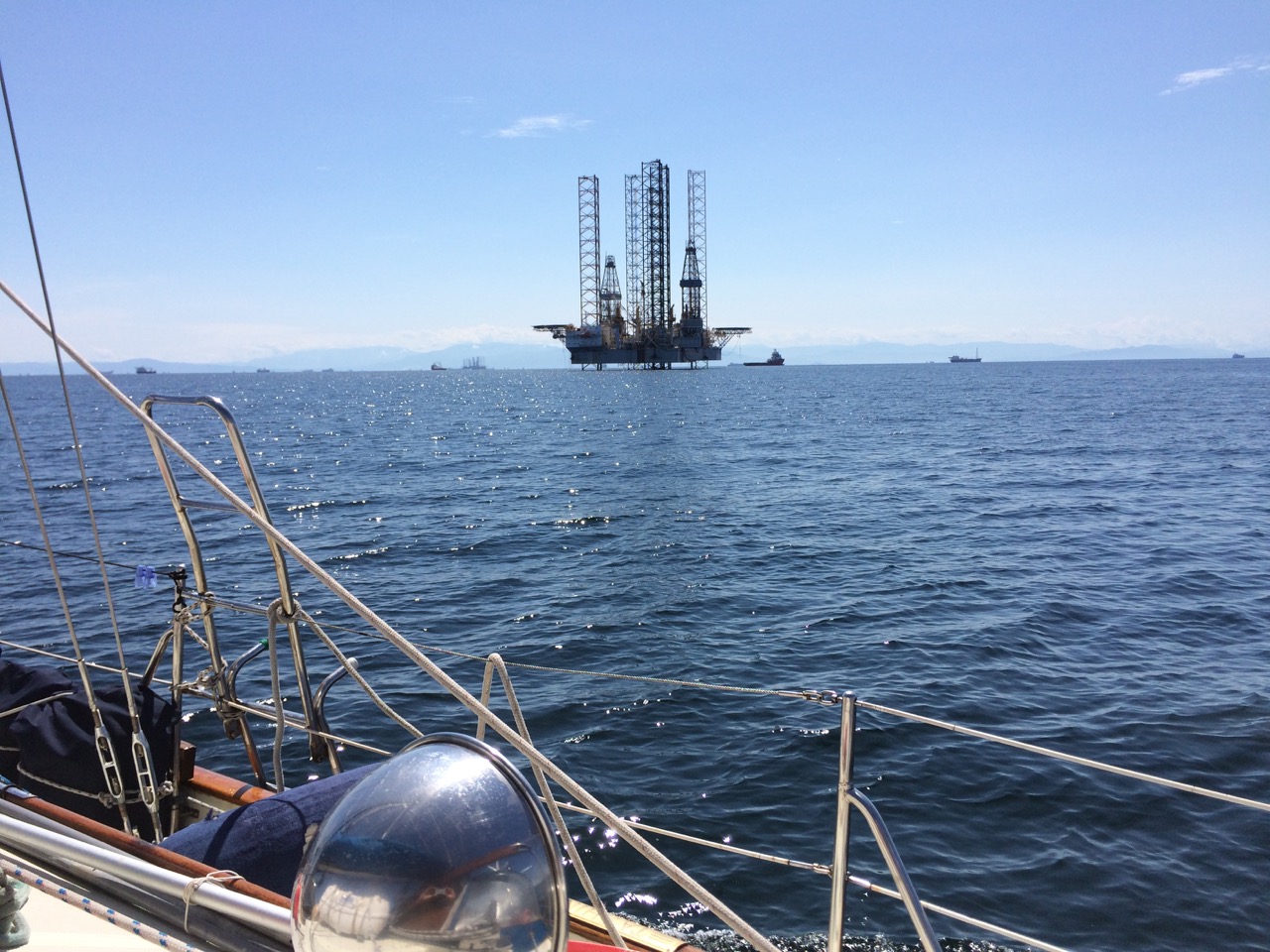
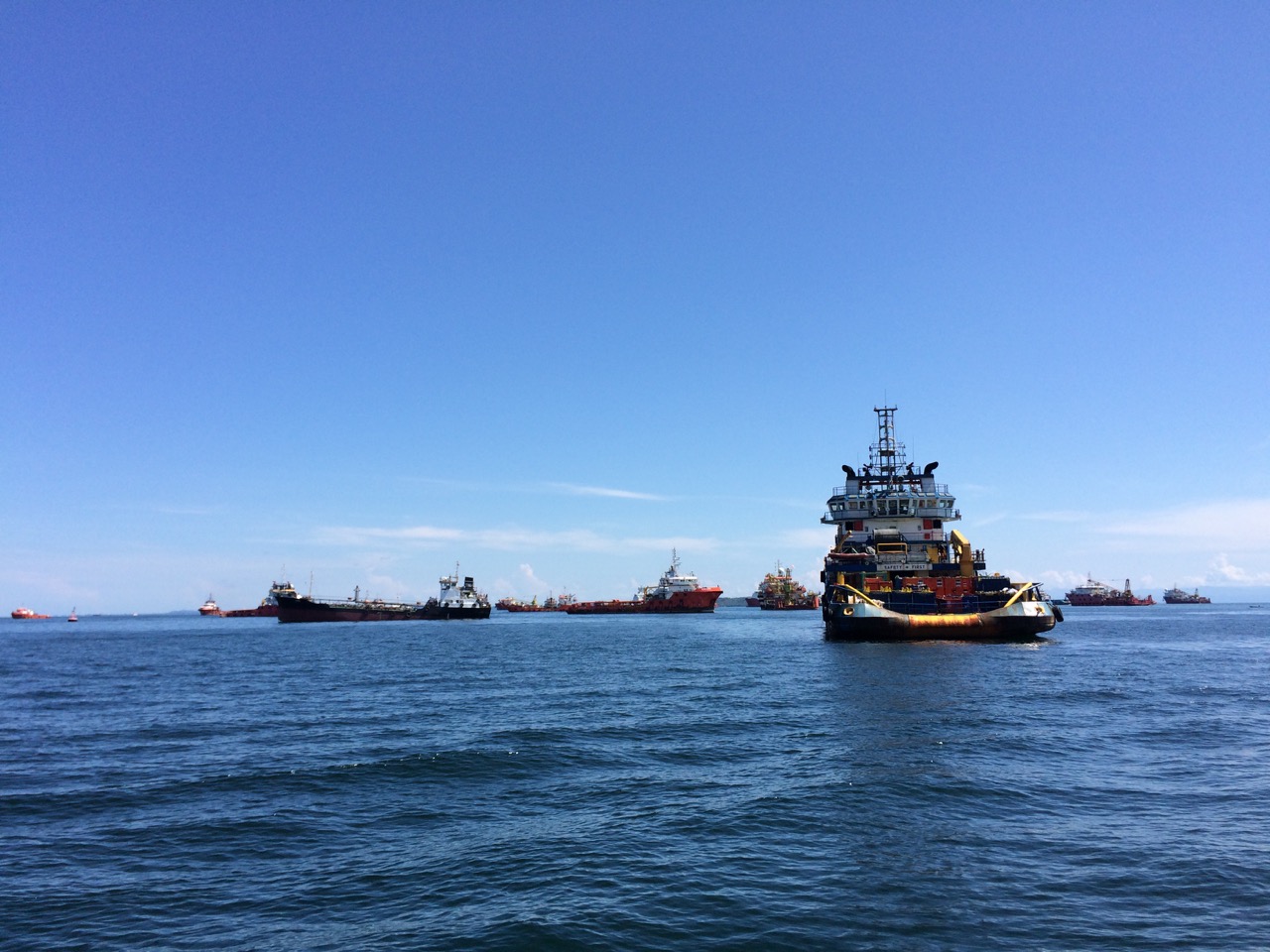
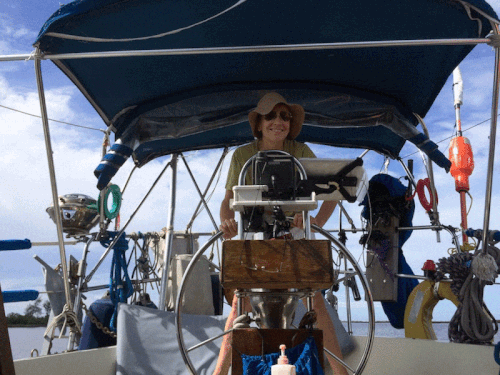
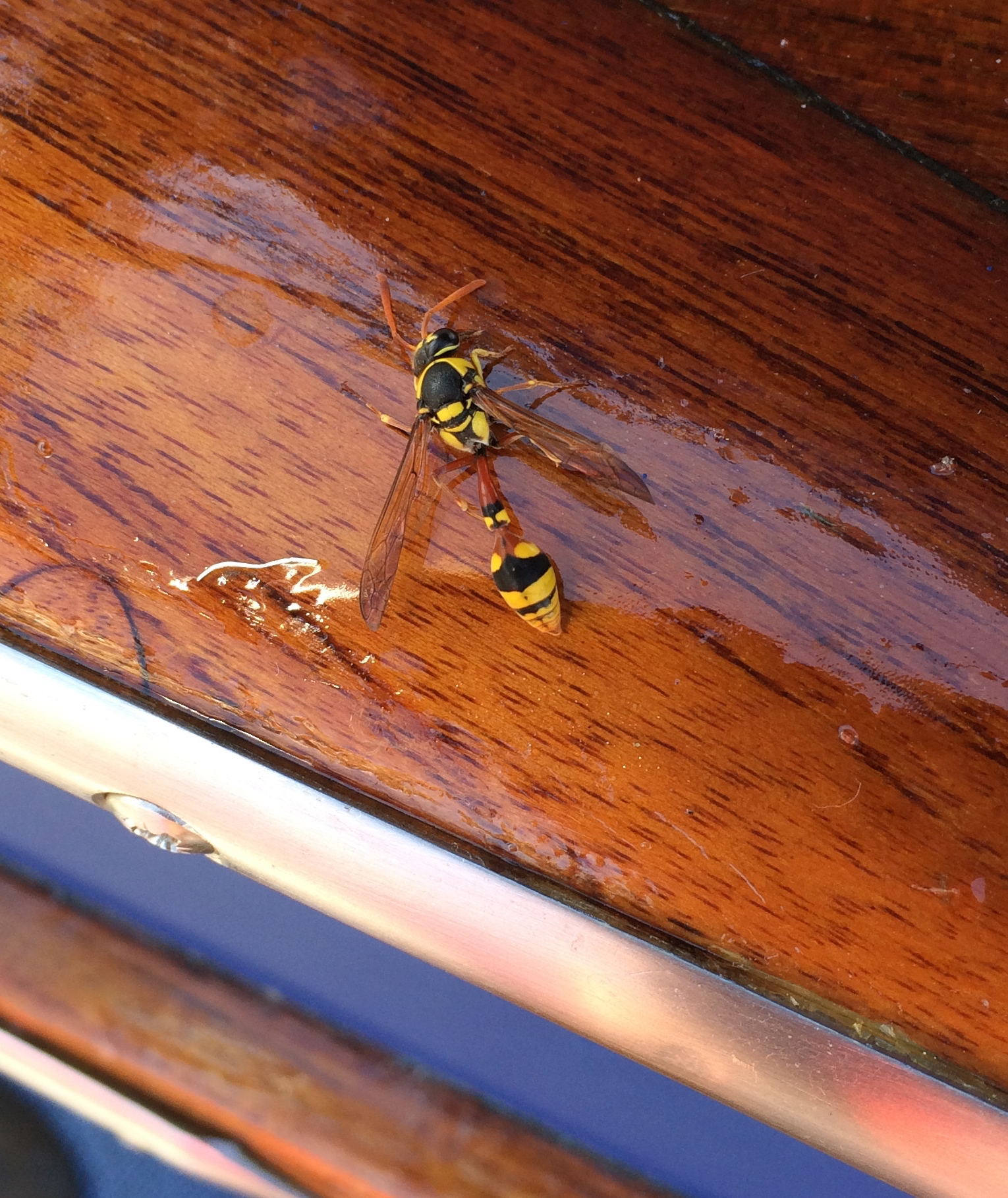
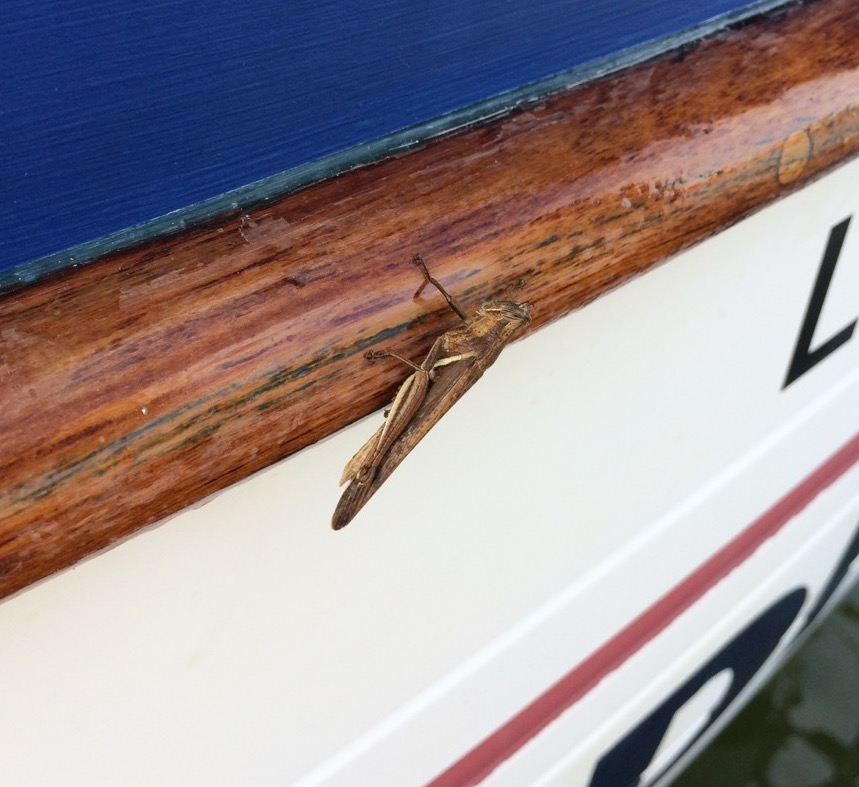
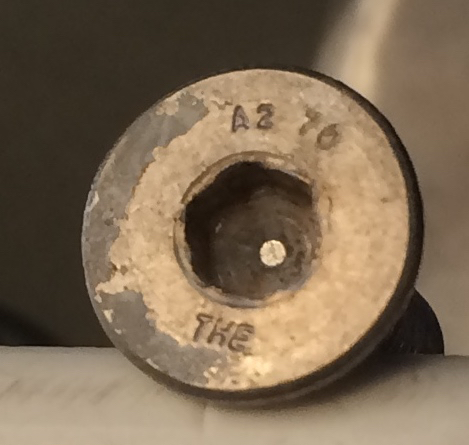 Just as I was staring at the windlass pondering my problem, a Banded Archer fish took his opportunity to attack. I was kneeling over the windlass on the bowsprit when a powerful jet of water hit me in the eye, I was quite confused, it was like someone had shot me with a water pistol, but I couldn’t work out how, I wondered if it was a weird kind of rain. I remained confused until Ian from next door explained that the fish spurt a jet of water out to knock ants off overhanging branches at the waters edge, they are first rate aimers, and can move to be under the falling creature in milliseconds, which is impressive. Not so impressive is their inability to distinguish between an ant and an aging 59 year old man. Said fish is depicted below
Just as I was staring at the windlass pondering my problem, a Banded Archer fish took his opportunity to attack. I was kneeling over the windlass on the bowsprit when a powerful jet of water hit me in the eye, I was quite confused, it was like someone had shot me with a water pistol, but I couldn’t work out how, I wondered if it was a weird kind of rain. I remained confused until Ian from next door explained that the fish spurt a jet of water out to knock ants off overhanging branches at the waters edge, they are first rate aimers, and can move to be under the falling creature in milliseconds, which is impressive. Not so impressive is their inability to distinguish between an ant and an aging 59 year old man. Said fish is depicted below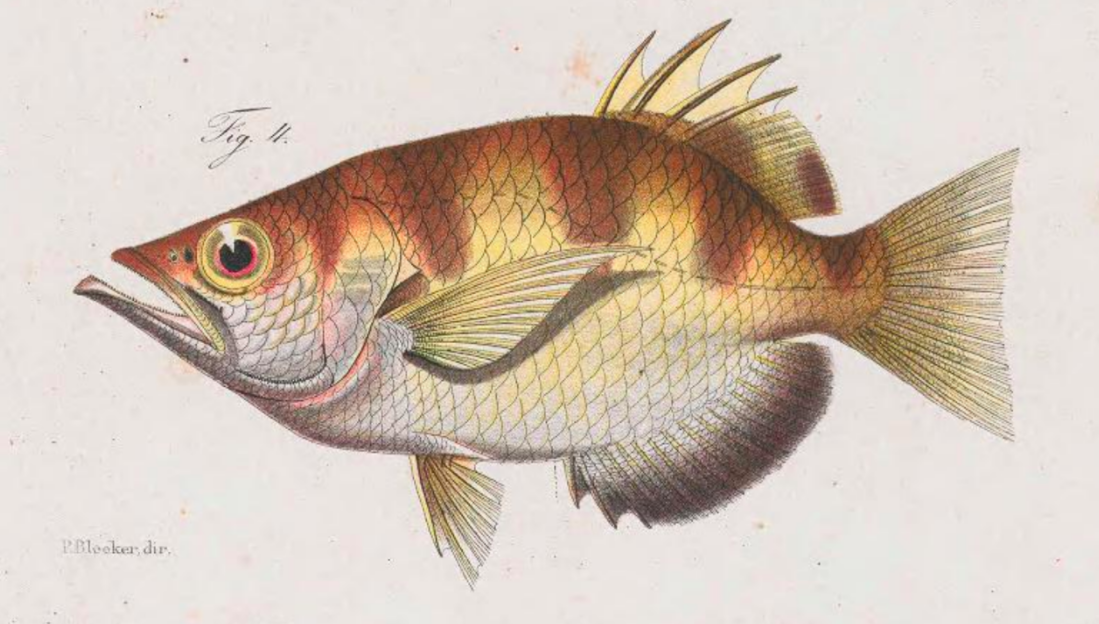
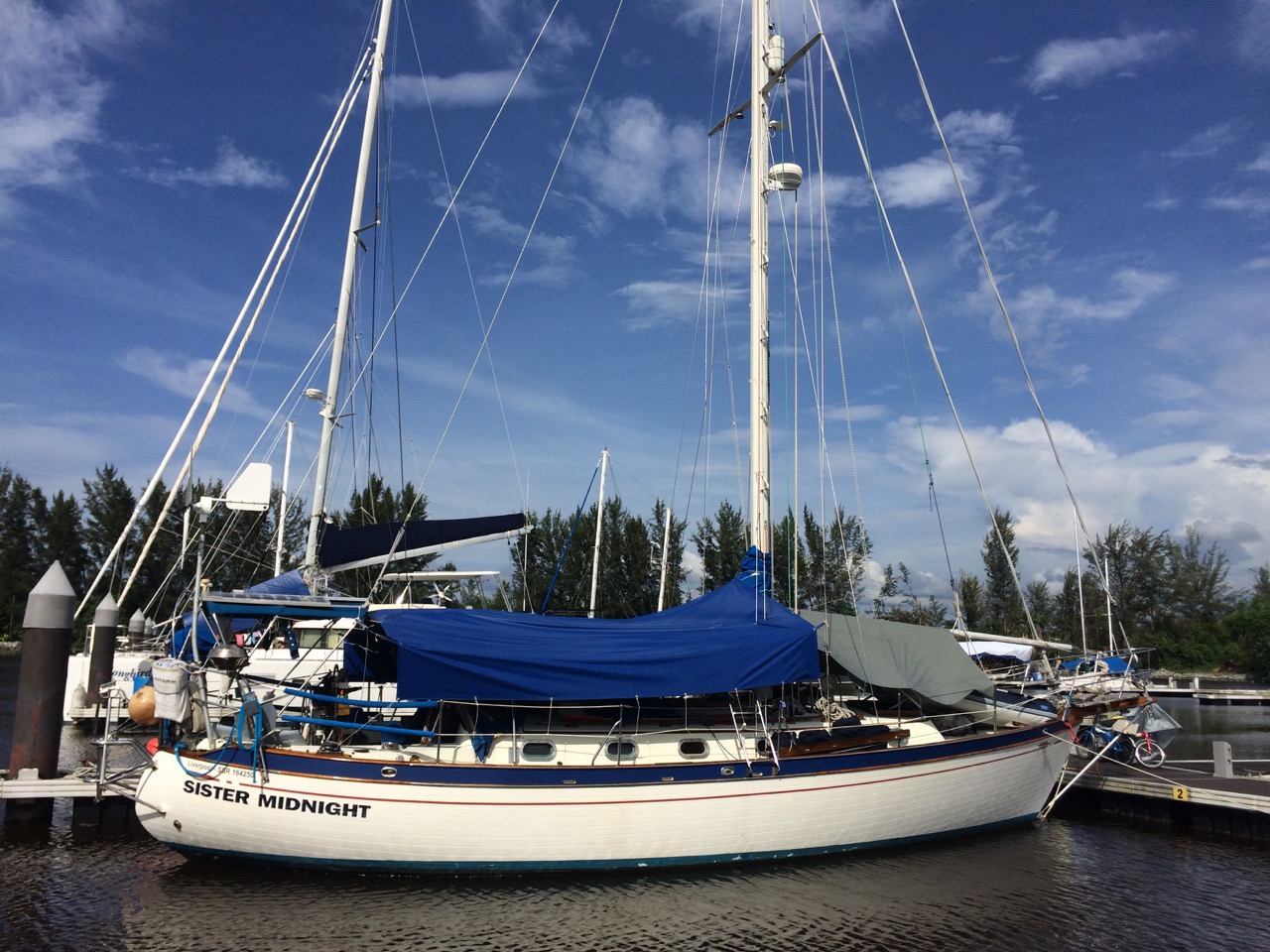
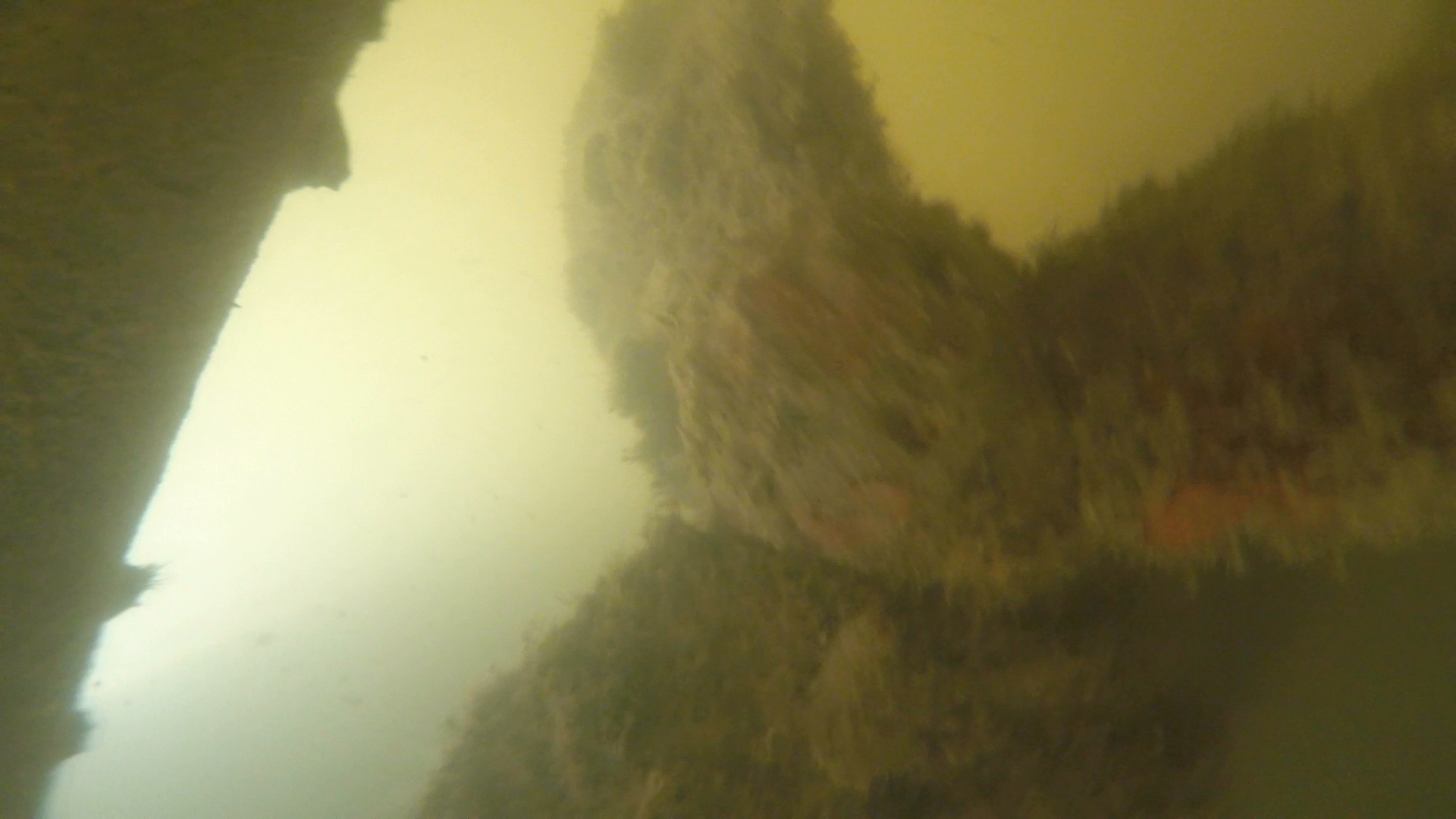
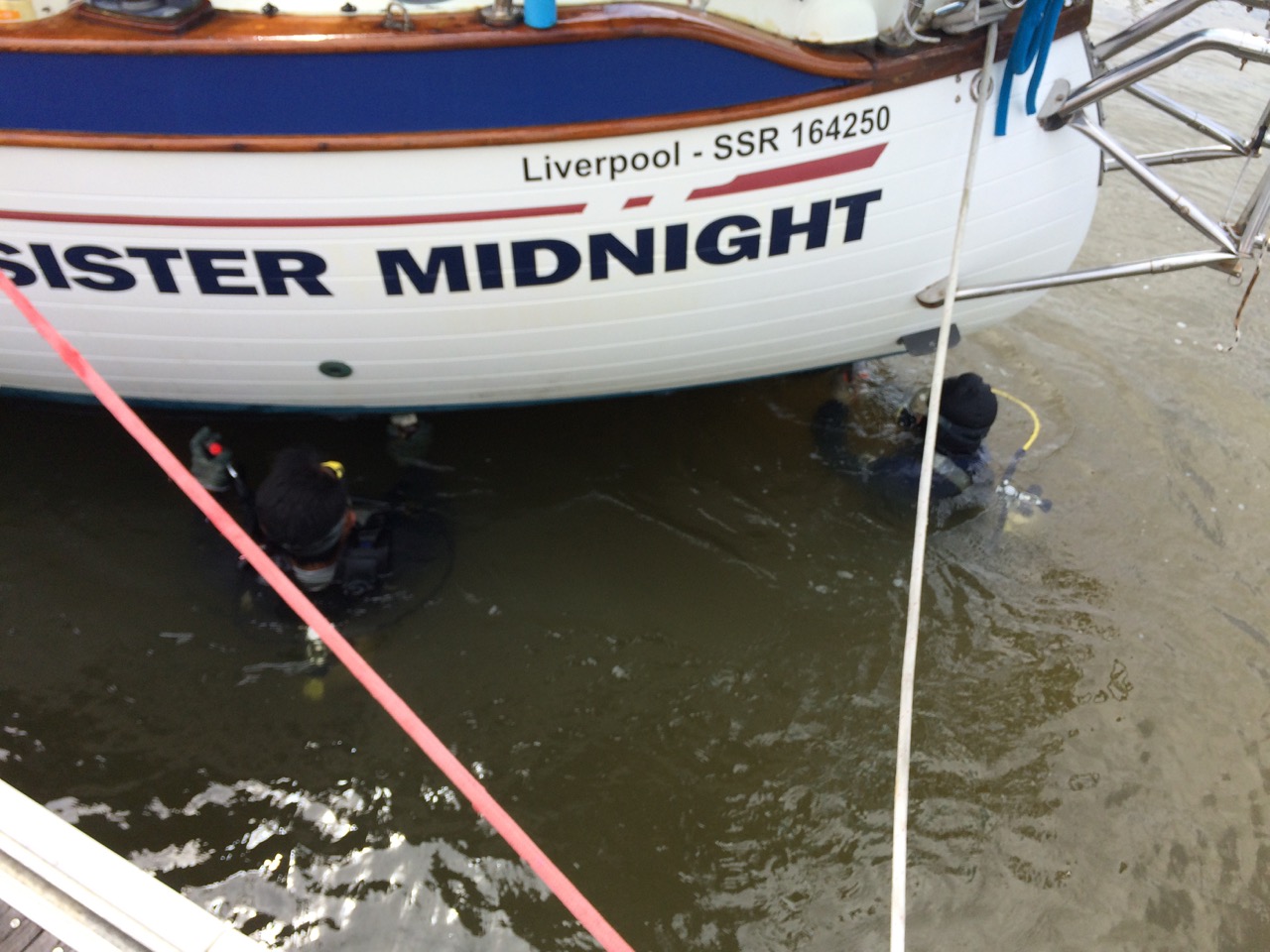


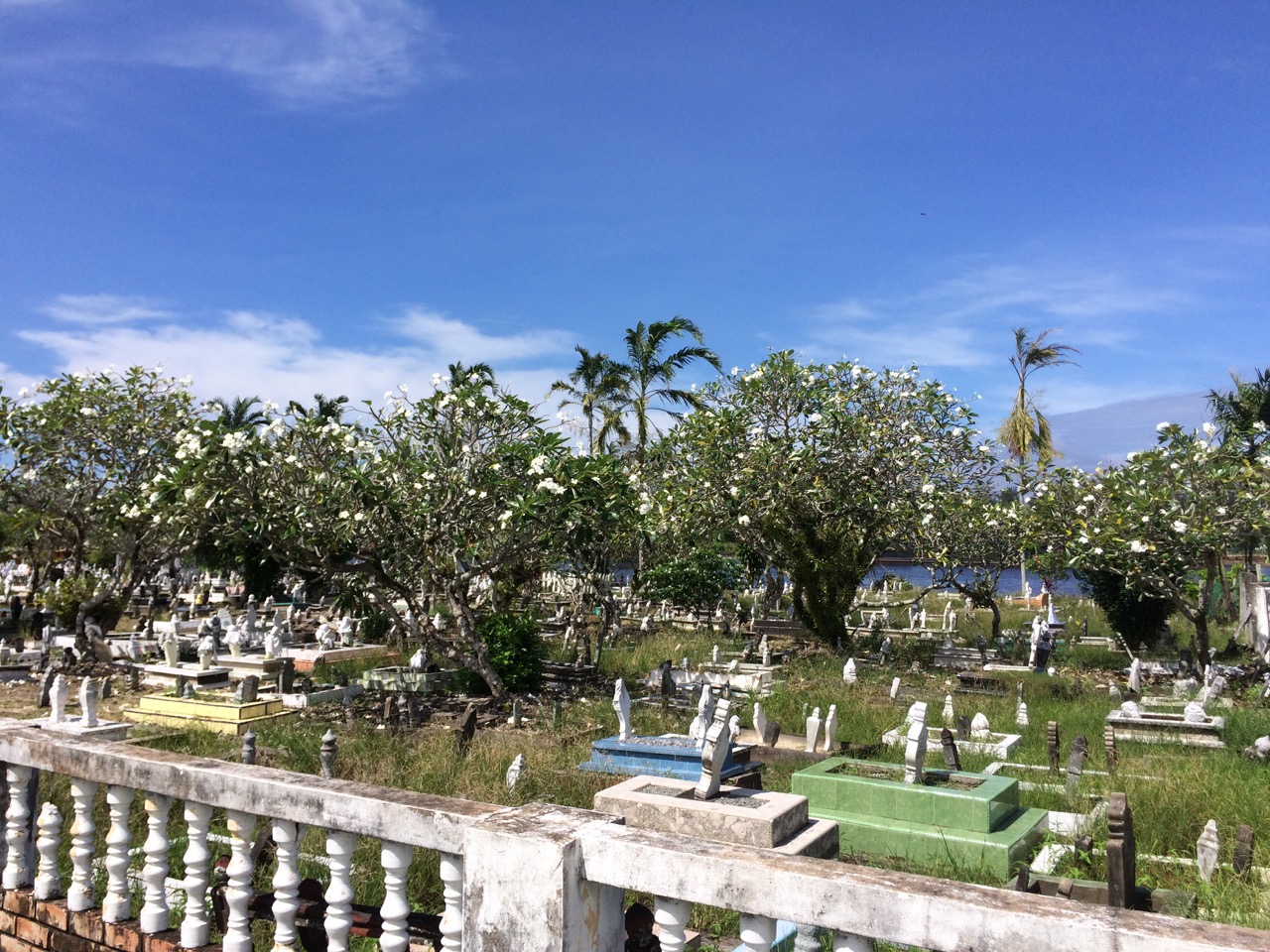
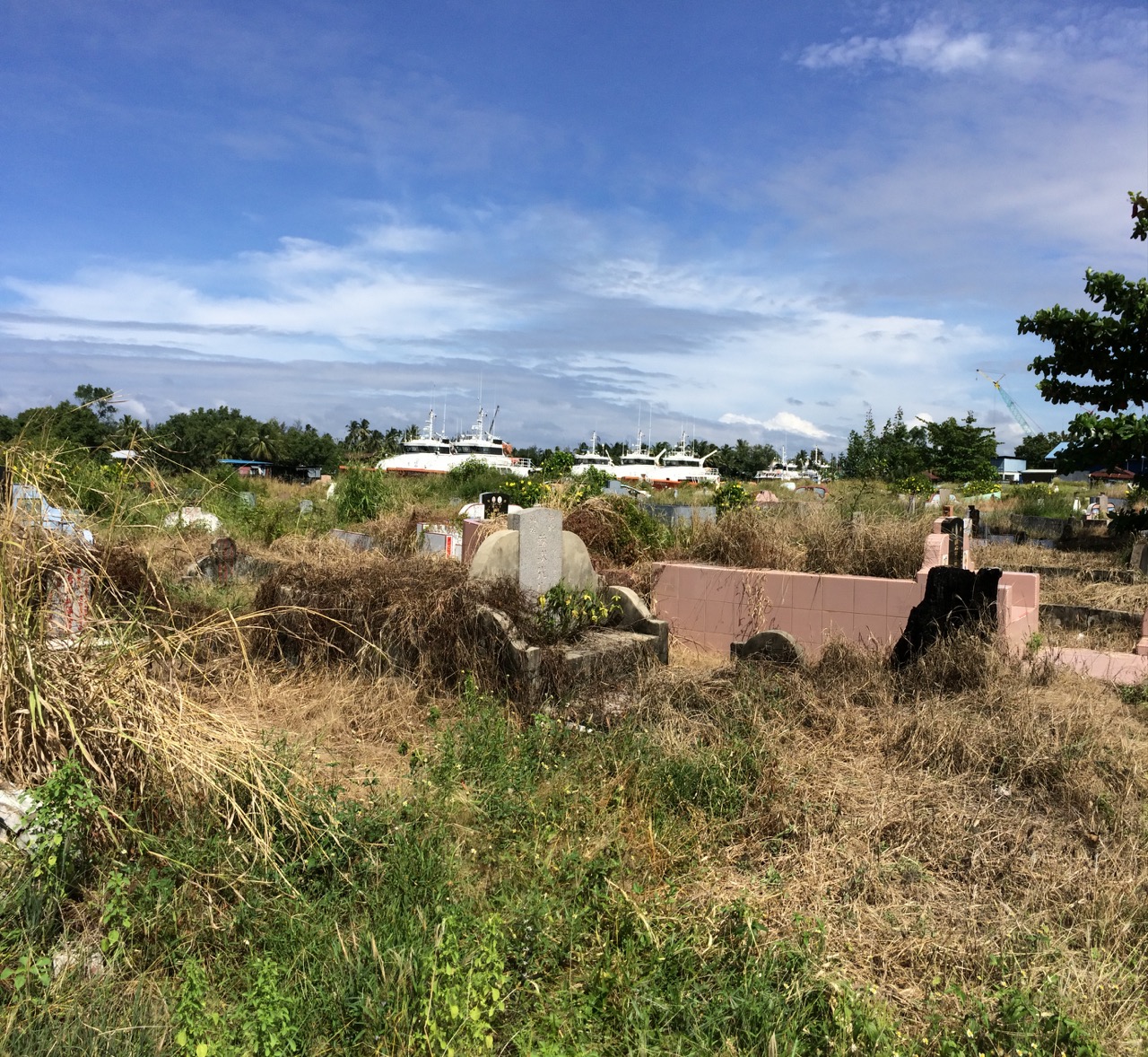
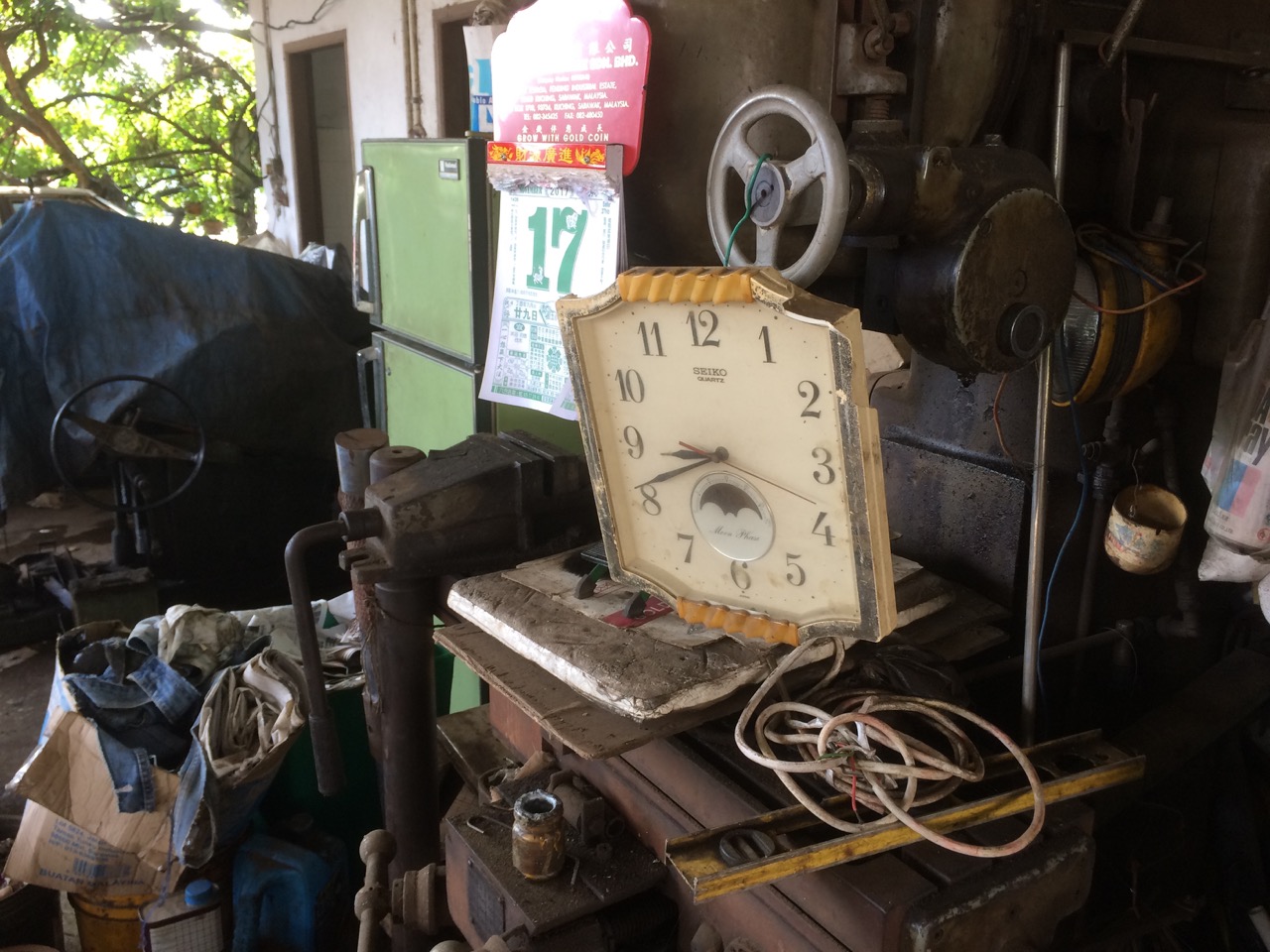
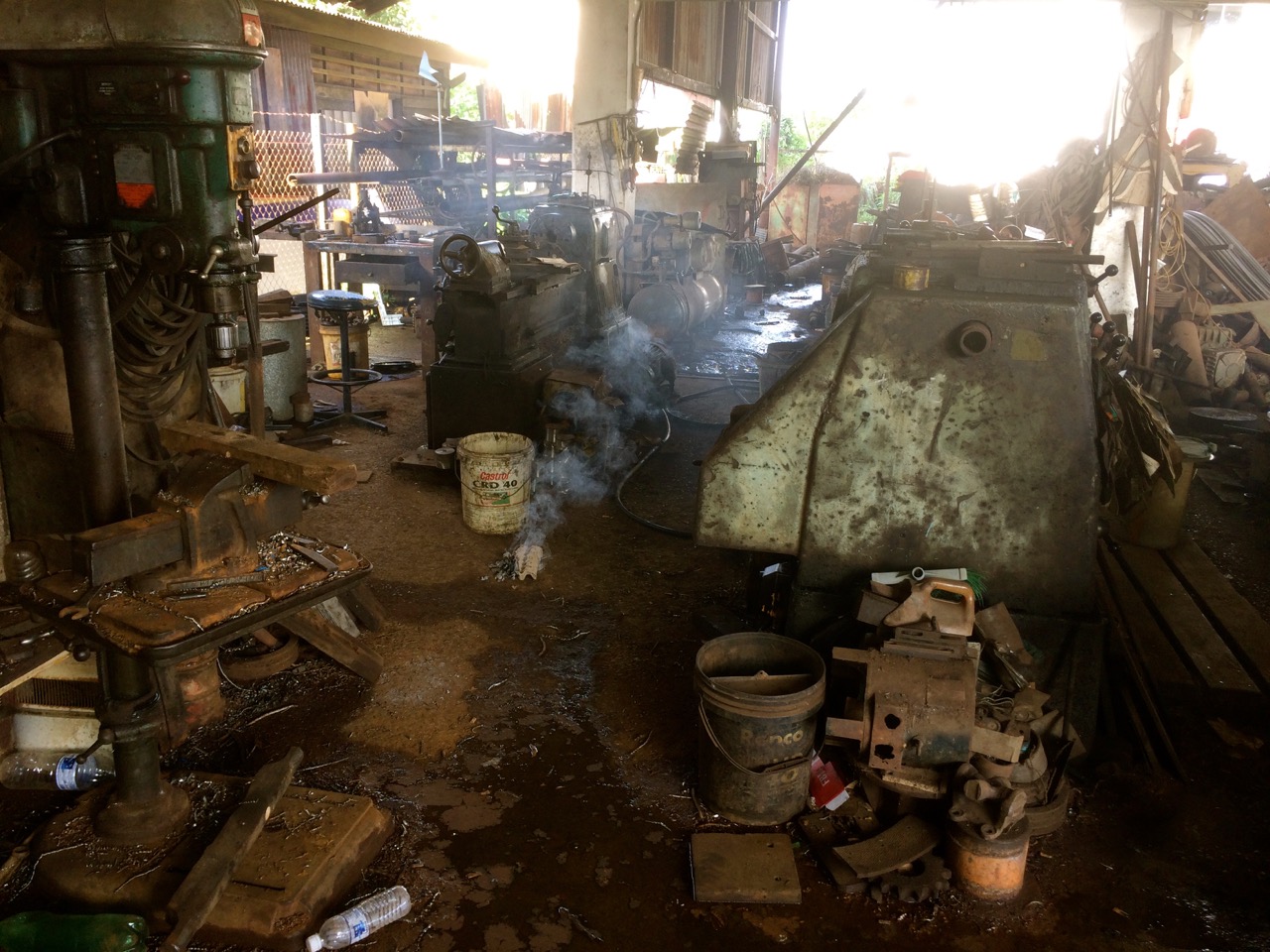
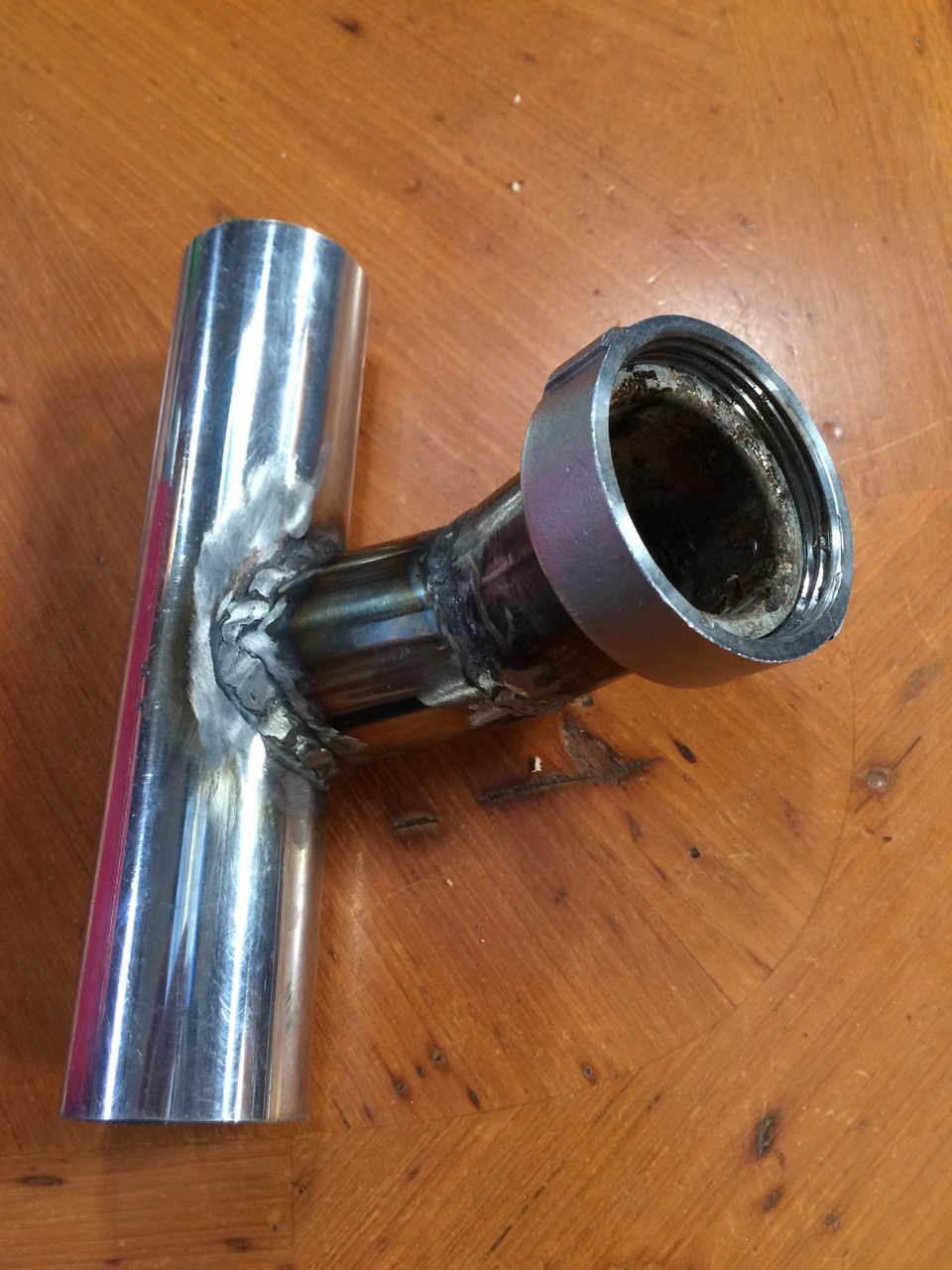
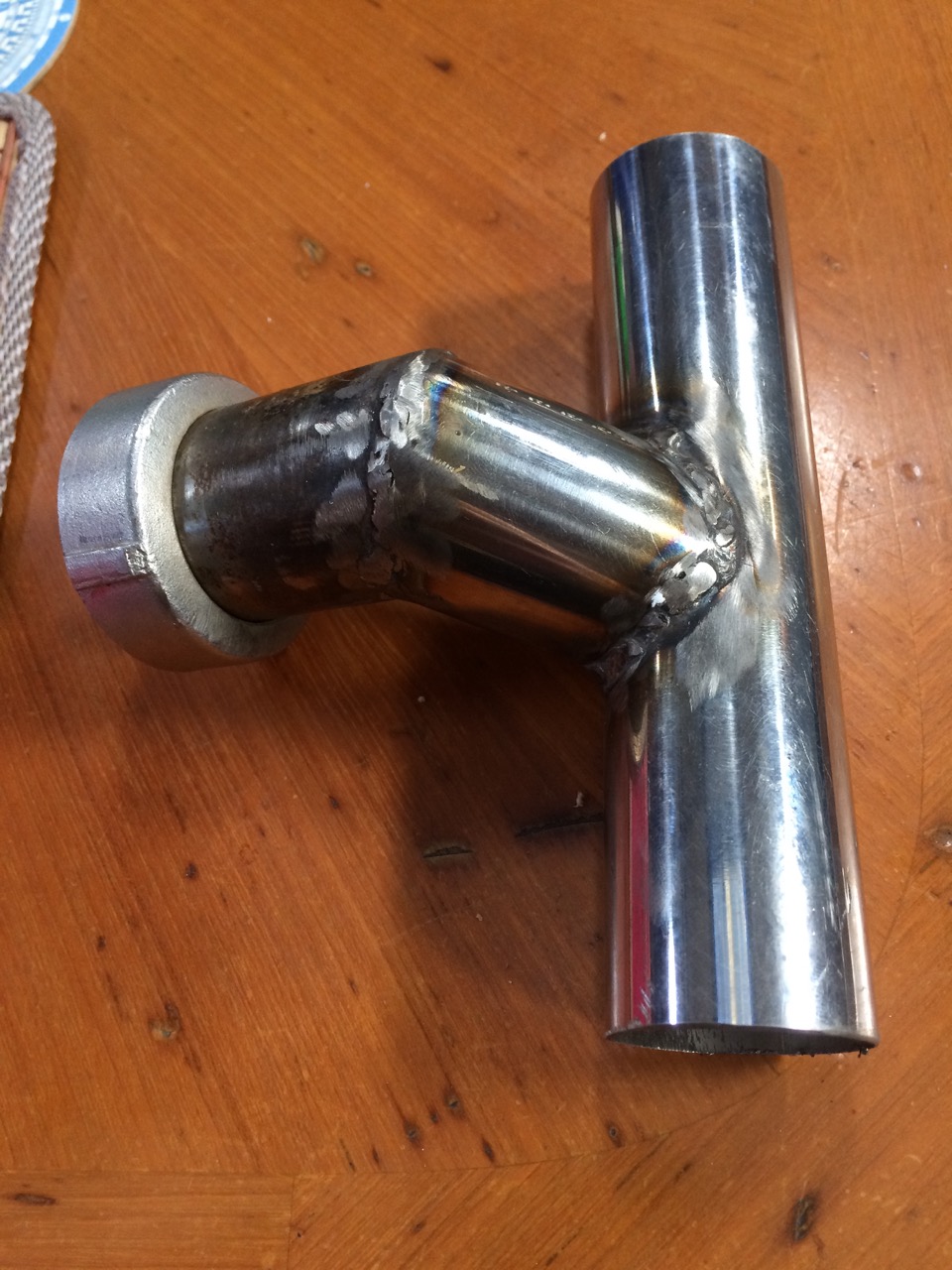
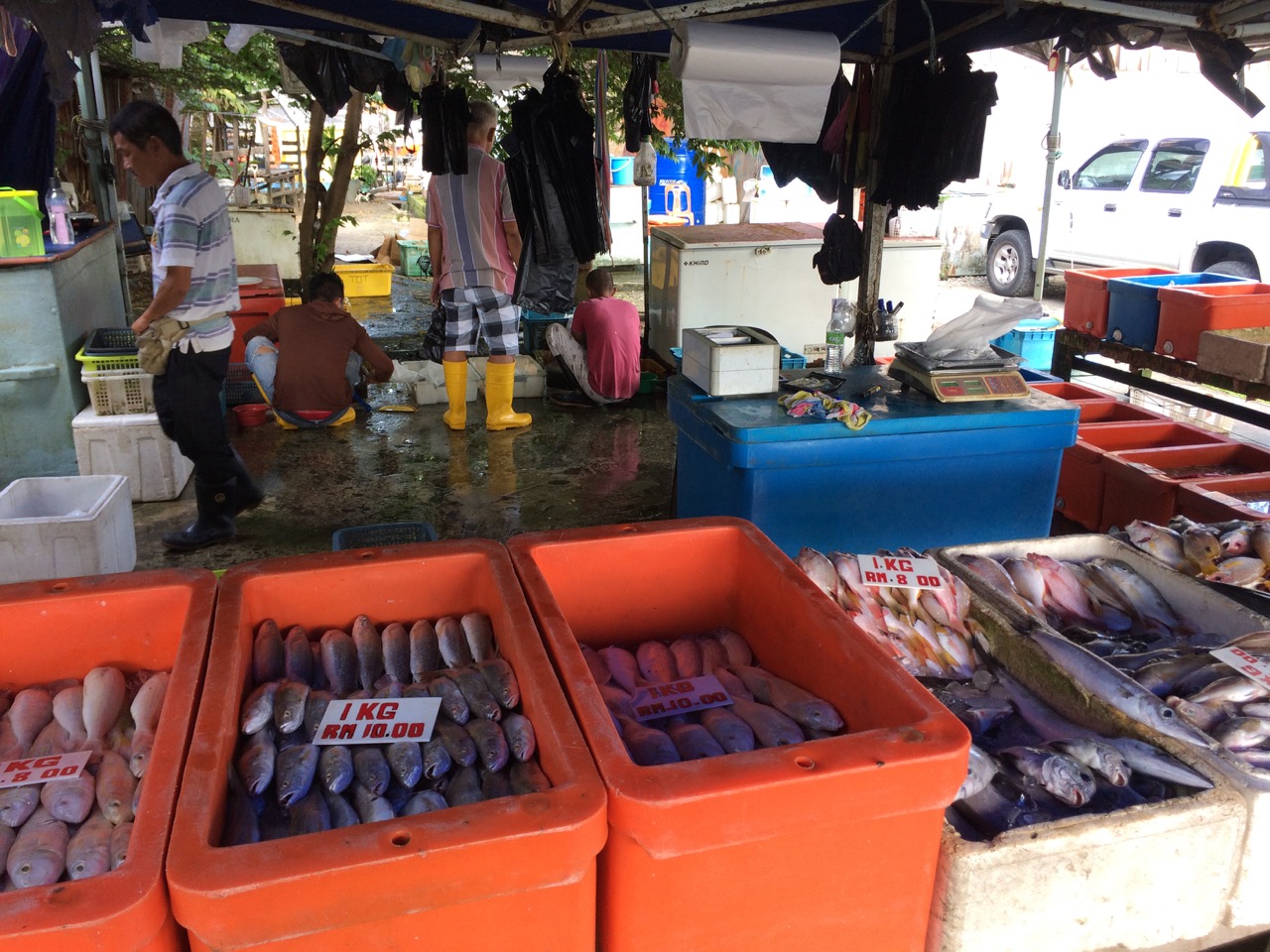 however I managed to find a massive fish for RM20 (£4) which tasted fantastic last night
however I managed to find a massive fish for RM20 (£4) which tasted fantastic last night I also got the repaired fitting back, with apologies about the weld, he tested it this time and didn’t charge for another slight mod I needed. Sadly it still leaked when I fitted it. However it’s such a small leak, I might just fix it with a bit of epoxy. That’s tomorrow’s job.
I also got the repaired fitting back, with apologies about the weld, he tested it this time and didn’t charge for another slight mod I needed. Sadly it still leaked when I fitted it. However it’s such a small leak, I might just fix it with a bit of epoxy. That’s tomorrow’s job.